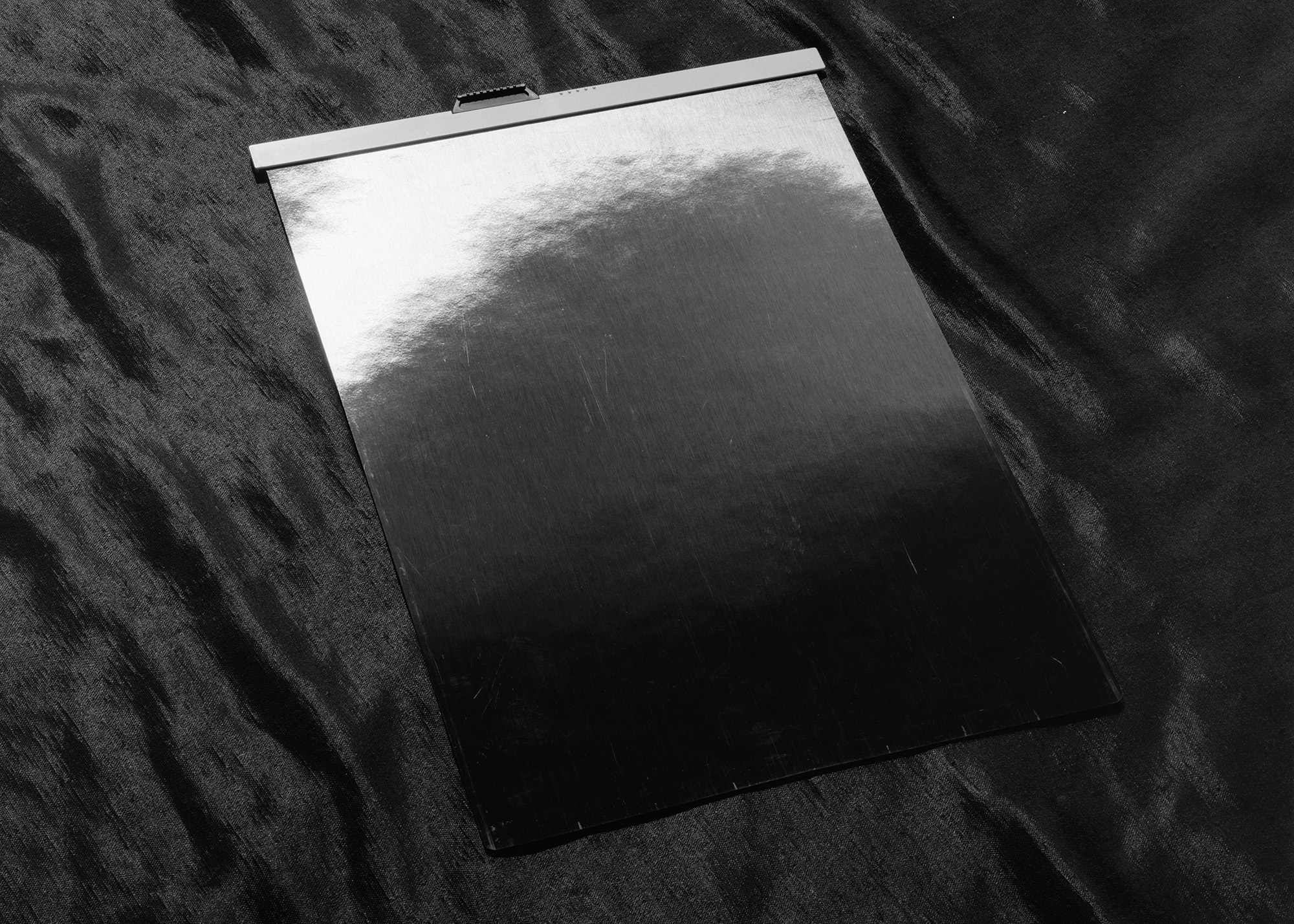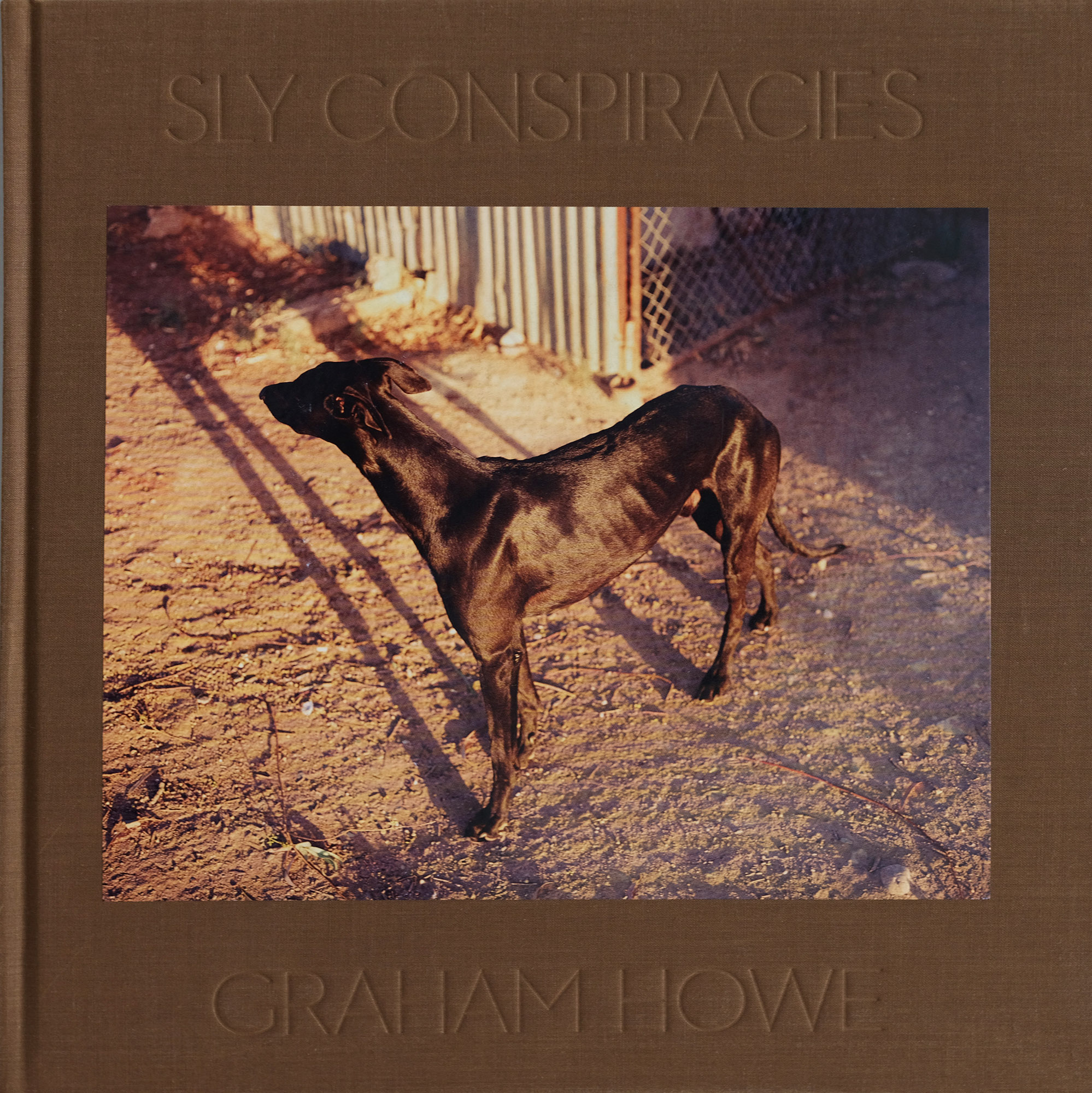Color Theory and the Fiction of Sight, 1983-1984
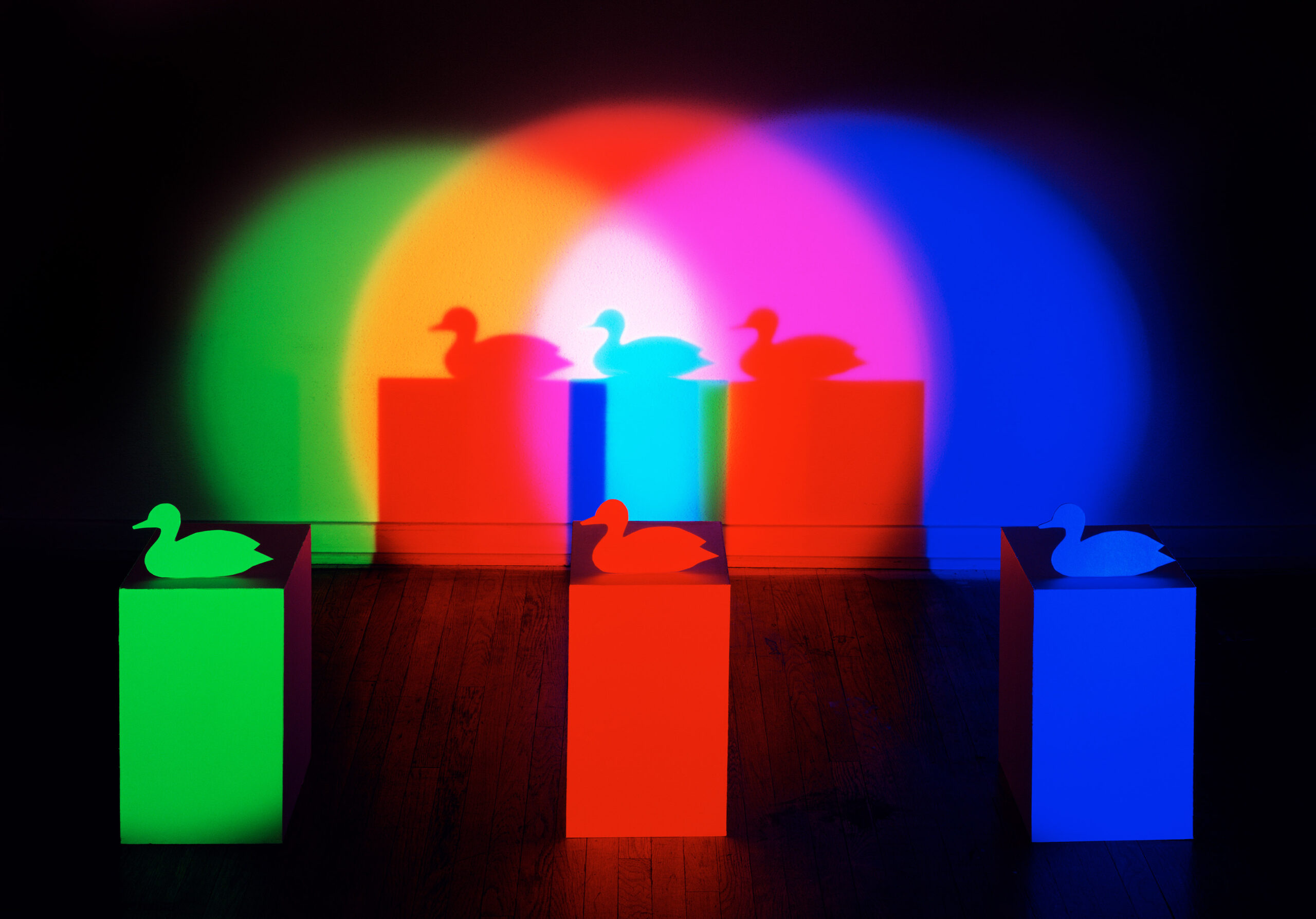
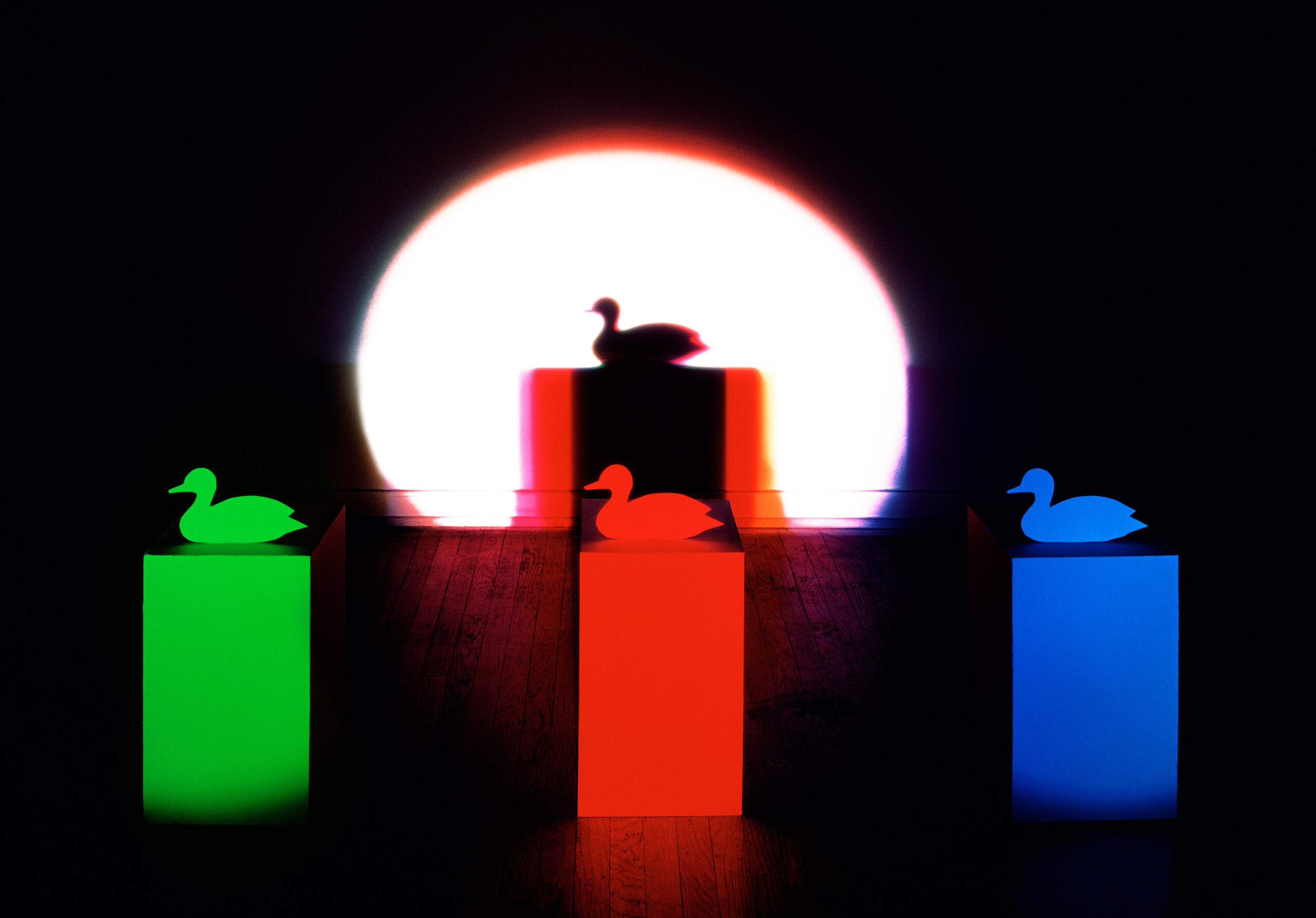
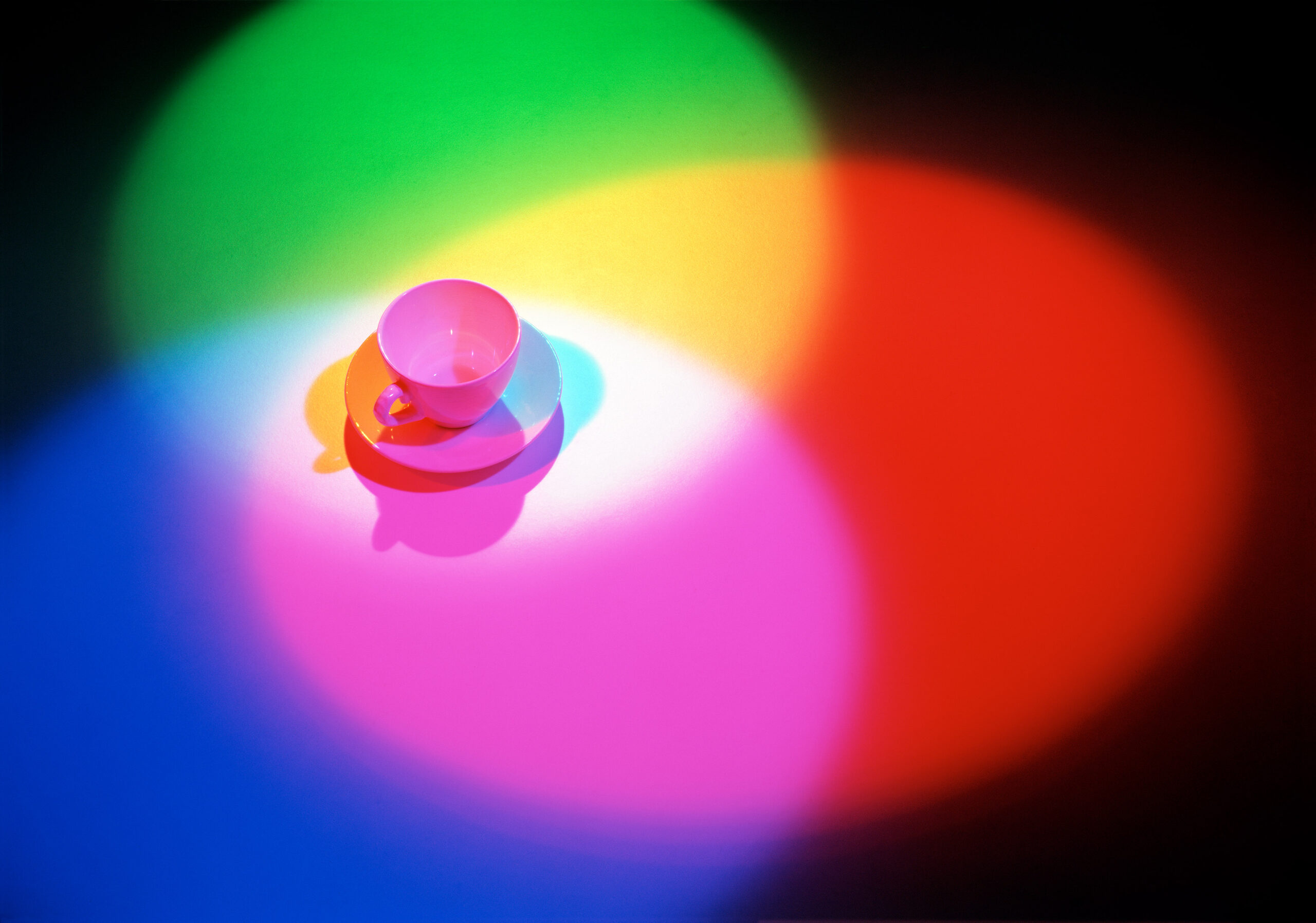
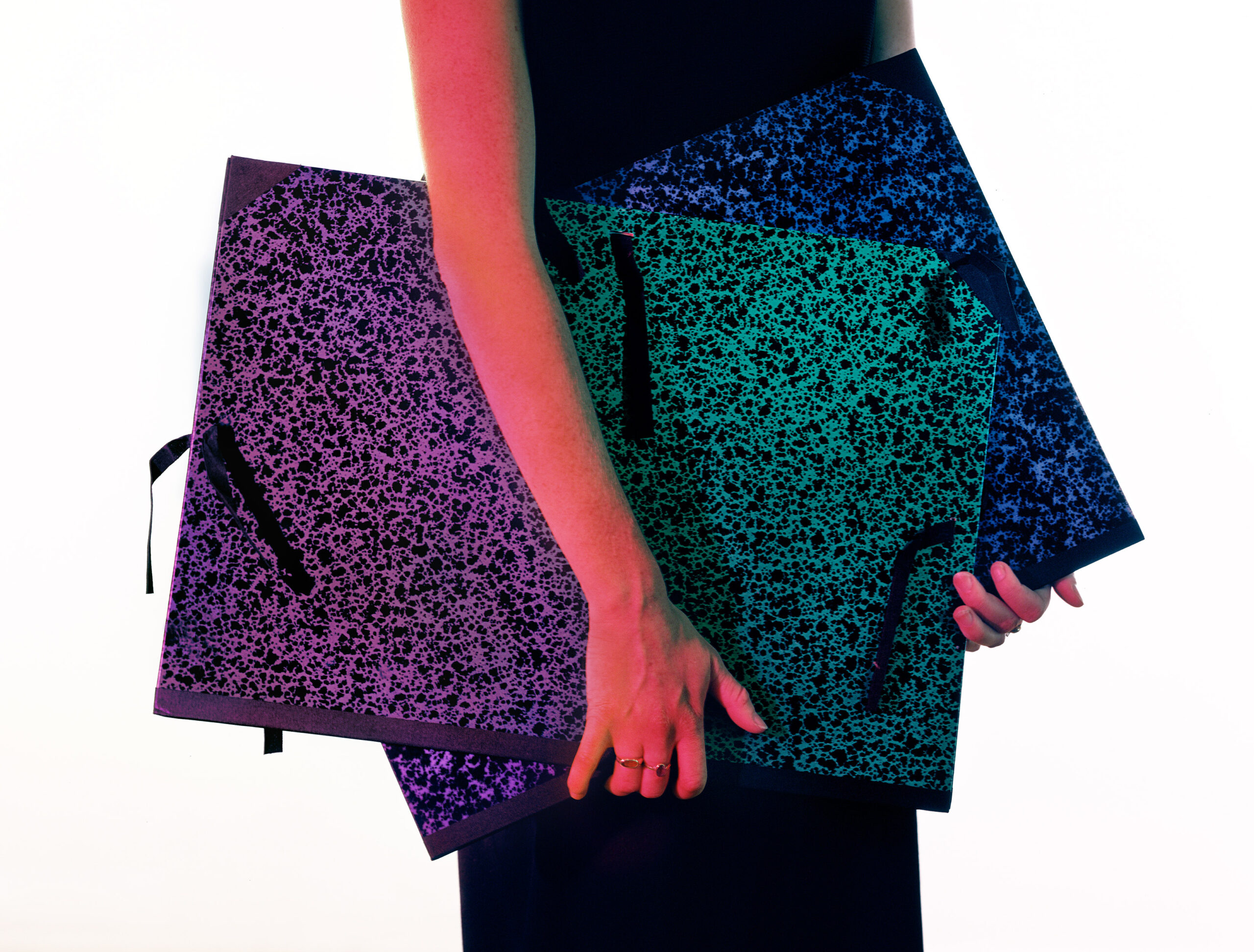
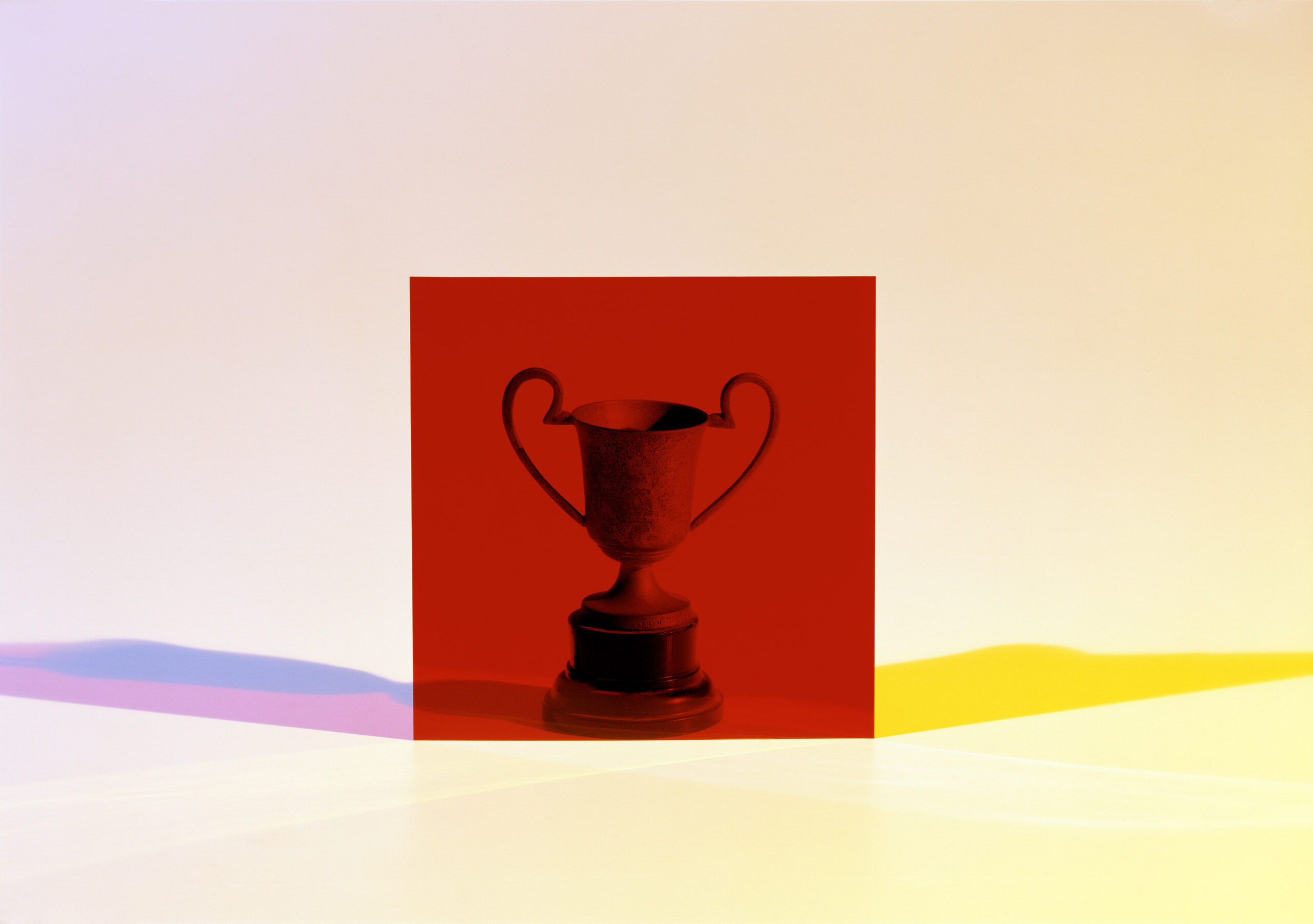
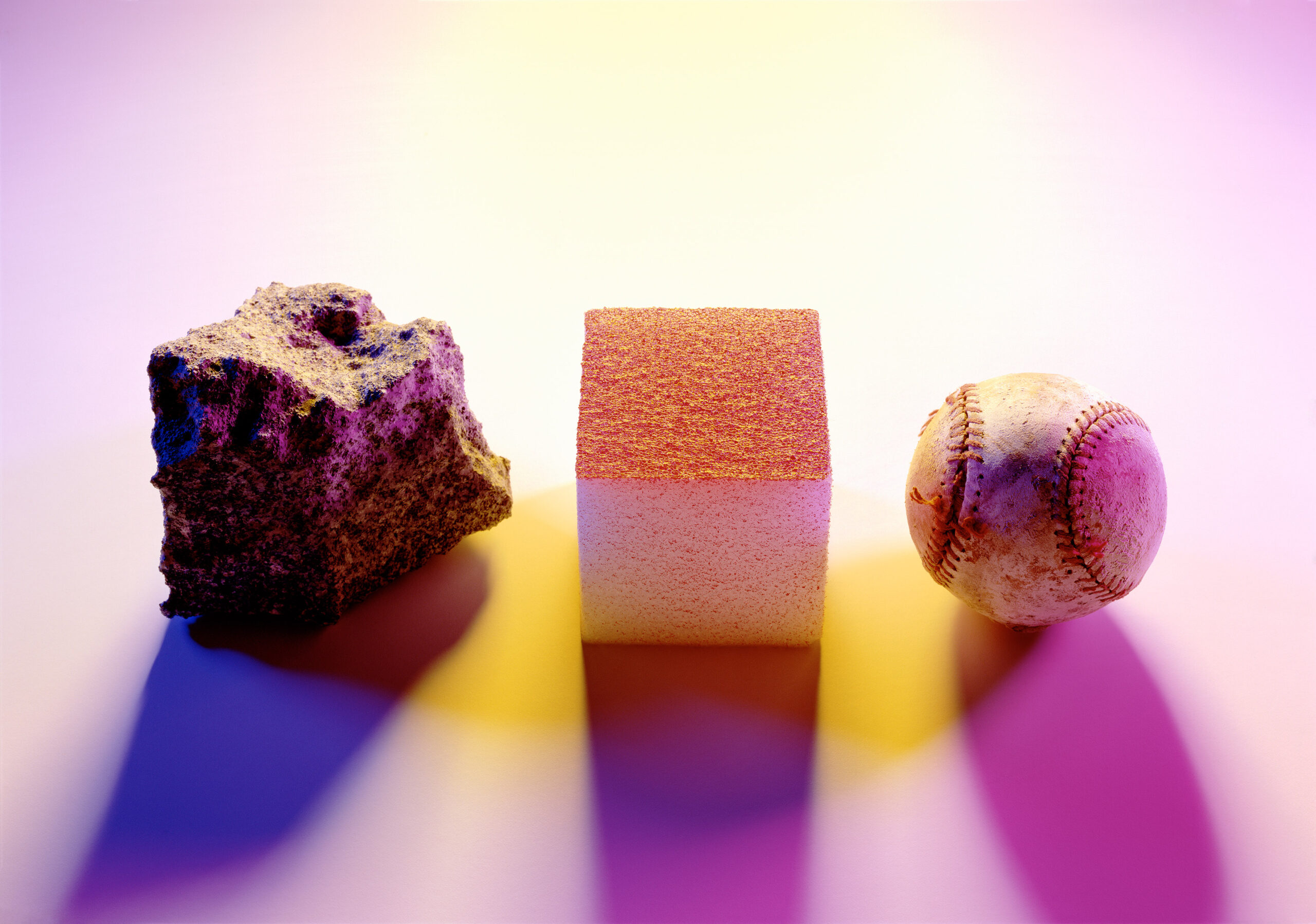
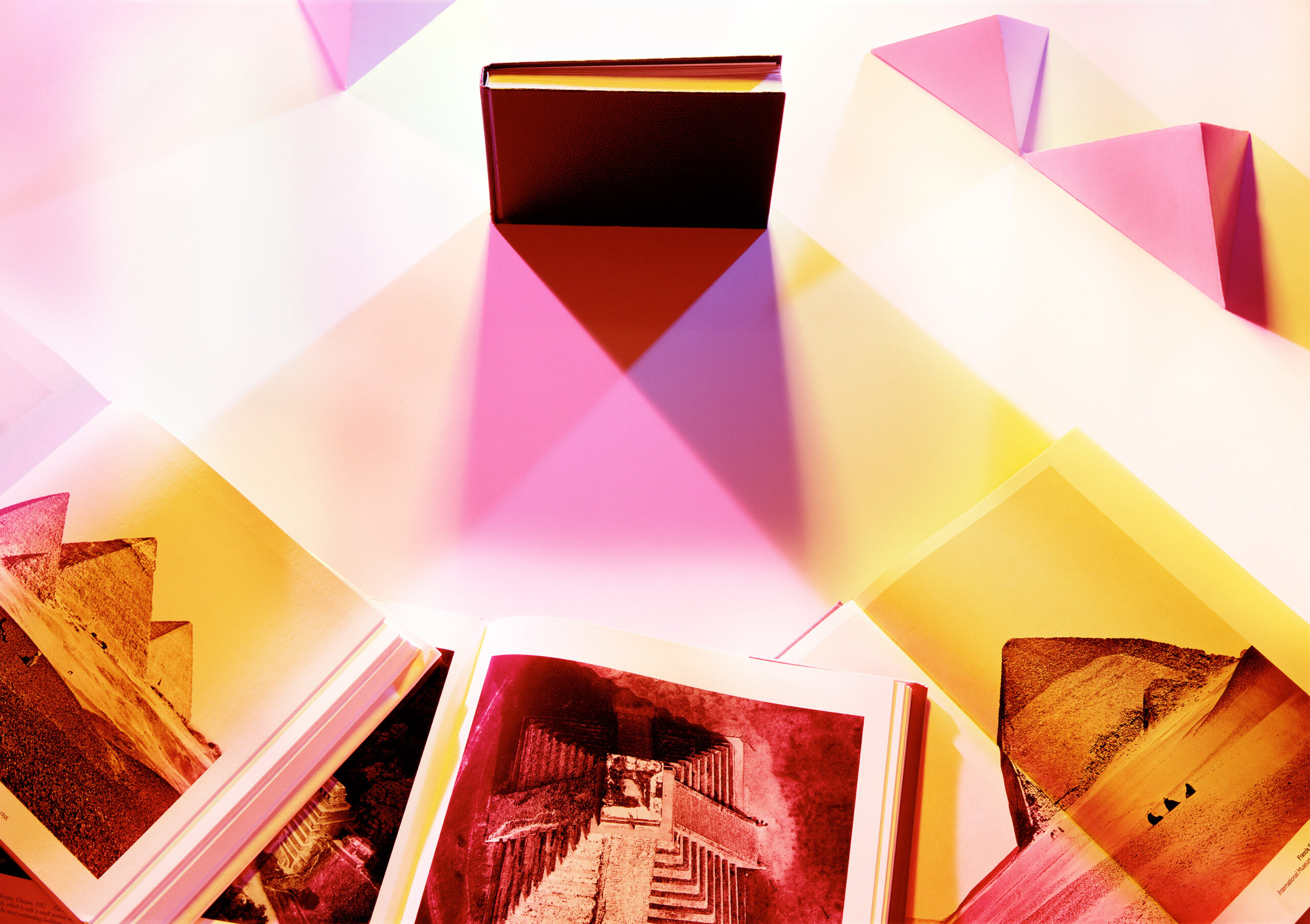
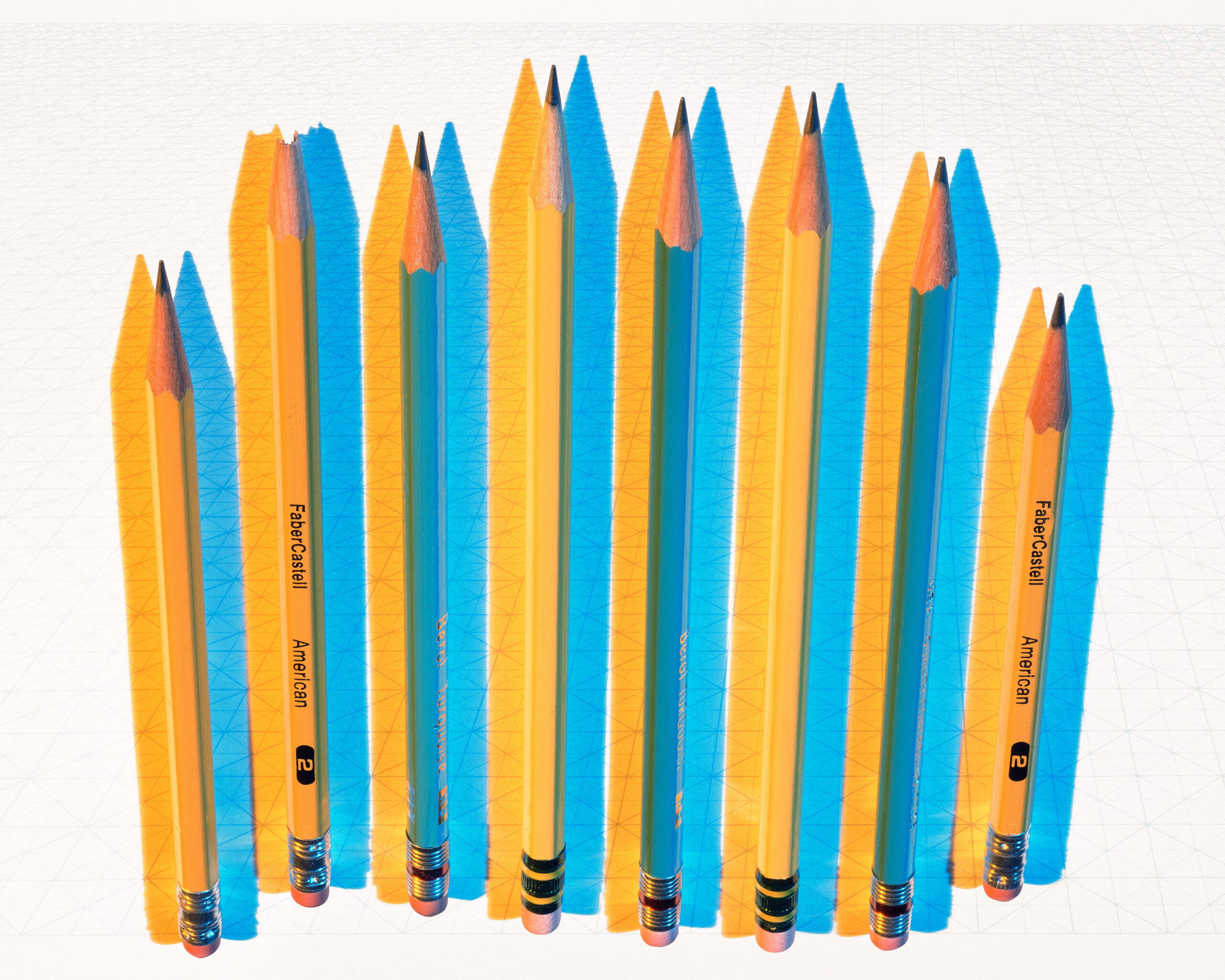
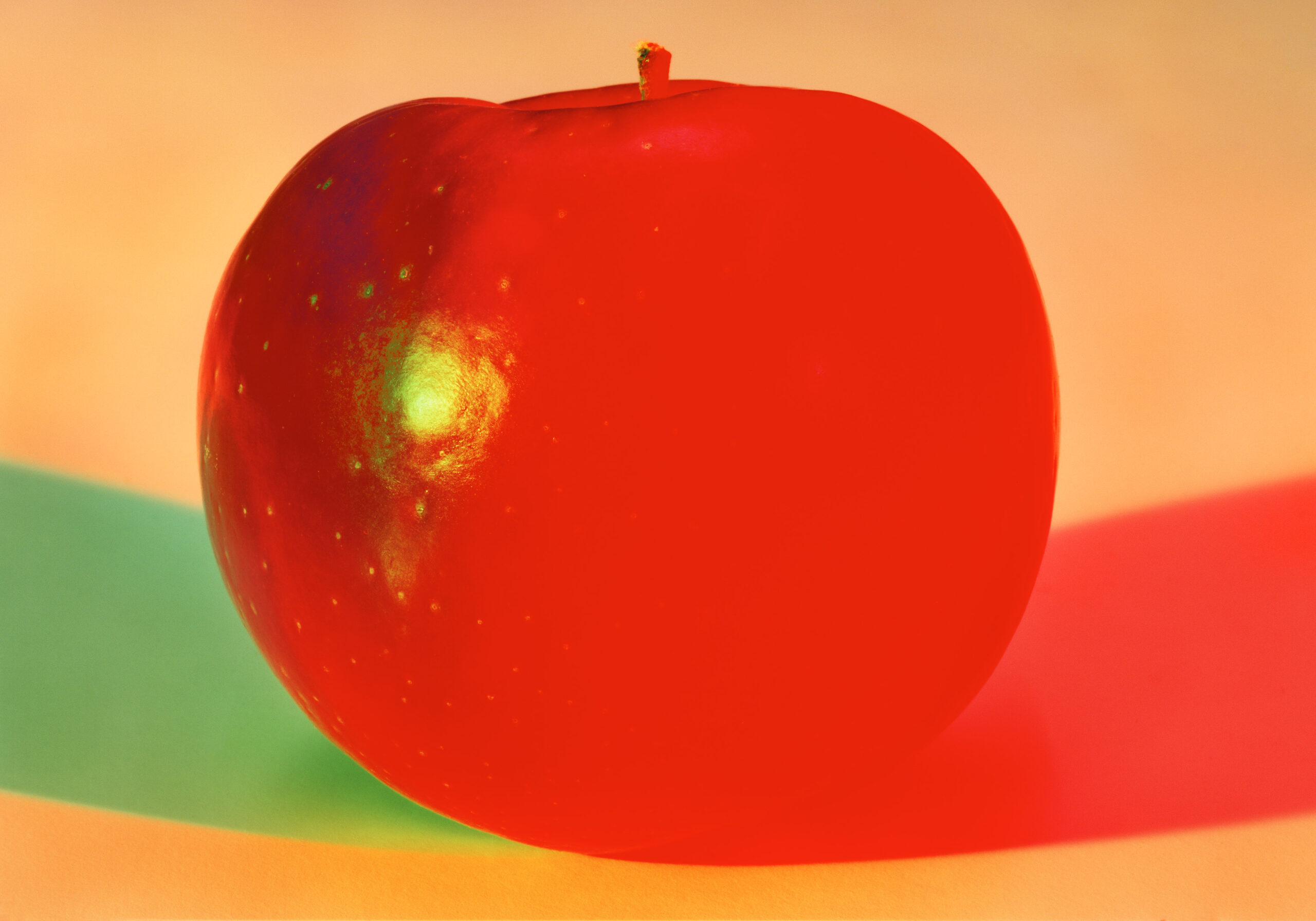
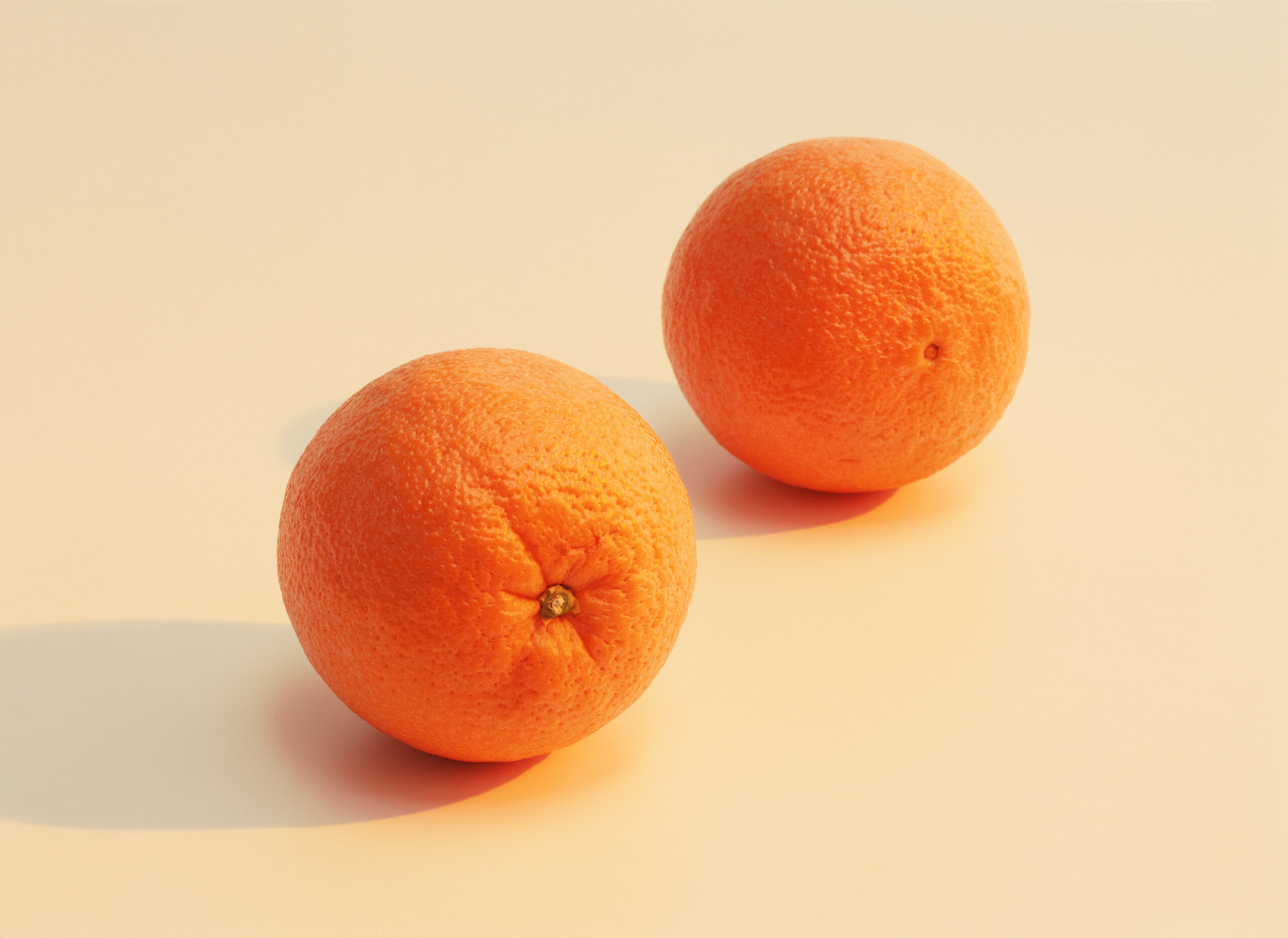
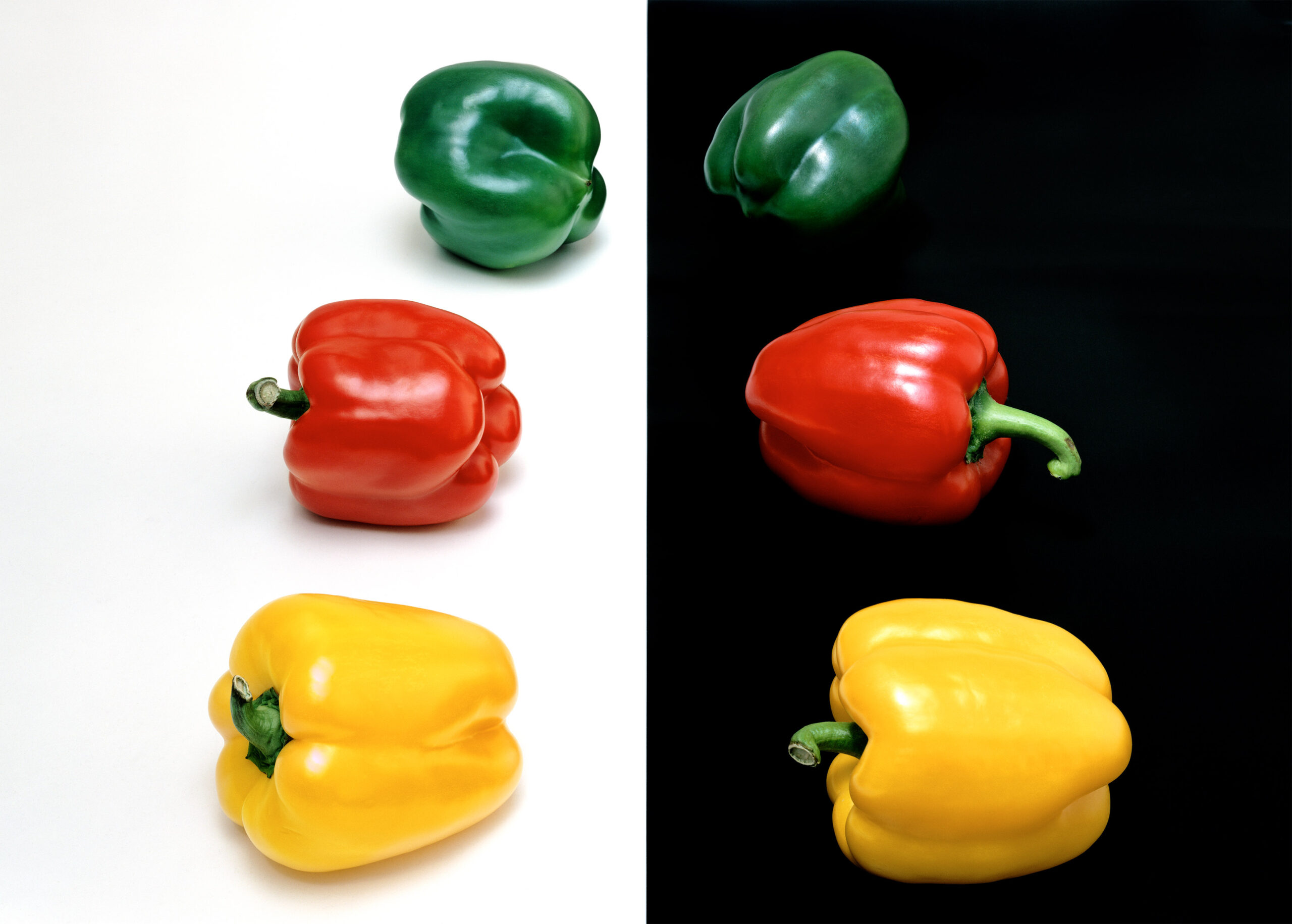
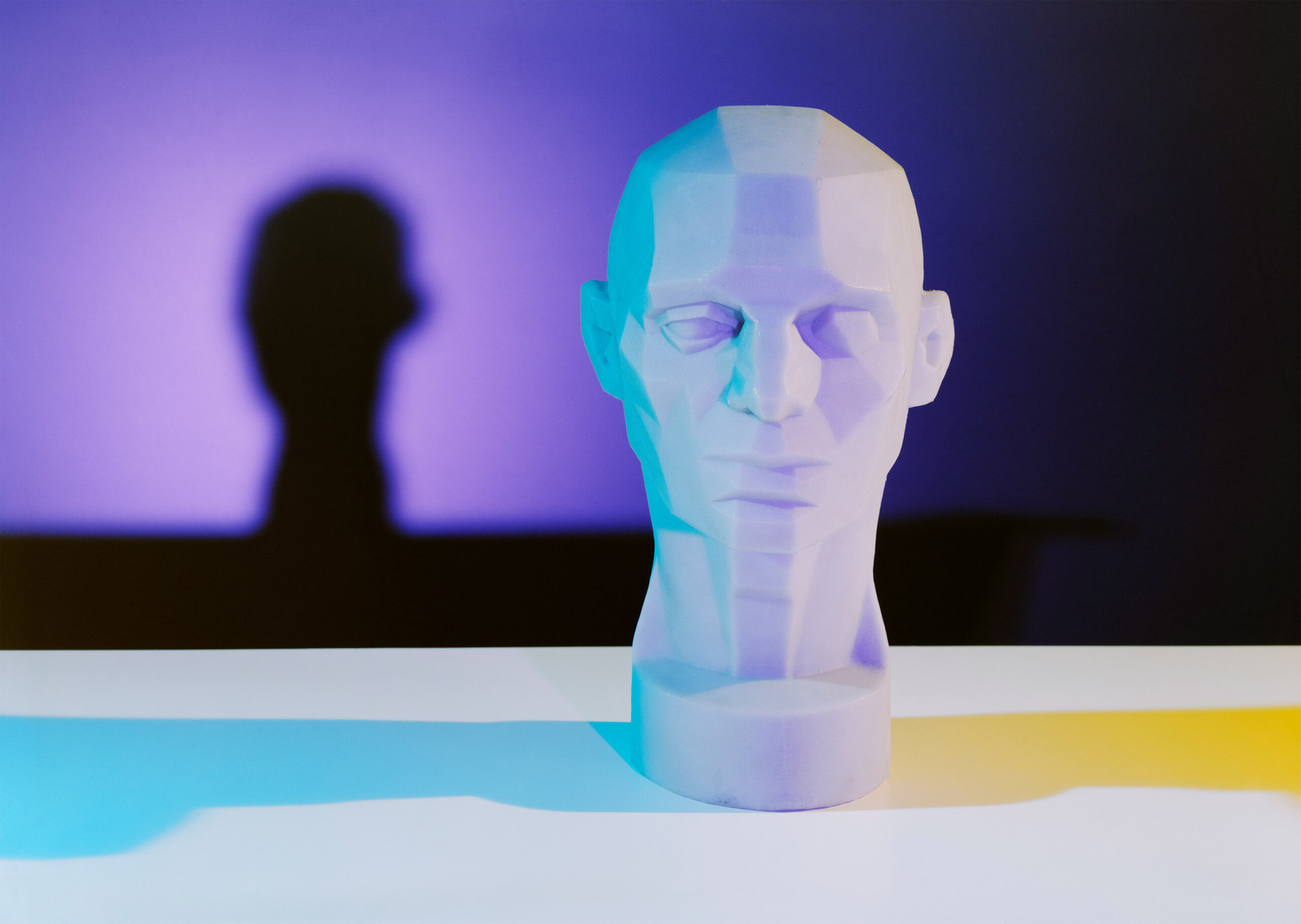
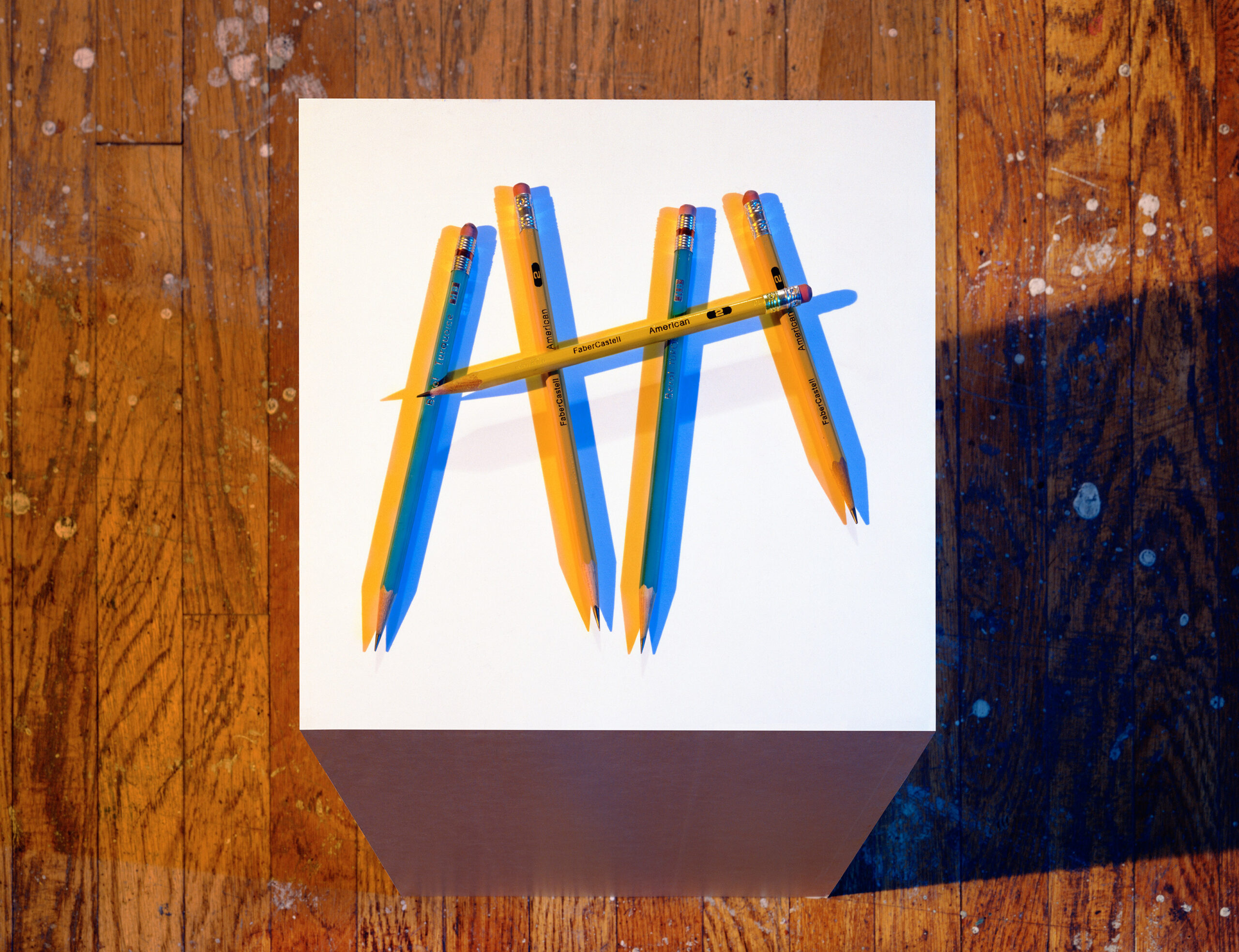
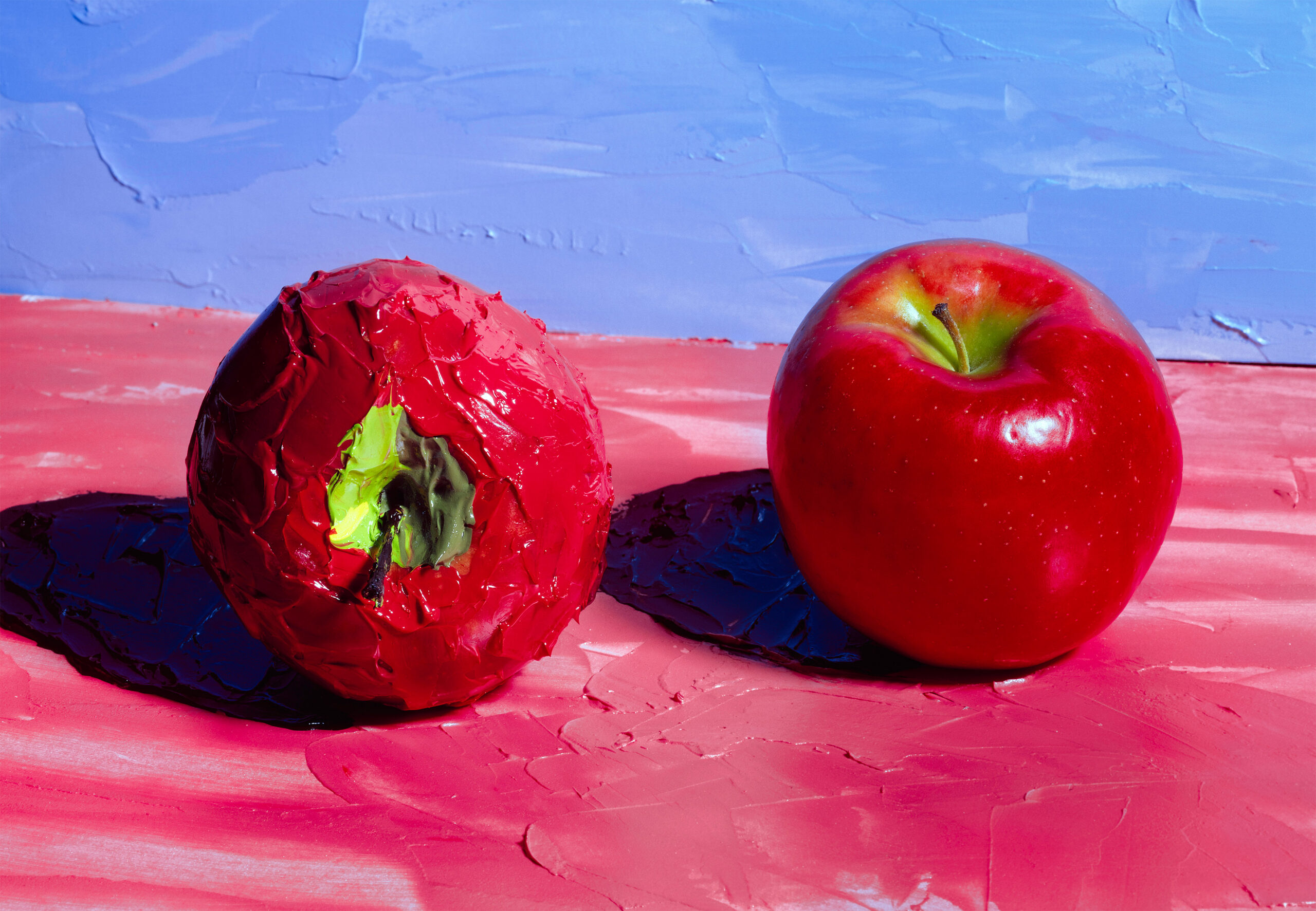
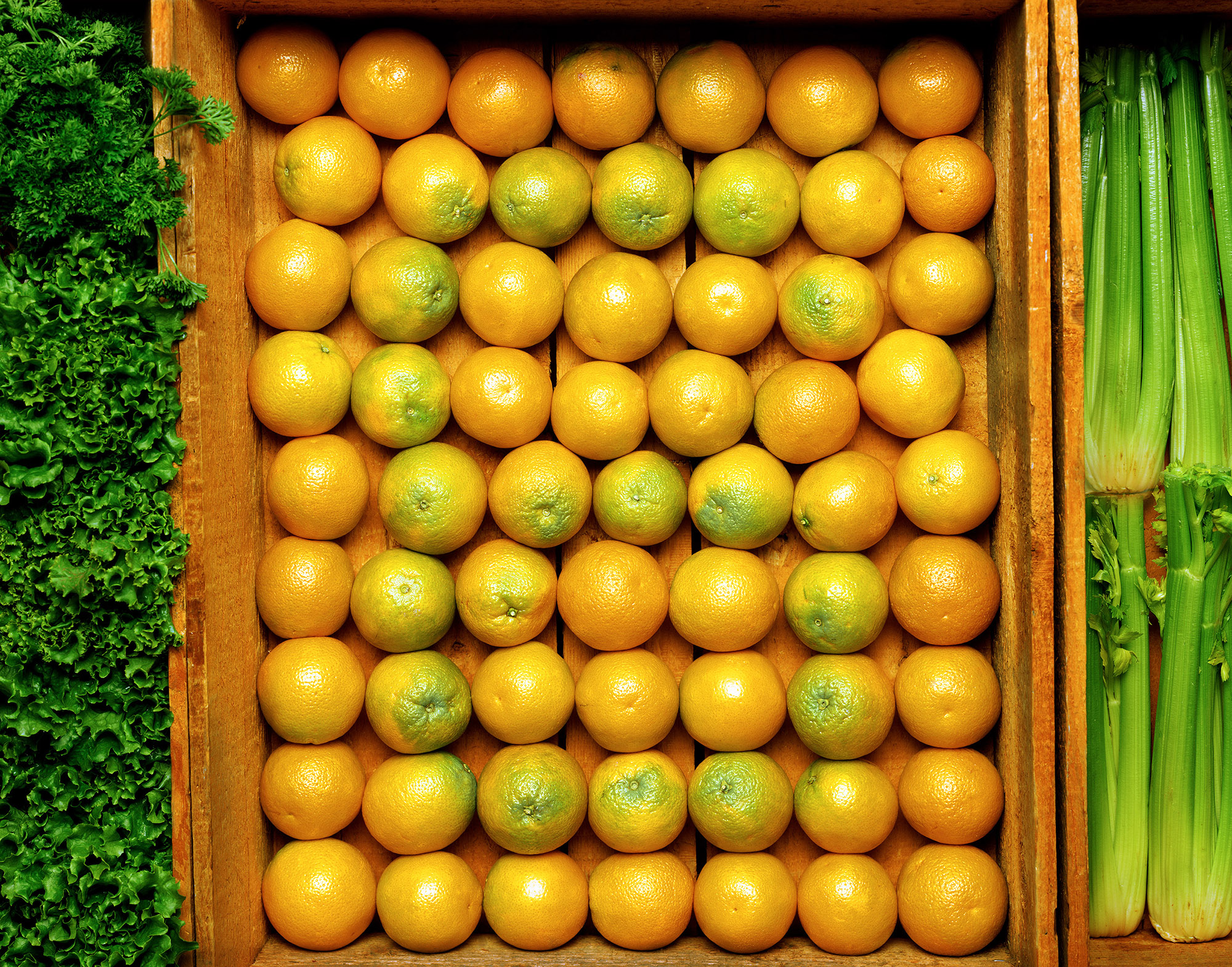
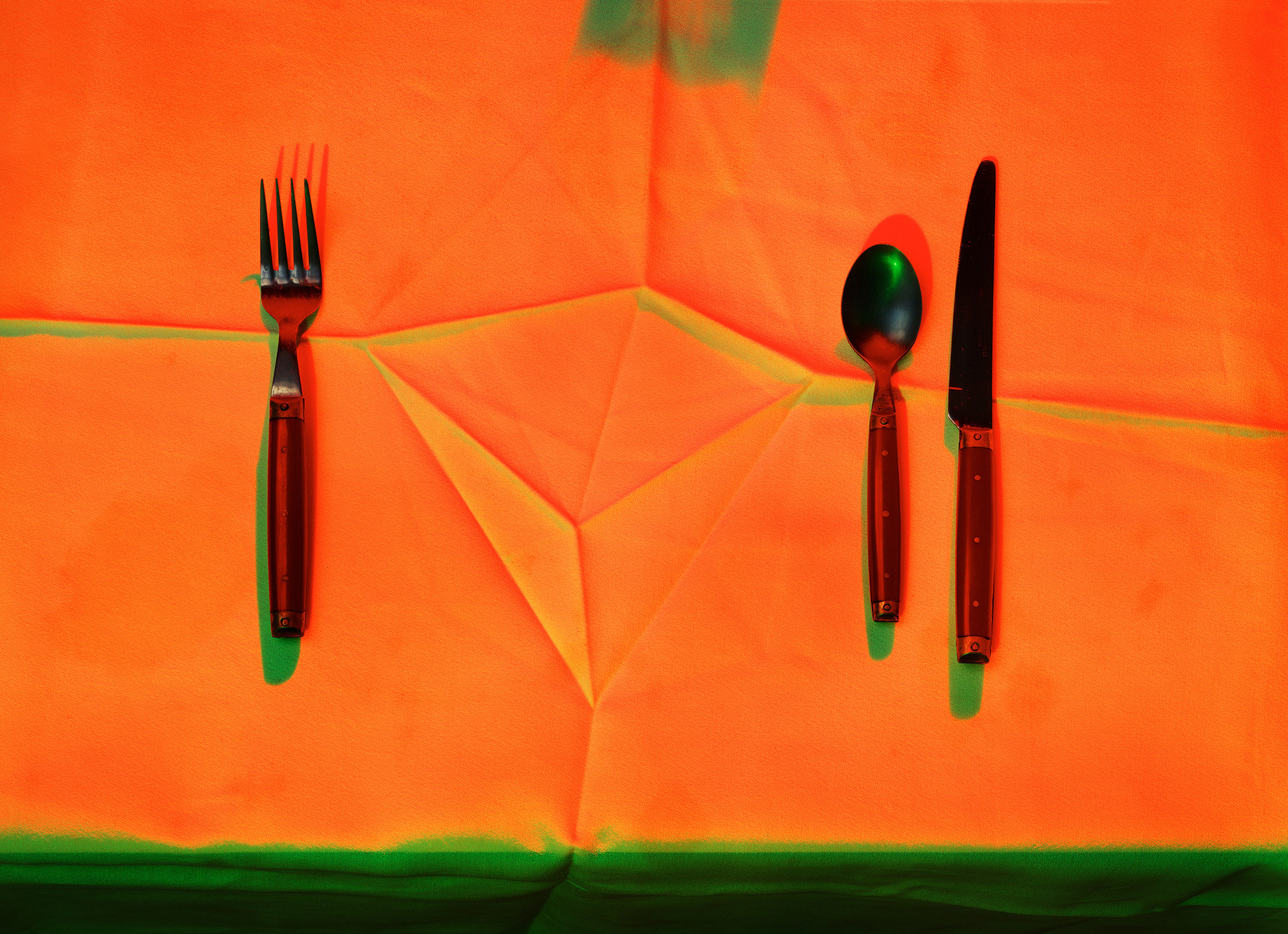
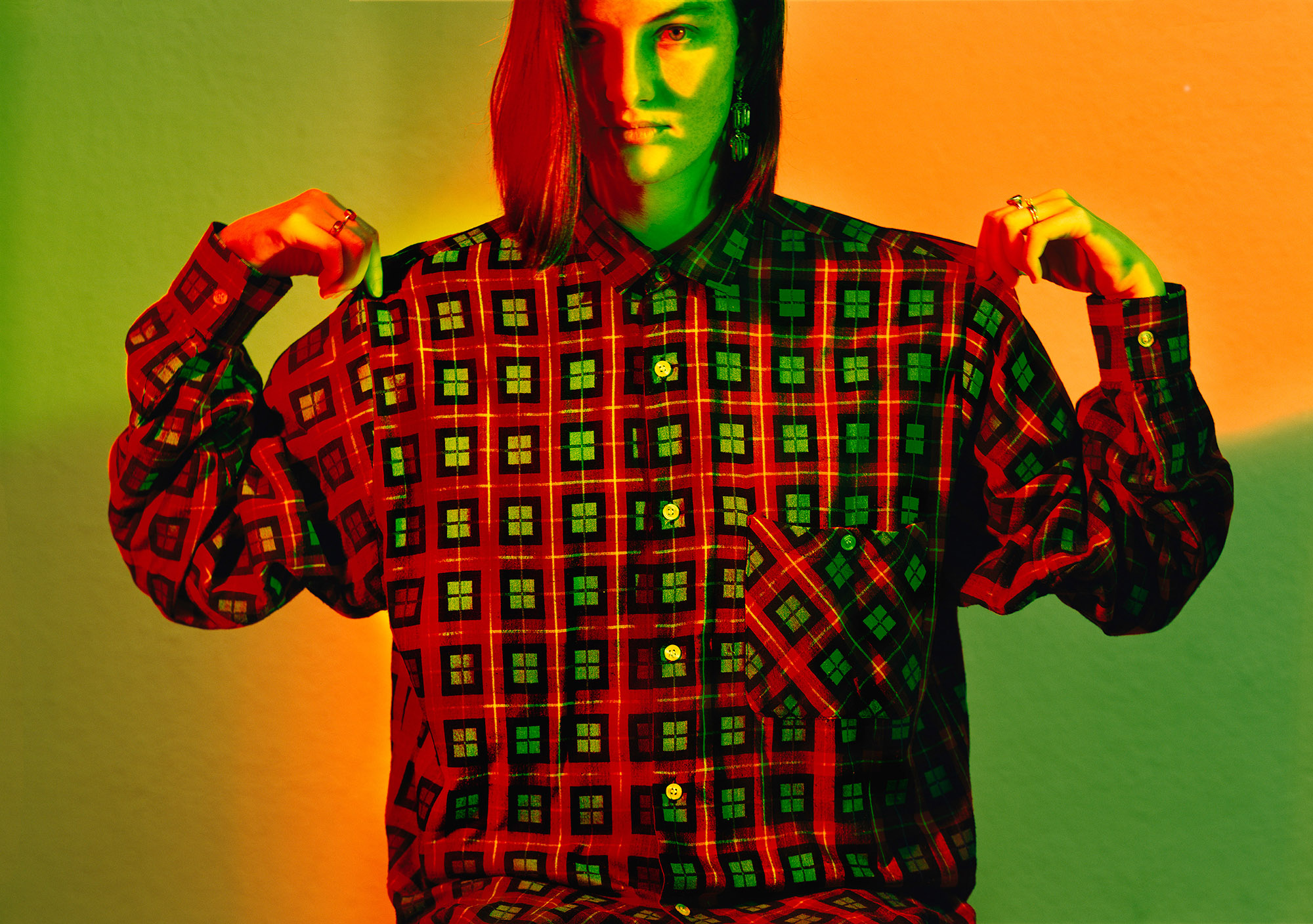
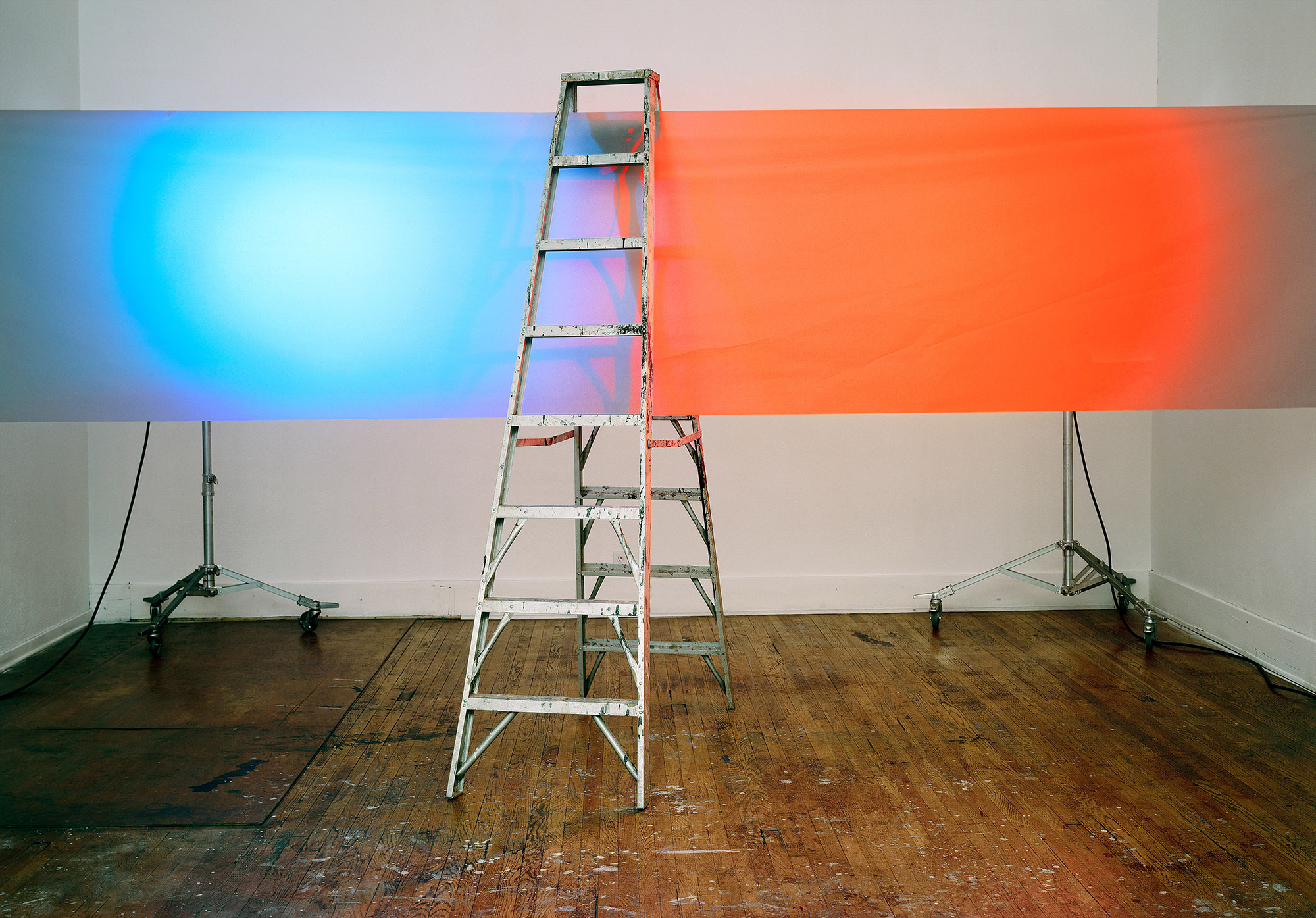
Color Theory and the Fiction of Sight is my exploration of color perception. Created between 1983 and 1984, this body of work challenges assumptions about color photography and its role in visual representation. I was captivated by The New Color Photography—Eggleston, Shore, Meyerowitz—until I started questioning the nature of color photography itself. Was it just a representation, or a kind of fiction? These questions drove my experiments during those years, turning my studio into a laboratory of perception.
Armed with a 5 x 7 inch large-format camera and a stack of photo-technical books, I delved into the mechanics of color photography—the primary and secondary colors, the physics of reflected and projected light. I didn’t want to just study charts and diagrams. I wanted to test them, to push them until they gave way to something unexpected. I began layering artificially colored light with ambient and natural light, curious about how these mingled wavelengths might corrupt or clarify an object’s appearance. What happens when the theoretical meets the real? When the laws of optics collide with the slipperiness of human perception? Where does perception end and cognition begin?
Through these experiments, I discovered that color is fluid—a negotiation between light, mind, and memory. A photograph, after all, is never just a record. It is a proposition, a tender fiction—one that makes us question what we are truly seeing.
“Howe’s satirical work is deeply rooted in the photo-conceptual tradition, drawing on the influence of his artistic peers, including William Wegman, John Baldessari, Douglas Huebler, Bruce Nauman, and Mel Bochner. Since the early 1970s, Howe has explored the relationship between perception and thought, specifically examining the inherently fictional nature of photography. His work delves into photography’s role in performance, ritual, and sculpture.
Howe’s Color Theory and the Fiction of Sight series (1983–1984) critiques conventional art principles. One piece features a line of ducks mimicking a funfair shooting gallery, simultaneously reinforcing and subverting artistic conventions. Another transforms accidental folds on a restaurant tablecloth into an optical illusion, demonstrating three-point perspective.
With wit and humor, Howe challenges art historical assumptions, inviting audiences to reconsider the nature of photography, perception, and the role of color in shaping visual experience.”
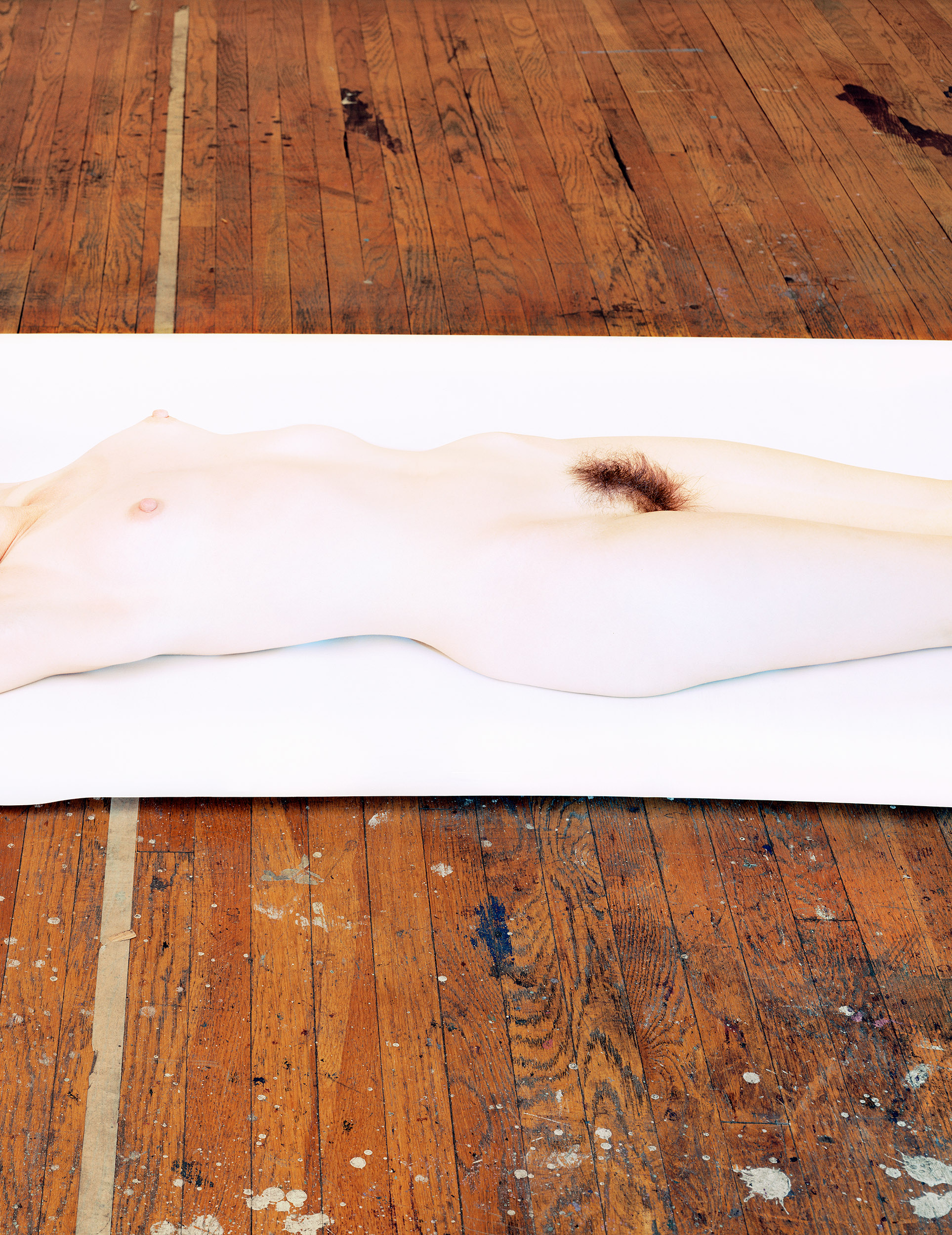
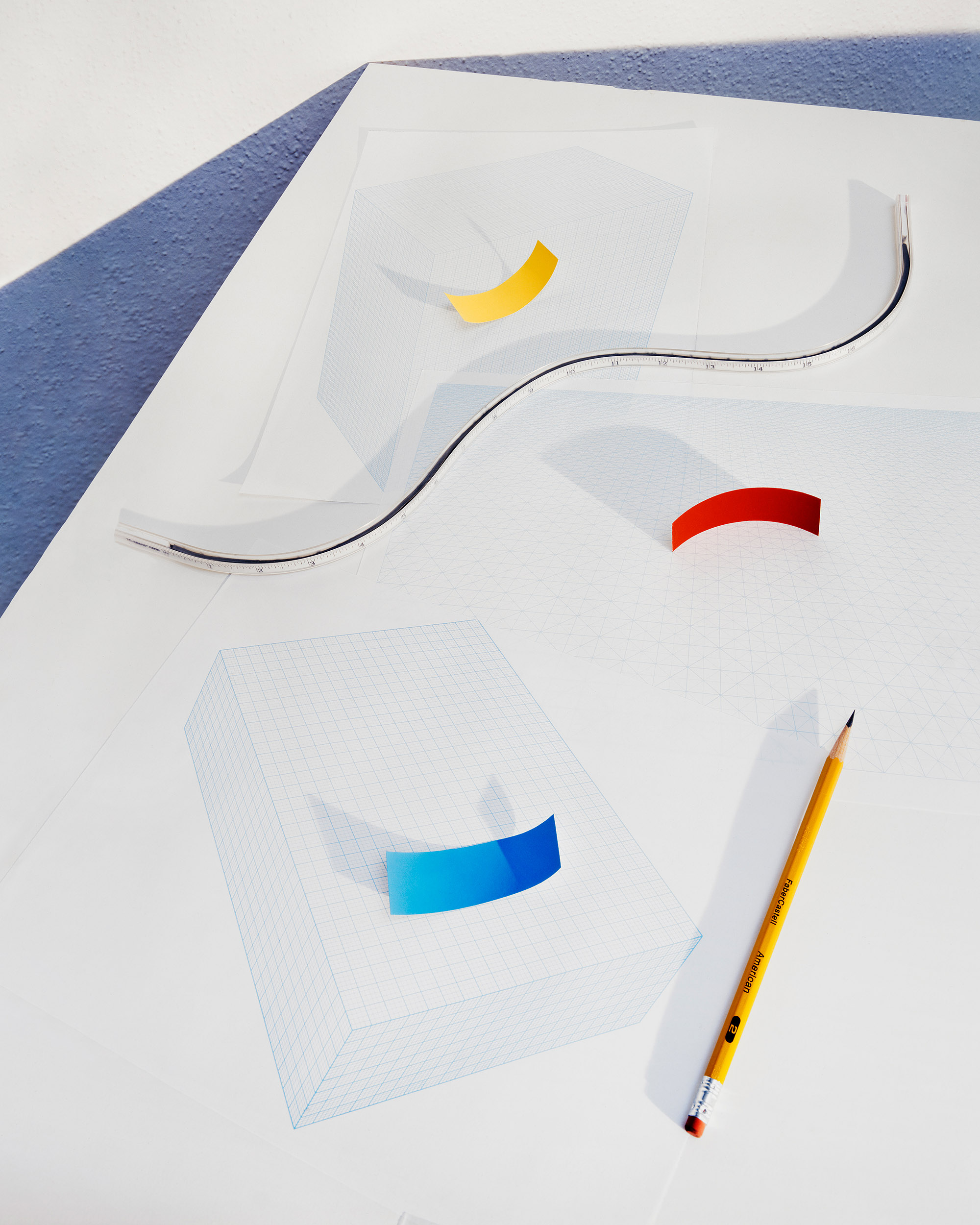
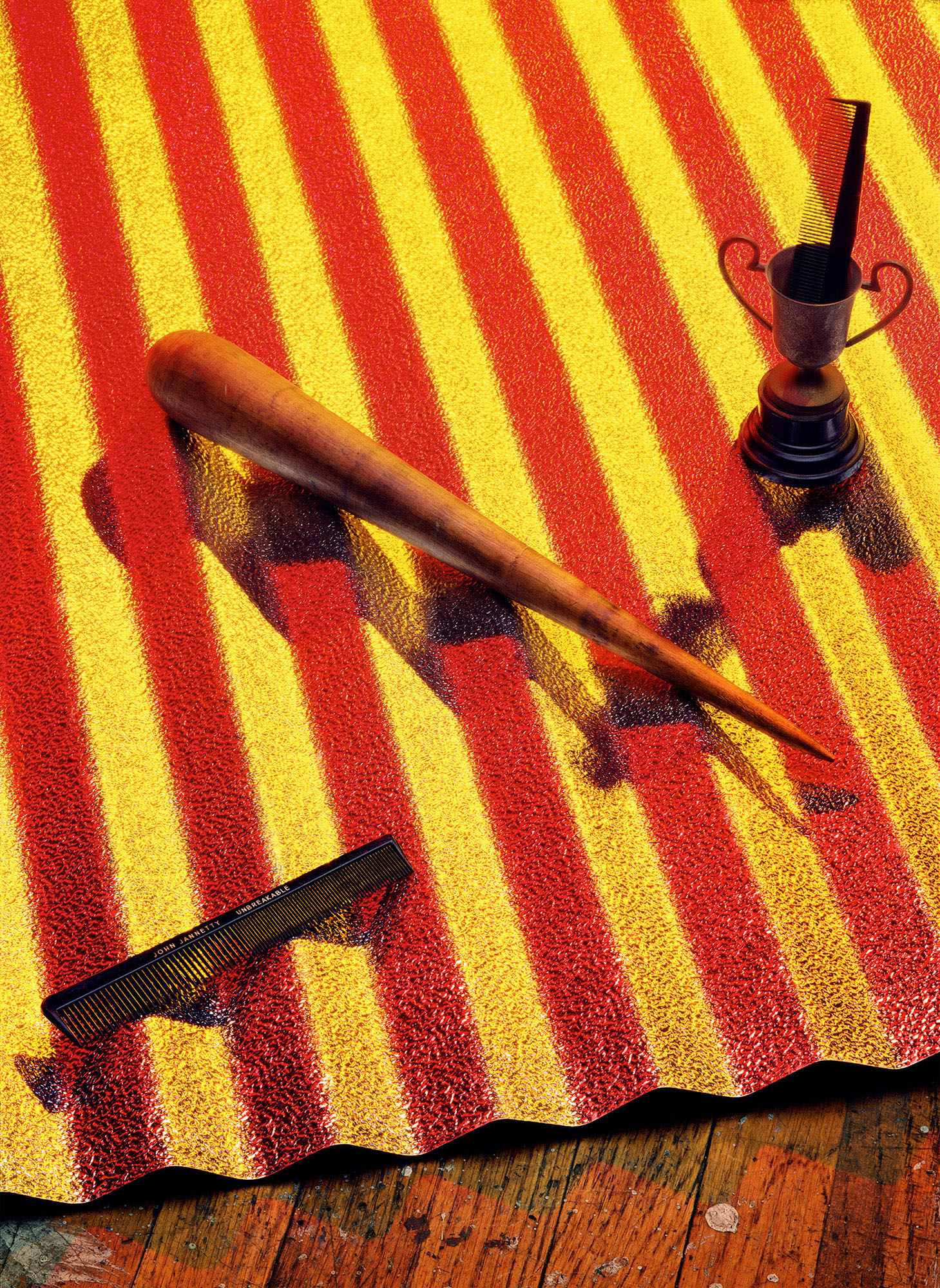
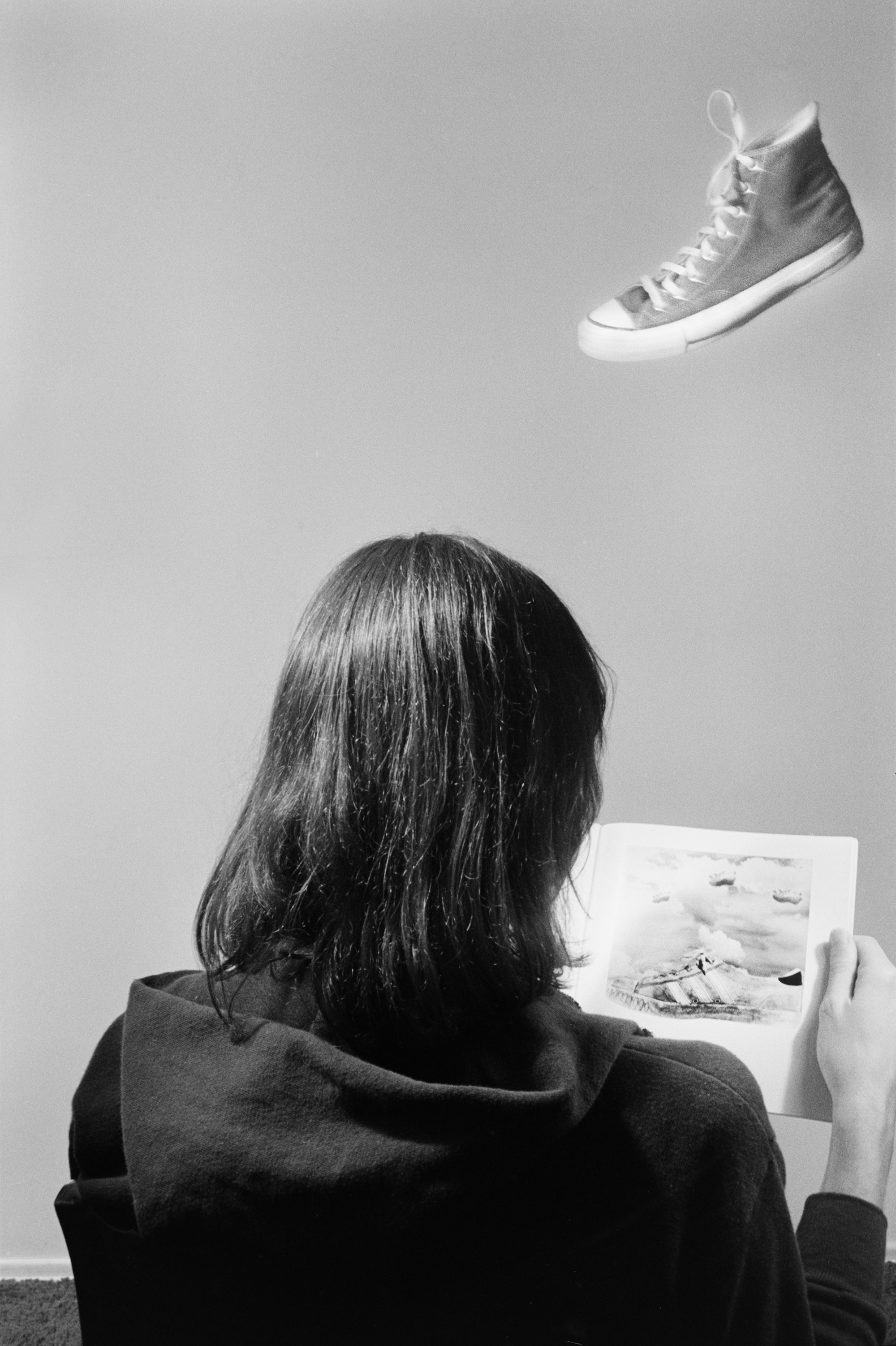
Graham Howe is a photographic artist, curator and photo-historian.
Since the late 1960s Howe has been investigating the relationship between seeing and thinking, exploring the intrinsically fictional nature of photography by probing its role in performance, ritual, and sculpture. According to curator Colin Westerbeck, “By the 1980s, Howe’s playful conceptually-based satires of photo art had developed into a wide-ranging inquiry into the essential qualities of photography itself. Howe’s work confronts many art historical assumptions that he not only questions but tears down with wit and humor.”
Education
- University of California, Los Angeles, California – UCLA, MFA in Painting Sculpture, Graphic Arts (Photography Major), 1979
- MA in Painting Sculpture, Graphic Arts (Photography Major), 1978
- Prahran College of Advanced Education, Melbourne, Australia
- Diploma of Art & Design—Photography, Film and Art History, (Hons) 1971
Selected Exhibitions
- California Cool, art in Los Angeles 1960s–70s,
National Gallery of Australia, 2018-19 - Forsaken Utopias: Photographs from the OCMA Permanent Collection,
Orange County Museum of Art, 2018 - Graham Howe: Colour Theory, Rooftop Gallery, Bangkok, 2013
- Graham Howe: Color Theory, Sol Mednick Gallery, University of the Arts, Philadelphia, 2012
- Street Sight, Armory Center for the Arts, Pasadena, curated by Tim Wride, 2011
- Time Signatures, Grunwald Study Center for the Graphic Arts,
Hammer Museum, 2011 - And Howe! Graham Howe—Photographs 1968-2008,
UCR/California Museum of Photography, curated by Colin Westerbeck, 2009 - Graham Howe, Gallery Min, Tokyo, Japan, 1984, publication with essay by Colin Westerbeck
- Arranged Image Photography, a traveling exhibition organized by the Boise Gallery of Art, 1983-1984
- Graham Howe, BC Space, Laguna Beach, 1981
- Graham Howe, The Photographers’ Gallery, Melbourne, Australia, 1980
- Invented Images, a traveling exhibition organized by the
University Art Museum, Santa Barbara, 1980 - Attitudes: Photography in the 1970s, The Santa Barbara Museum of Art, 1979
- The Photograph as Artifice, a traveling exhibition organized by The Art Galleries, California State University, 1978
Selected Collections
- Boston Museum of Fine Art, Massachusetts
- Bibliothèque nationale de France, Paris
- California Museum of Photography, Riverside
- Center for Creative Photography, University of Arizona, Tucson
- Columbia College, Chicago
- Eastman Museum, Rochester, New York
- Fogg Museum, Harvard University, Cambridge, Massachusetts
- Houston Museum of Fine Arts, Texas
- International Center for Photography, New York
- J. Paul Getty Museum, Los Angeles
- Los Angeles County Museum of Art (LACMA), California
- Metropolitan Museum of Art, New York
- Milwaukee Art Museum, Wisconsin
- Minneapolis Institute of Arts, Minnesota
- National Gallery of Australia, Canberra
- New Orleans Museum of Art, Louisiana
- Newport Harbor Art Museum, Newport Beach, California
- Oakland Museum of Art, California
- San Francisco Museum of Modern Art, California
- Santa Barbara Museum of Art, California
- Tyler Museum of Art, Texas
- Grunwald Center for the Graphic Arts, Hammer Museum, University of California, Los Angeles
- University of New Mexico Art Museum, Albuquerque
- Victoria and Albert Museum, London
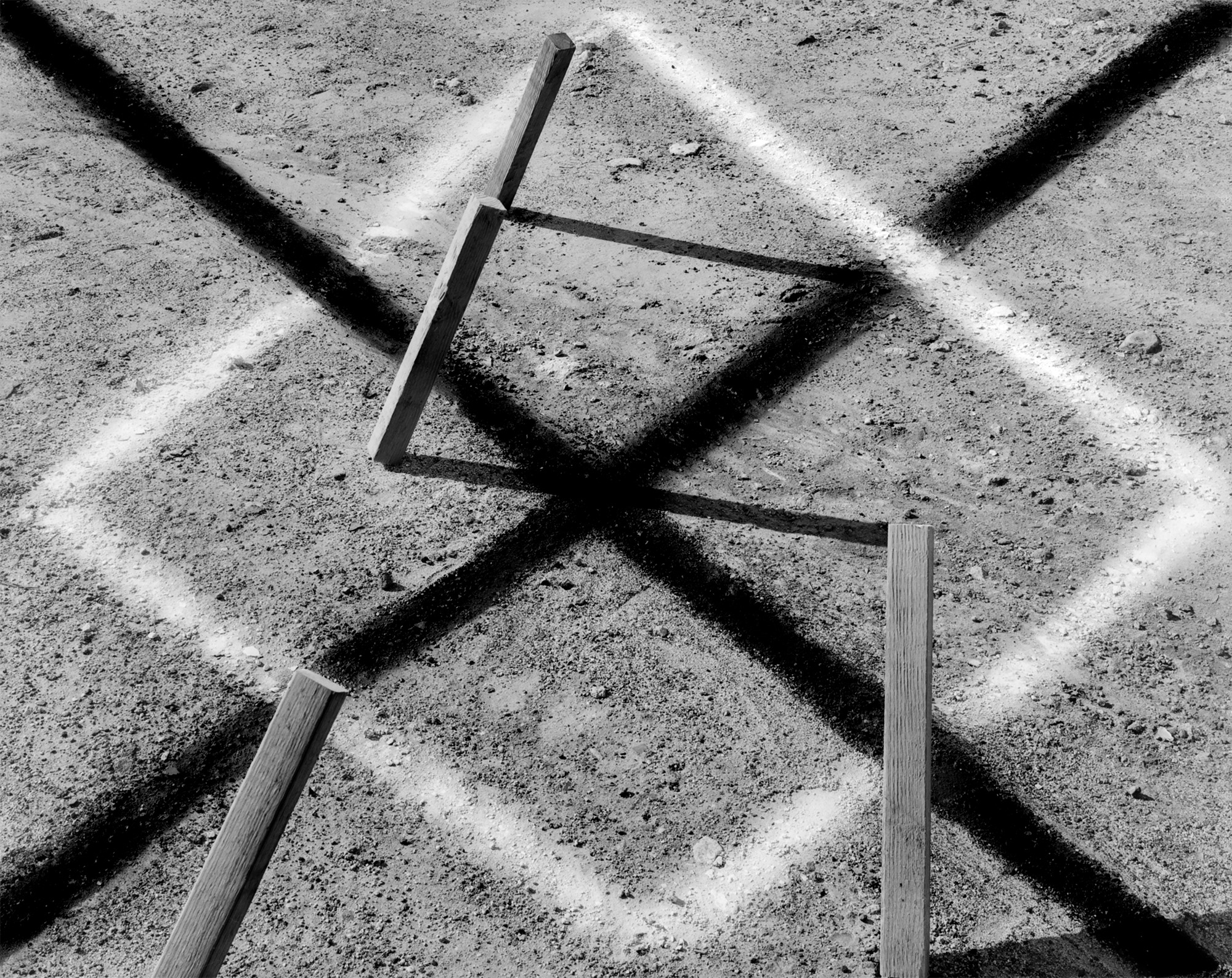
Art Fair Art Work, 1991
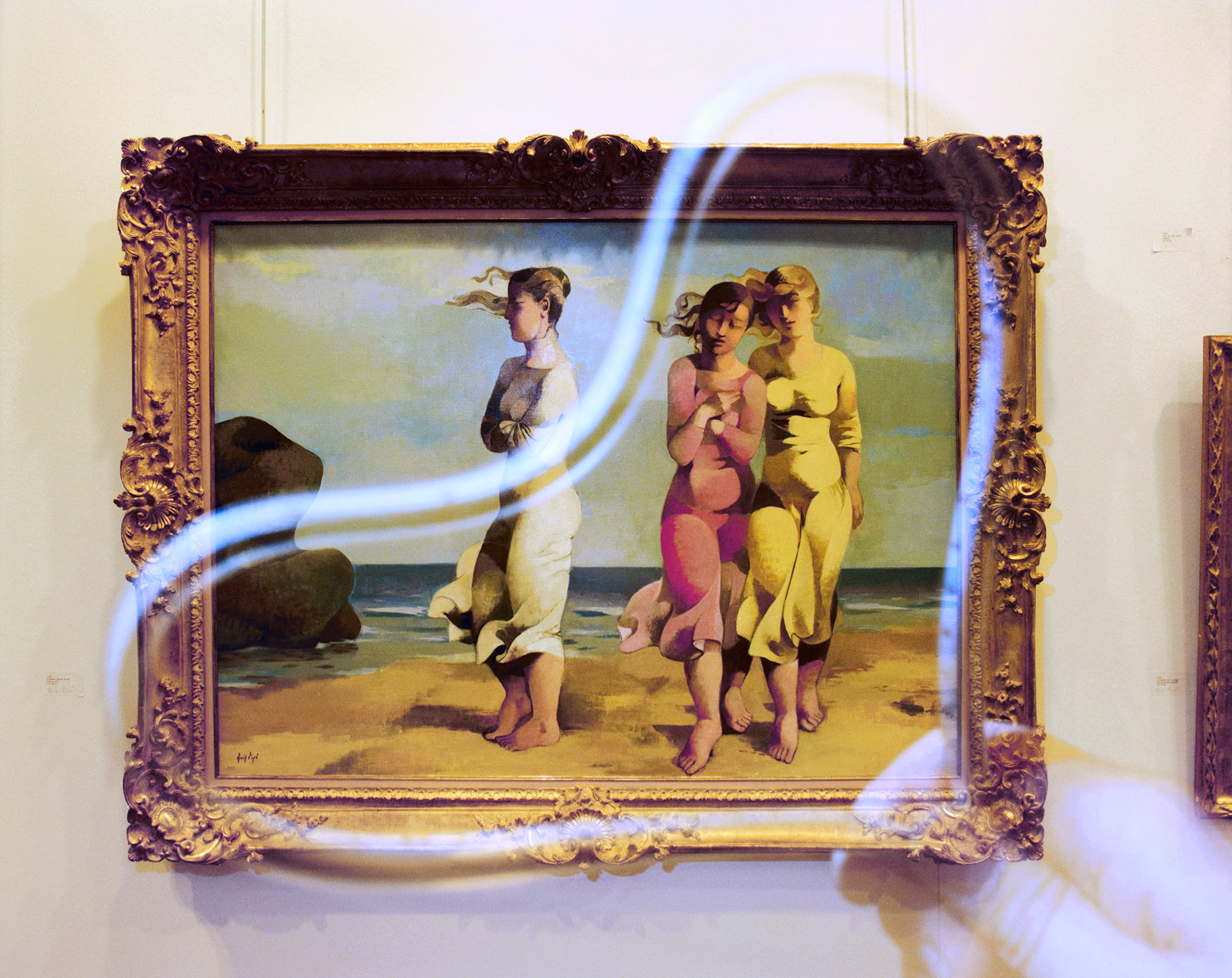
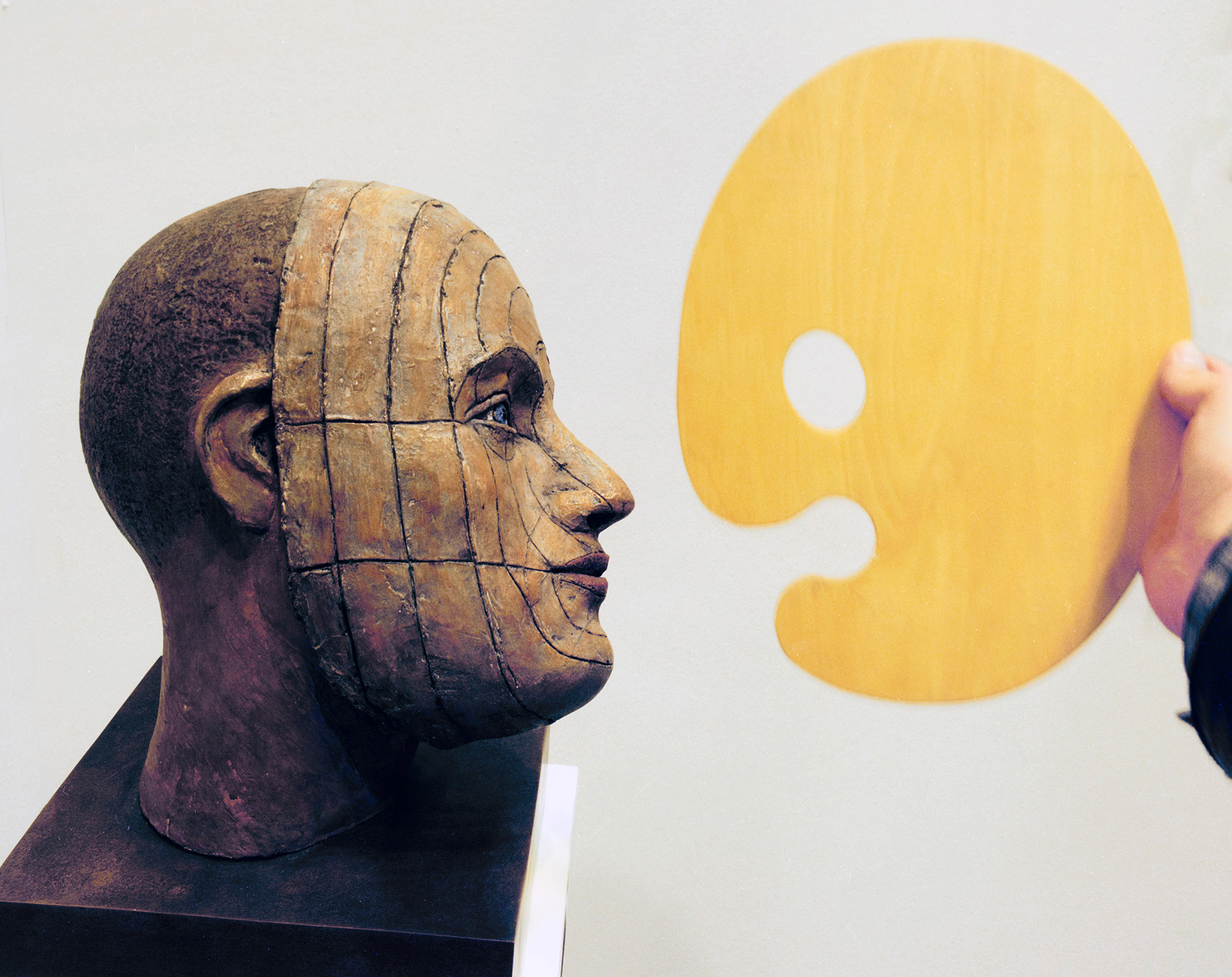
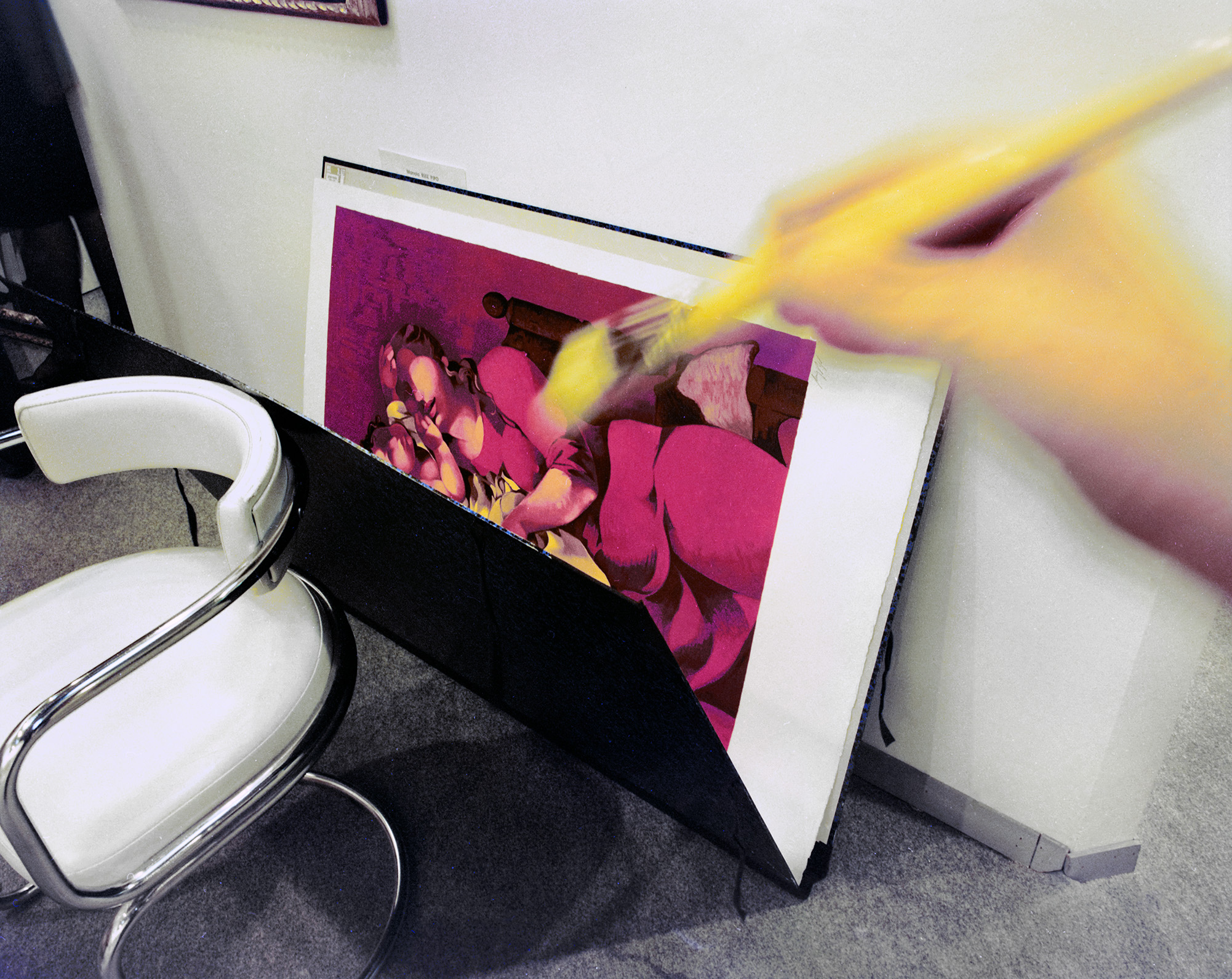
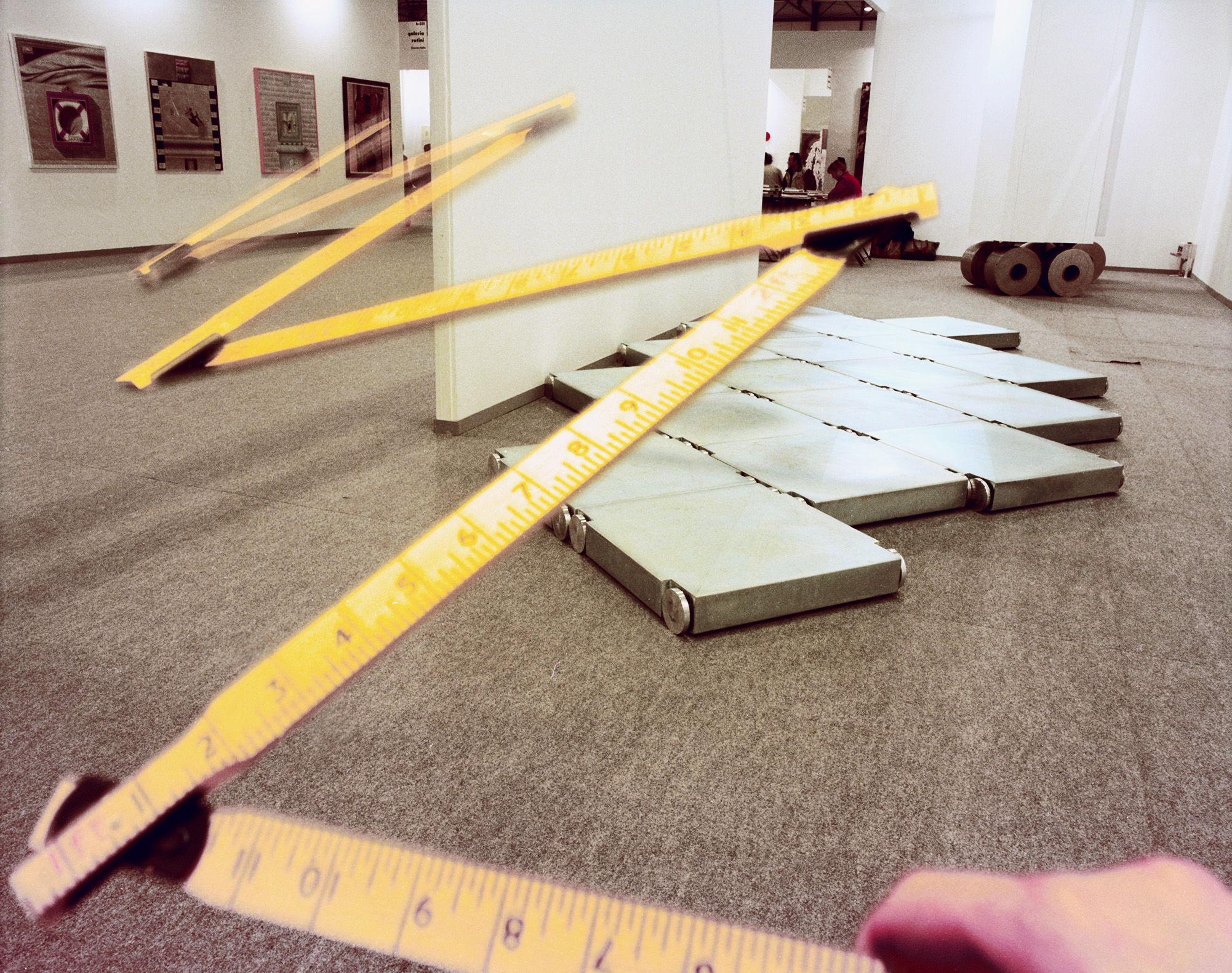
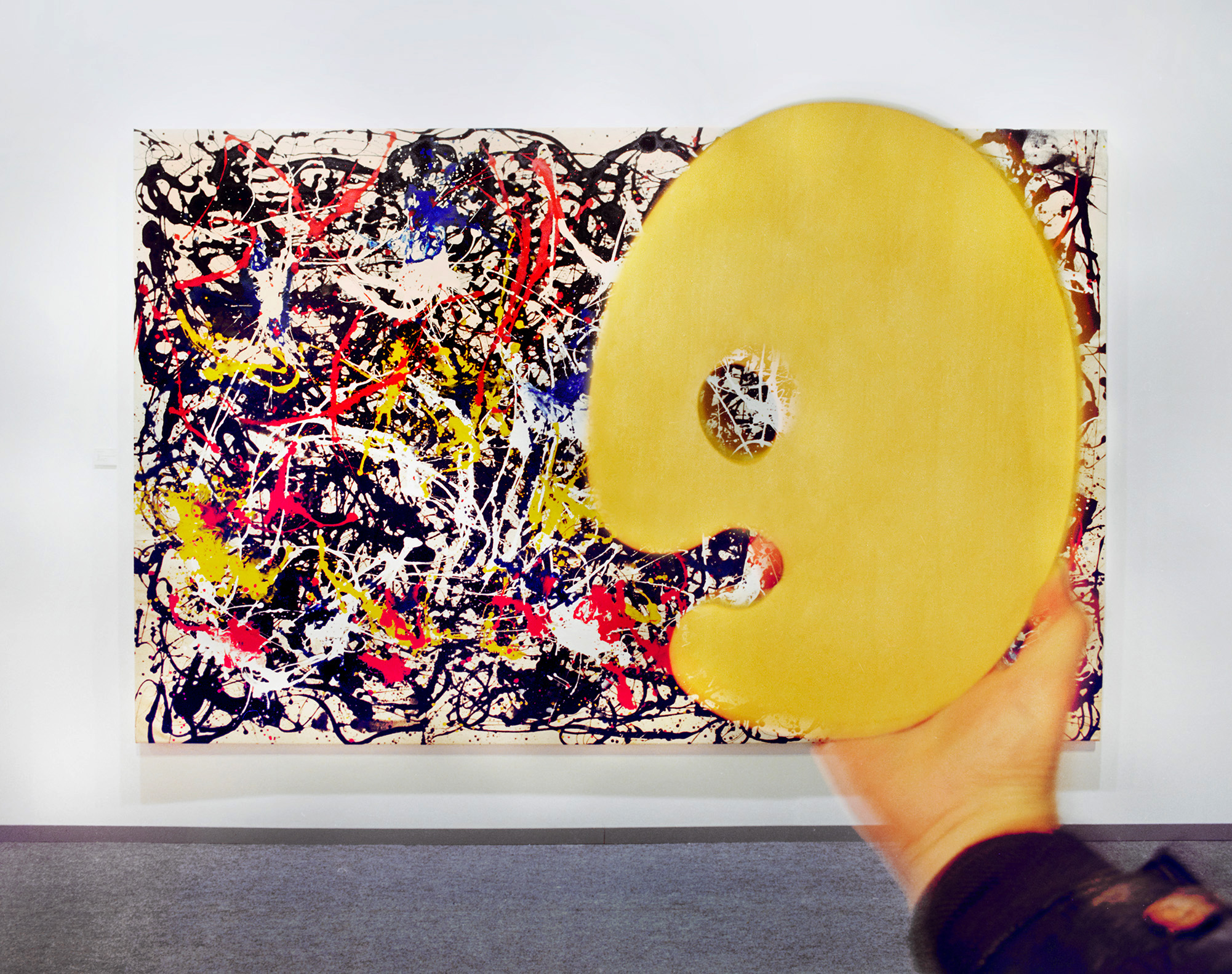
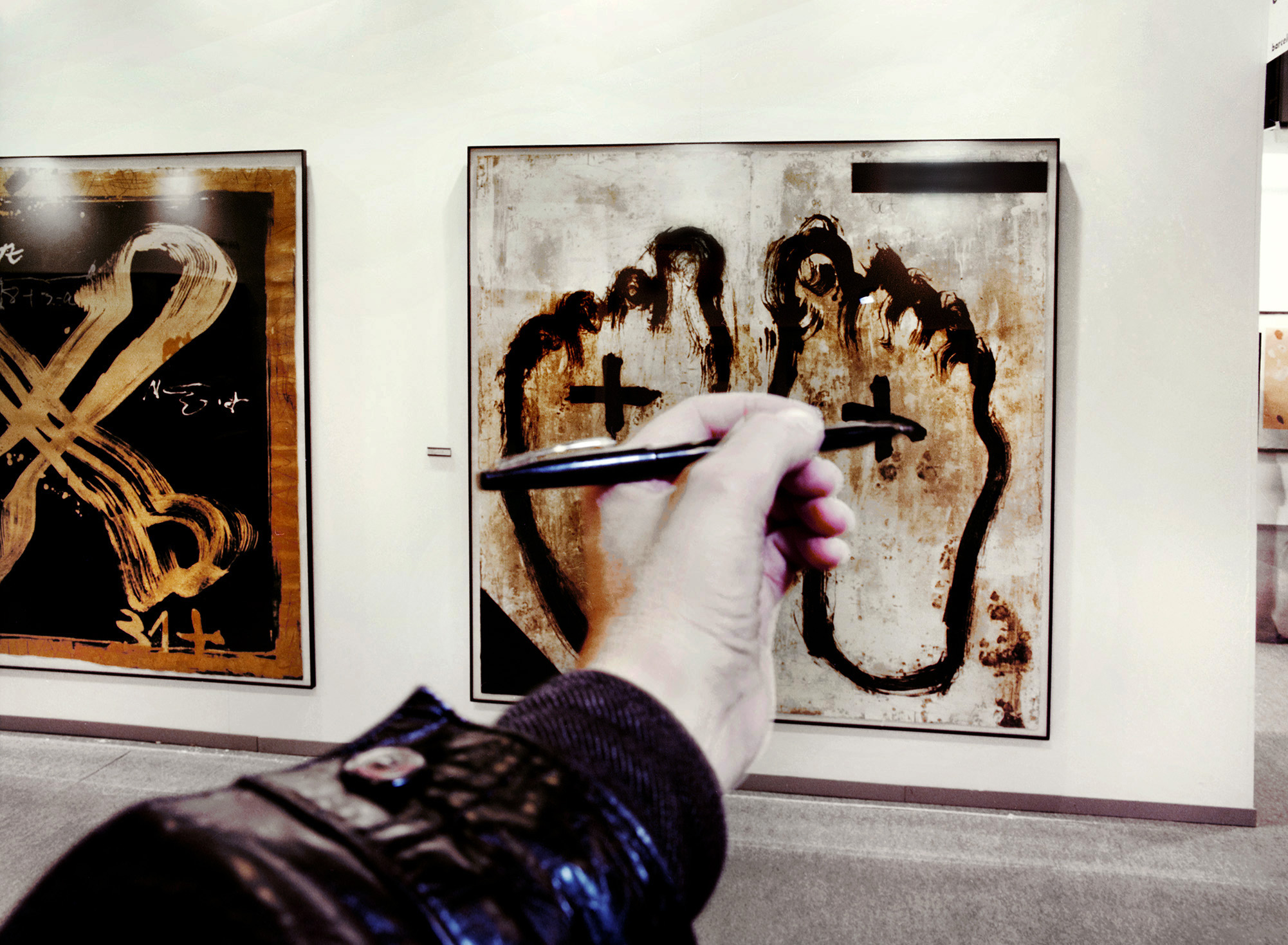
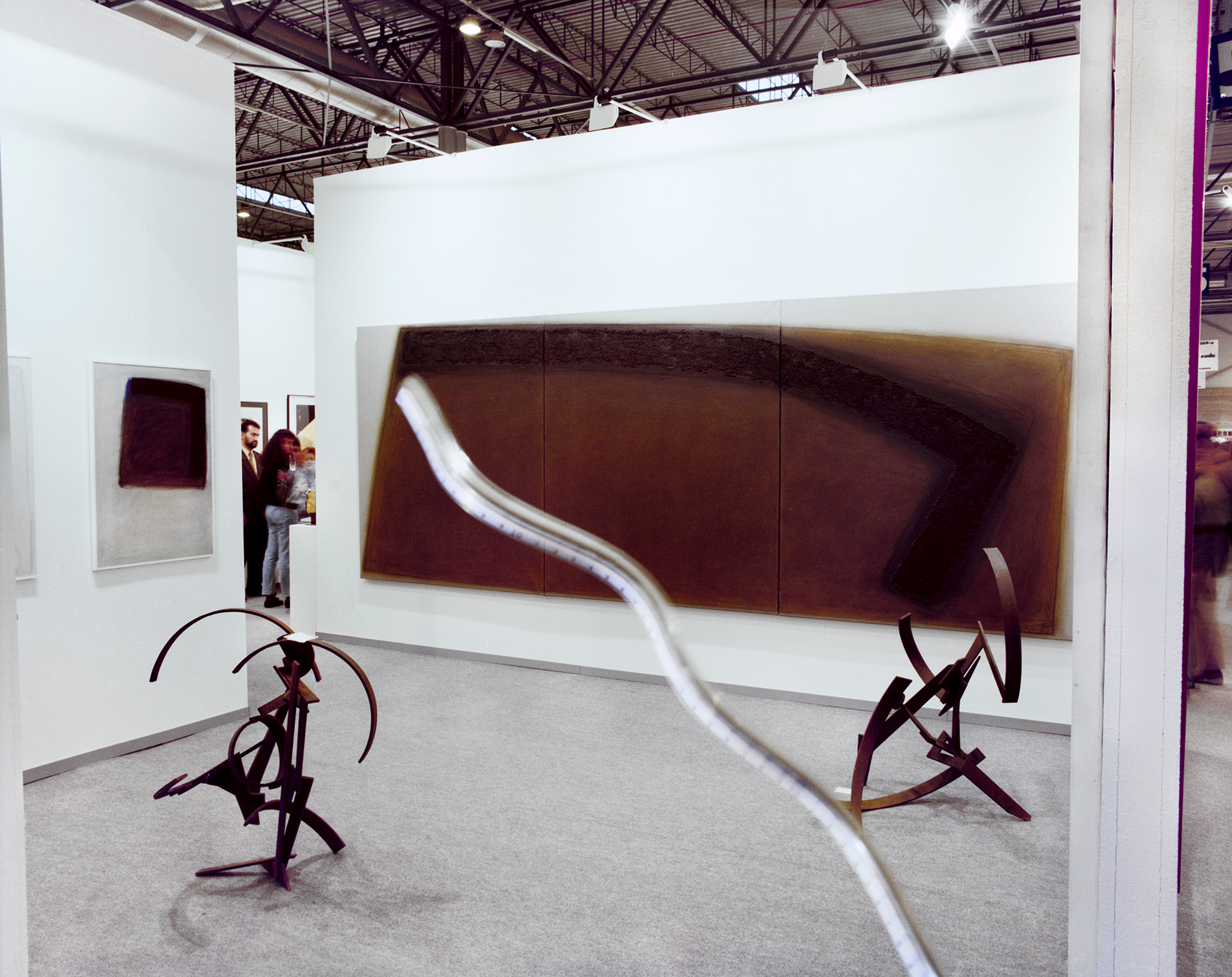
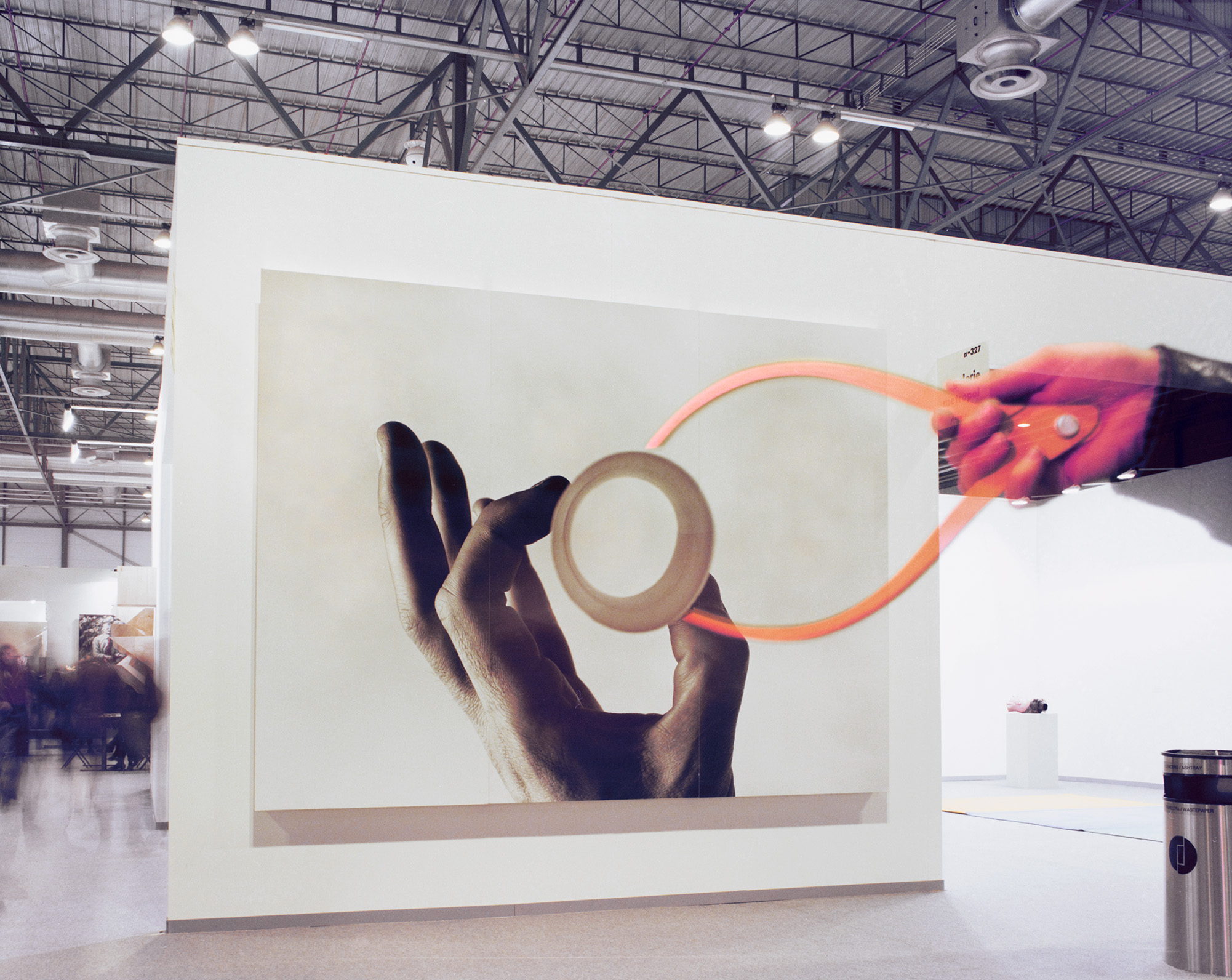
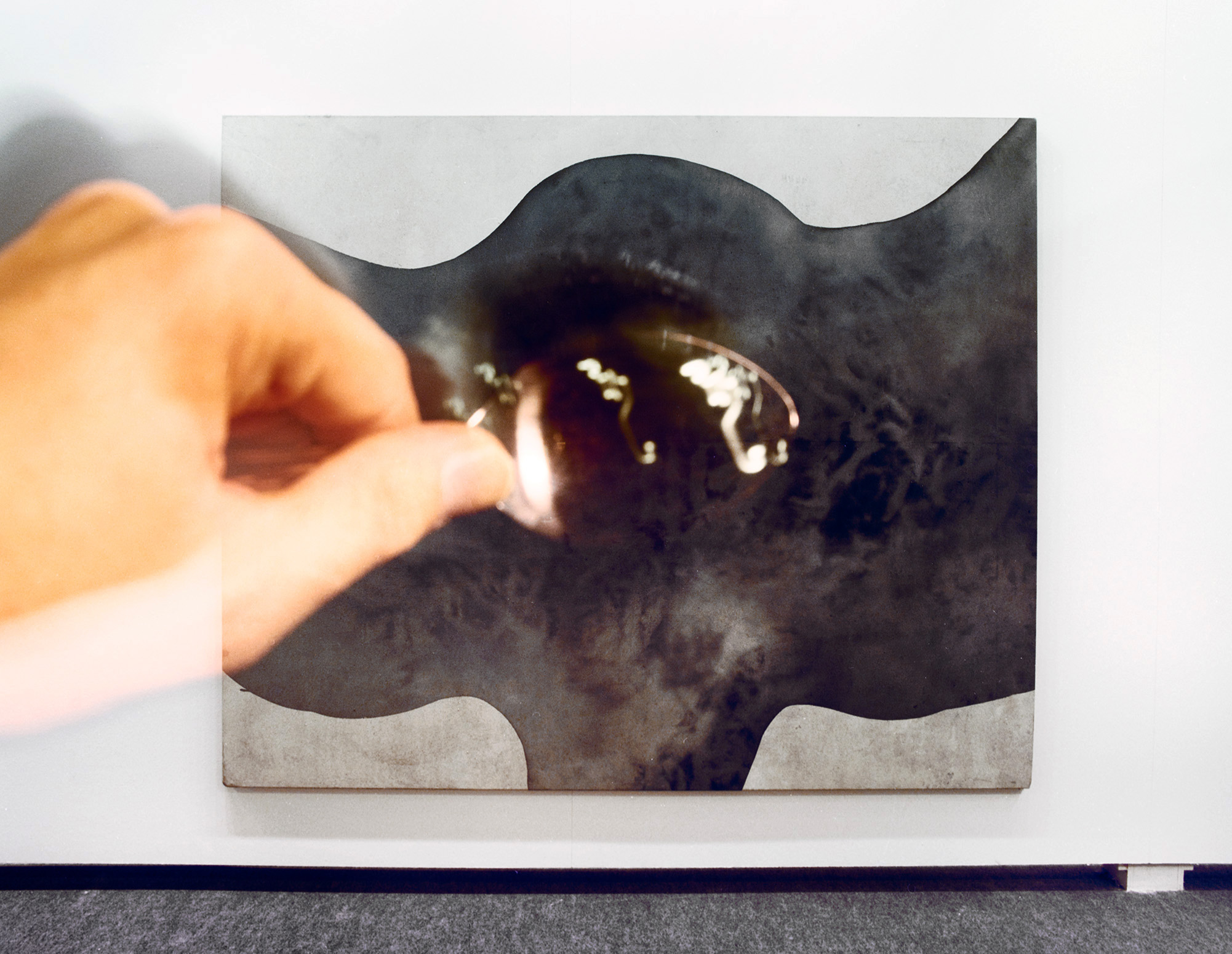
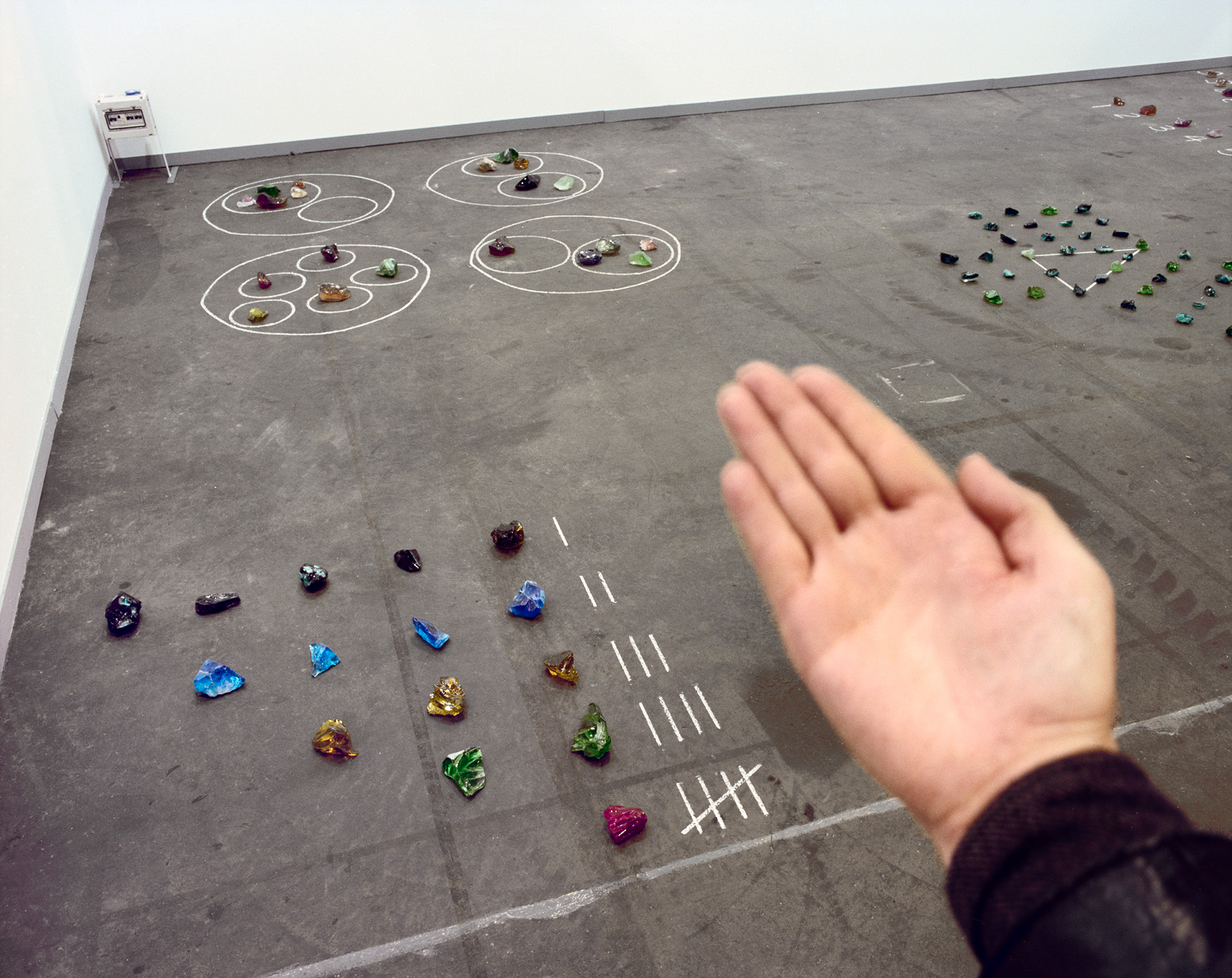
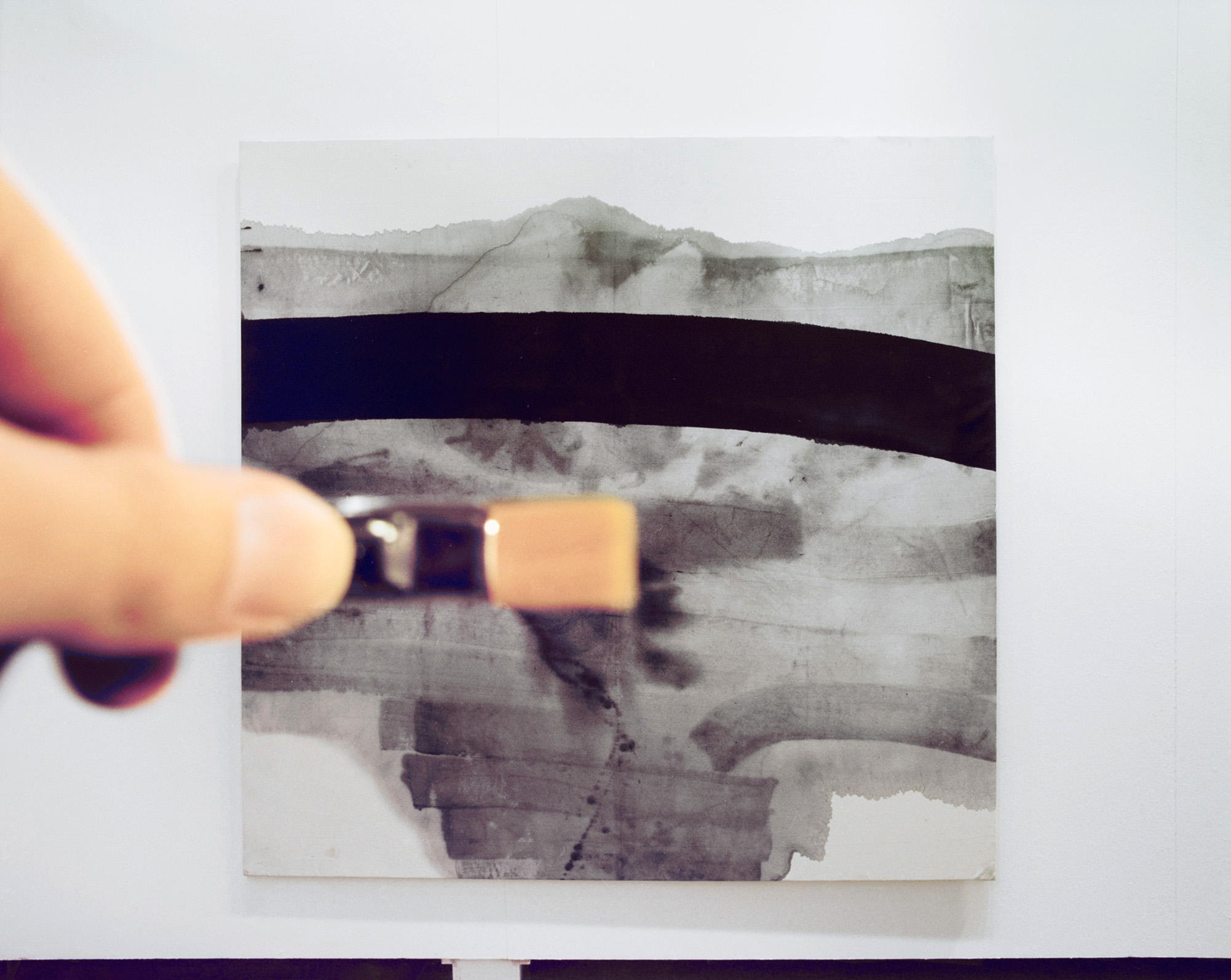
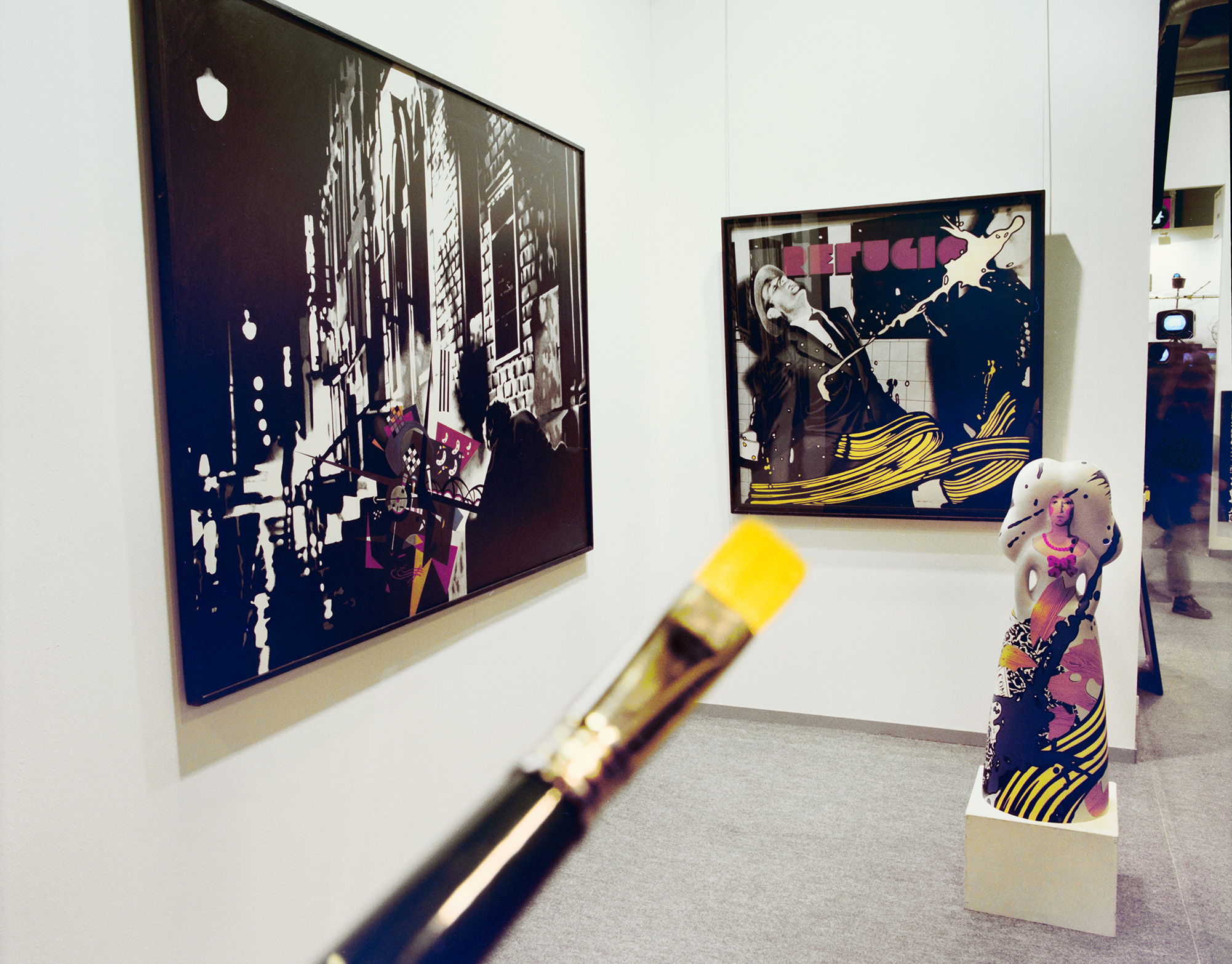
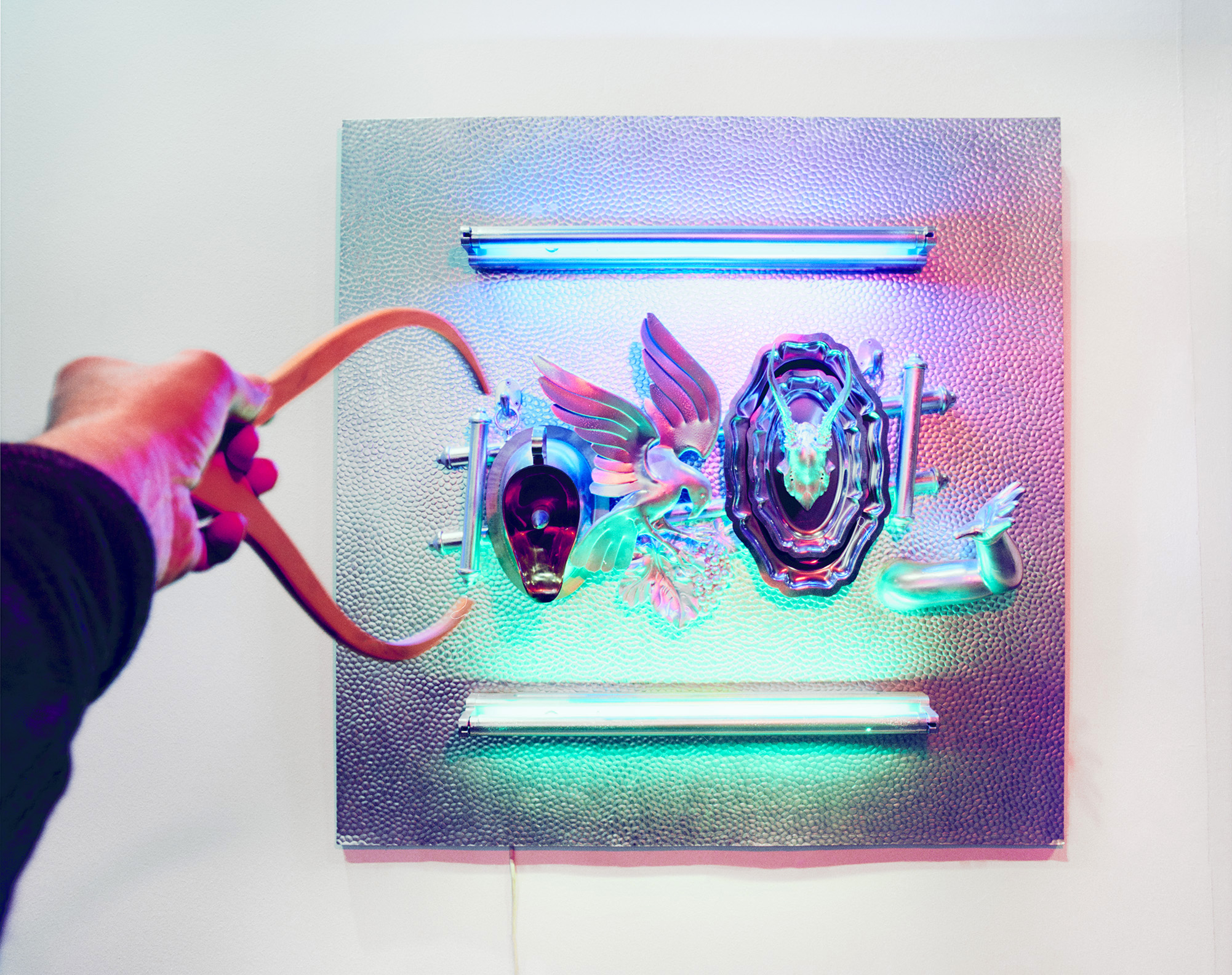
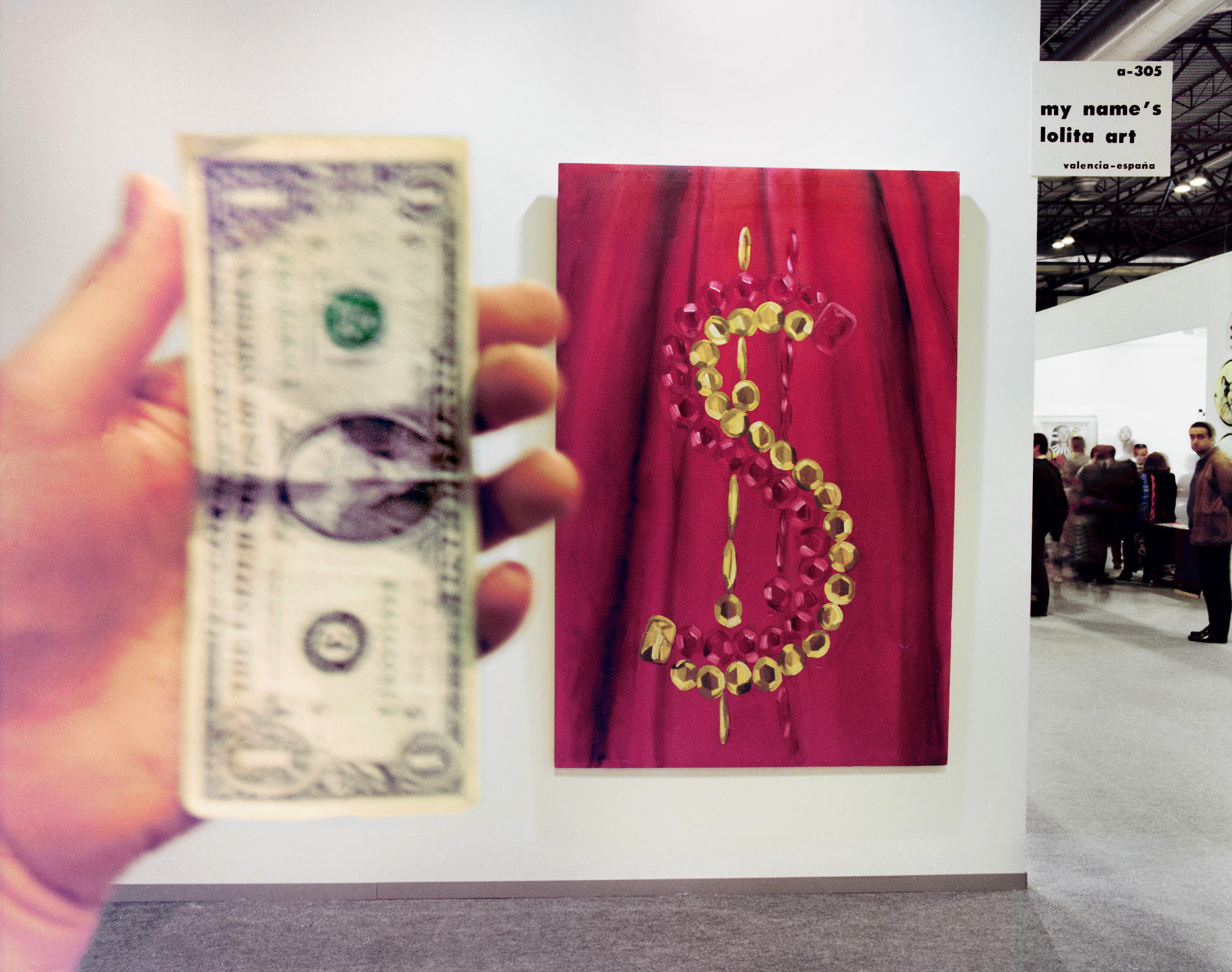
In 1991, I was commissioned by ARCO Madrid to creatively interpret the art fair itself. I noticed that while the art was actively communicating, few people seemed to engage in return. So I chose to “play the game,” responding to each piece in a way that reflected its idea or gesture, participating rather than merely observing. The process was both stimulating and amusing.
This experience sparked my Art Fair Art Work series, an exploration of the intersection between art, commerce, and perception. Through carefully composed photographs, I examine the transactional nature of art fairs, where viewing and buying often blur. My images invite reflection on how art is experienced, displayed, and commodified in contemporary culture.
Doormats, 1987
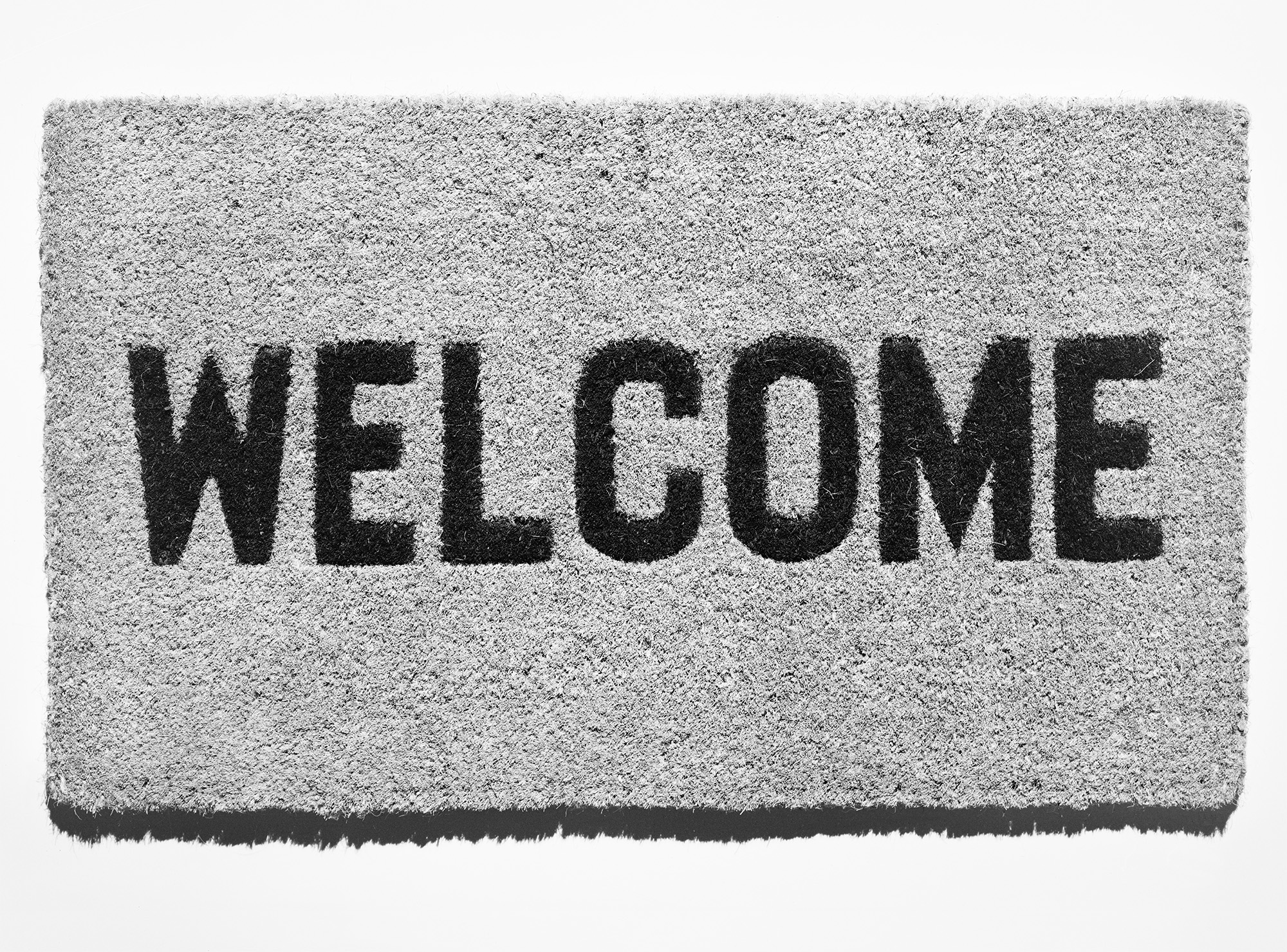
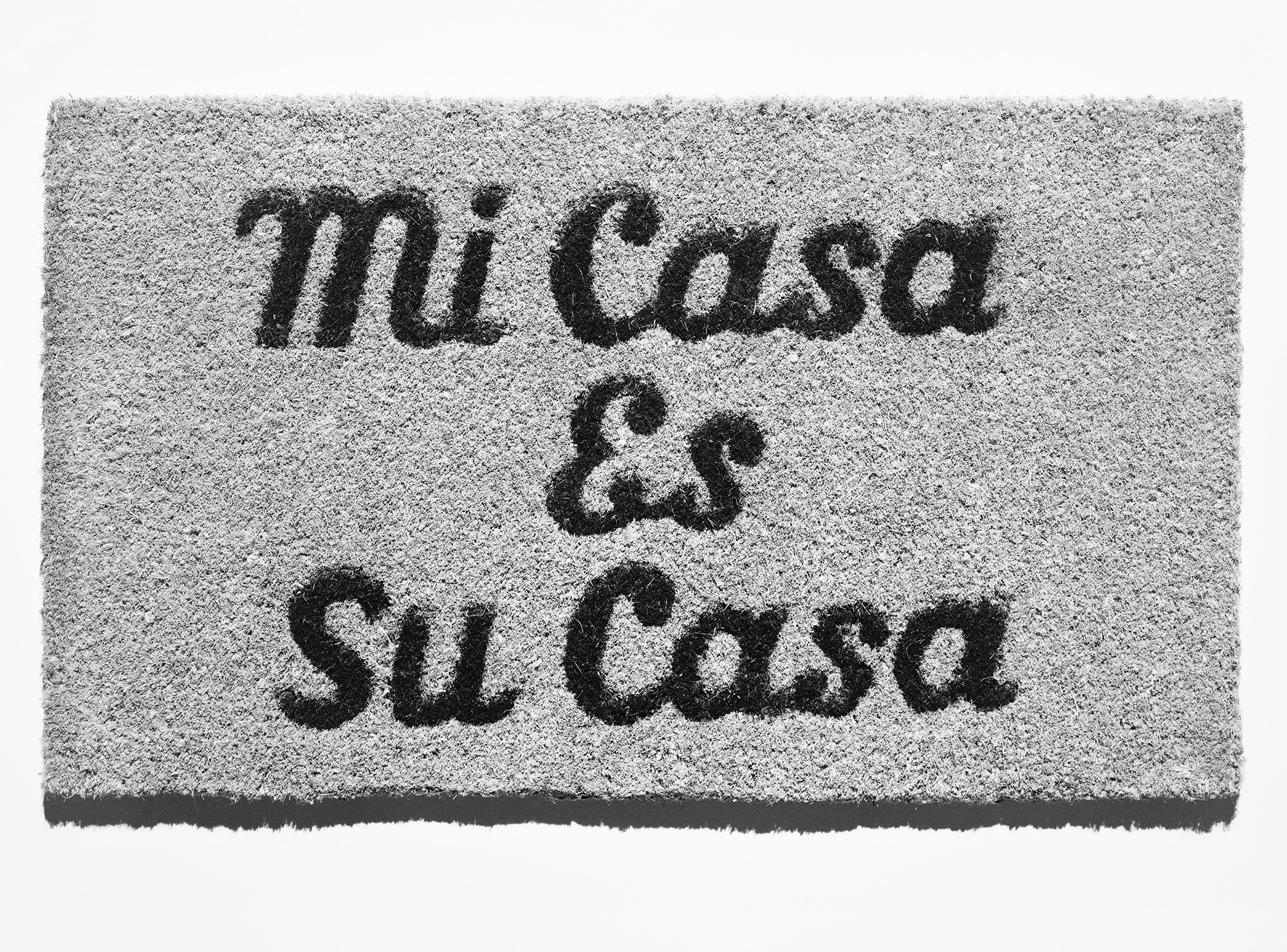
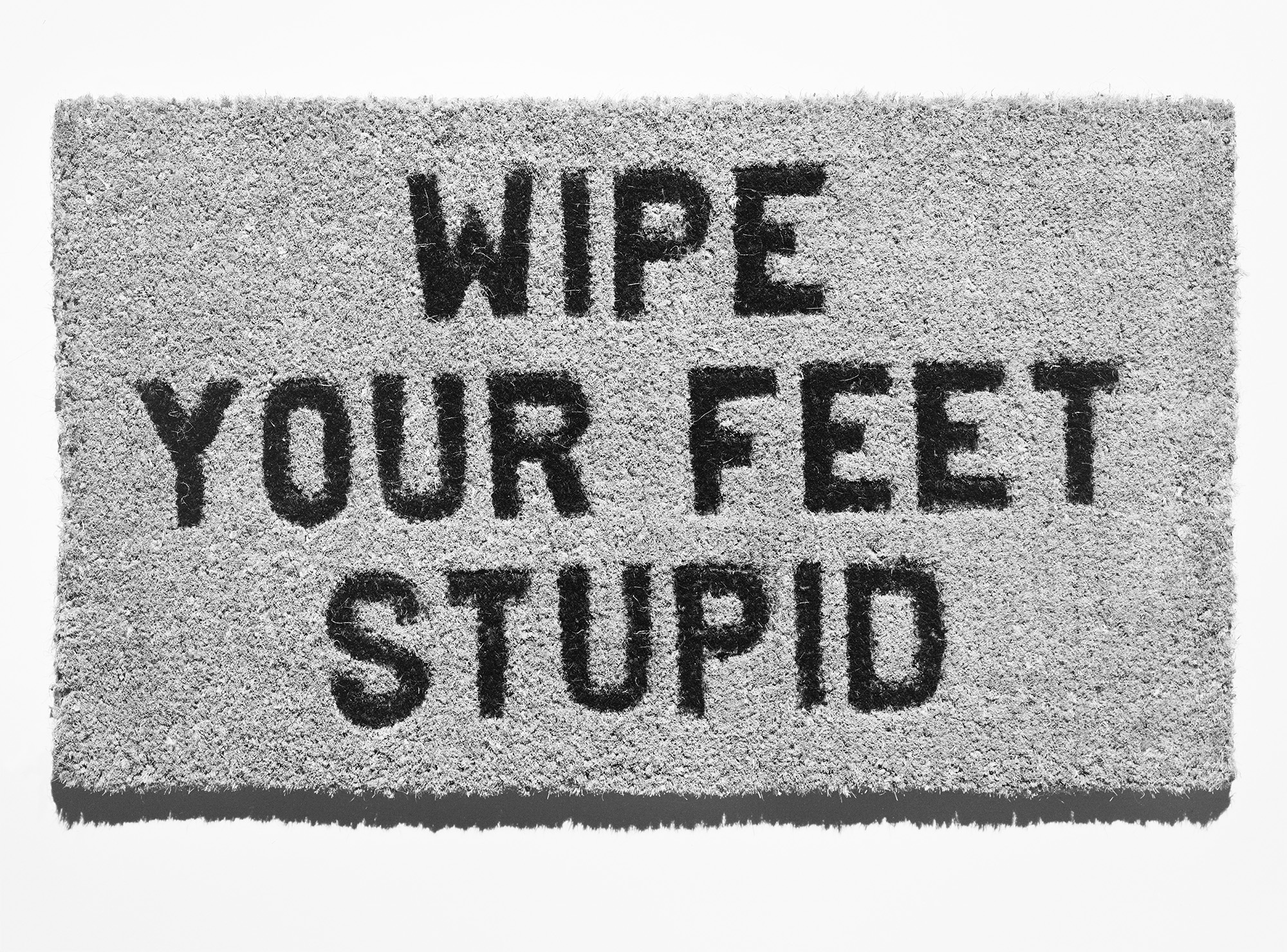
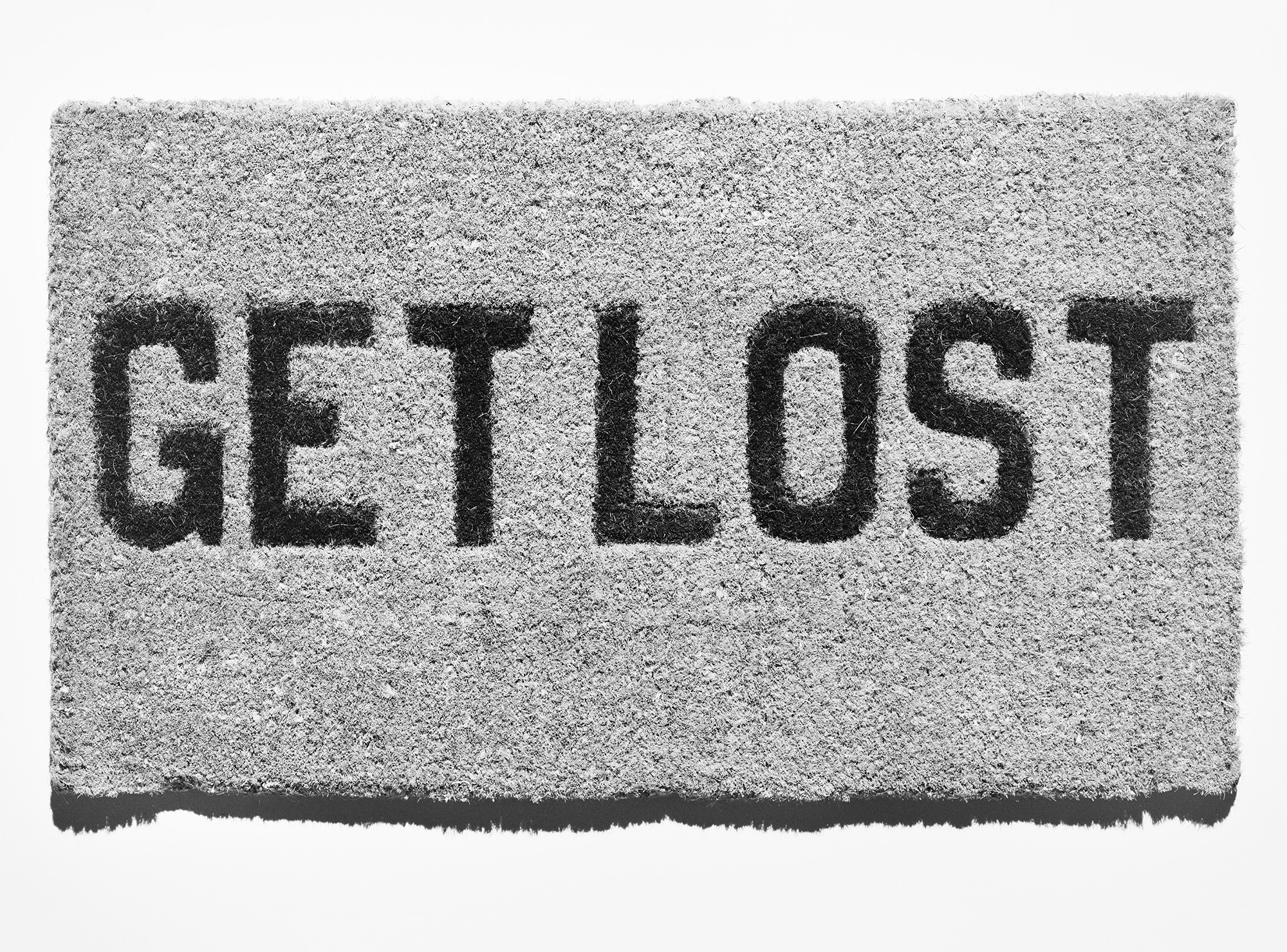
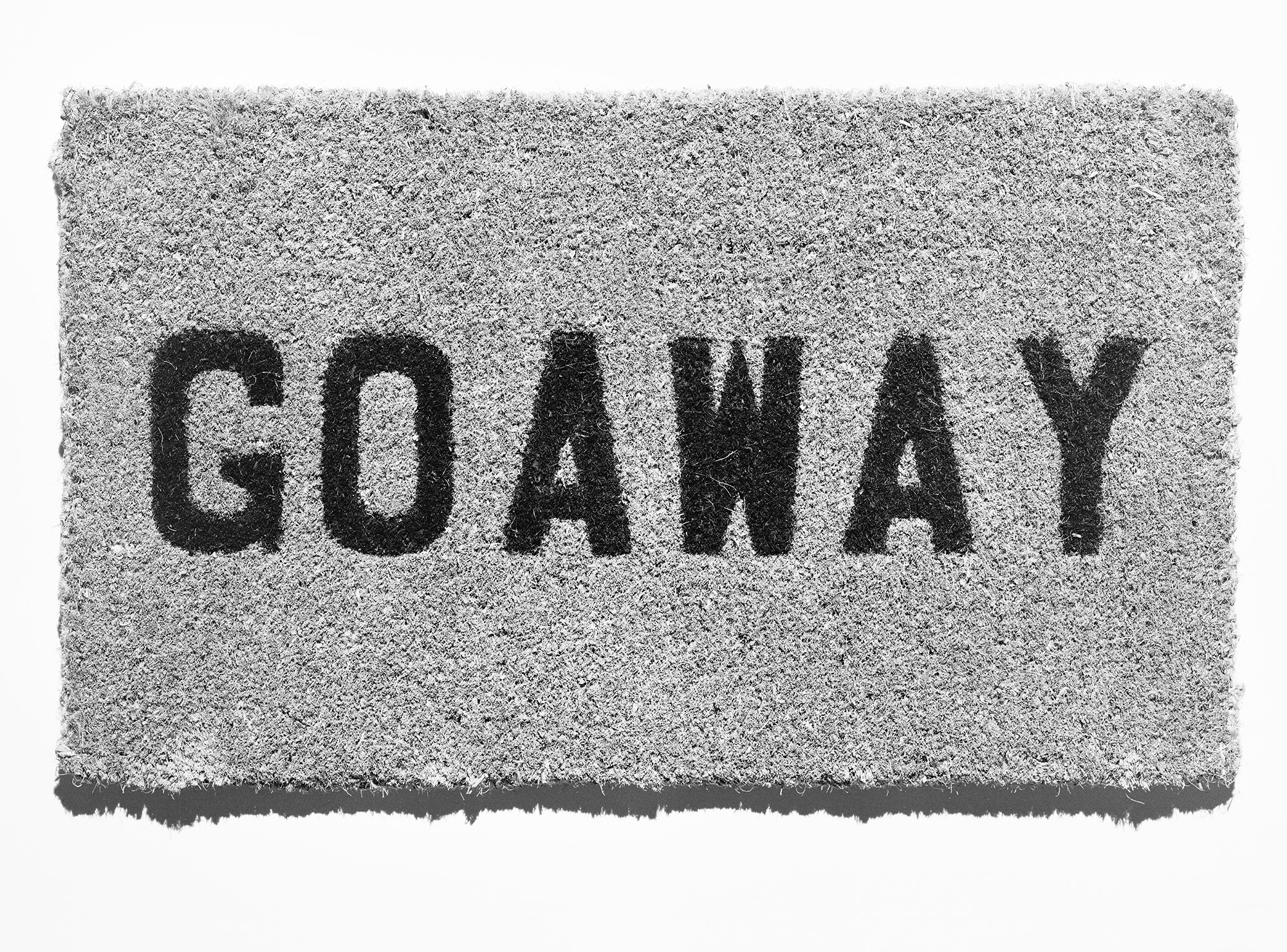
Interventions, 1975-1979
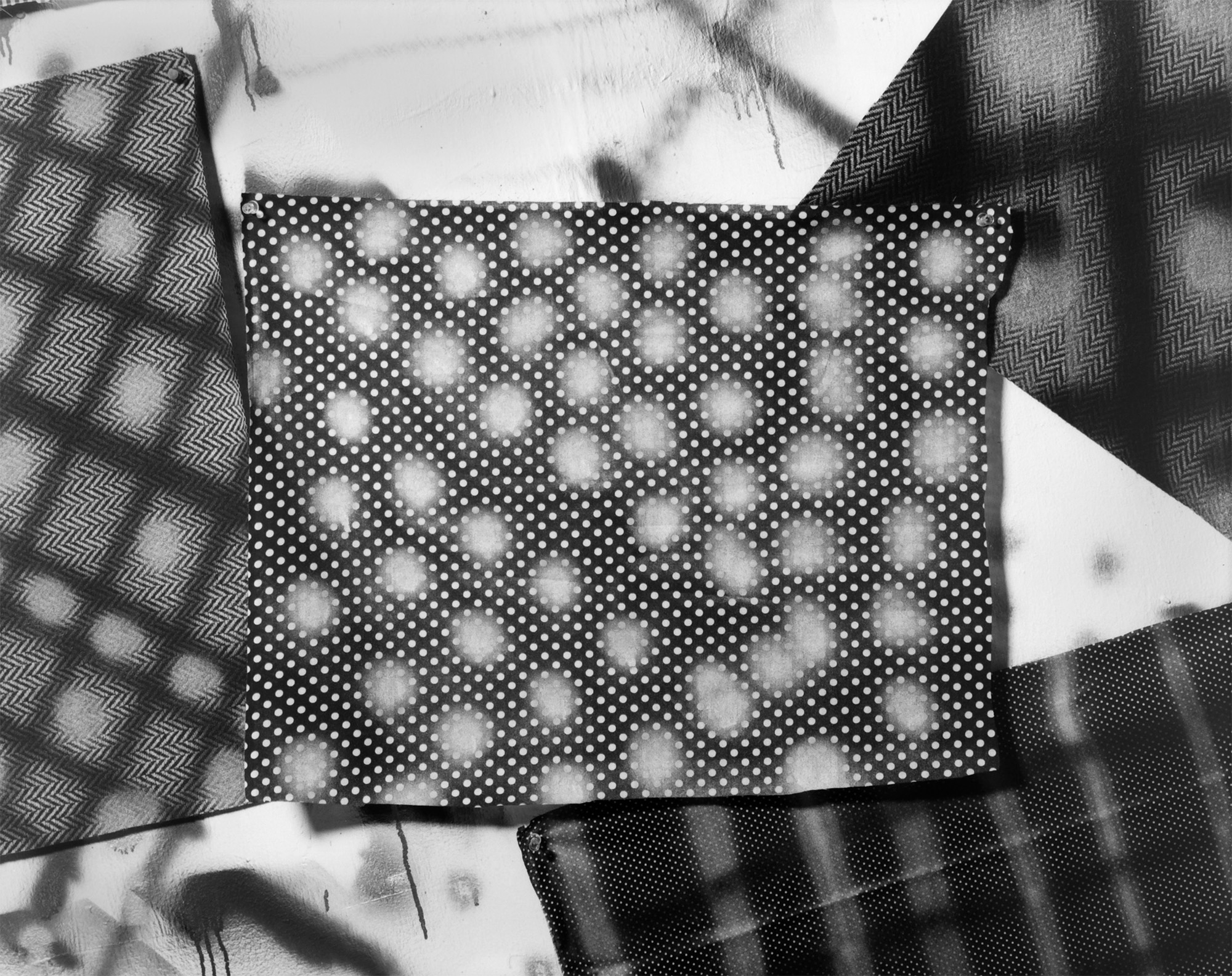

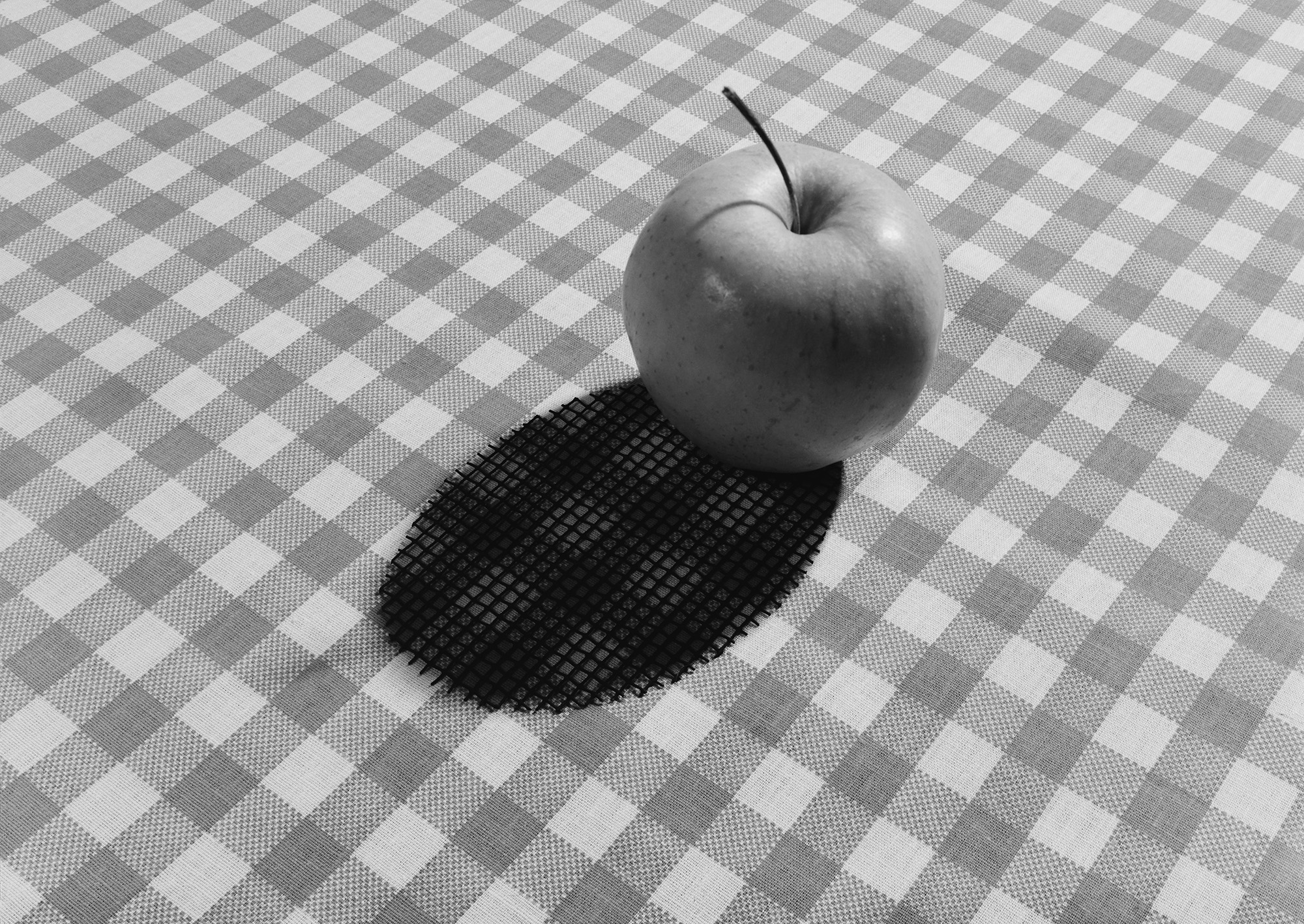
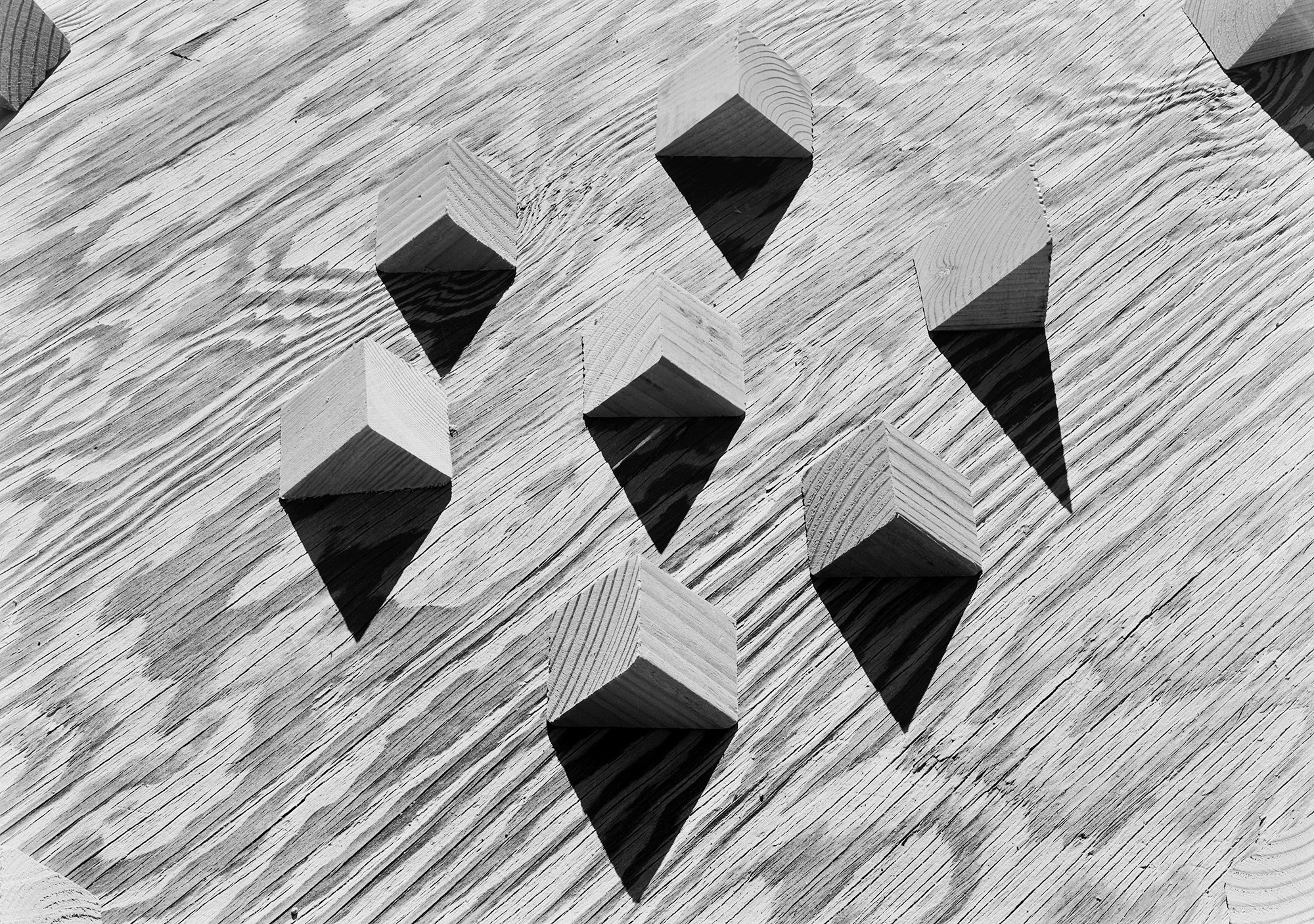
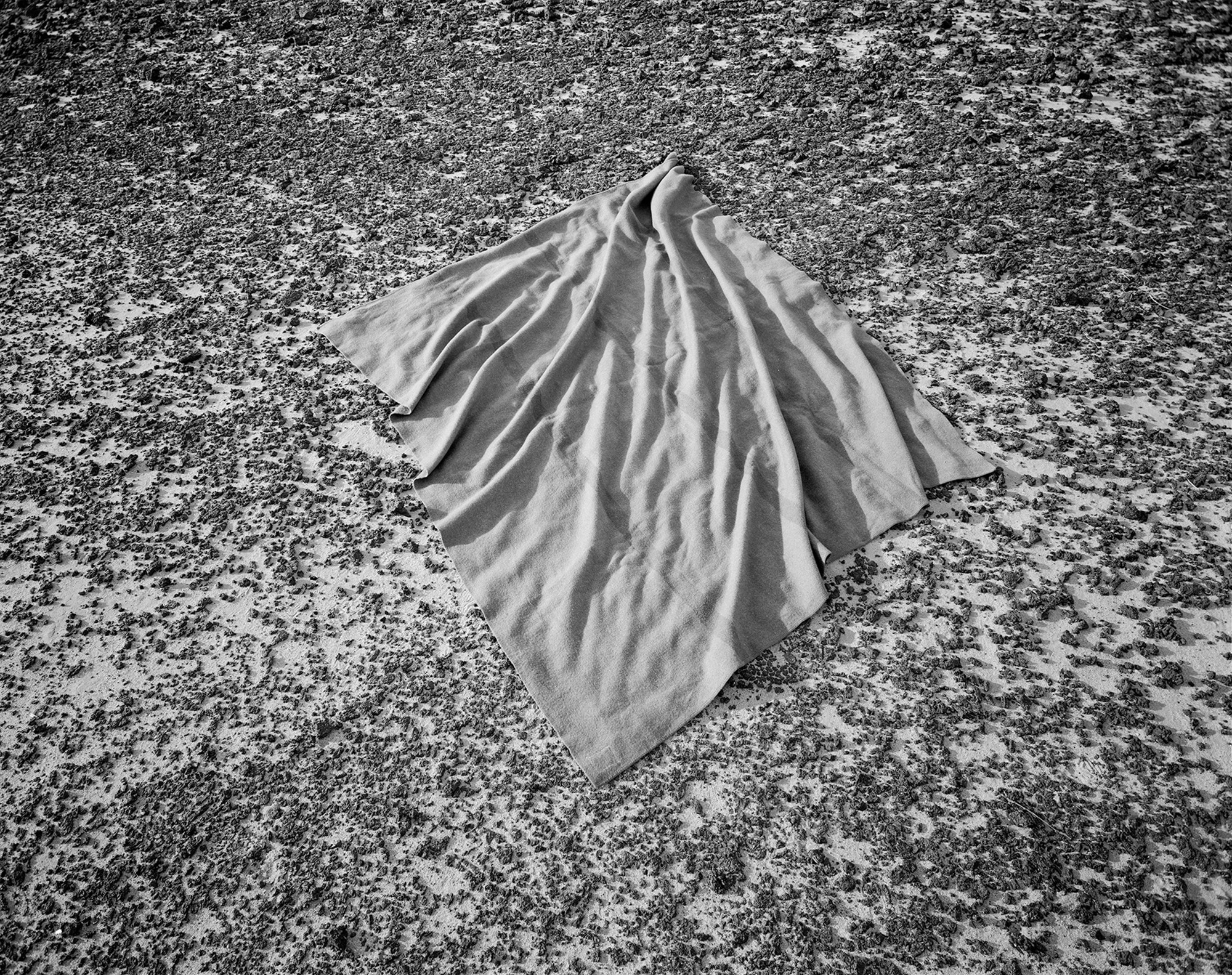
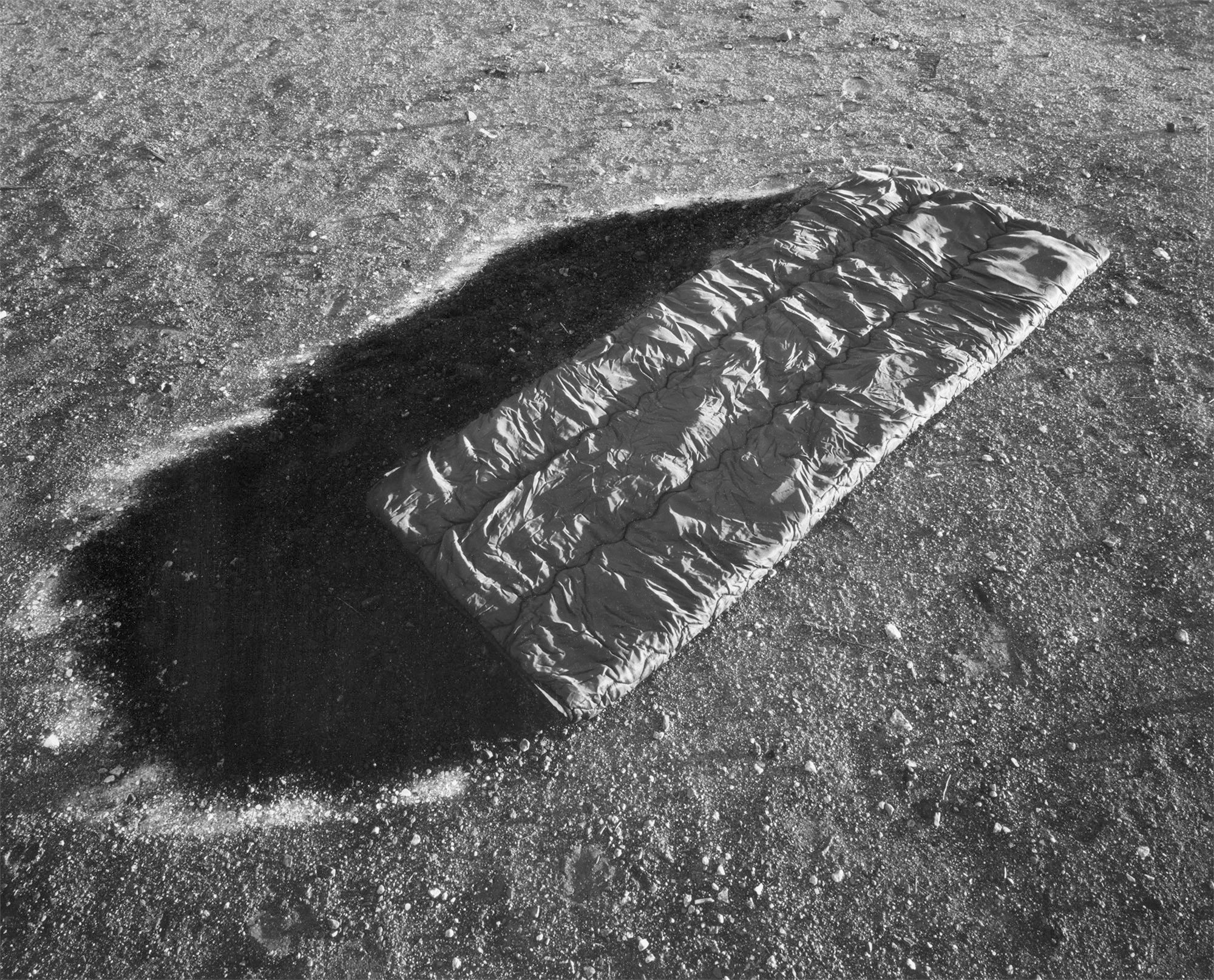
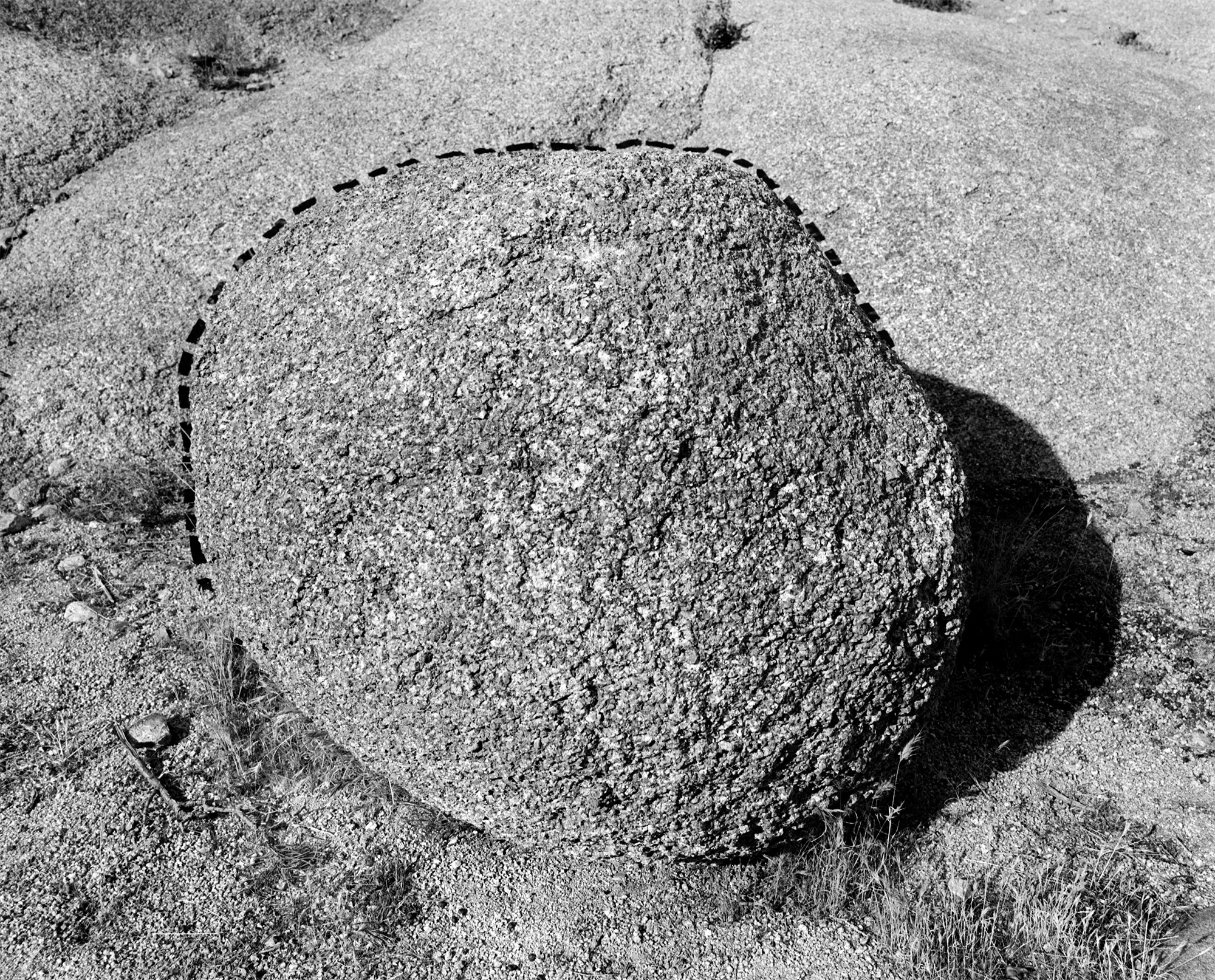
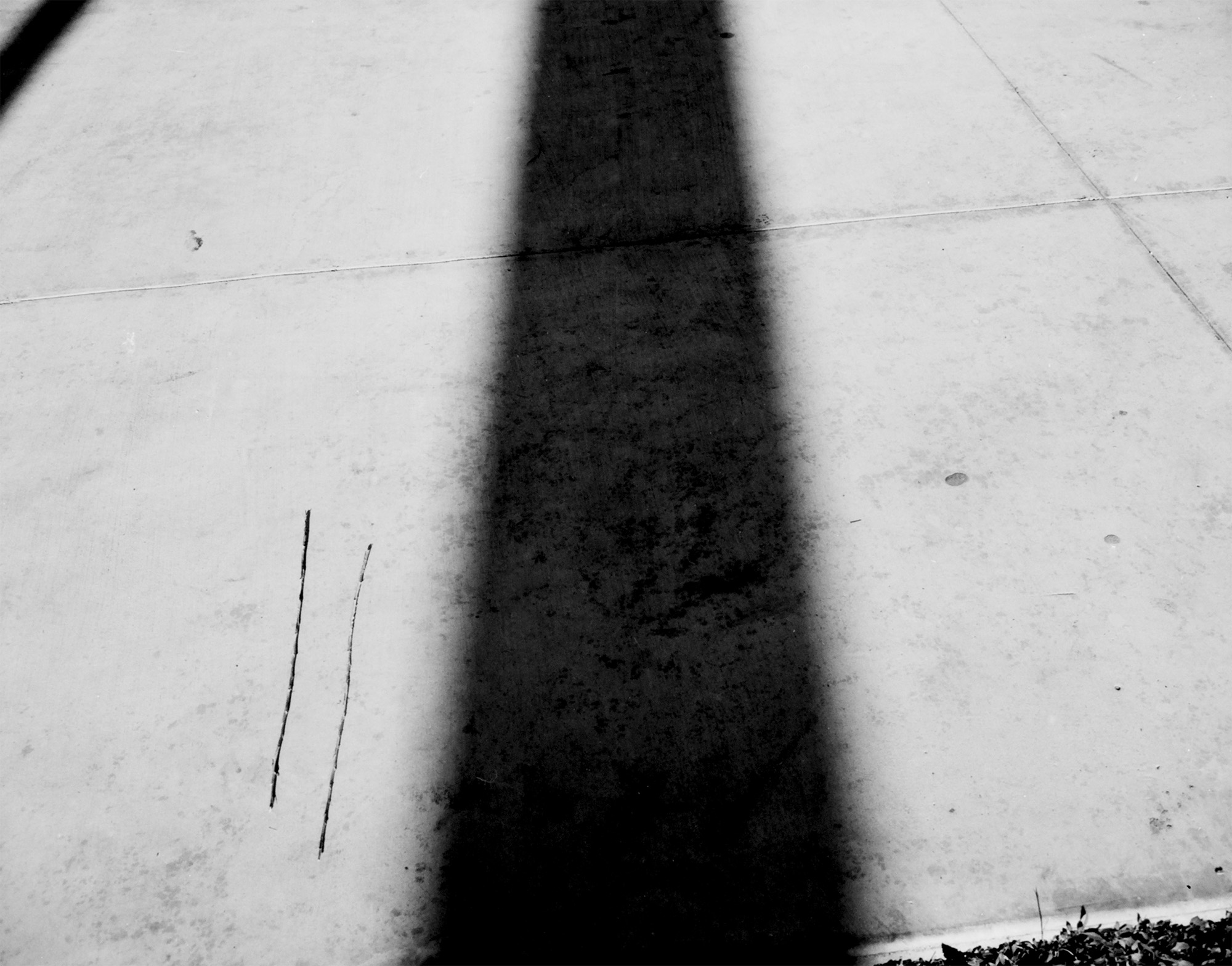
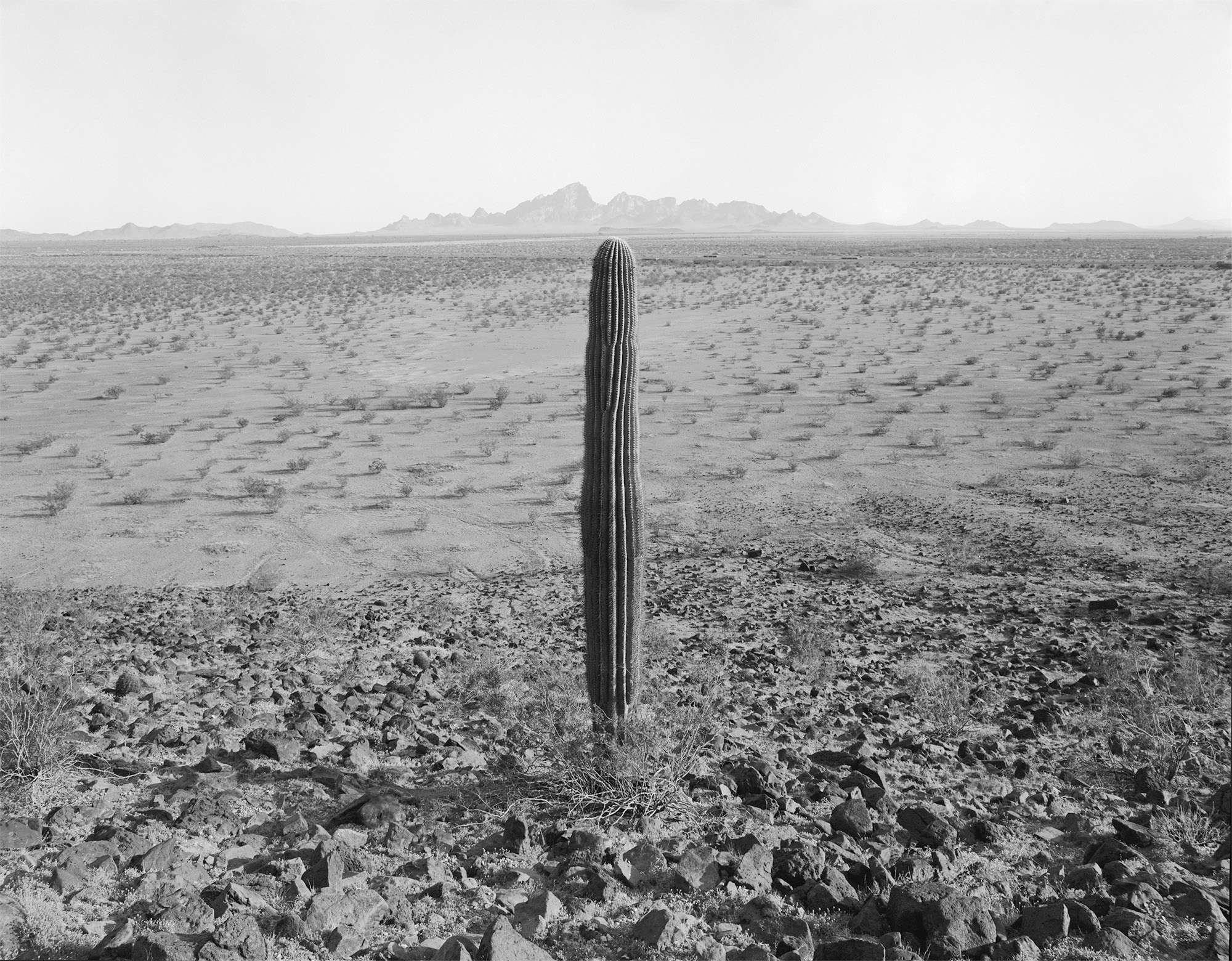
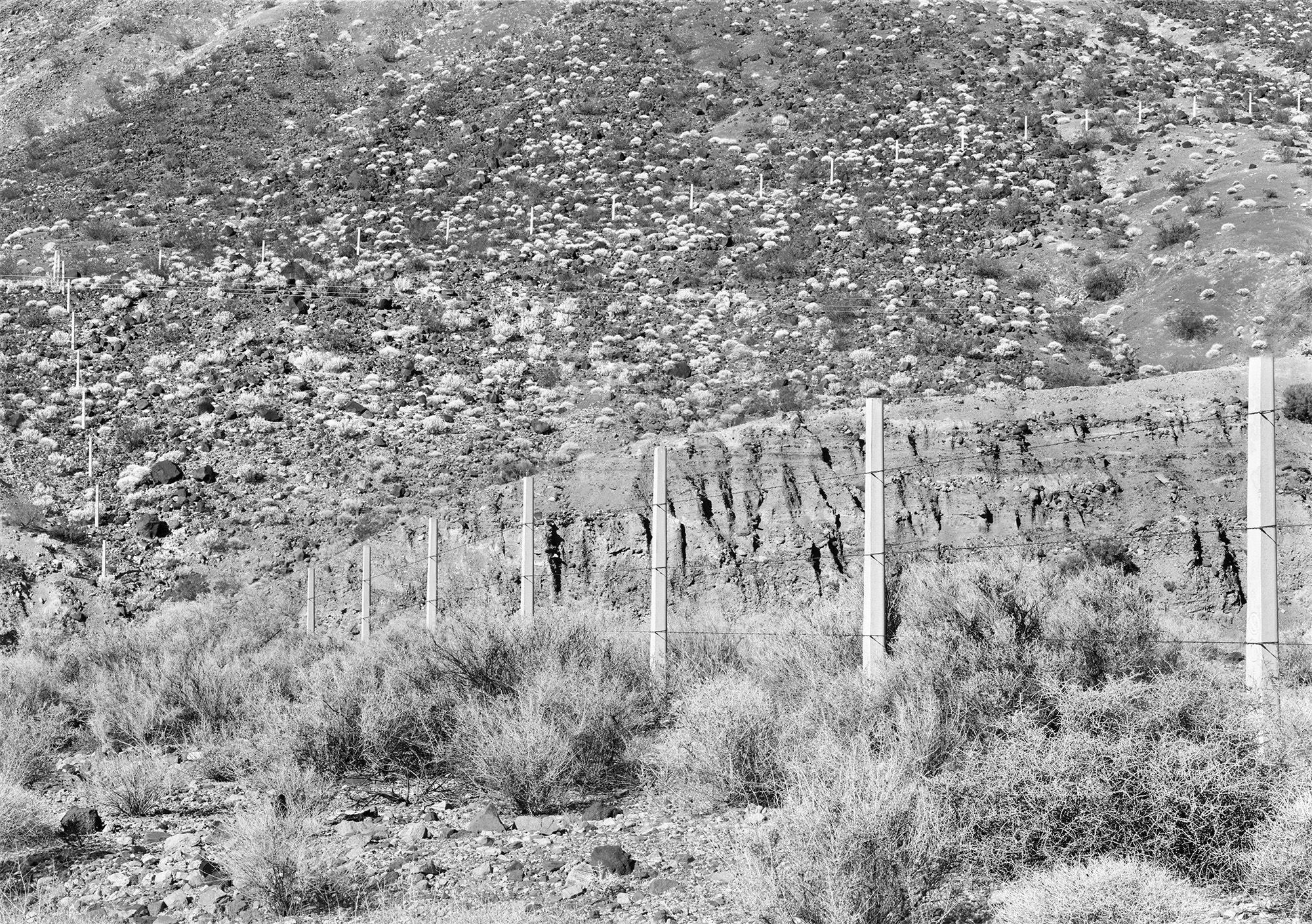
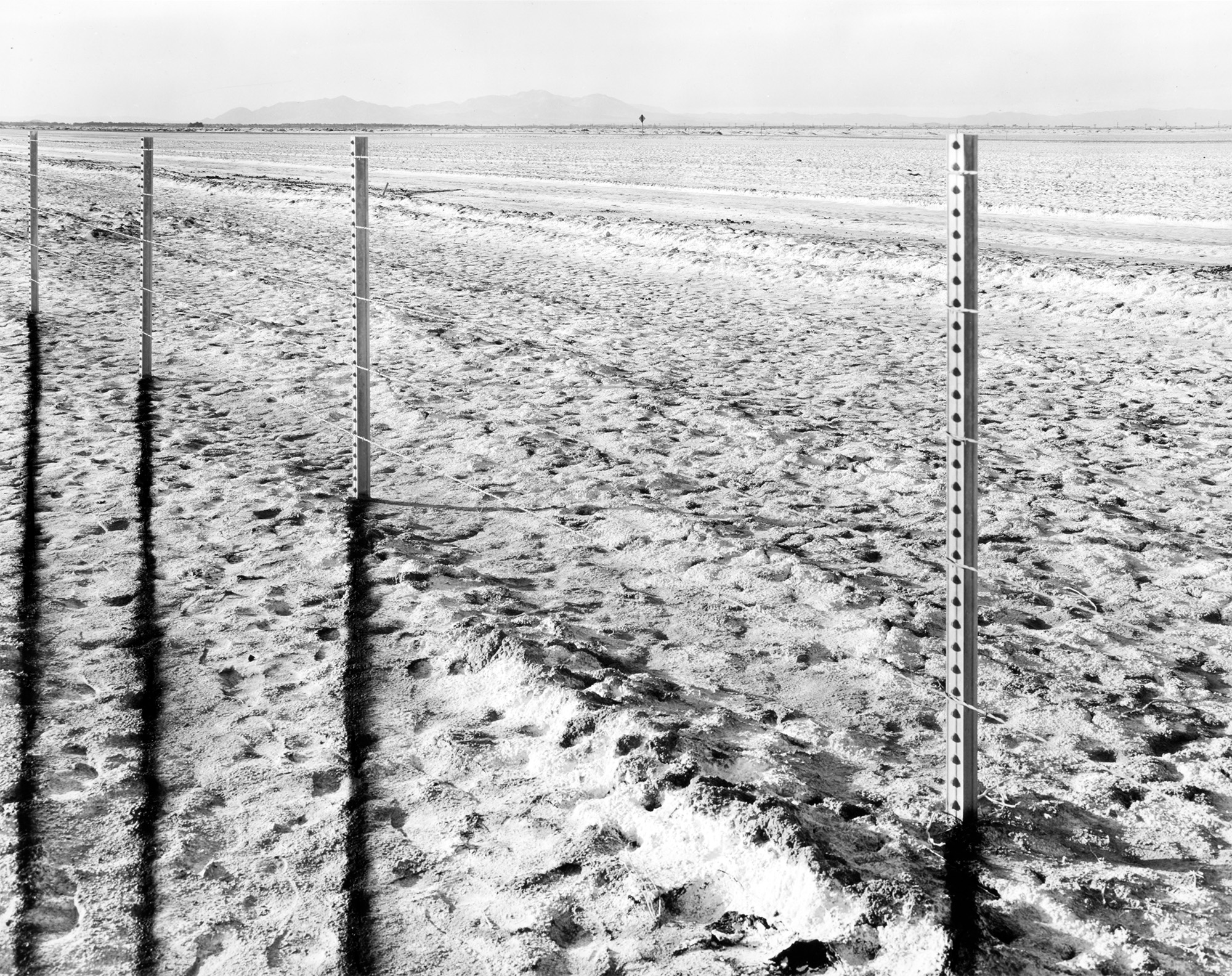
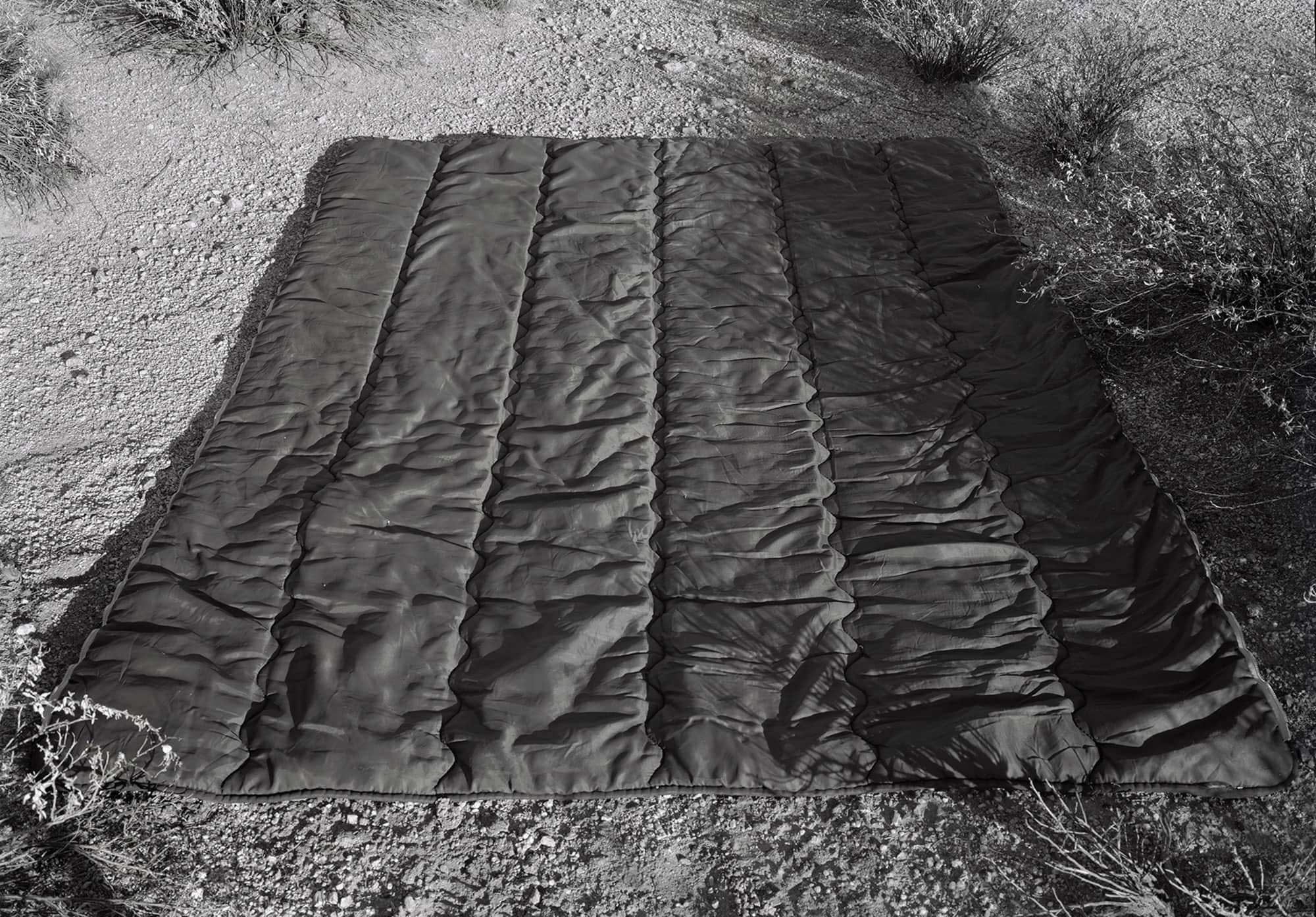
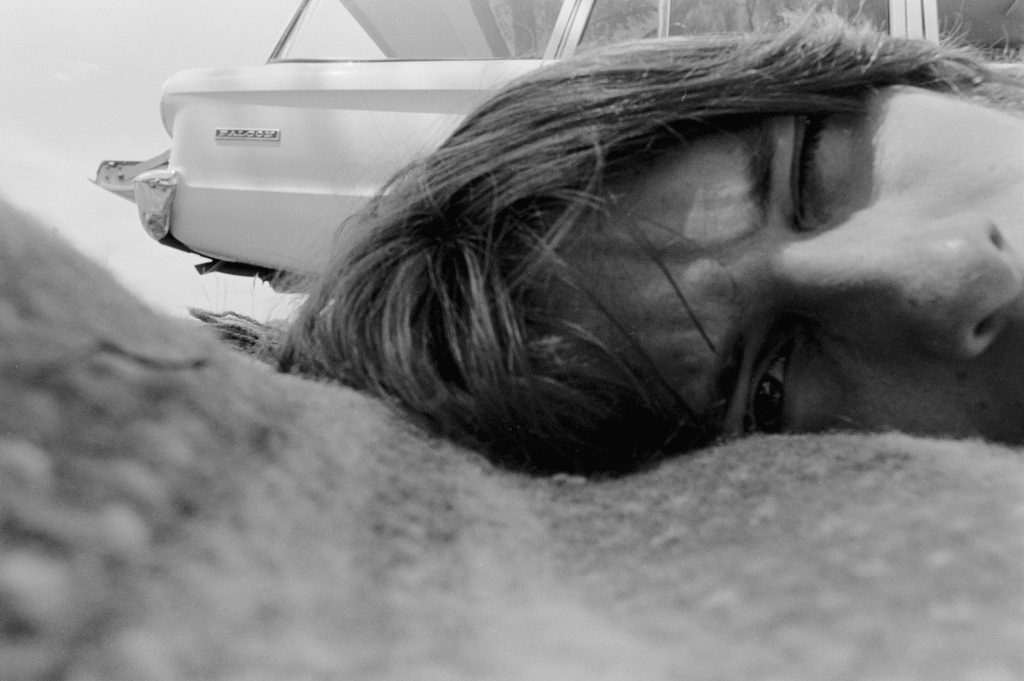
Biography
Graham Howe was born in Sydney in 1950 and received his Master of Fine Arts degree, majoring in Photography, from the University of California, Los Angeles in 1979 – studying with Robert Heinecken—as well as his Diploma of Art & Design—Photography, Film and Art History, (Hons) in 1971, from Prahran College of Advanced Education, Melbourne, Australia.
In 2008 a mid-career survey of his work was curated by Colin Westerbeck and exhibited at the California Museum of Photography in Riverside and commemorated by the CMP’s publication of Howe’s first monograph, Sly Conspiracies, Photographs 1968-2008. Howe’s works are included in major museum collections internationally including the Metropolitan Museum of Art, New York, J. Paul Getty Museum, Los Angeles, the Los Angeles County Museum of Art (LACMA), the National Gallery of Australia, Canberra, the Bibliothèque nationale de France, Paris and the Victoria and Albert Museum, London. Howe is a recipient of a National Endowment for the Arts Photography Fellowship and a Ford Foundation grant.
Howe is mostly recognized as a photo-curator, art writer and photo-historian. In 1972 he was one of the first employees of the Photographers’ Gallery, London, in 1973 a research assistant at The Royal Photographic Society, London, and later that year he became the founding Director of The Australian Centre for Photography, Sydney. In 1976 Howe became curator for Graham Nash Collection and in 1984 he was a visiting curator the Museum of Contemporary Art, Los Angeles (MOCA). In 1987 he founded Curatorial, an arts organization specializing in traveling art exhibitions and museum services. Howe is the biographer of photographers E.O. Hoppé and Paul Outerbridge and has written numerous essays and has many published books on photographic art.
Graham Howe: Sly Conspiracies: Photographs 1968-2008 – Curated by Colin Westerbeck
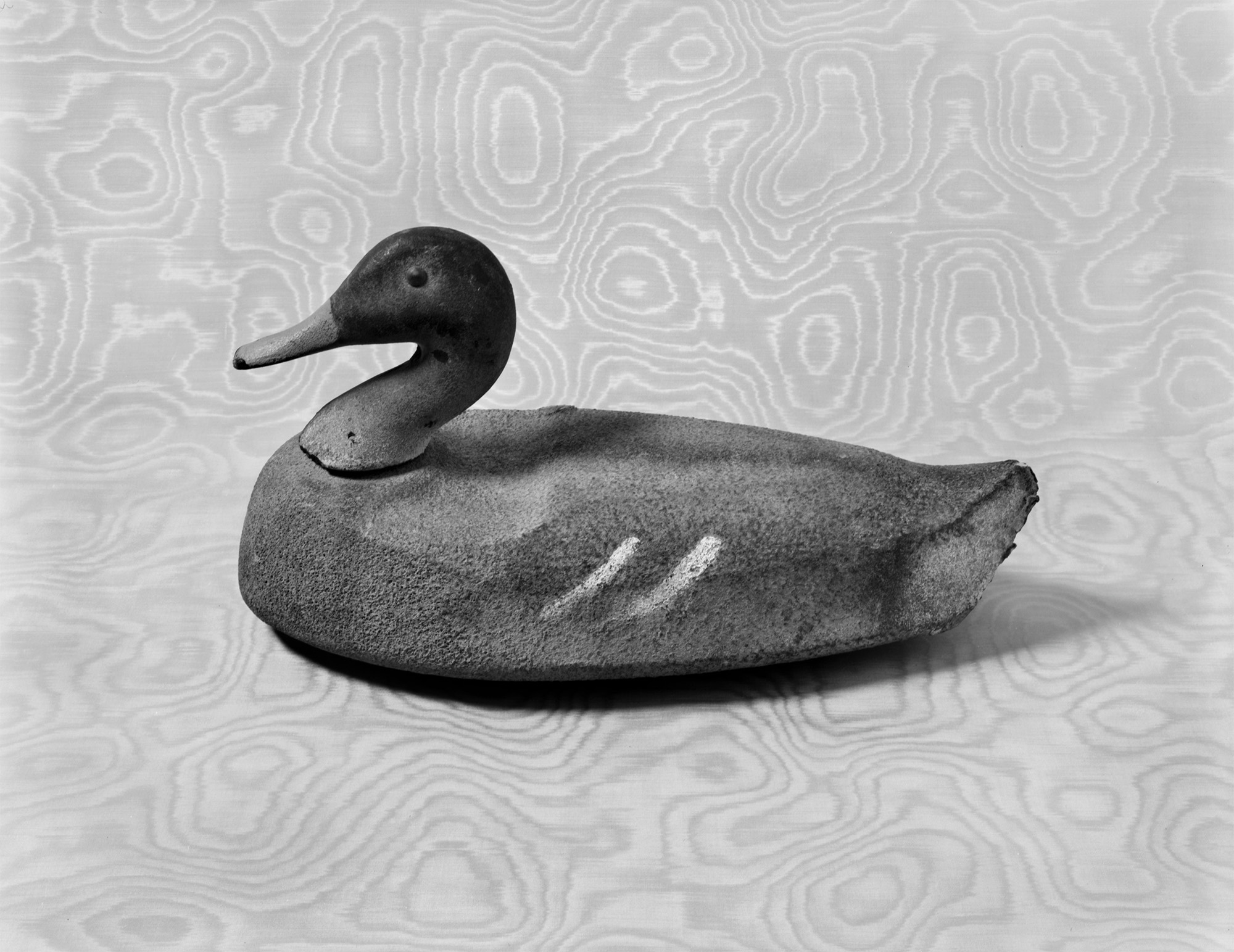
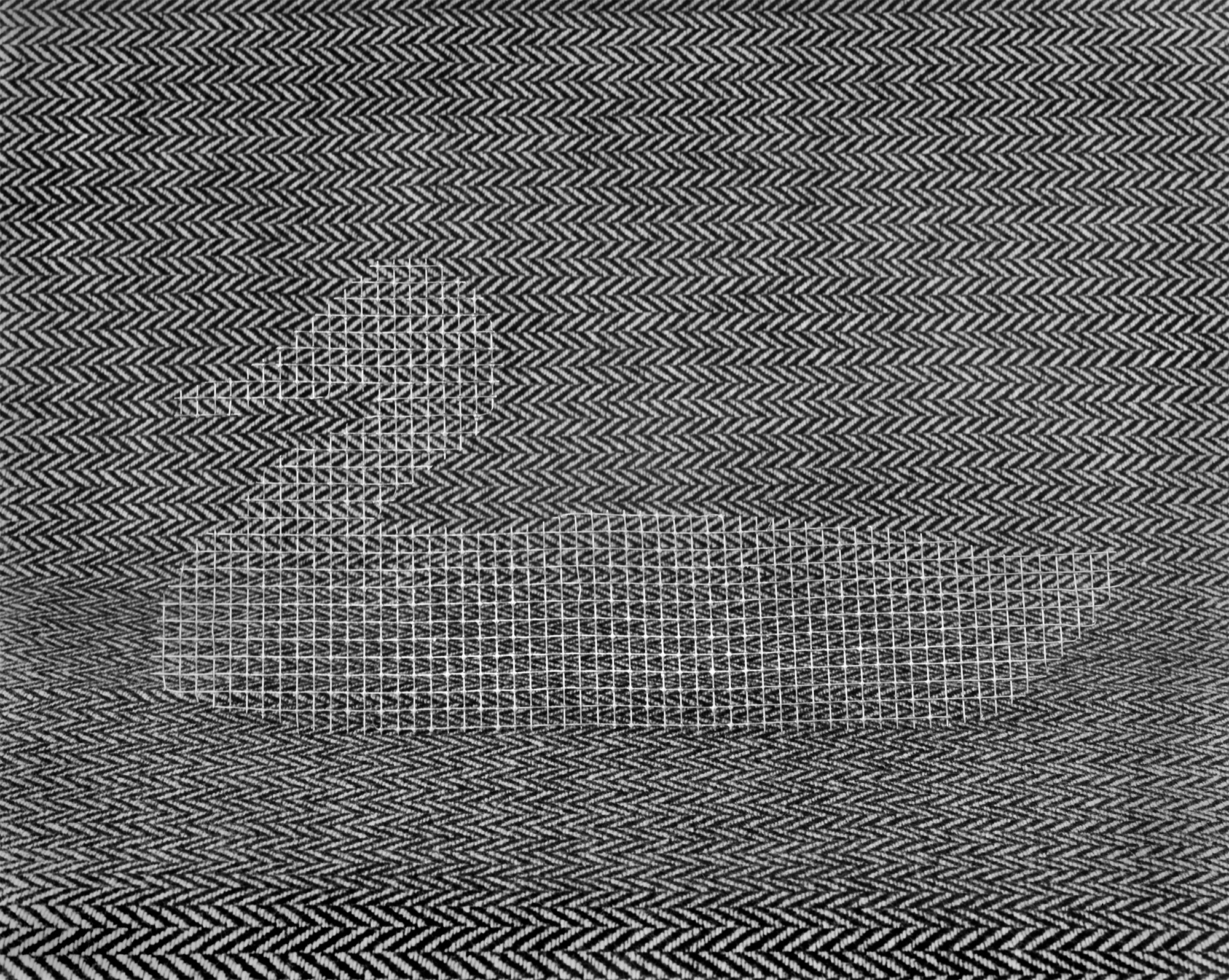
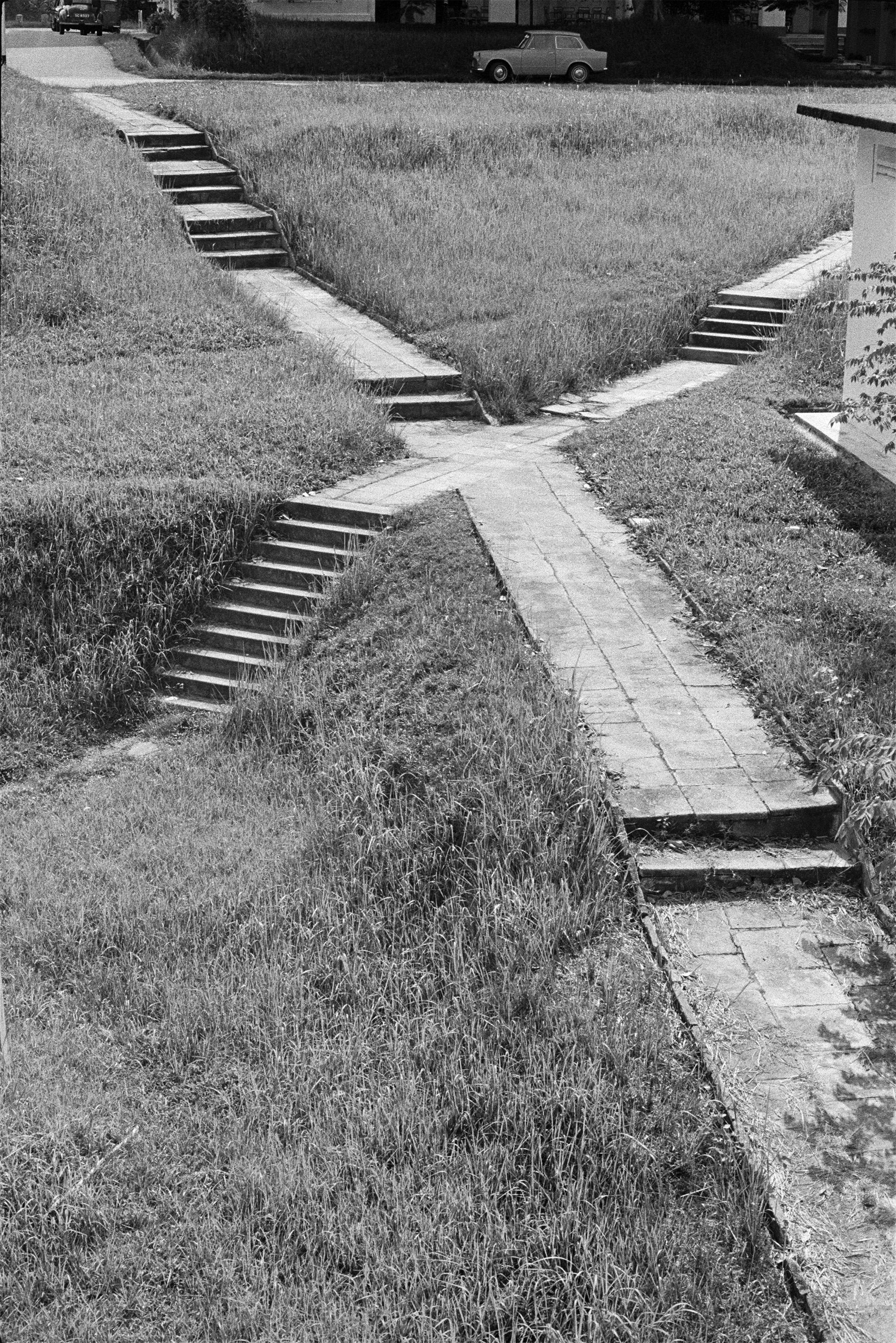
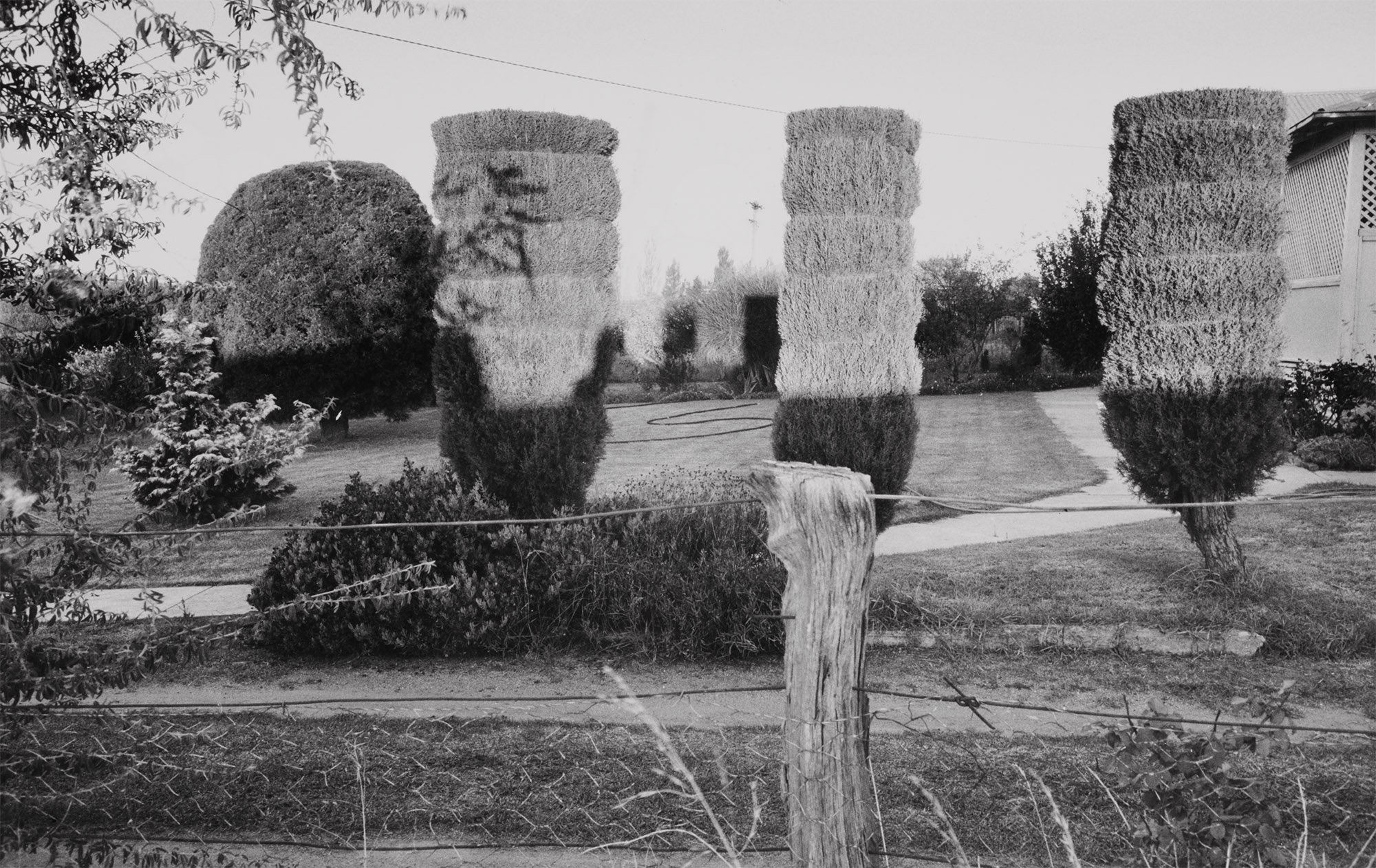
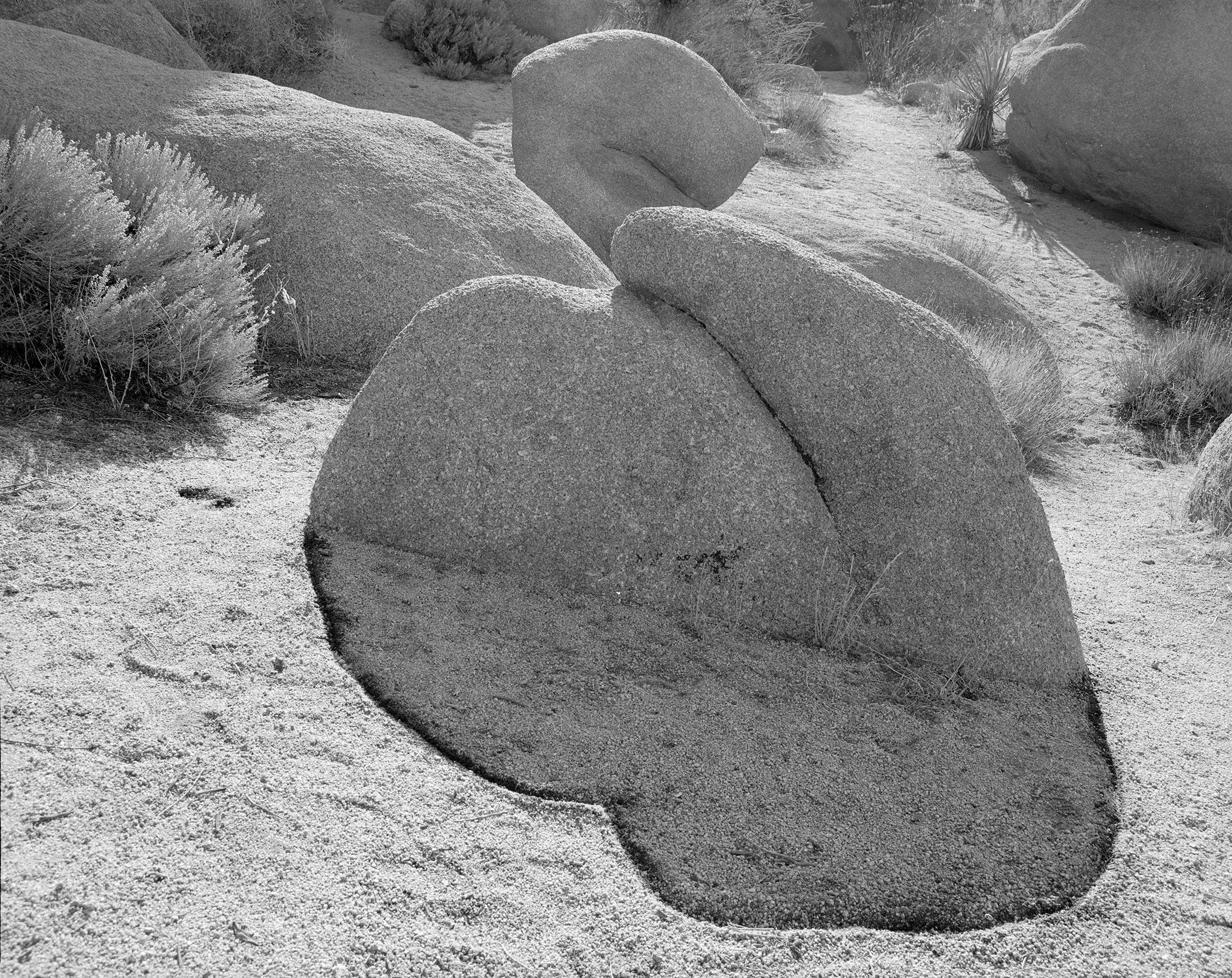
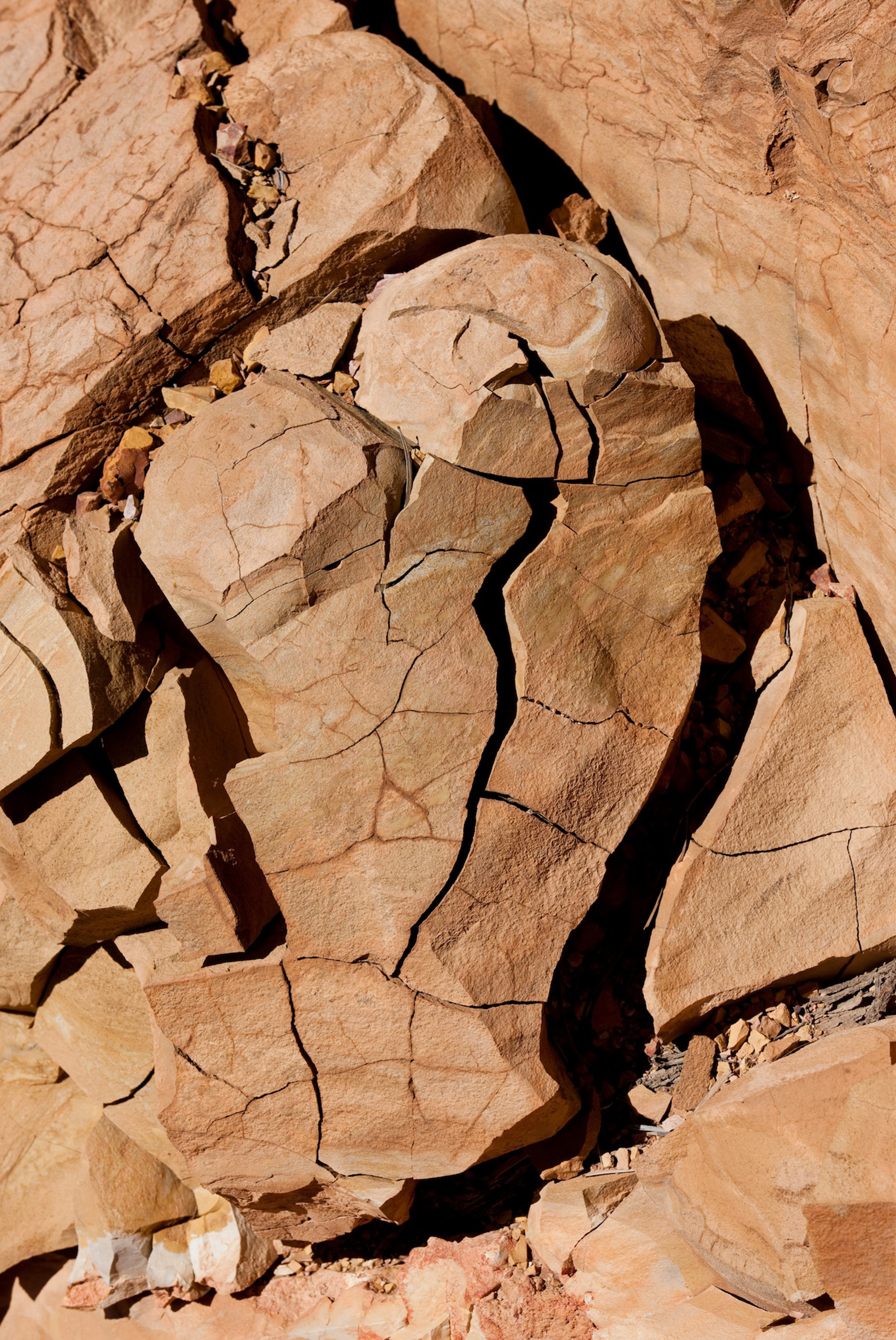
American Freeway, 1975-1981
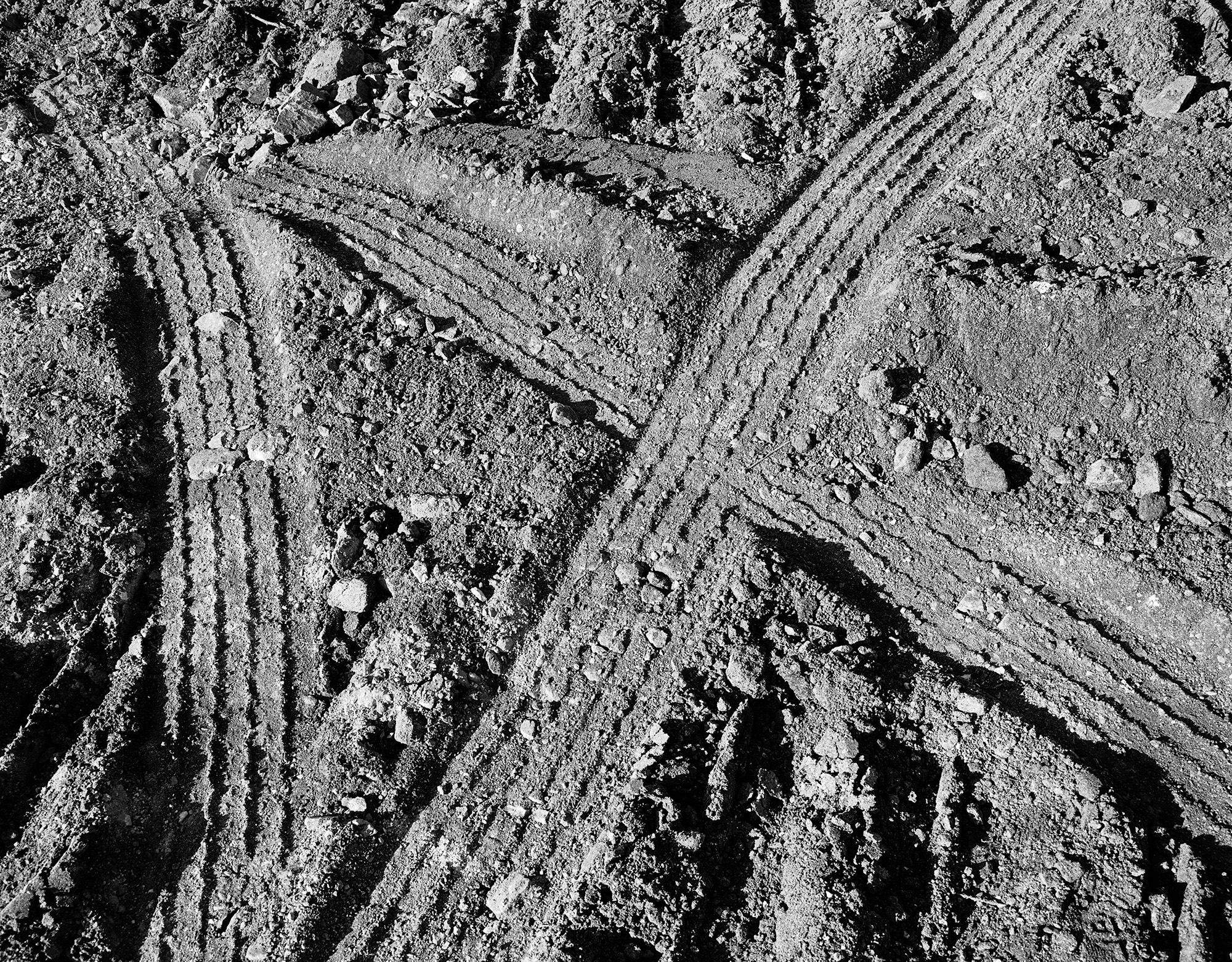
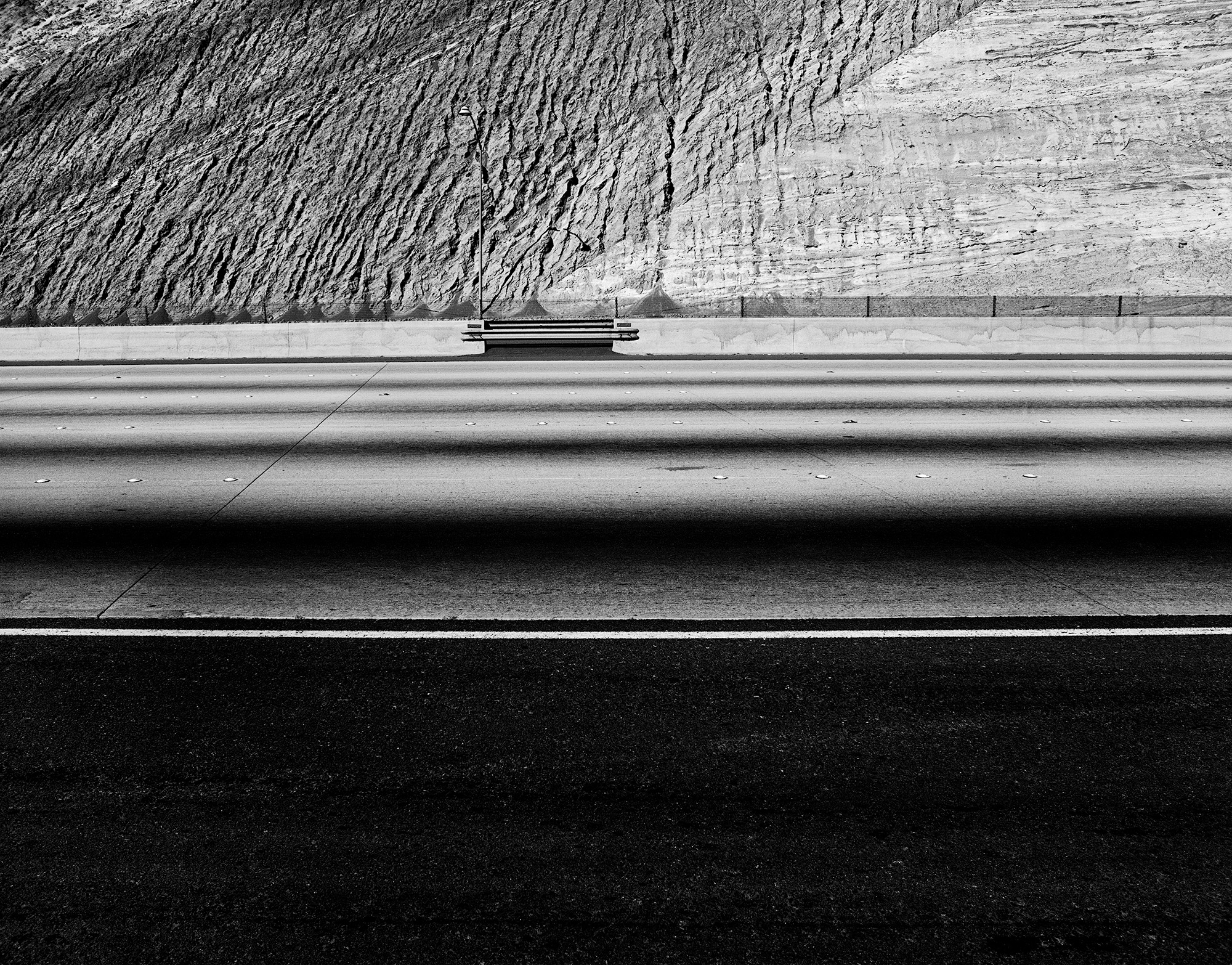
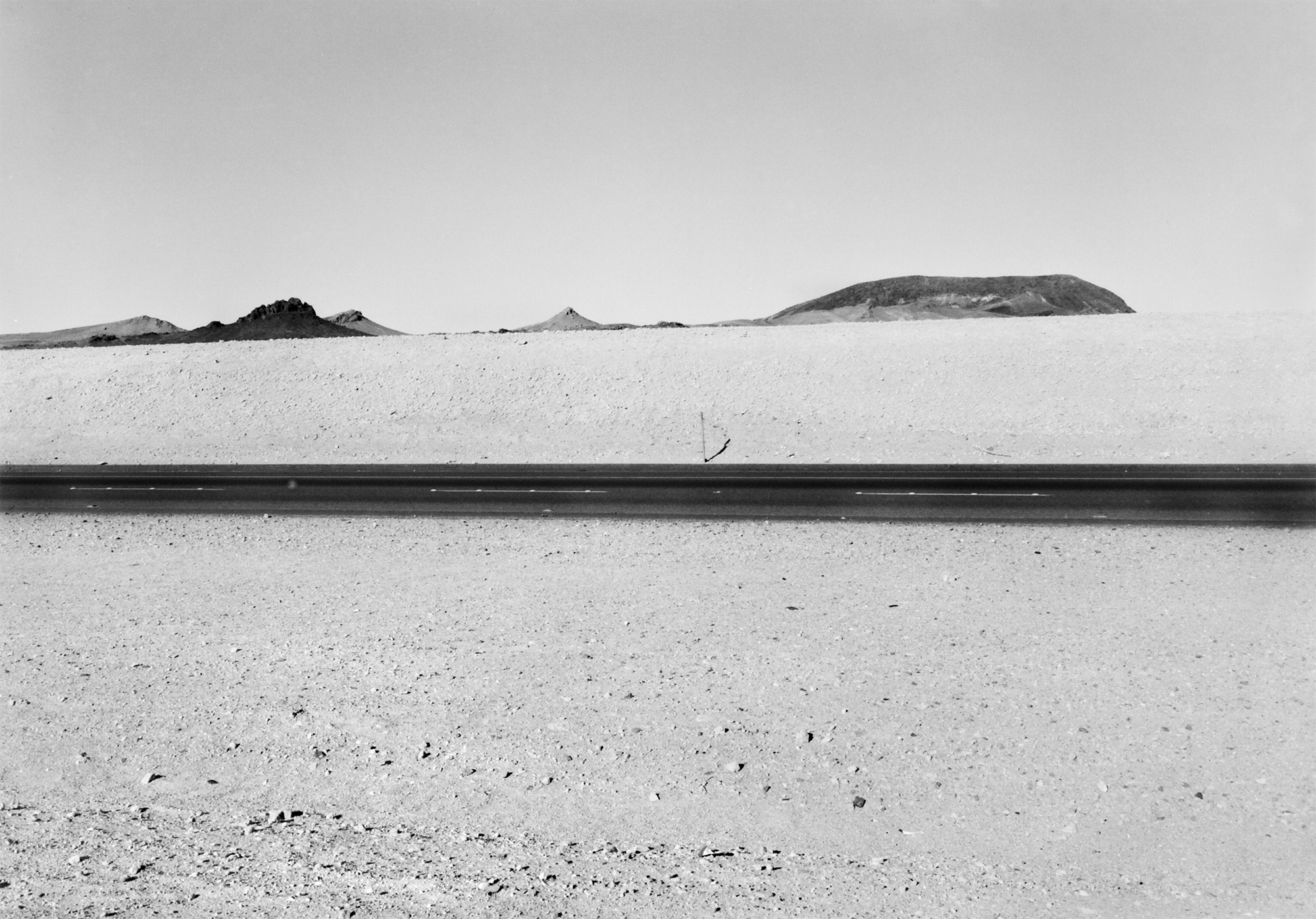
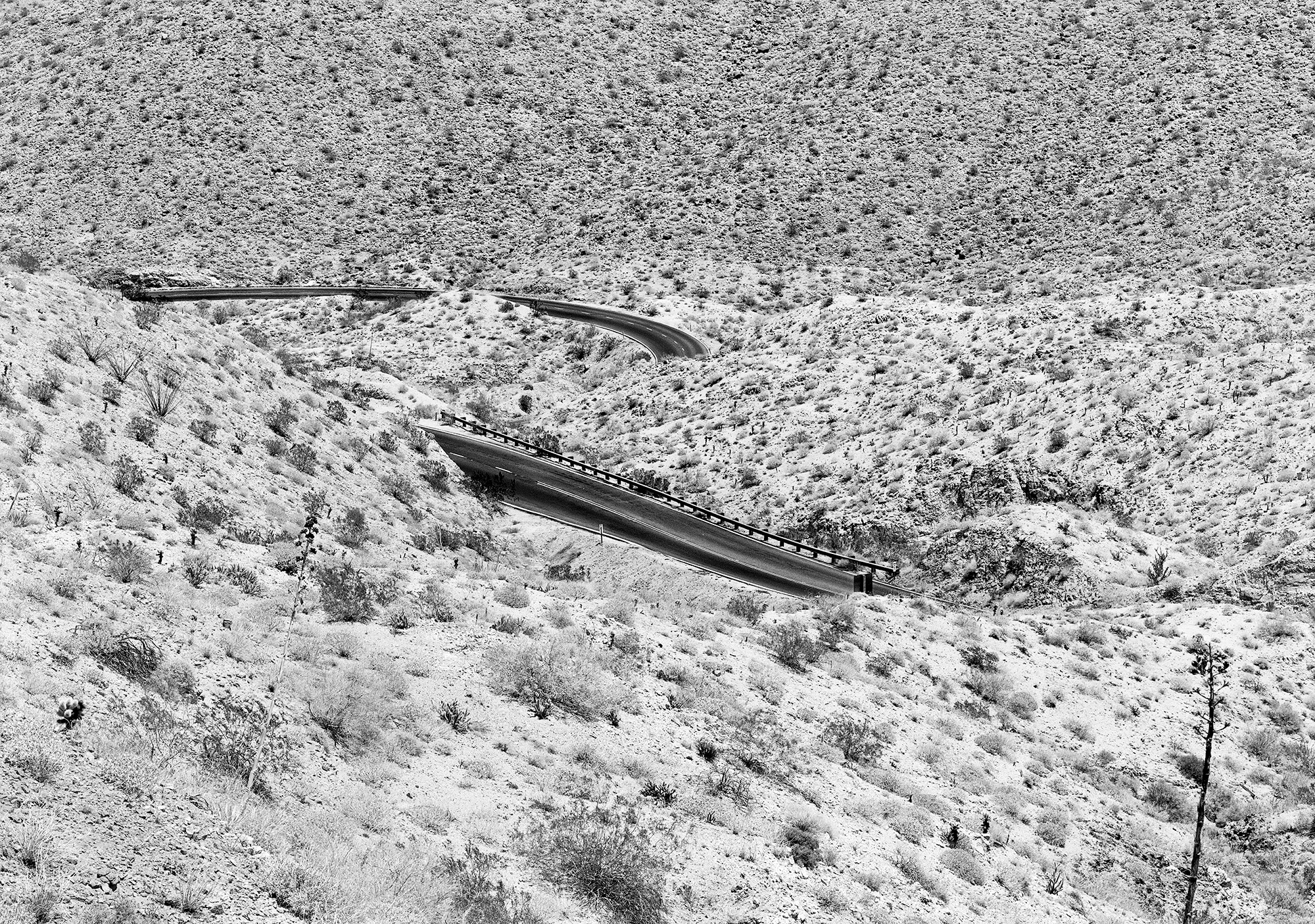
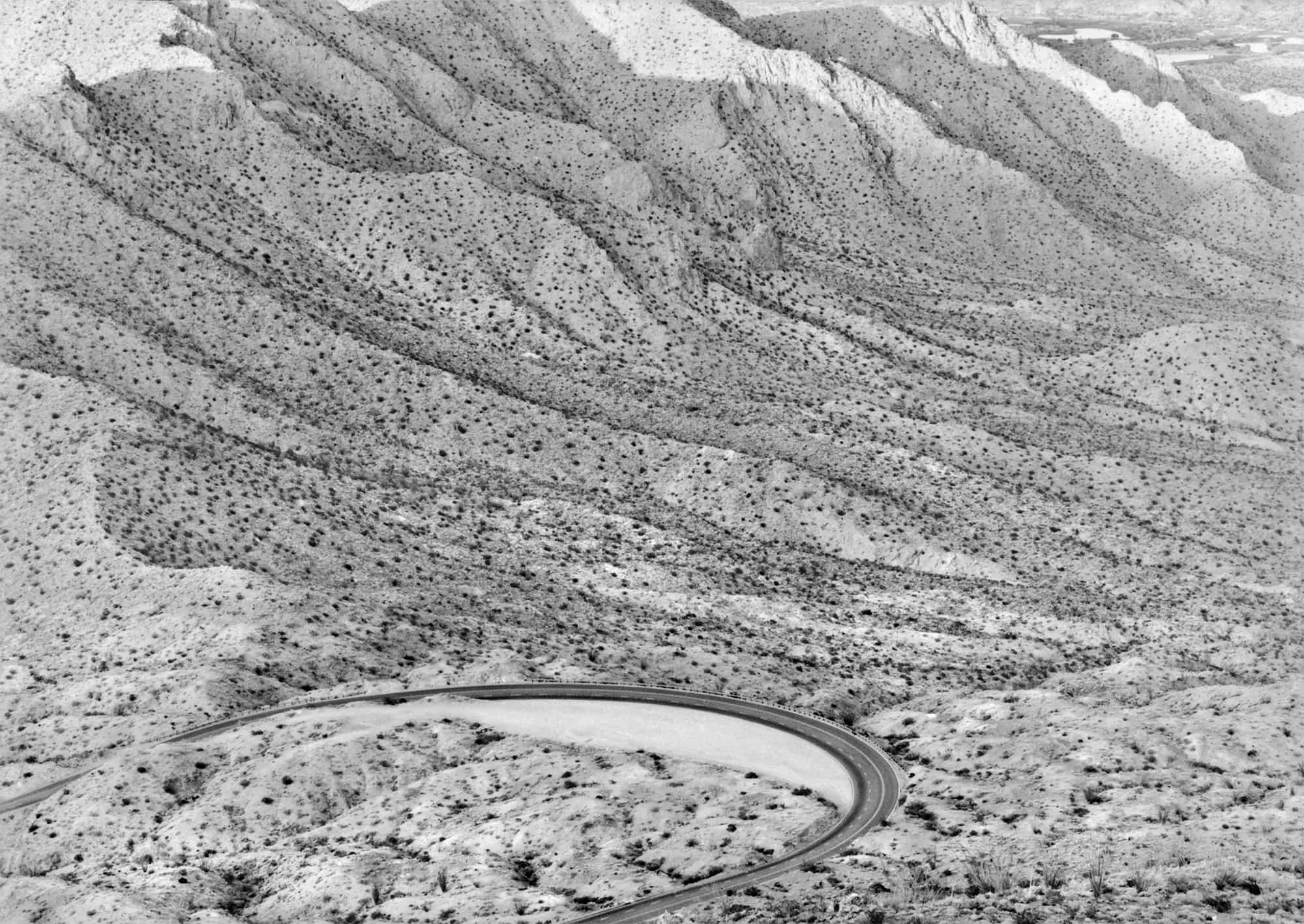
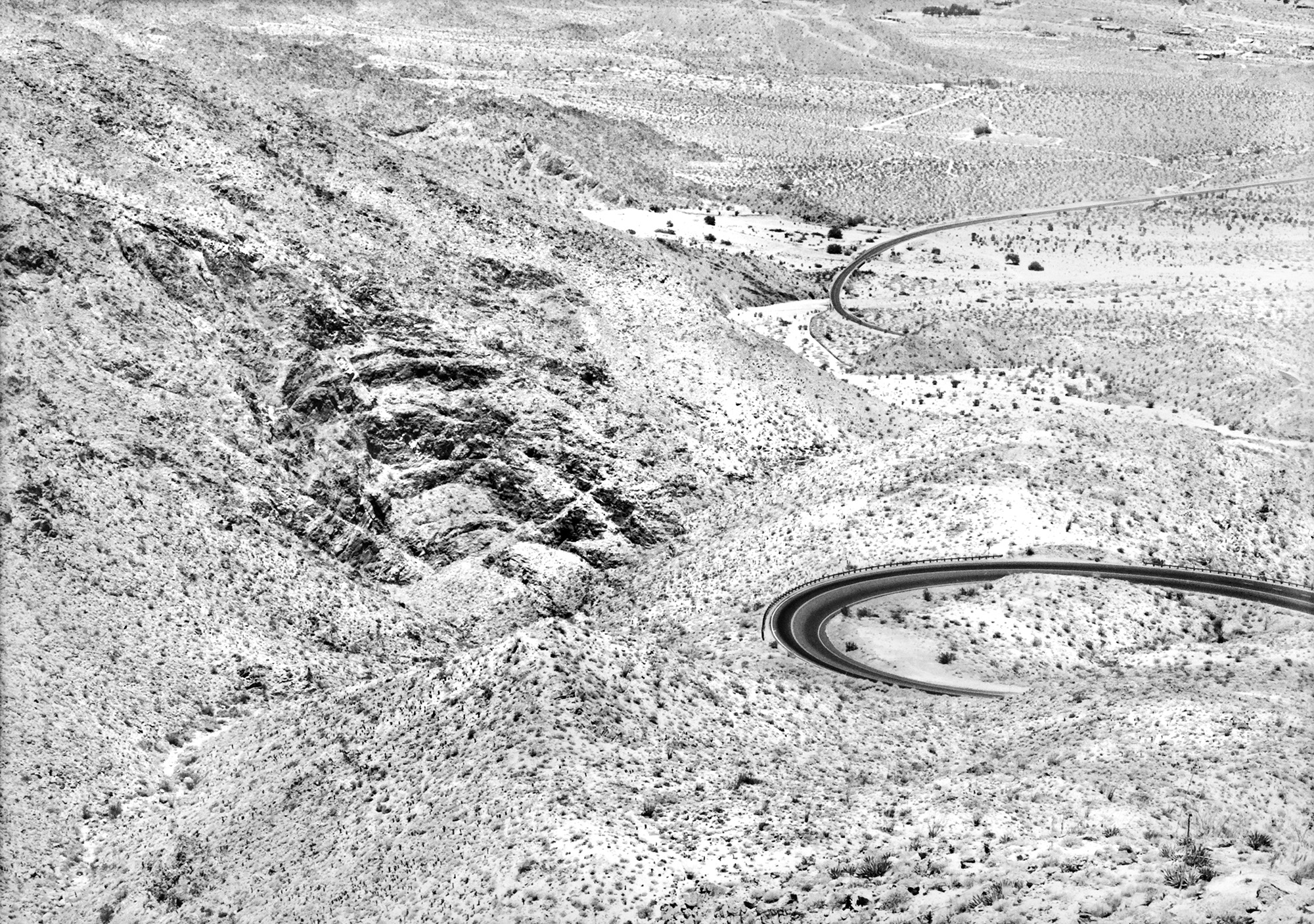
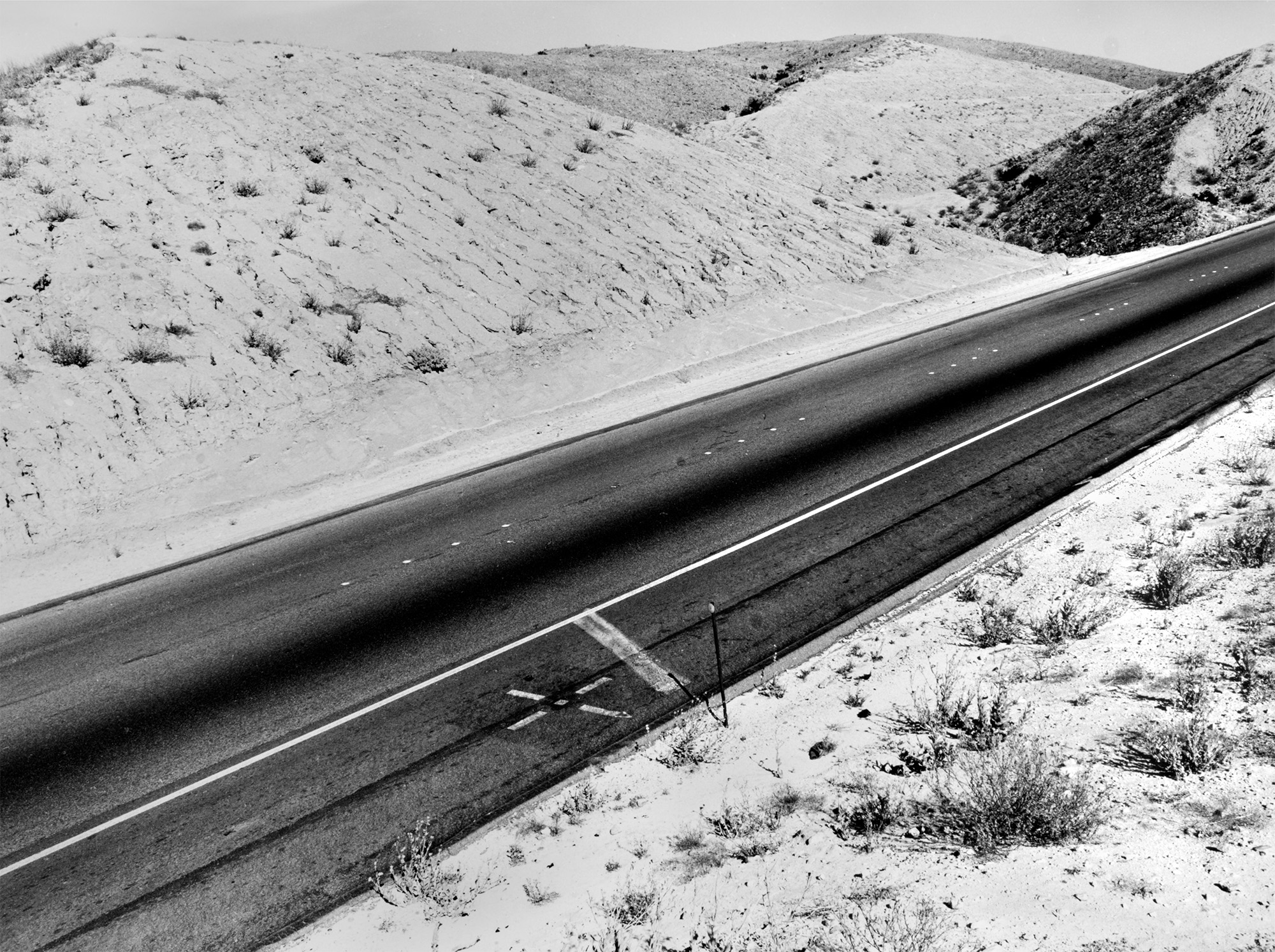
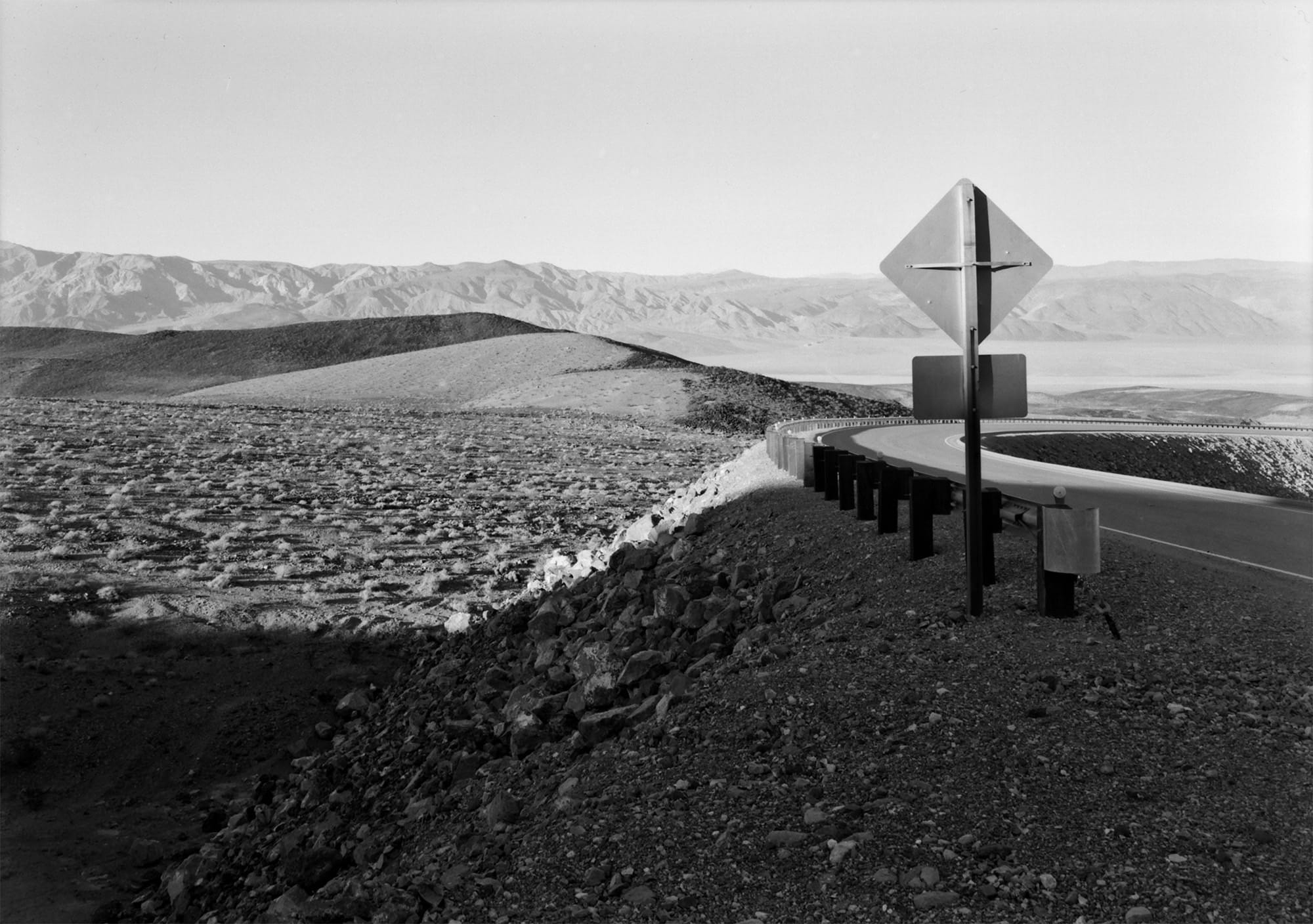
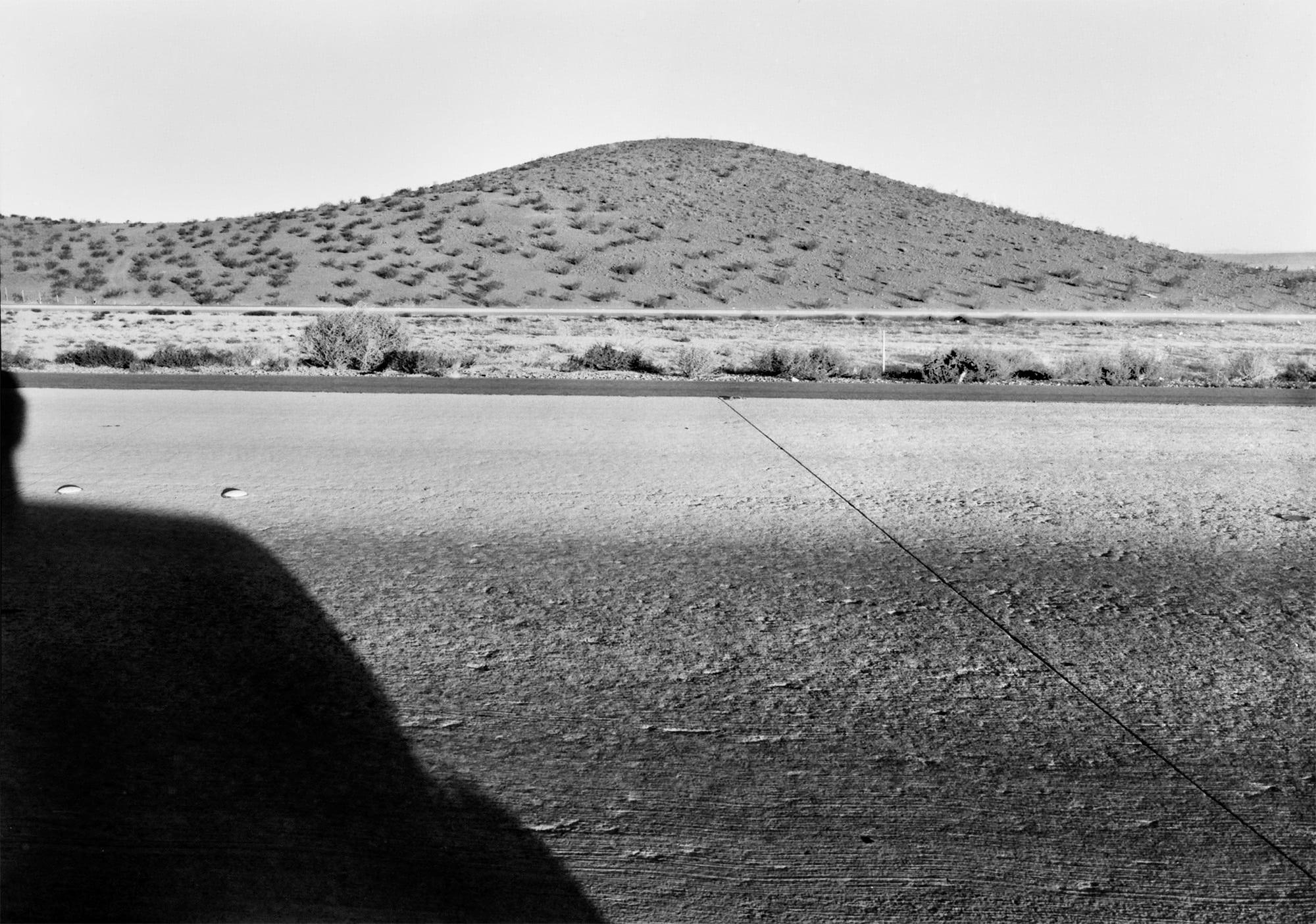
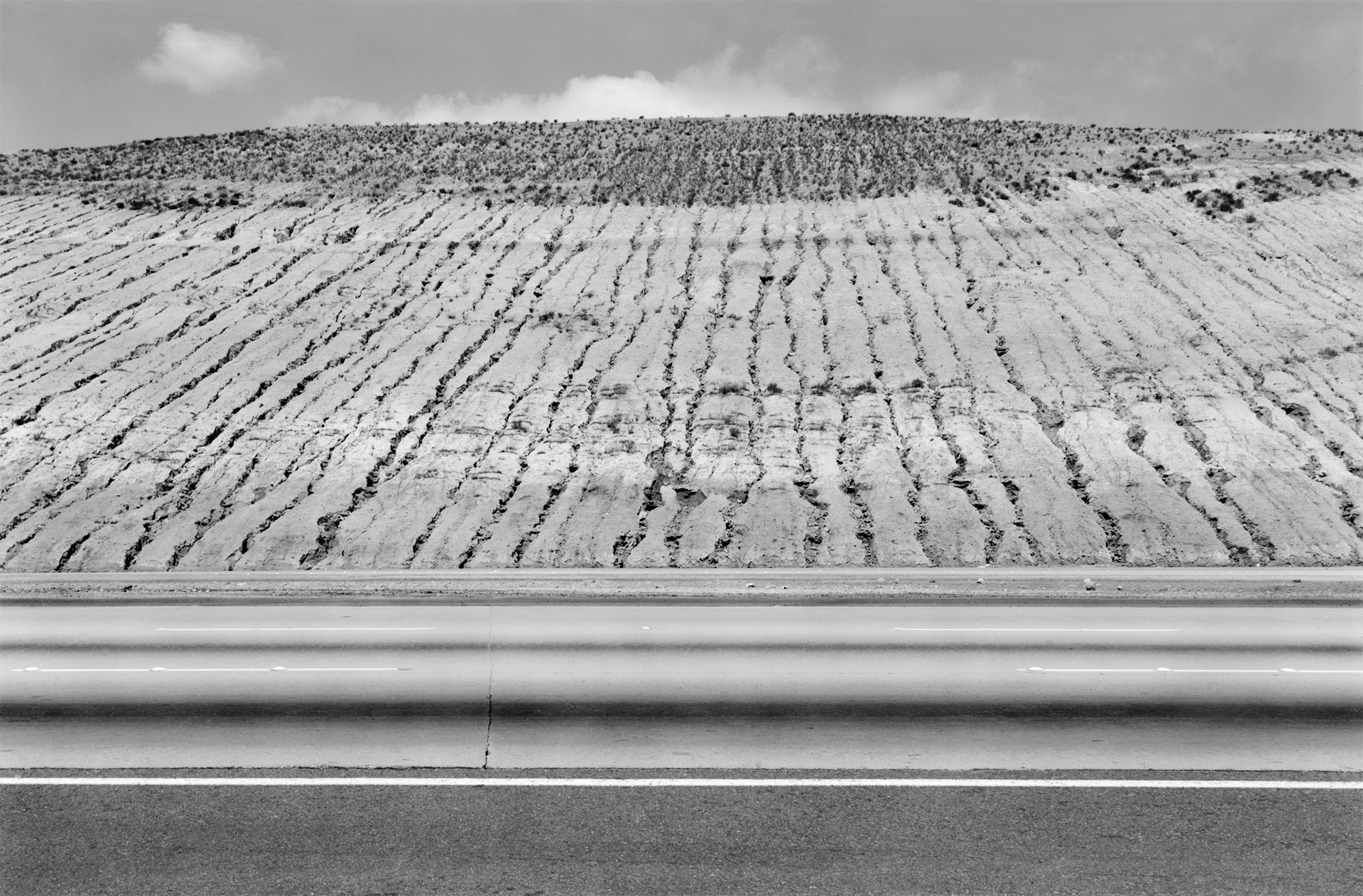
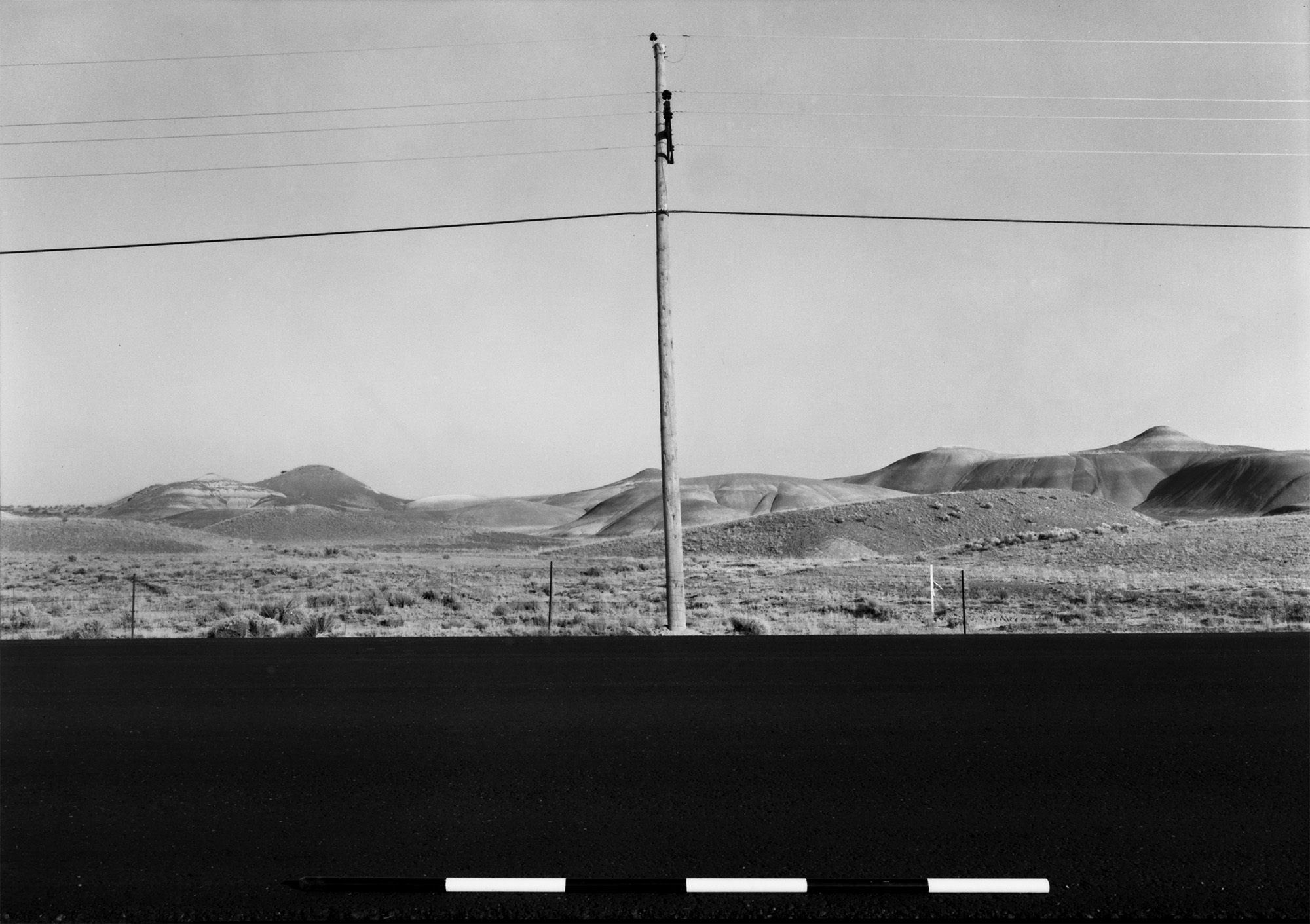
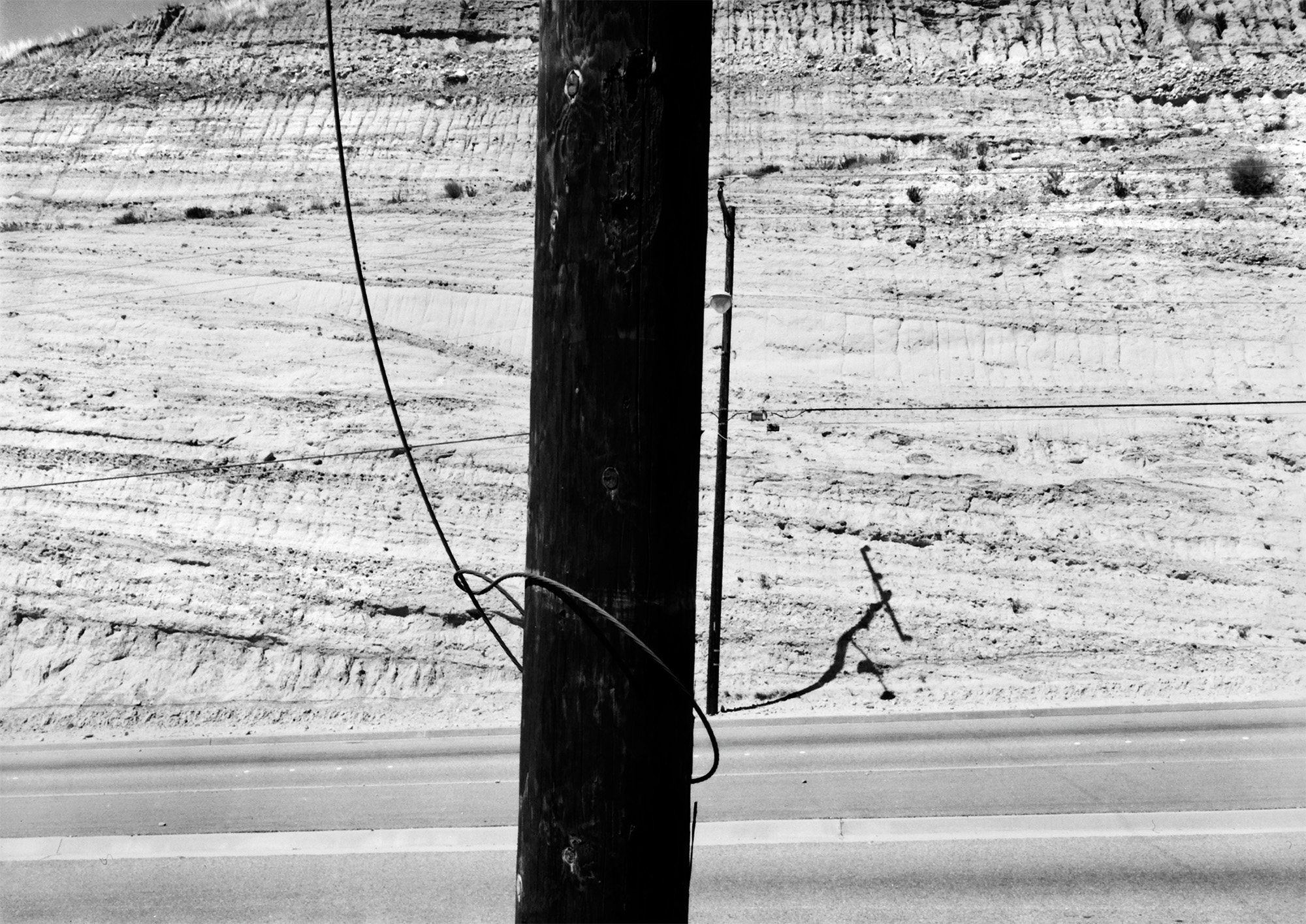
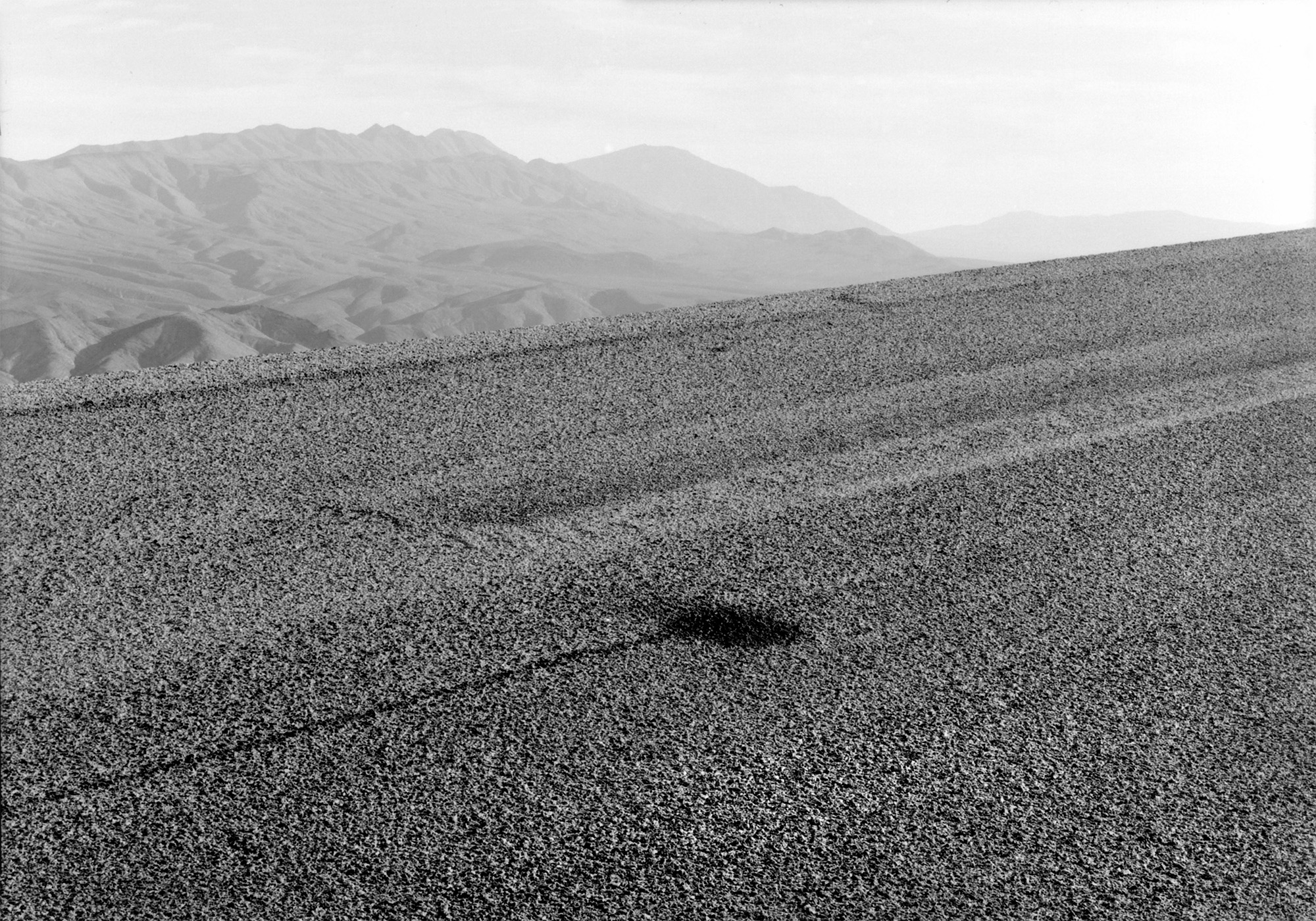
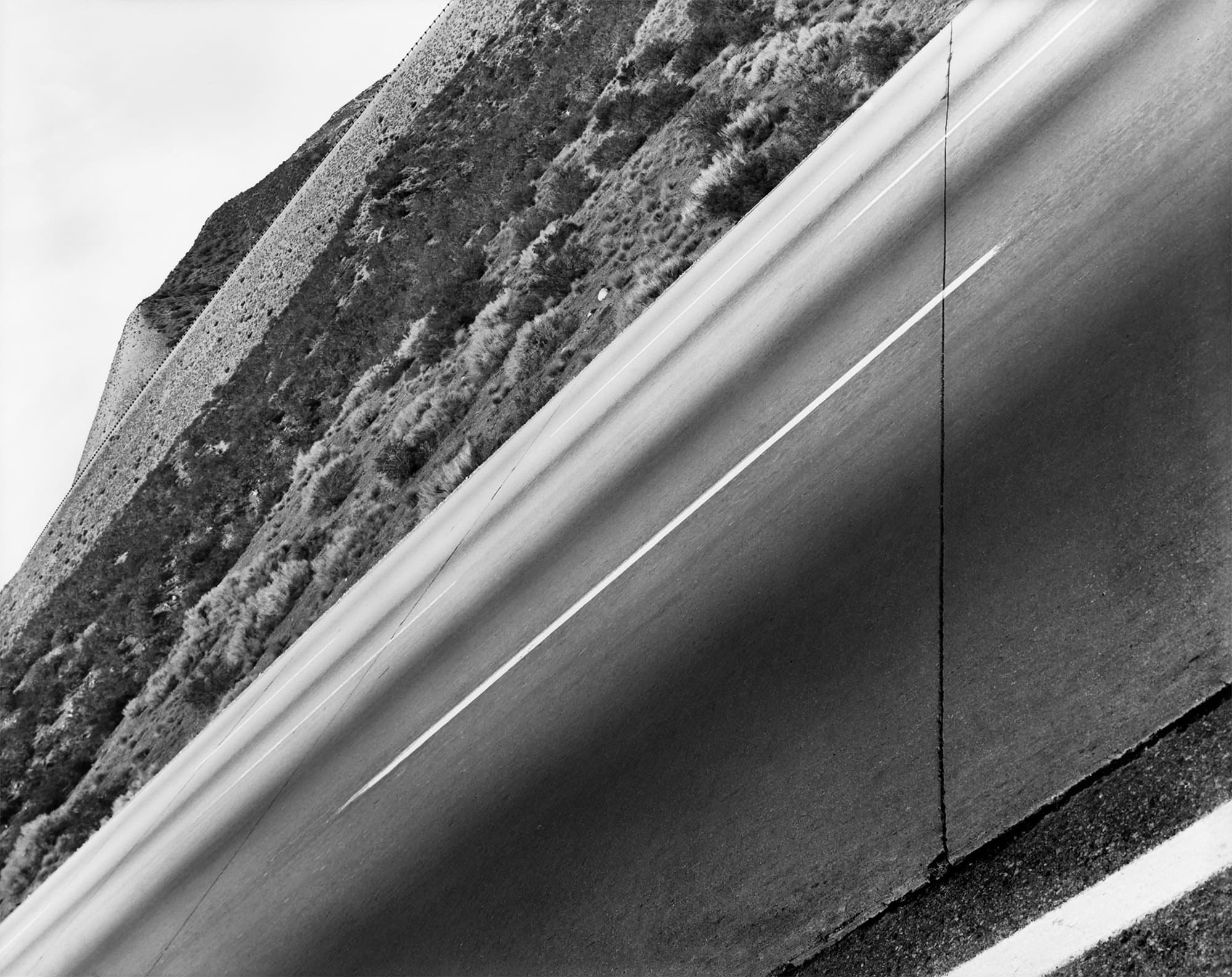
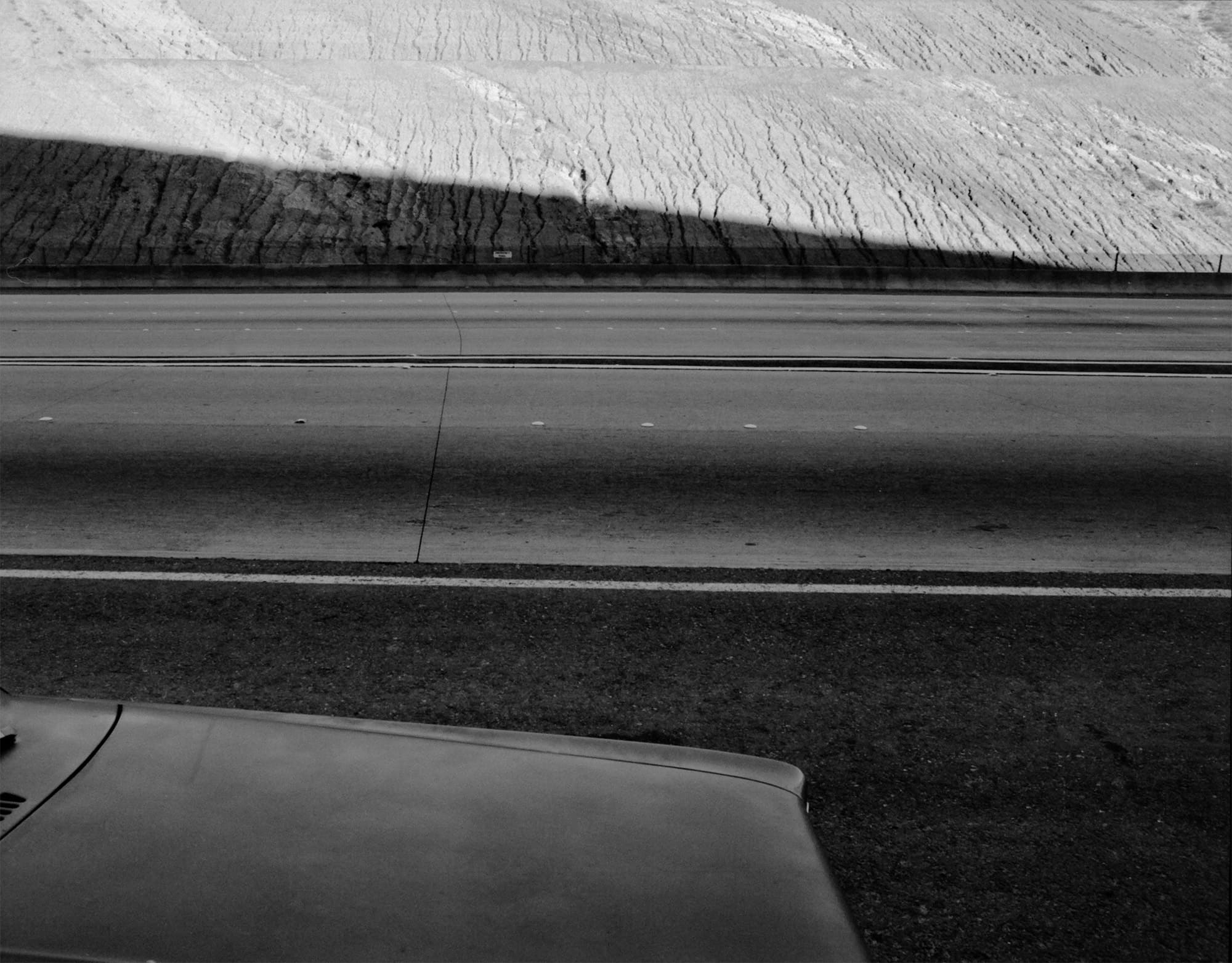
“In mid-1975 when I left Sydney to visit the United States I landed first in New York. Then over several months I zig-zagged my way by car across the country from East to West. By September I found myself driving into Los Angeles on Interstate 10 in awe of the superb engineering of the freeway system itself. Reminiscent of America’s 19th century railroad engineering, these wide unimpeded throughways for motor vehicles were carved into the landscape, pushing though hills and flats, penetrating multi-lane arteries across vast distances. Here, more than anywhere else, it felt as if this was a country where one could really go places.
“The freeways followed strict function but I thought of them as exquisite sculptural forms and made them the subjects of my black-and-white photographs. Their ambiguous form caught in the raking California light made me think of abstract painting that is at once flat and dimensional.
“In 1976 I moved to Los Angeles to take up graduate studies in painting, sculpture and graphic arts at UCLA. As part of my work I regularly took to the local freeways, using them as an unending ribbon of subject matter. I was using 8×10 and 5×7 inch view cameras to give me the rich tones I was seeking, but I soon discovered this slow technique had a downside. As I was making my pictures almost invariably a “black and white” (poetic, huh!), or California Highway Patrol car, pulled up and stopped behind my car on the side of the freeway. When questioned by the officers I played dumb but knew they would tell me that stopping on the freeway, other than for an emergency, was illegal. Luckily I got off with only warnings for over a year. For a time, so as to reduce my chances of getting busted, I deployed a Pentax 6×7 camera as a much faster “grab and run” strategy.
“While the American freeways continue to amaze for their architectural bravado they have, in the last few decades, become much dirtier and with this have taken on reliquary quality. Now they seem to me like icons of a somewhat braver, more optimistic era.”
– Graham Howe
Gridded Still Lifes, 1977 - 1982
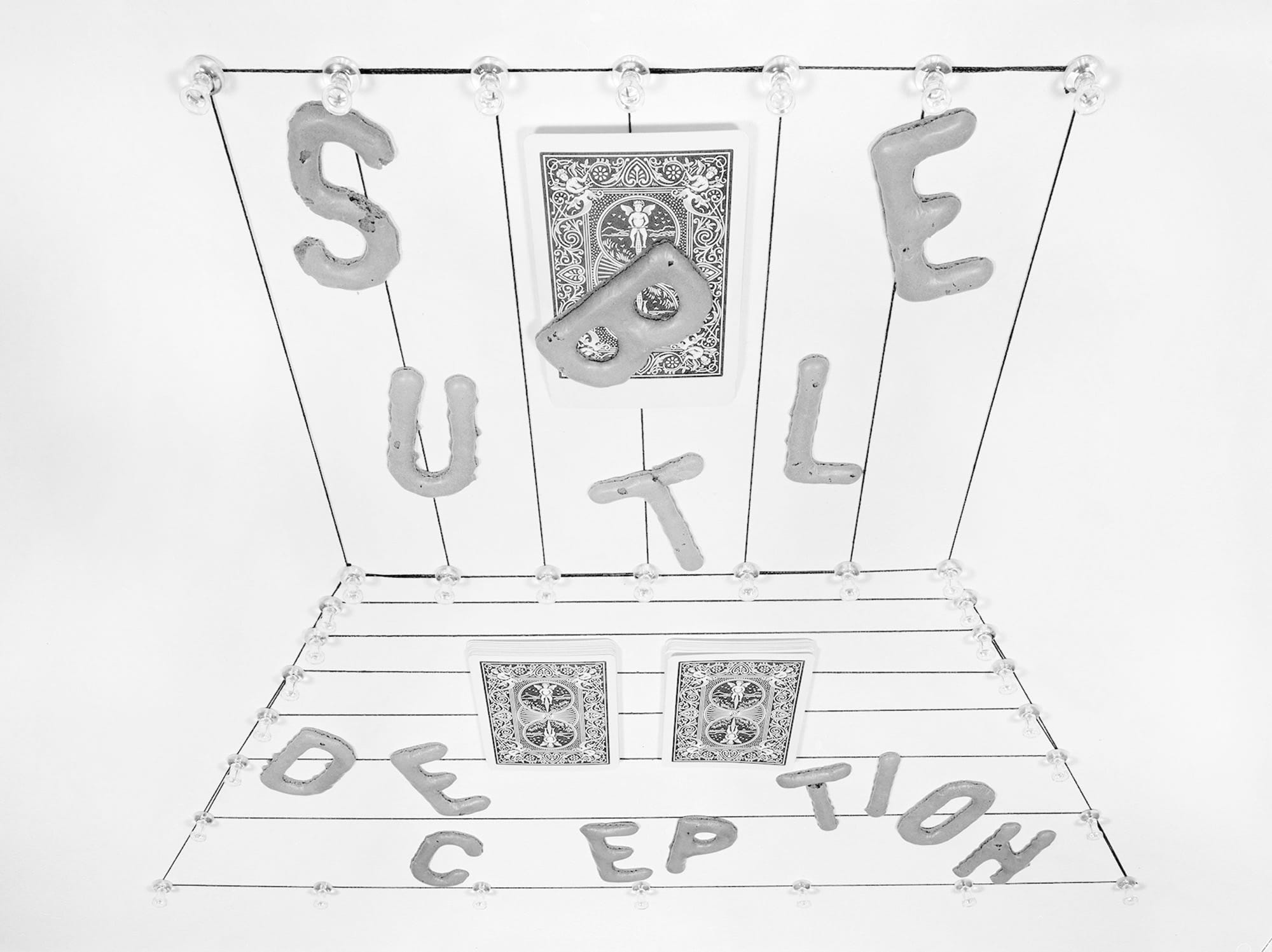
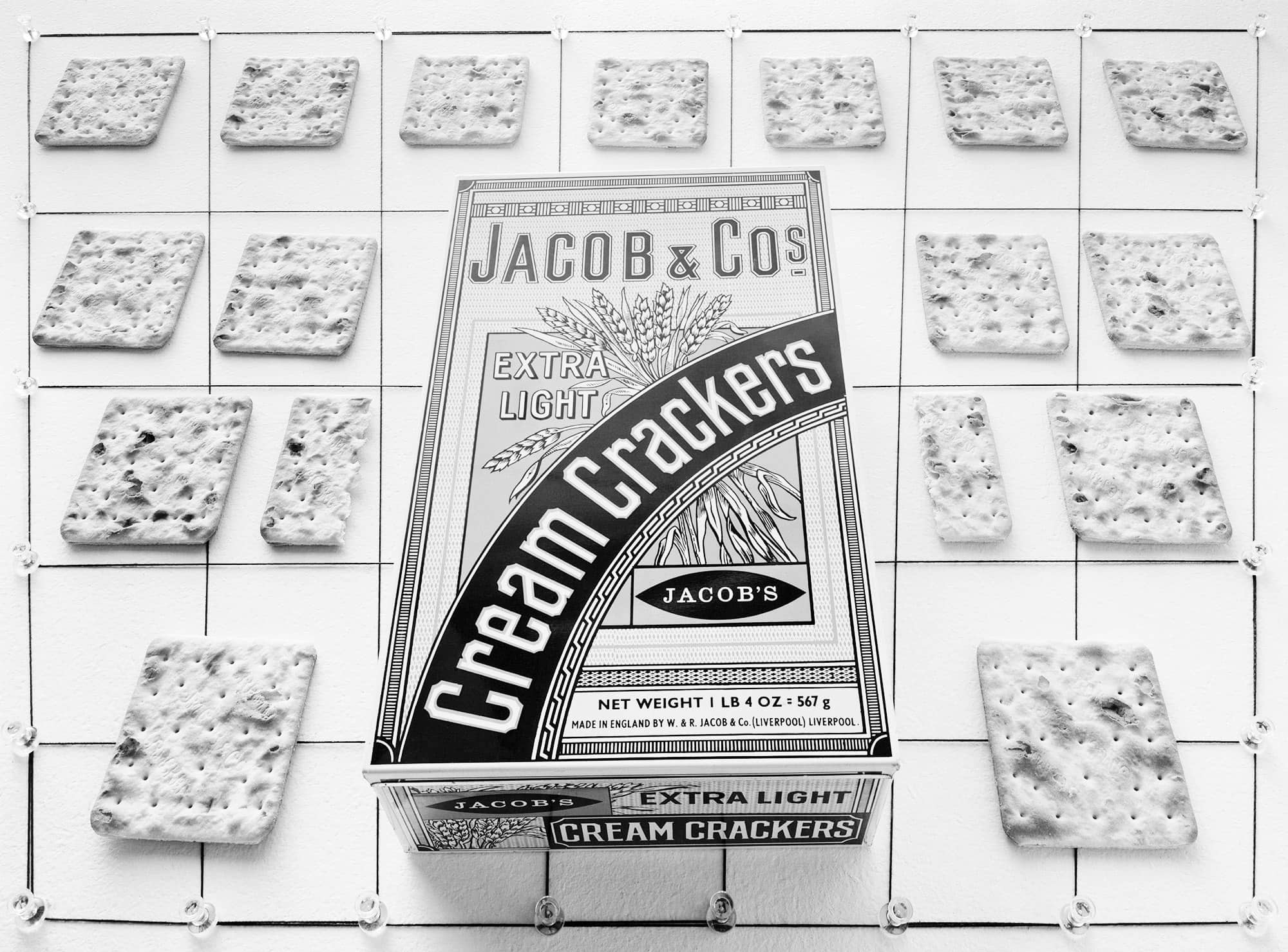
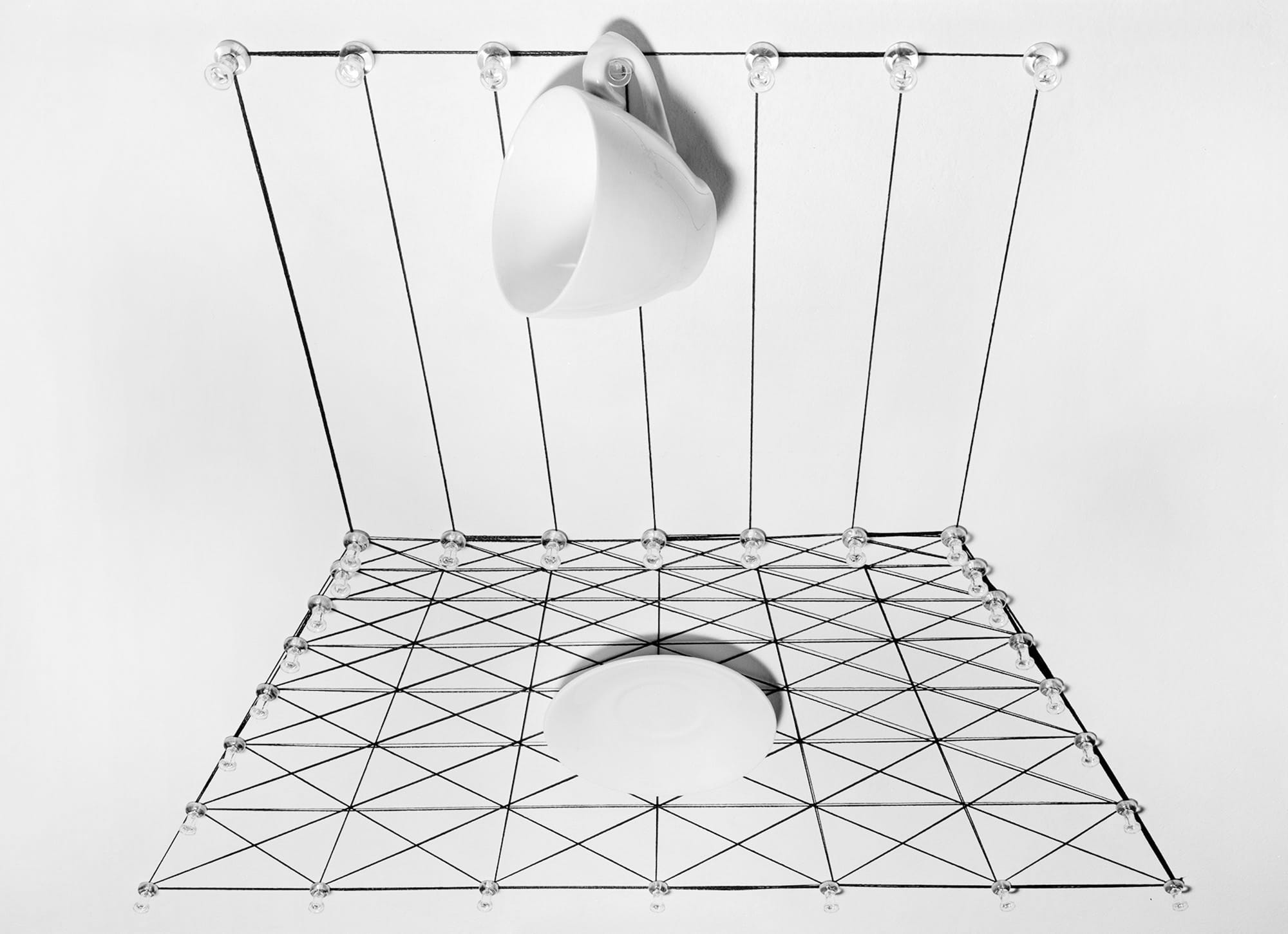
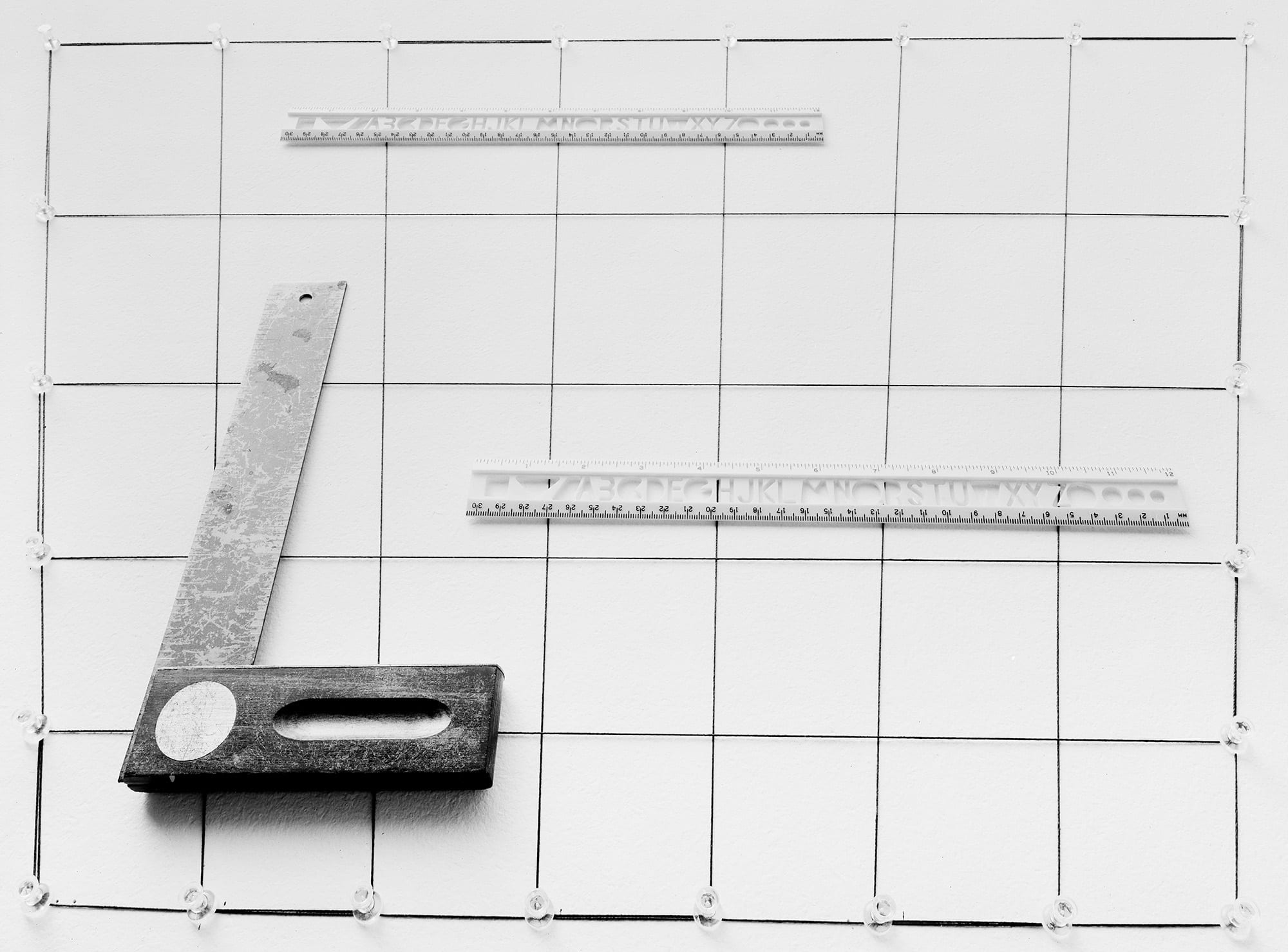
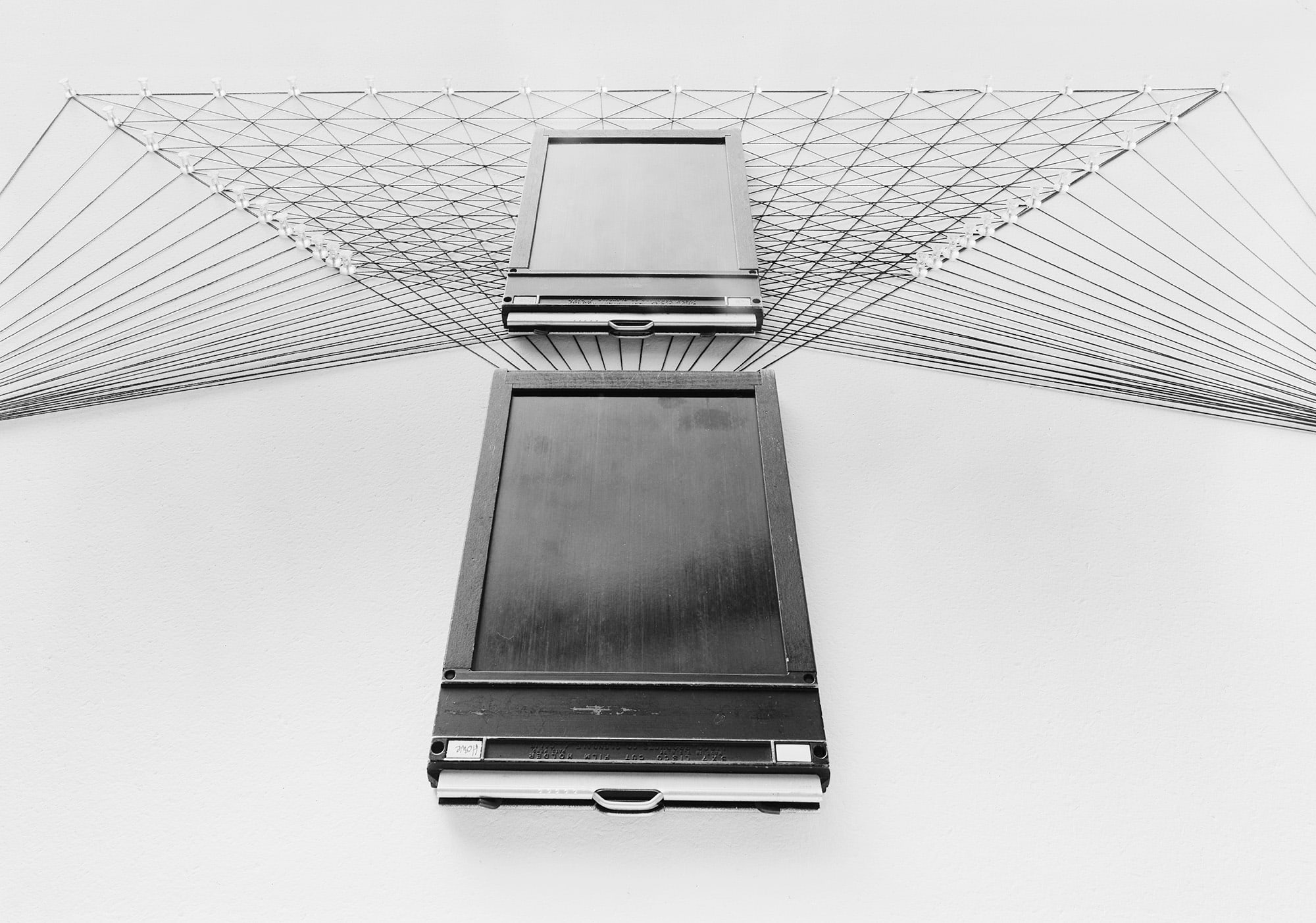
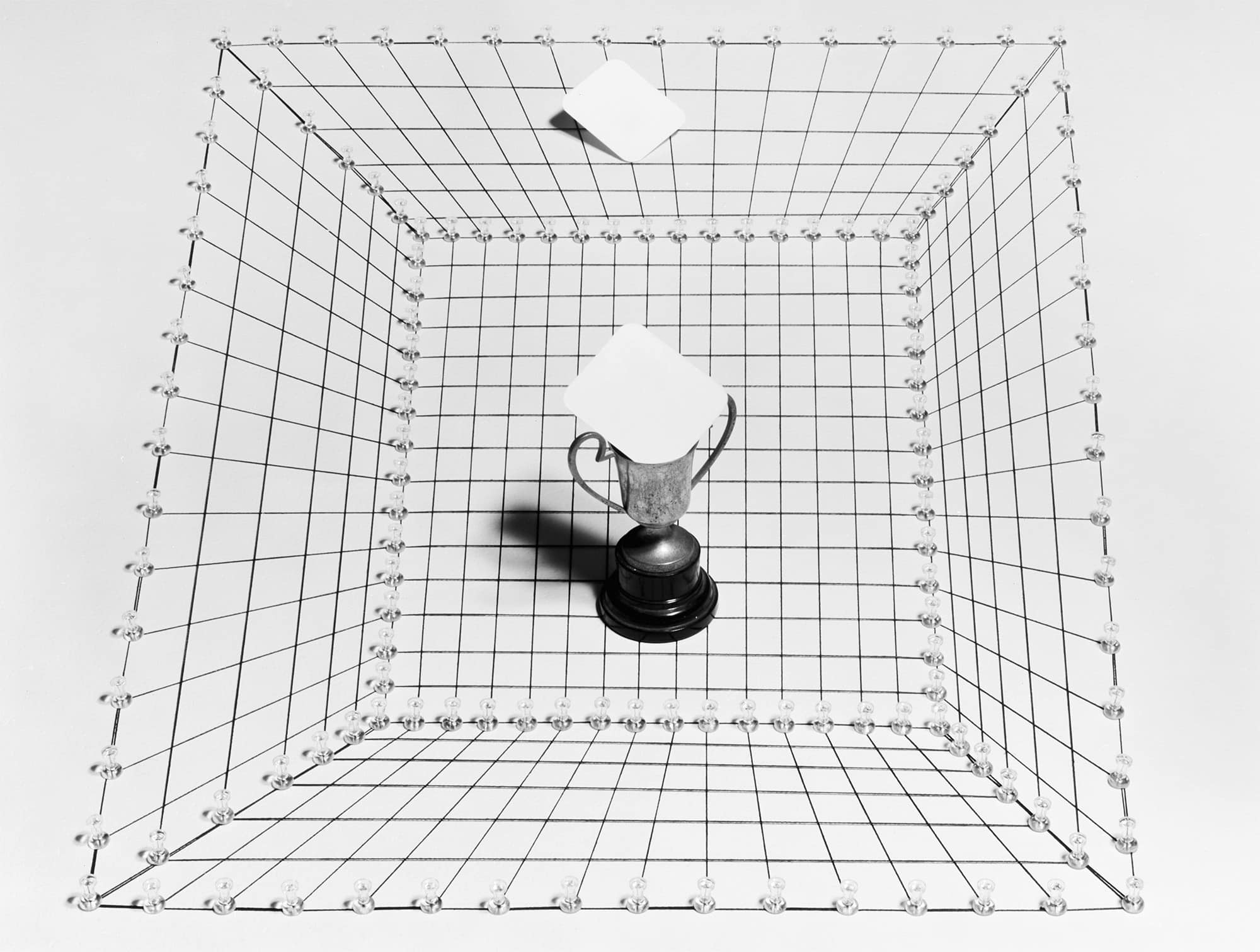
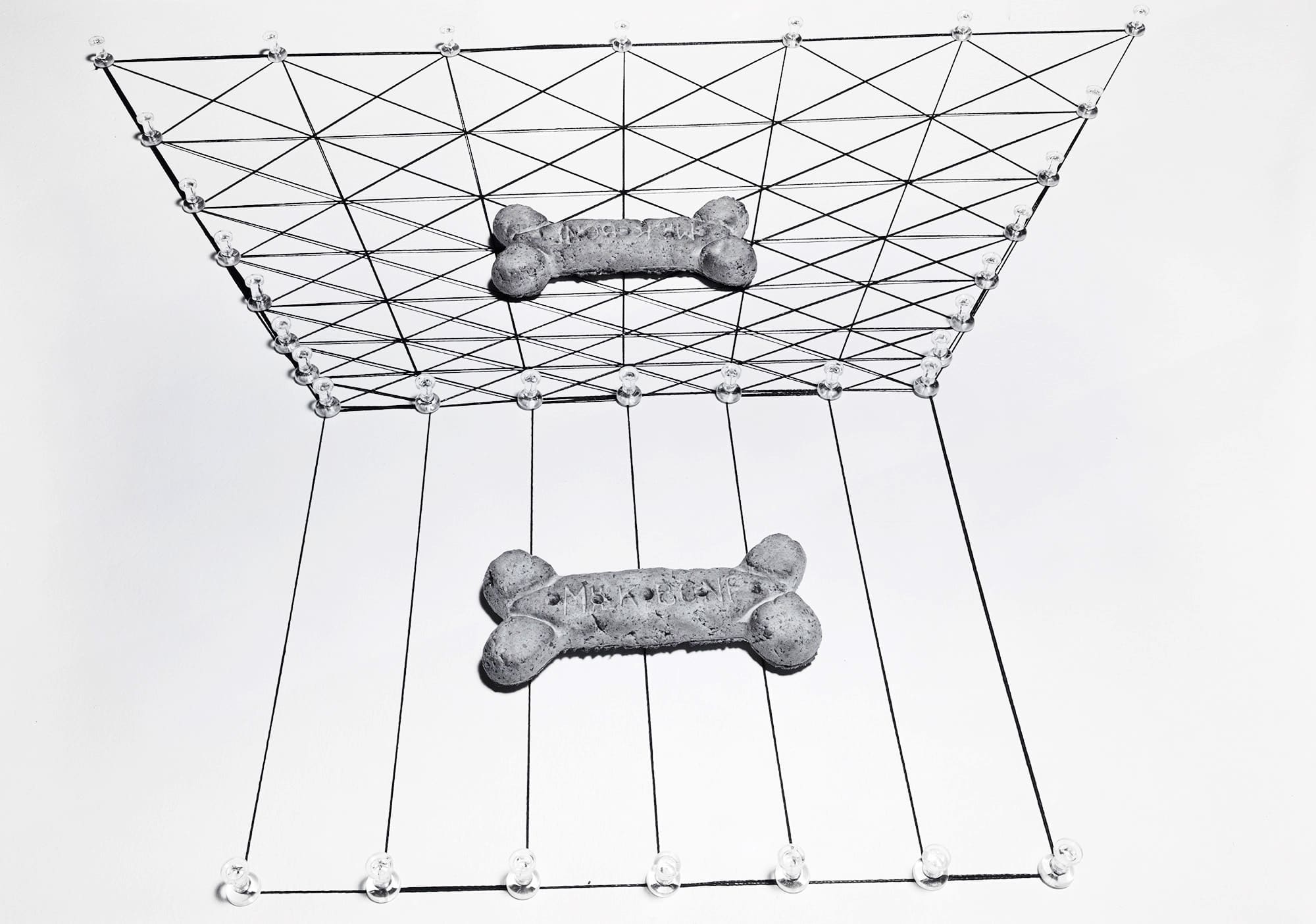
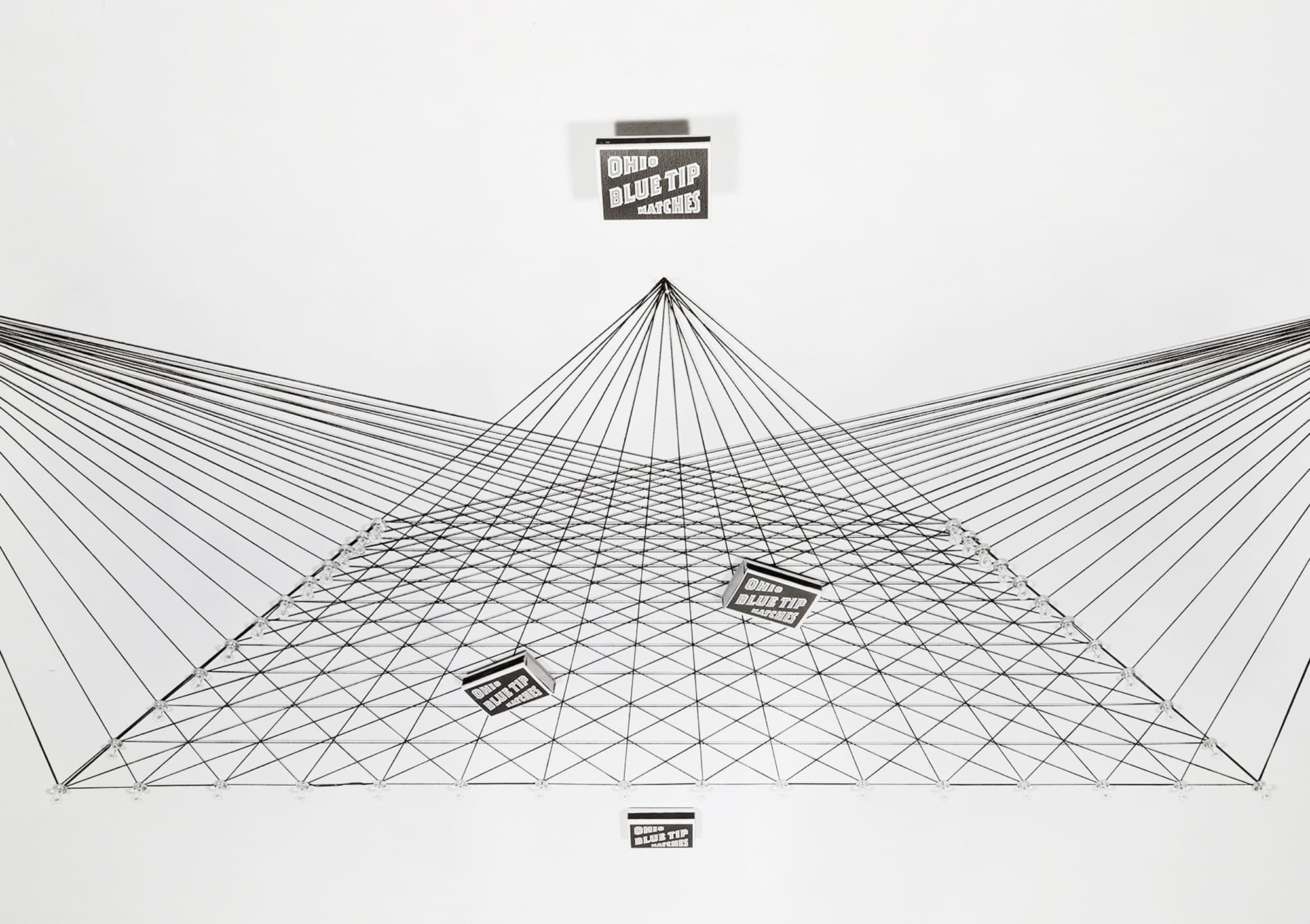
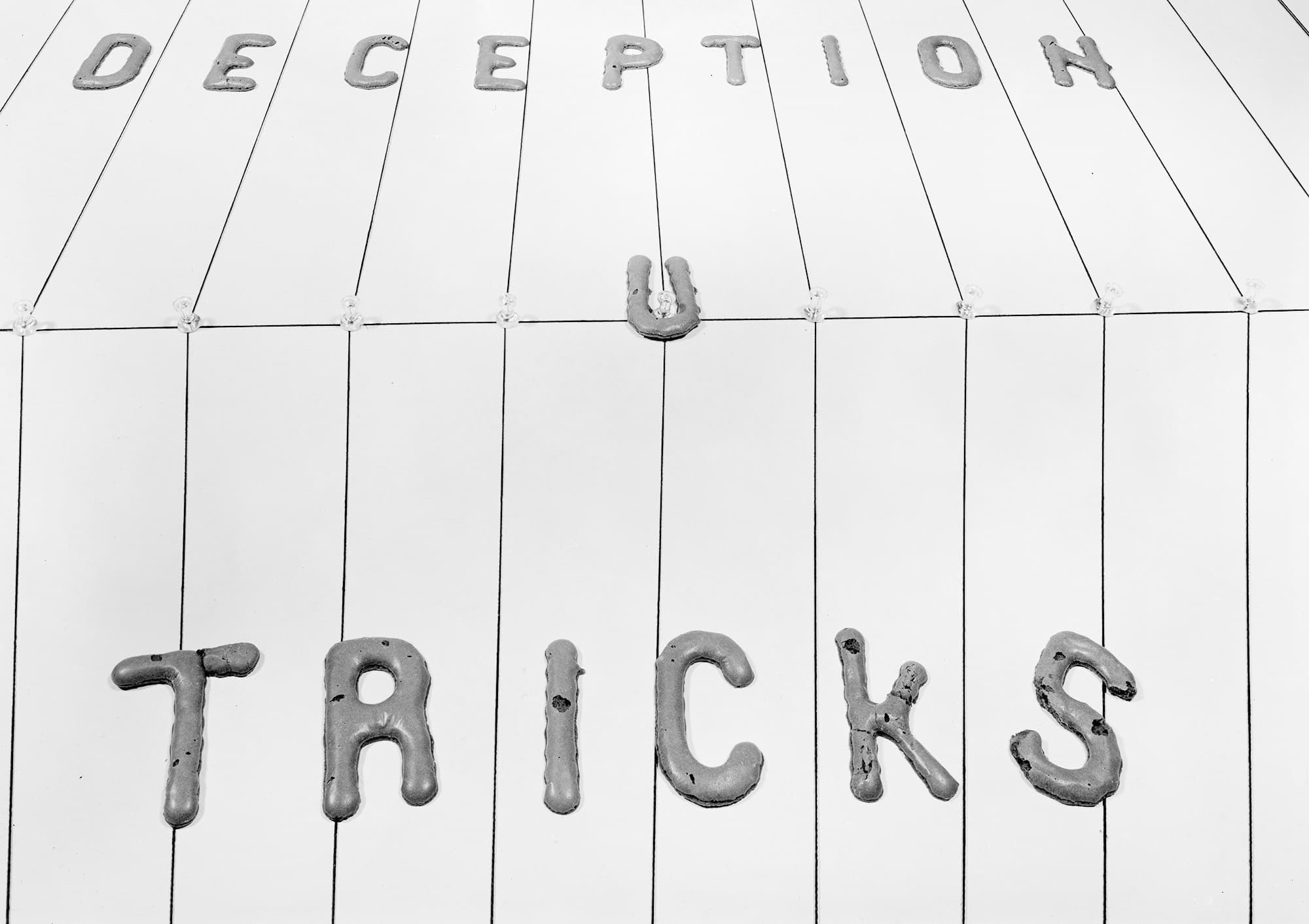
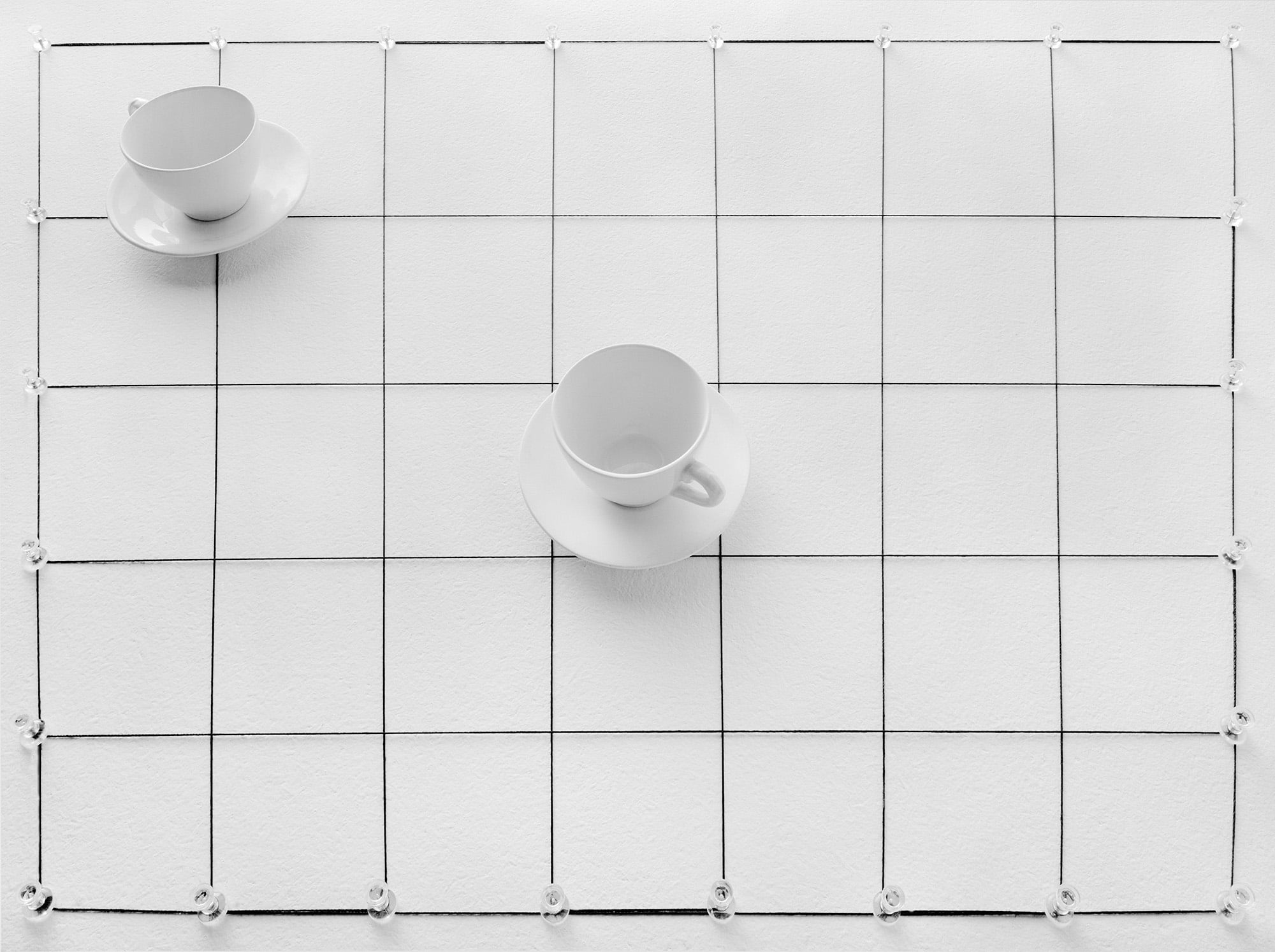
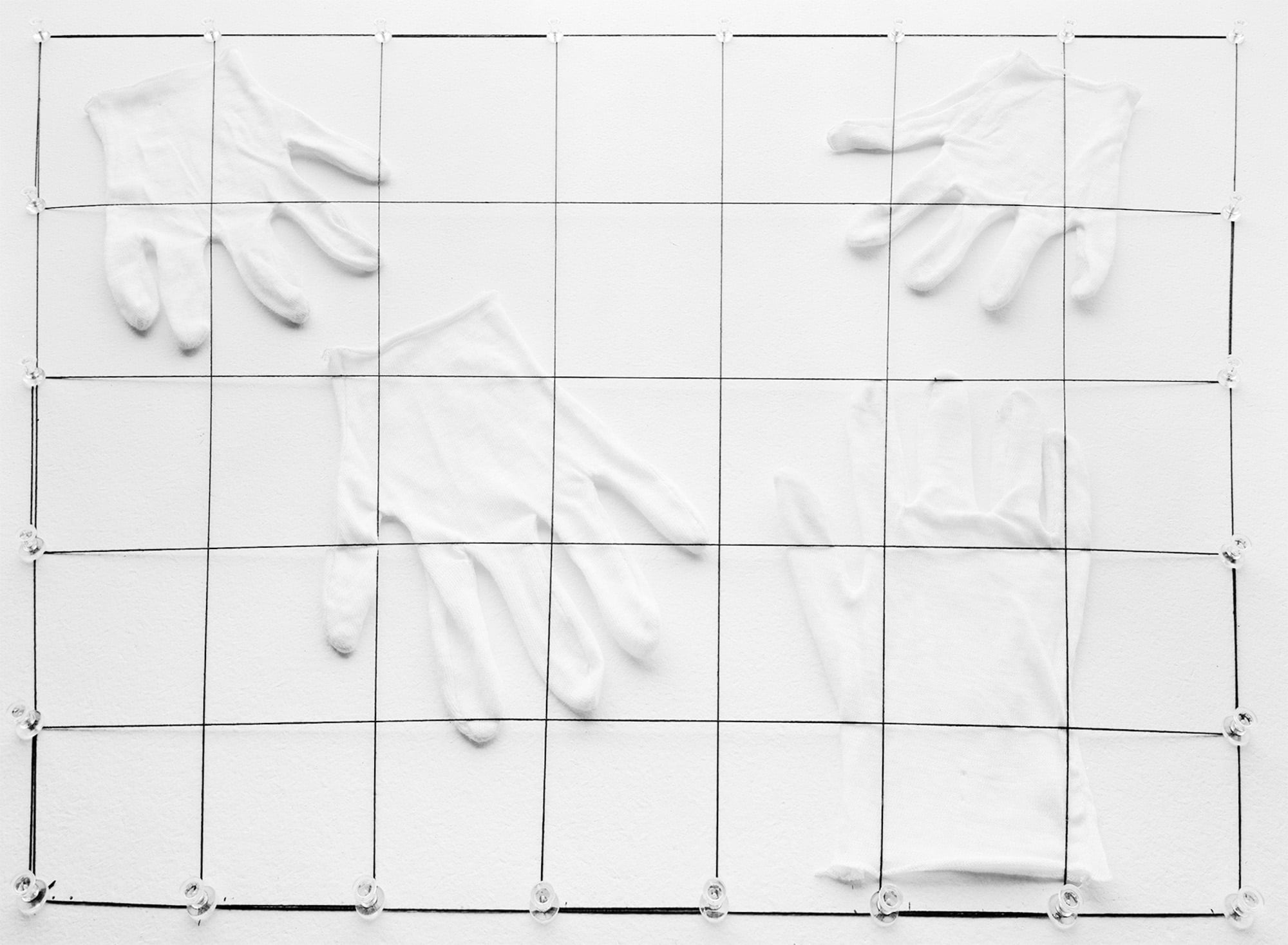
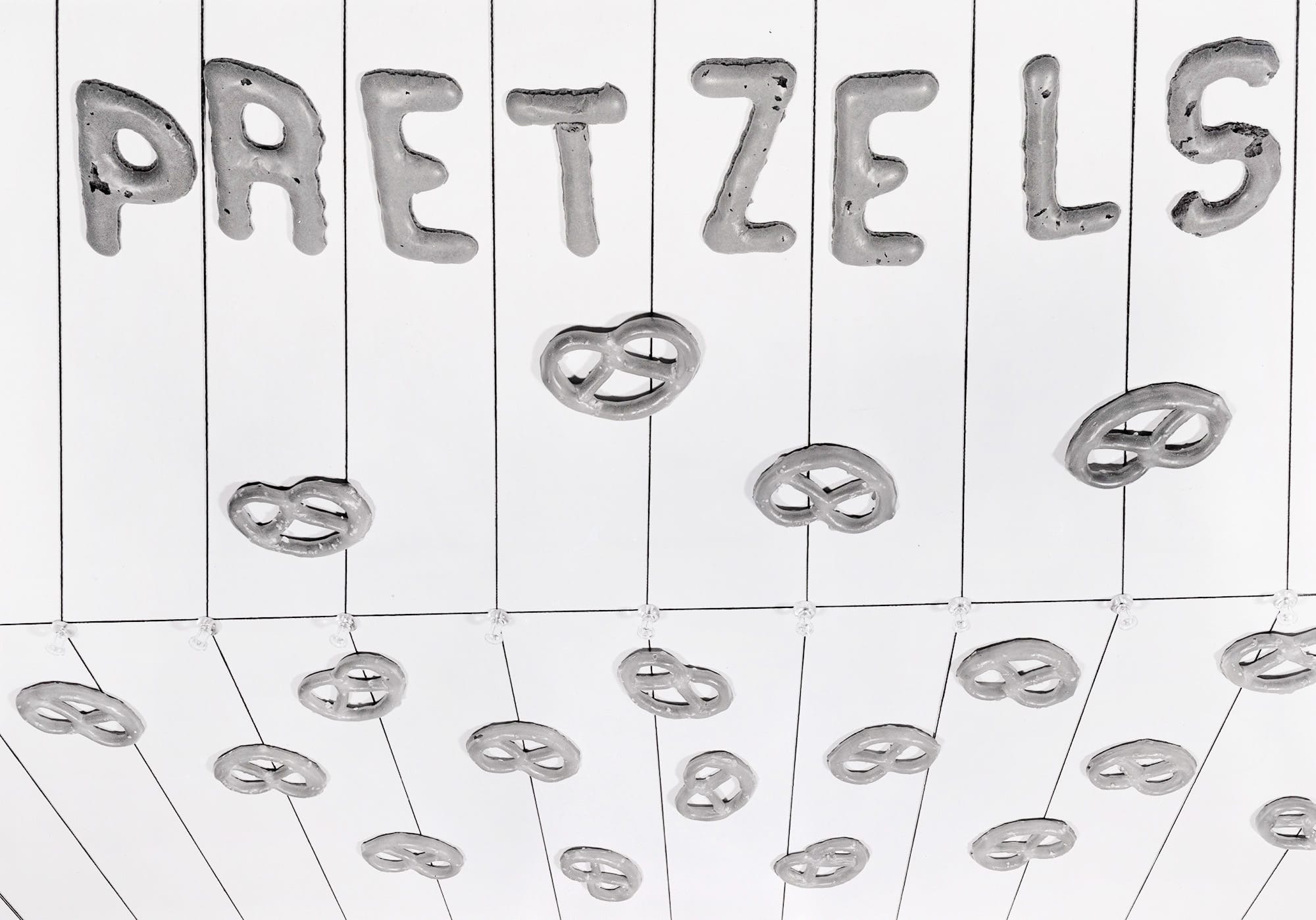
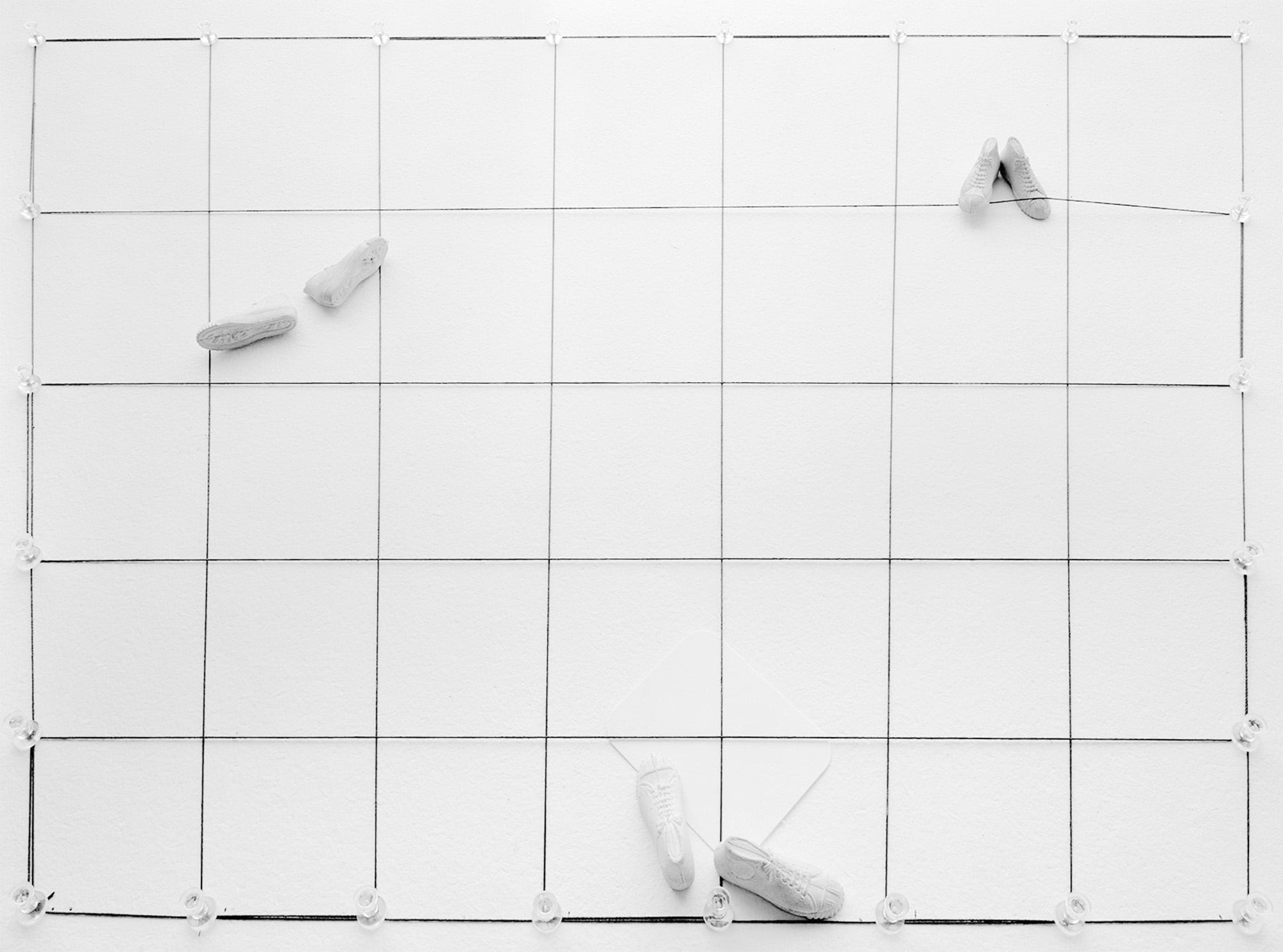
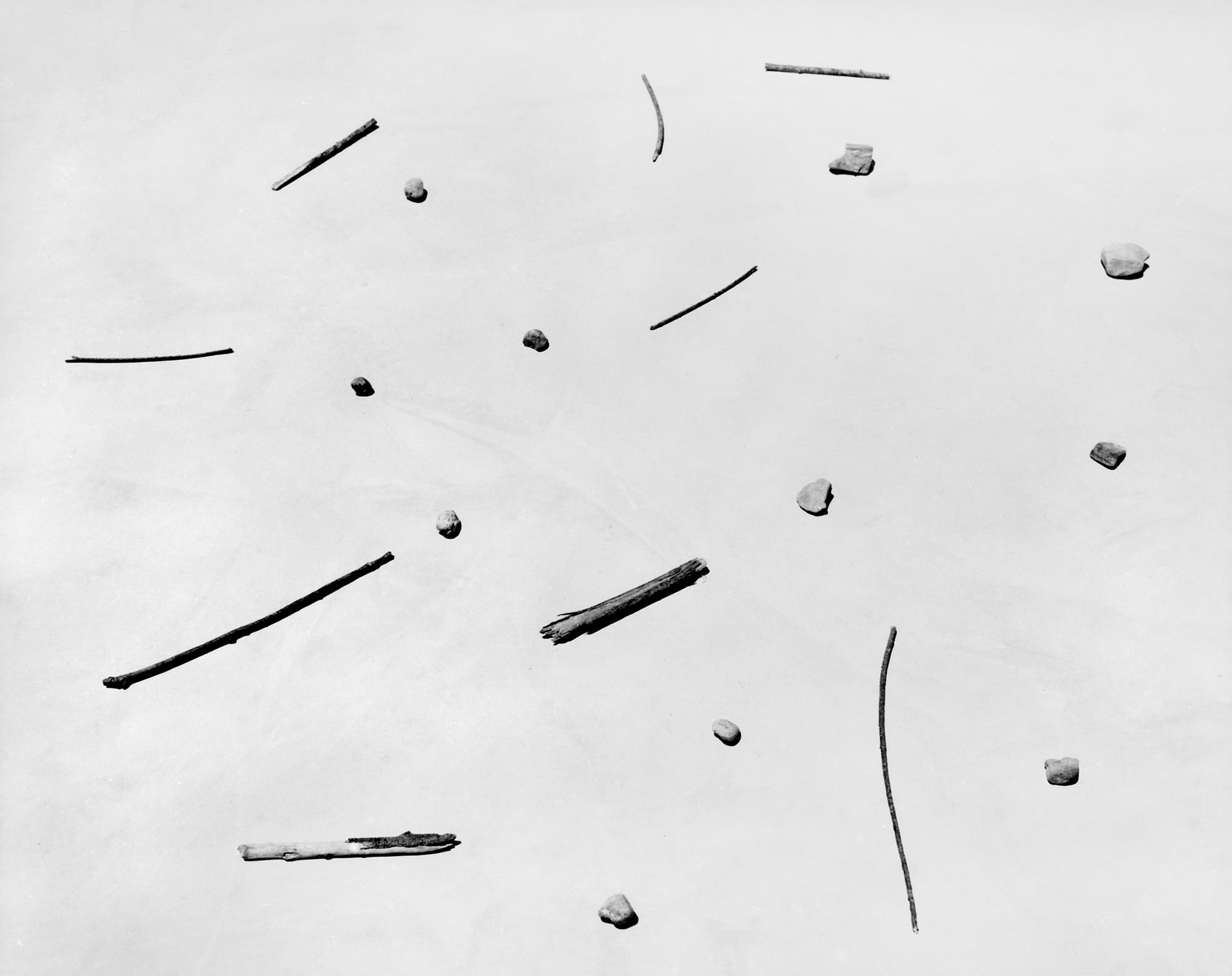
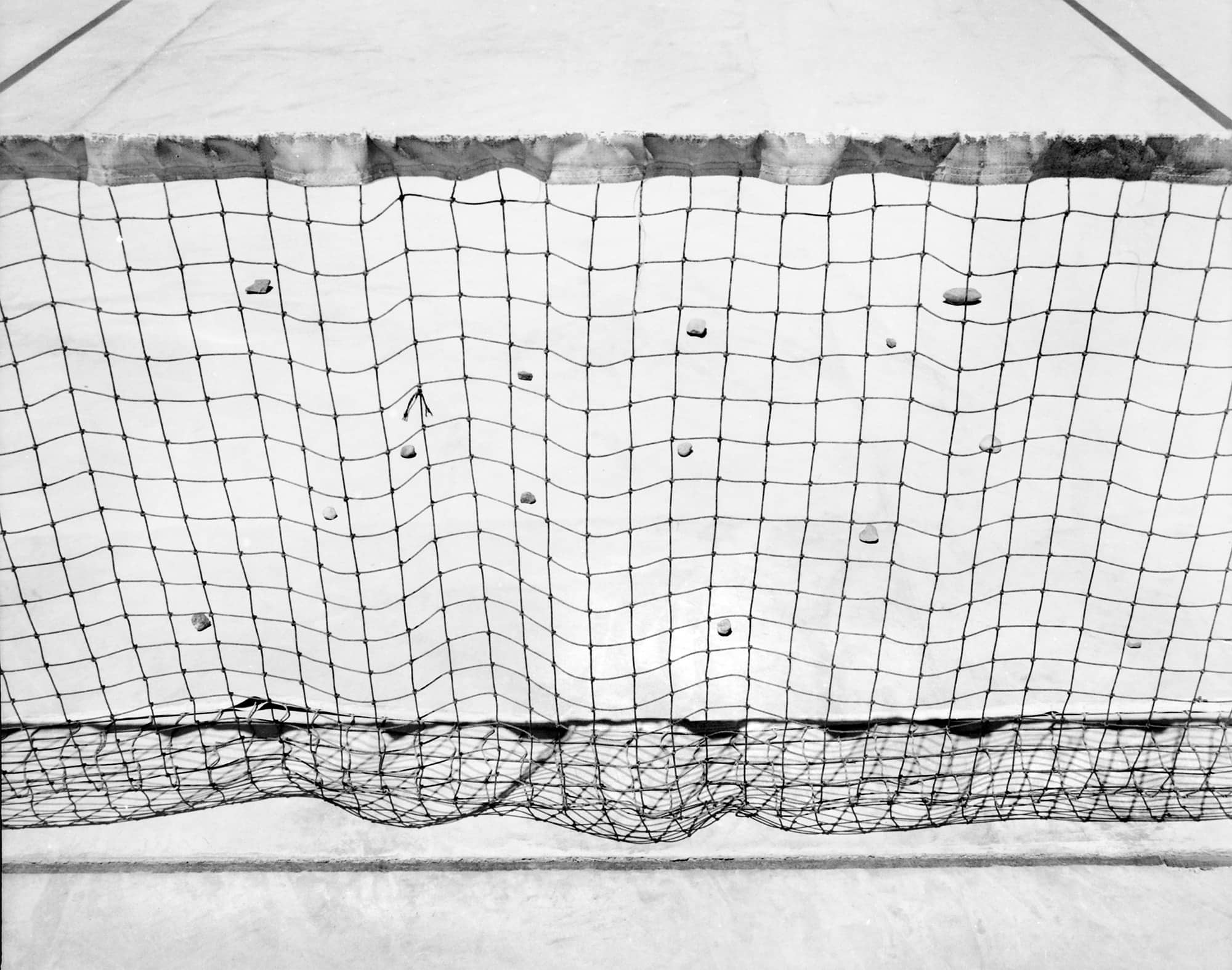
Sneakers, 1975
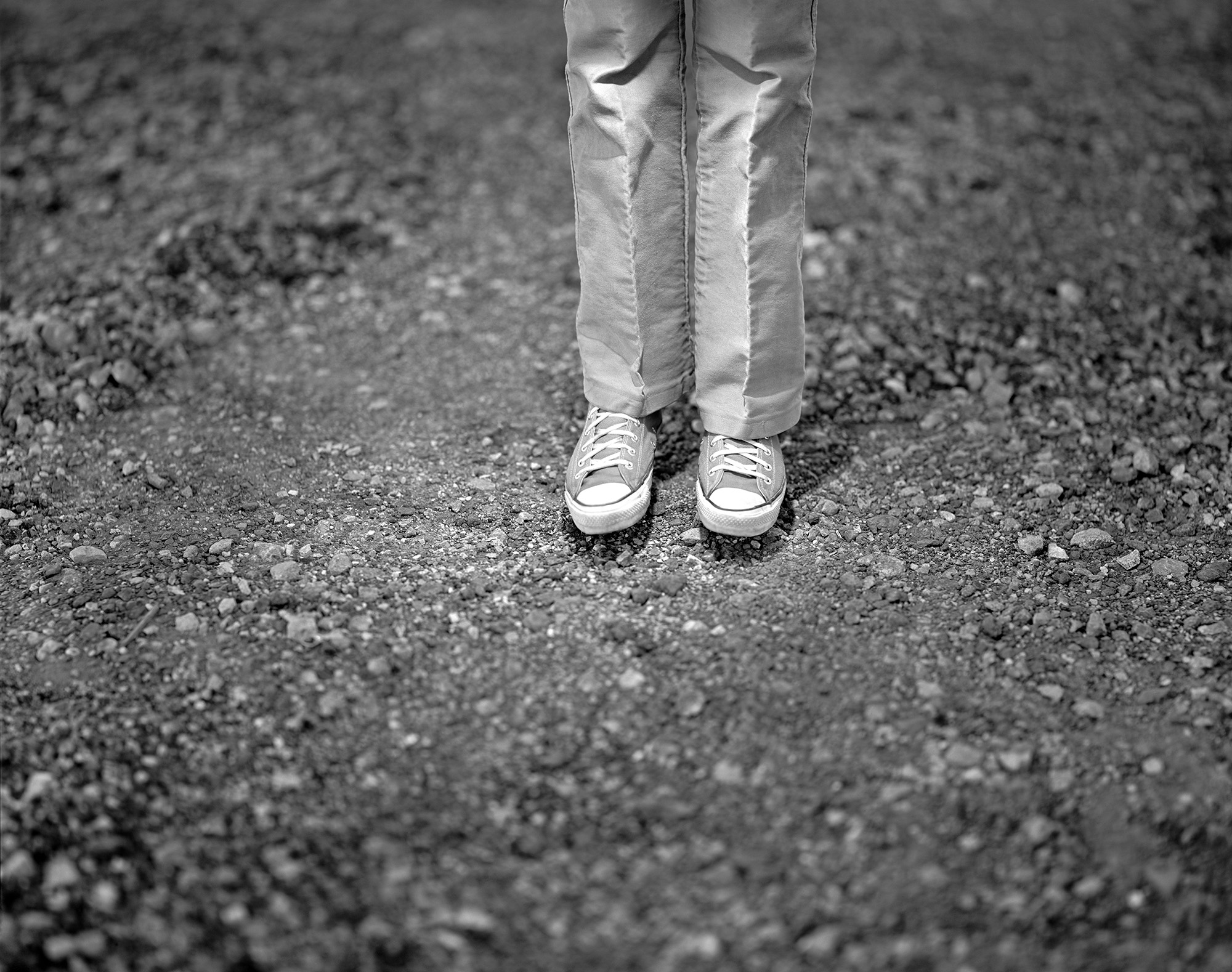
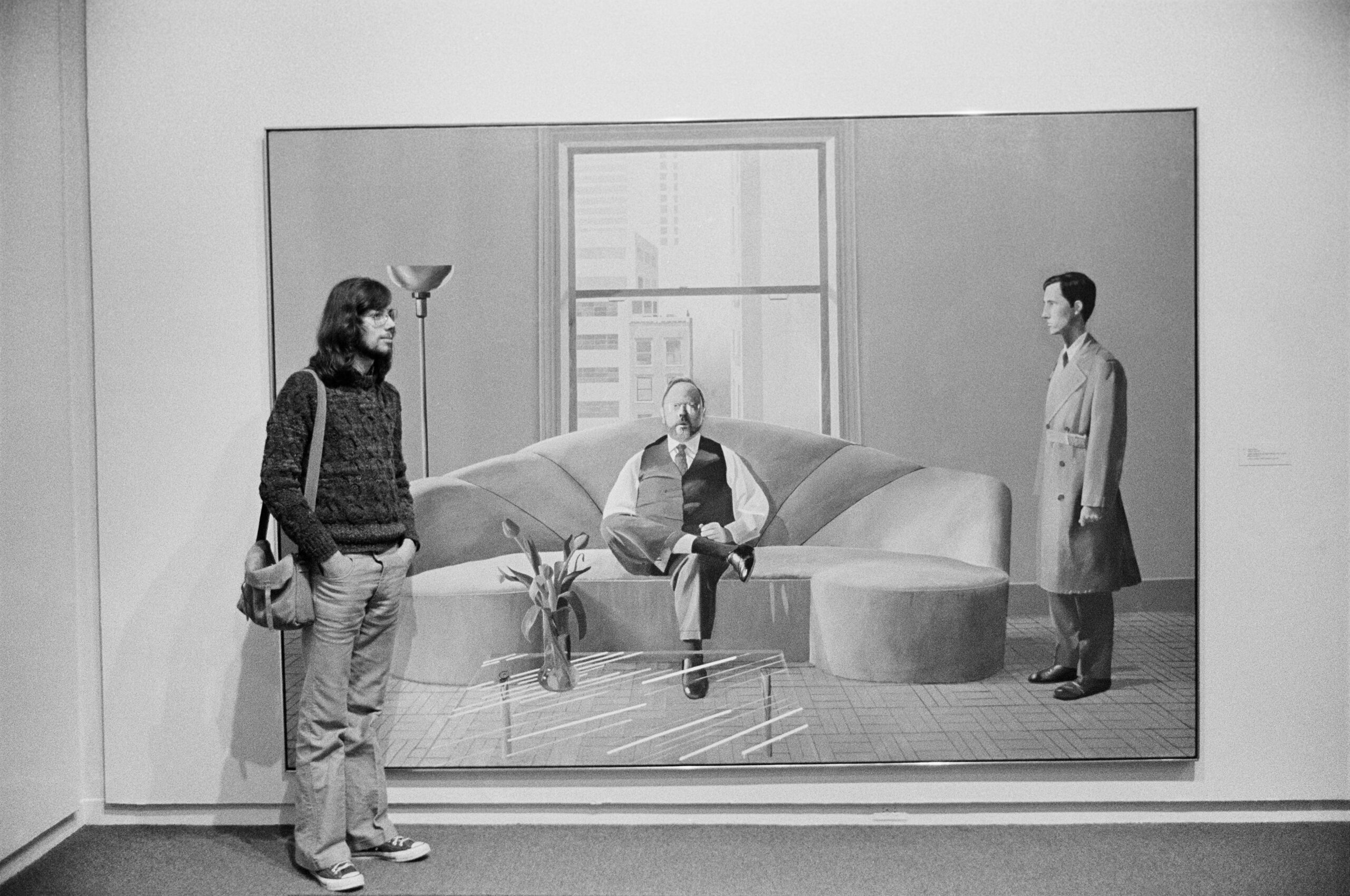
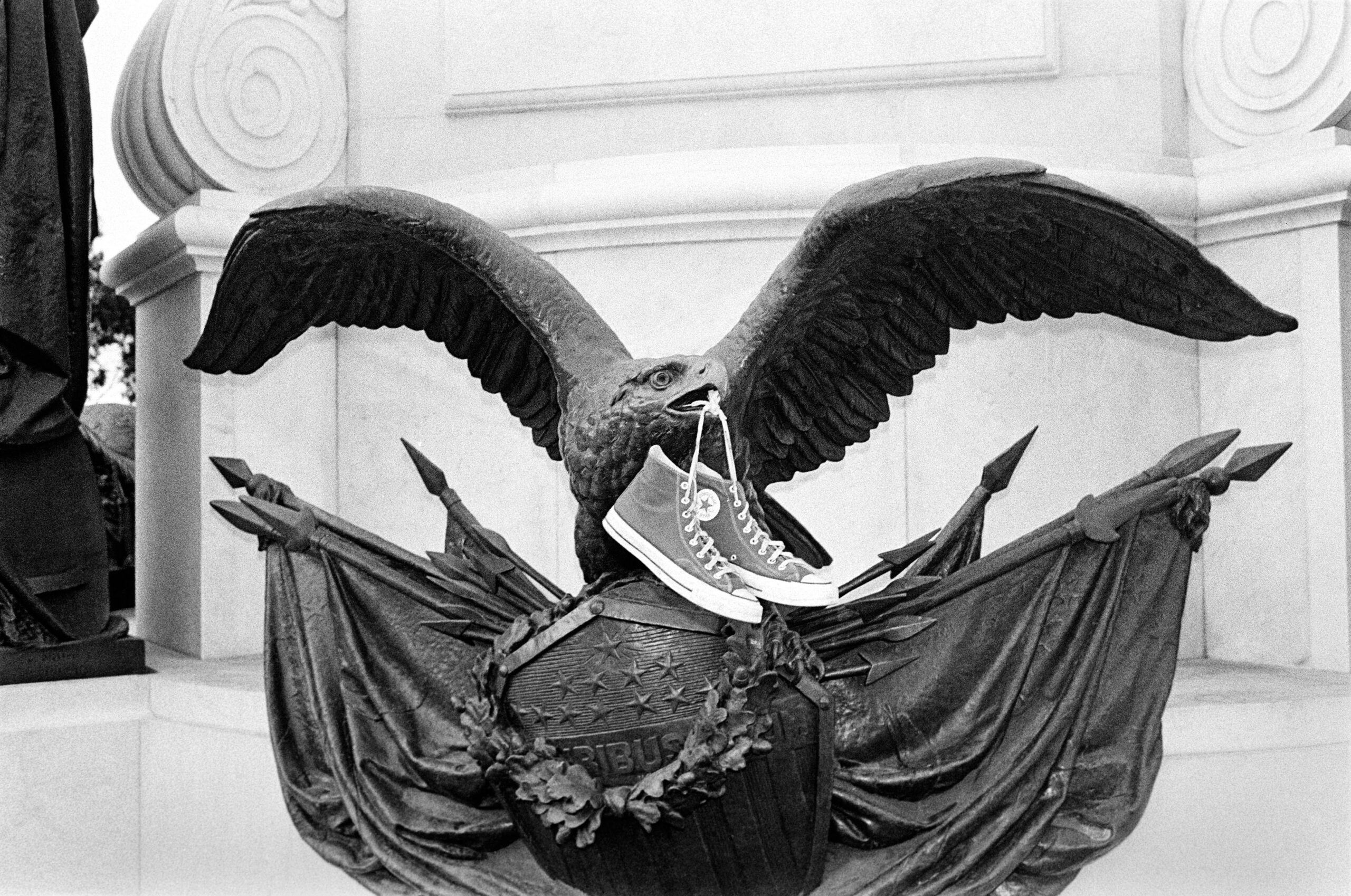
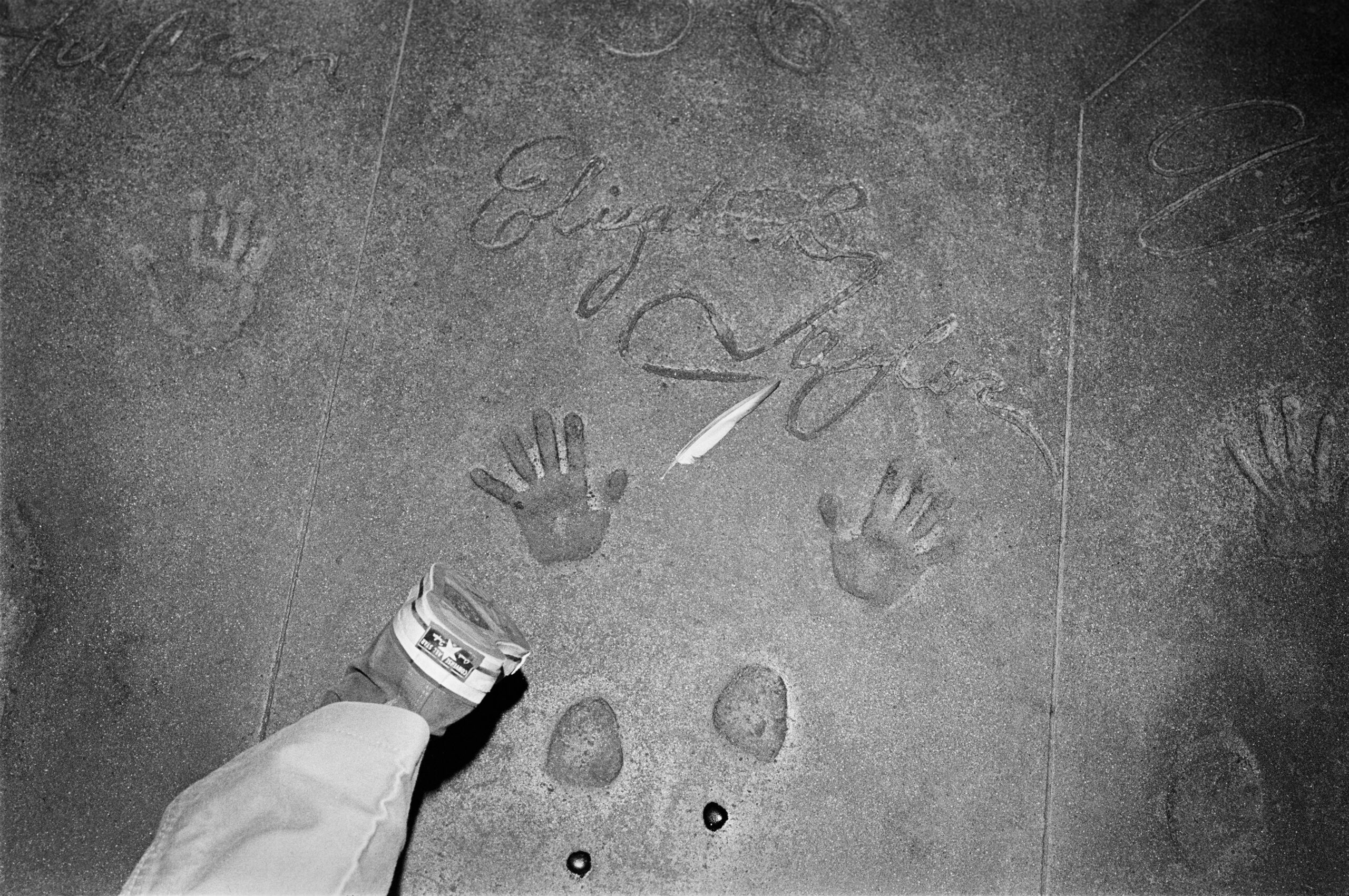
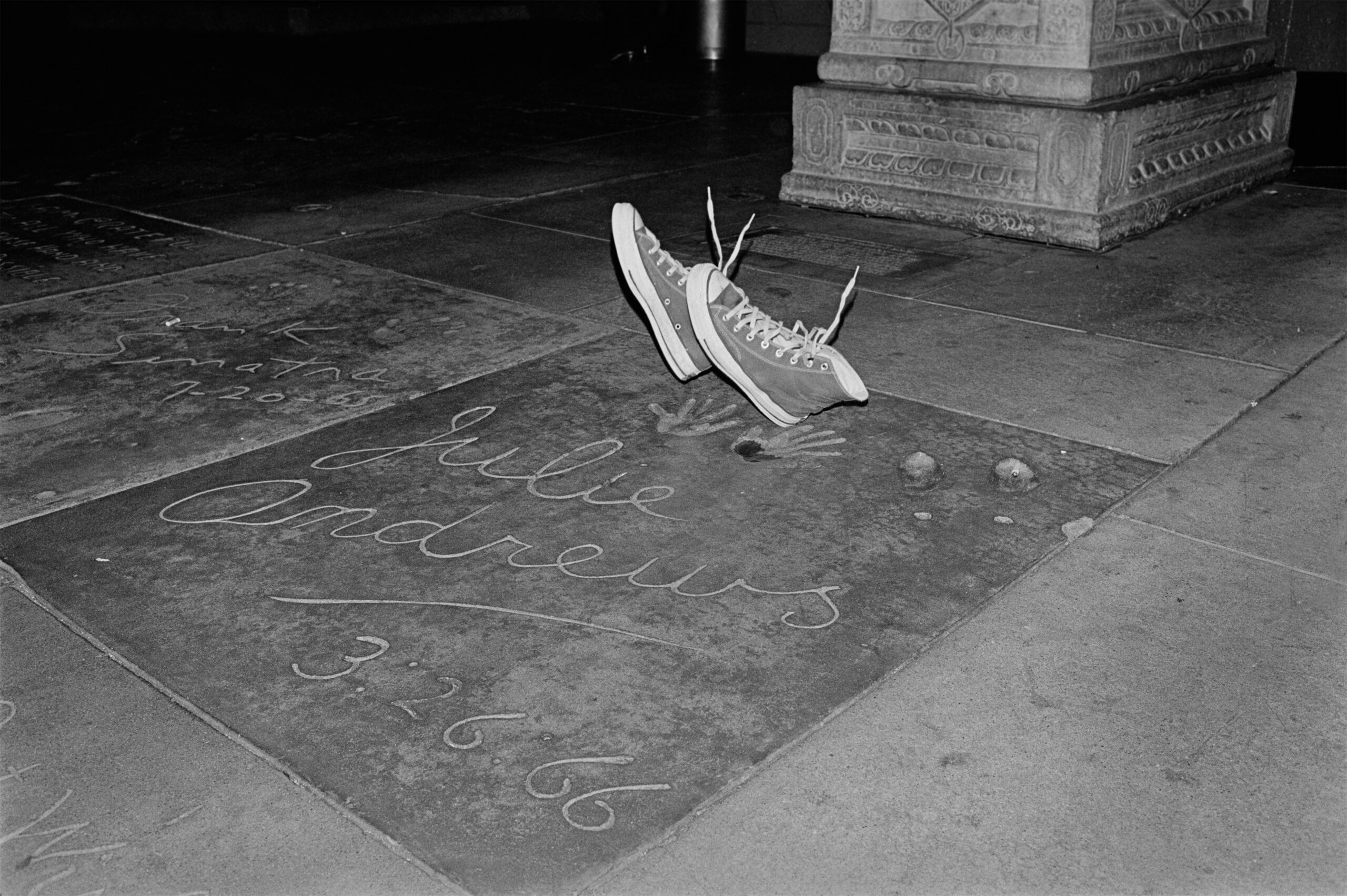
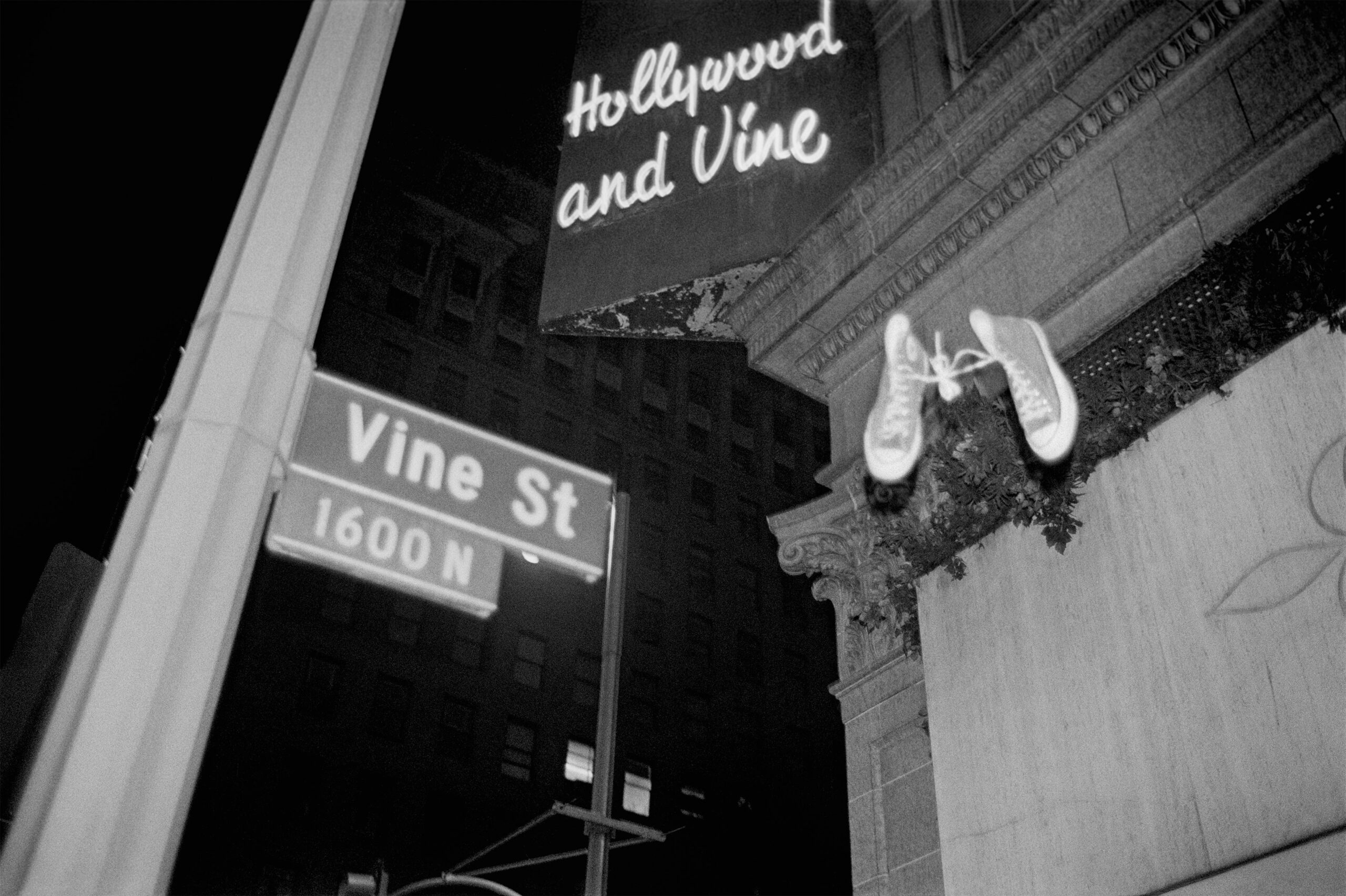
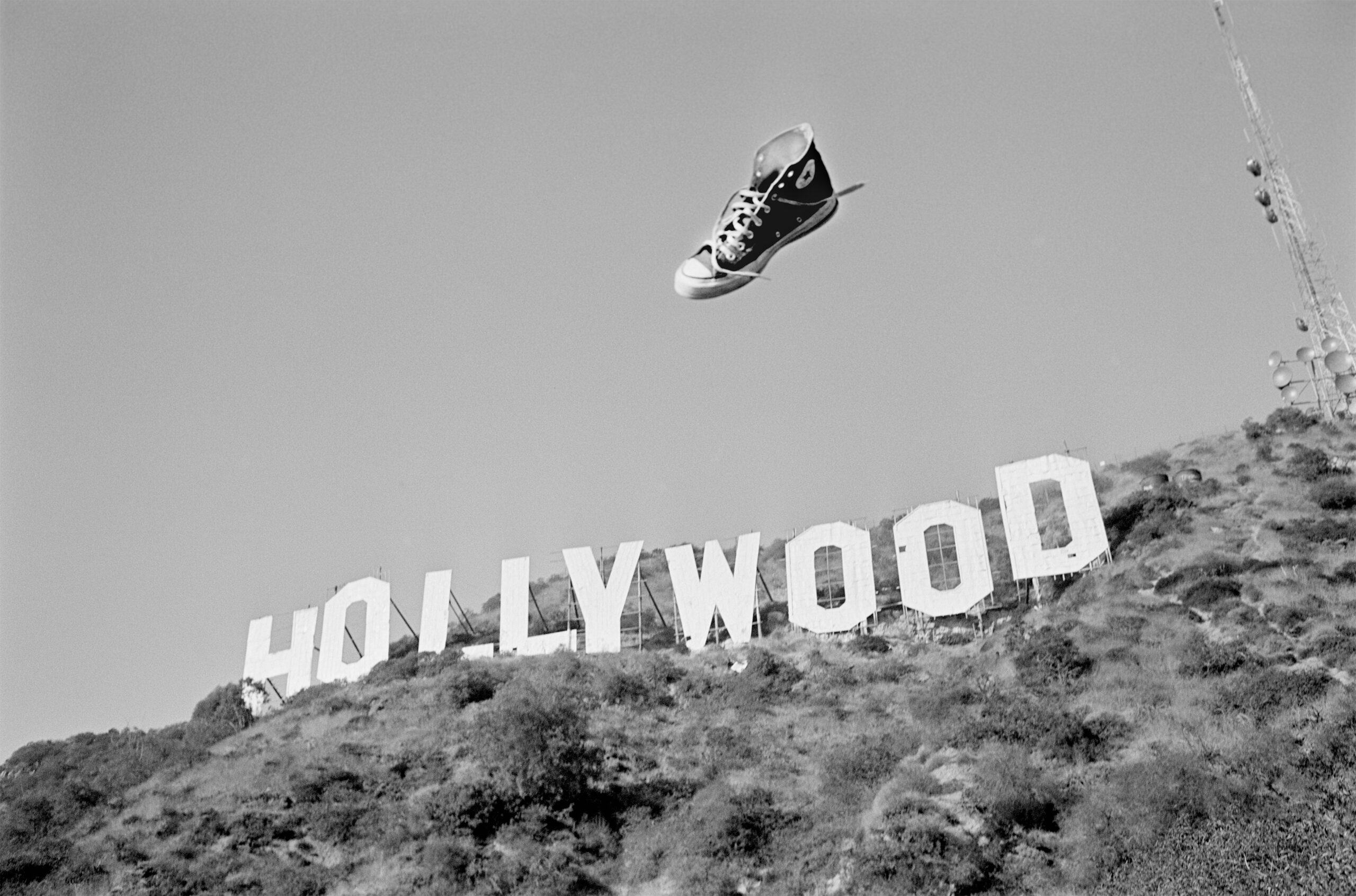
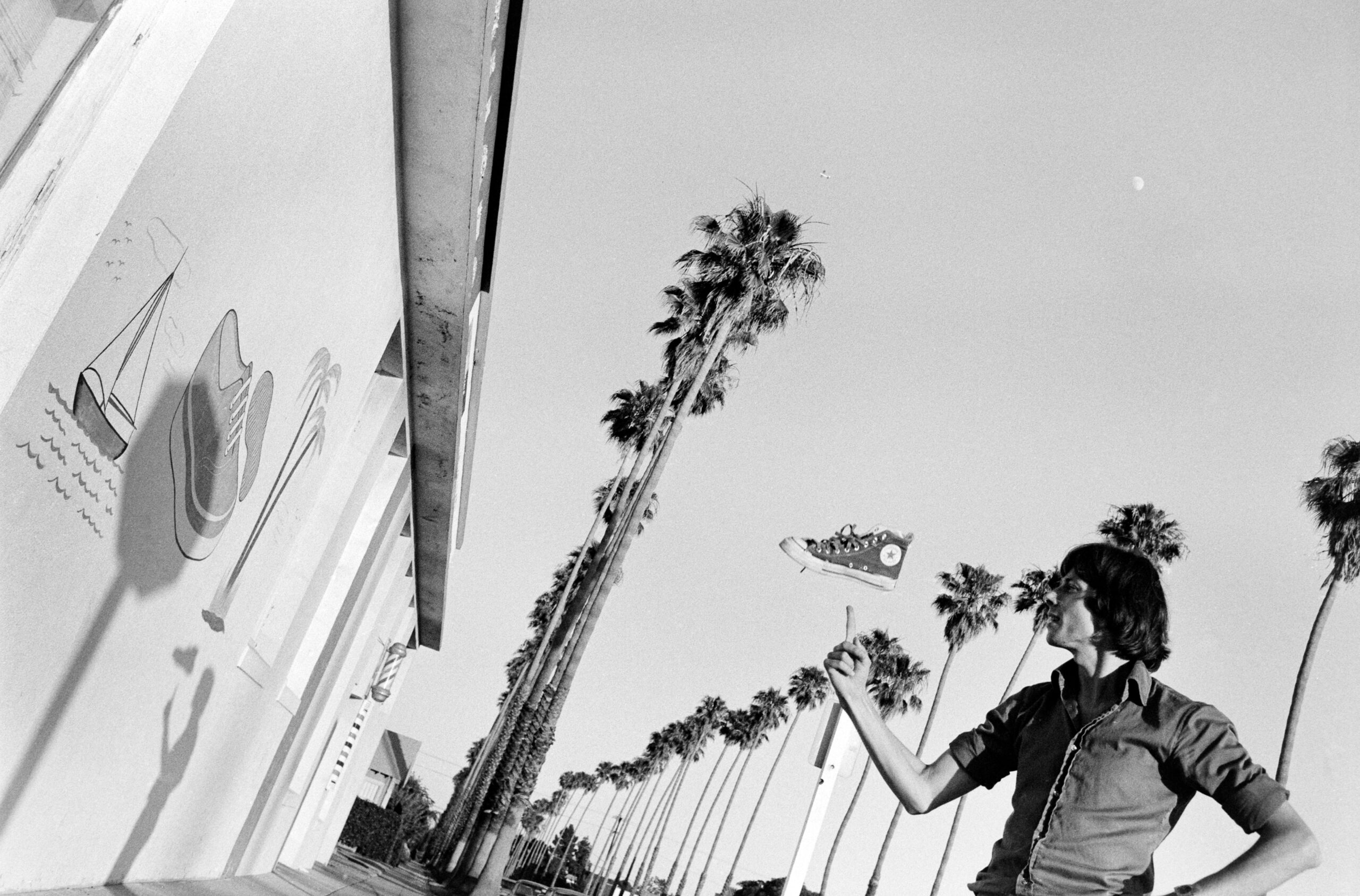
The rubber soled shoe has been around for almost 200 years in its various guises as plimsolls, sandshoes, trainers, tennis shoes, Keds, high-lowtops.and the sneaker, (so named because one could silently “sneak” in them) which first gained celebrity status in 1921 when it was associated with champion American basketball player Chuck Taylor. In the decades thereafter the Chuck Taylor Converse All-Star Sneaker became synonymous with contemporaneous US culture.
In 1975, with Leica over my shoulder, I first arrived in Los Angeles and took in many of the regions most famous landmarks: Disneyland, Hollywood Boulevard with Grauman’s Chinese Theater, Forest Lawn Cemetery where many of Hollywood’s most celebrated deceased are interred, the streets and bedrooms of LA. These photographs express my idea of connecting Chuck Taylor’s sneaker myth with the actuality of Los Angeles.
– Graham Howe
Native, 2013
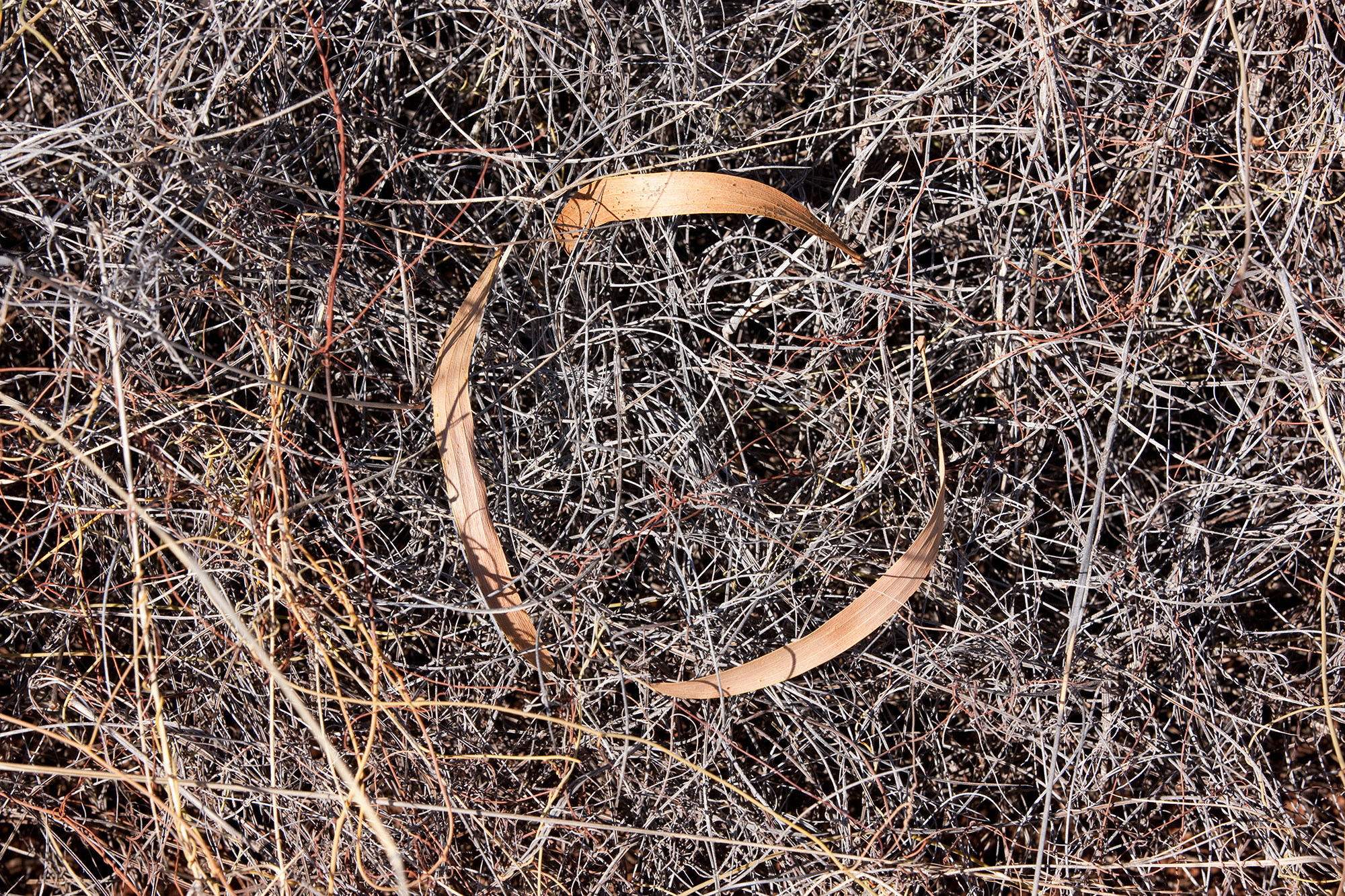
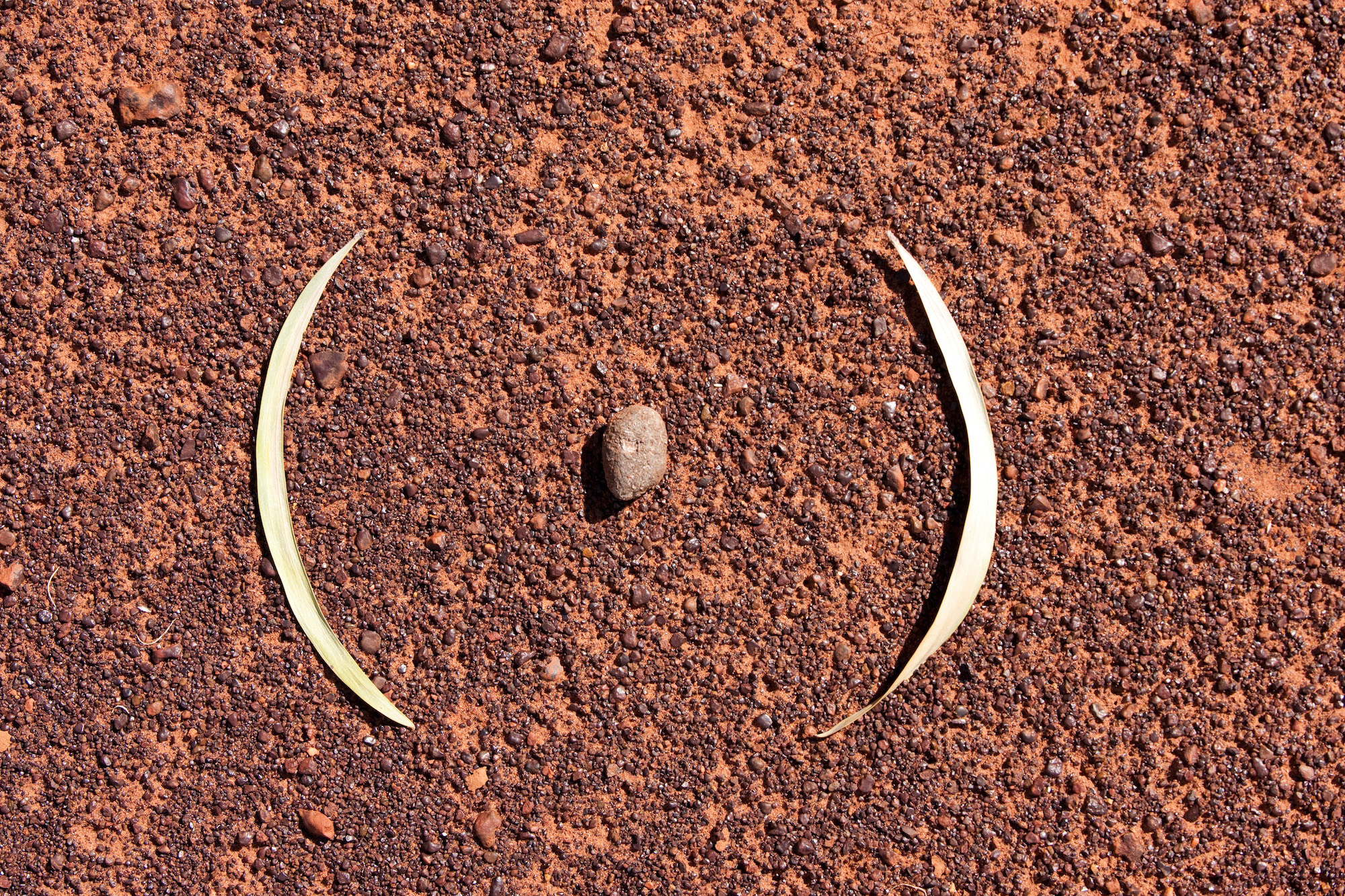
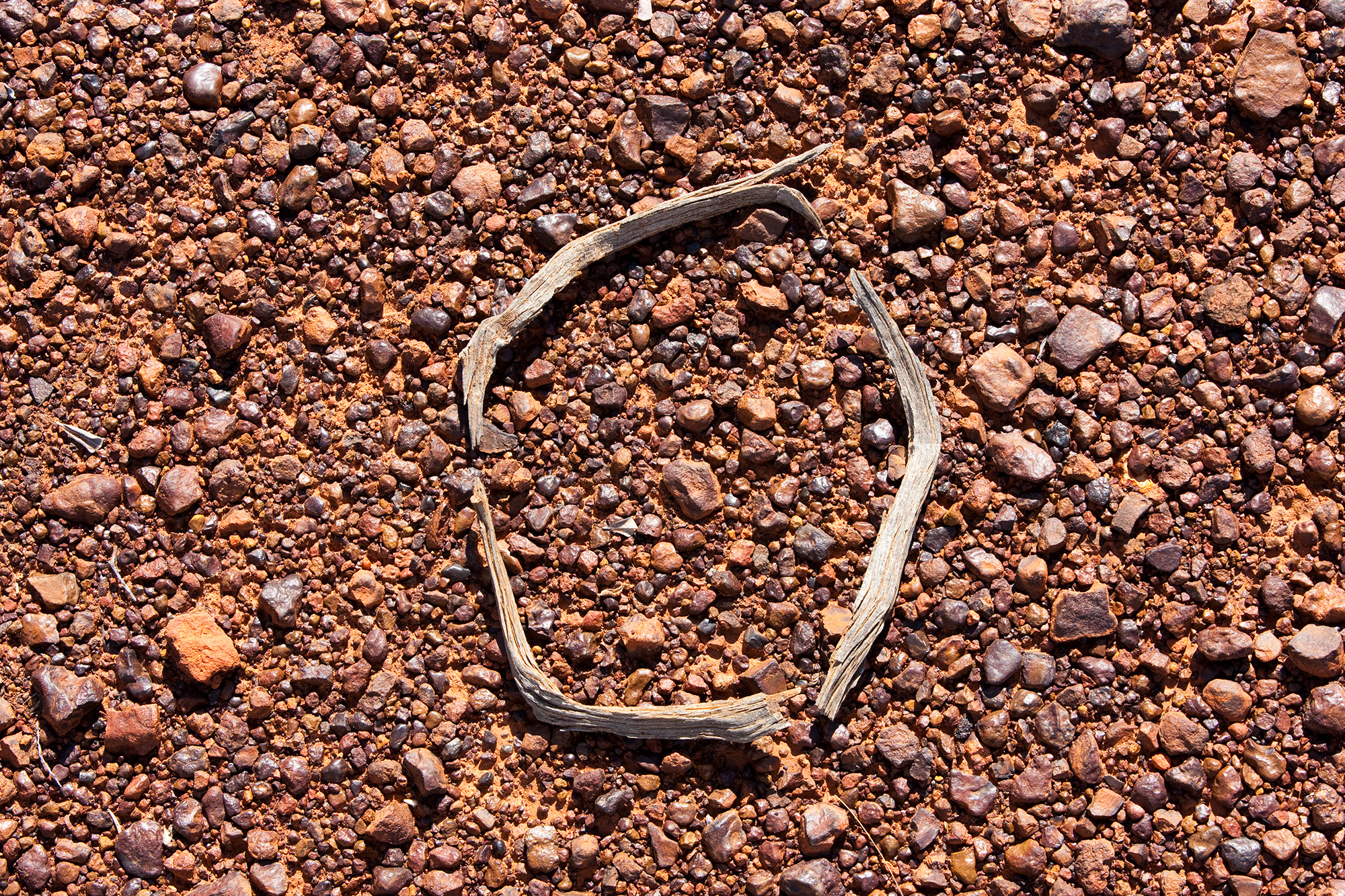
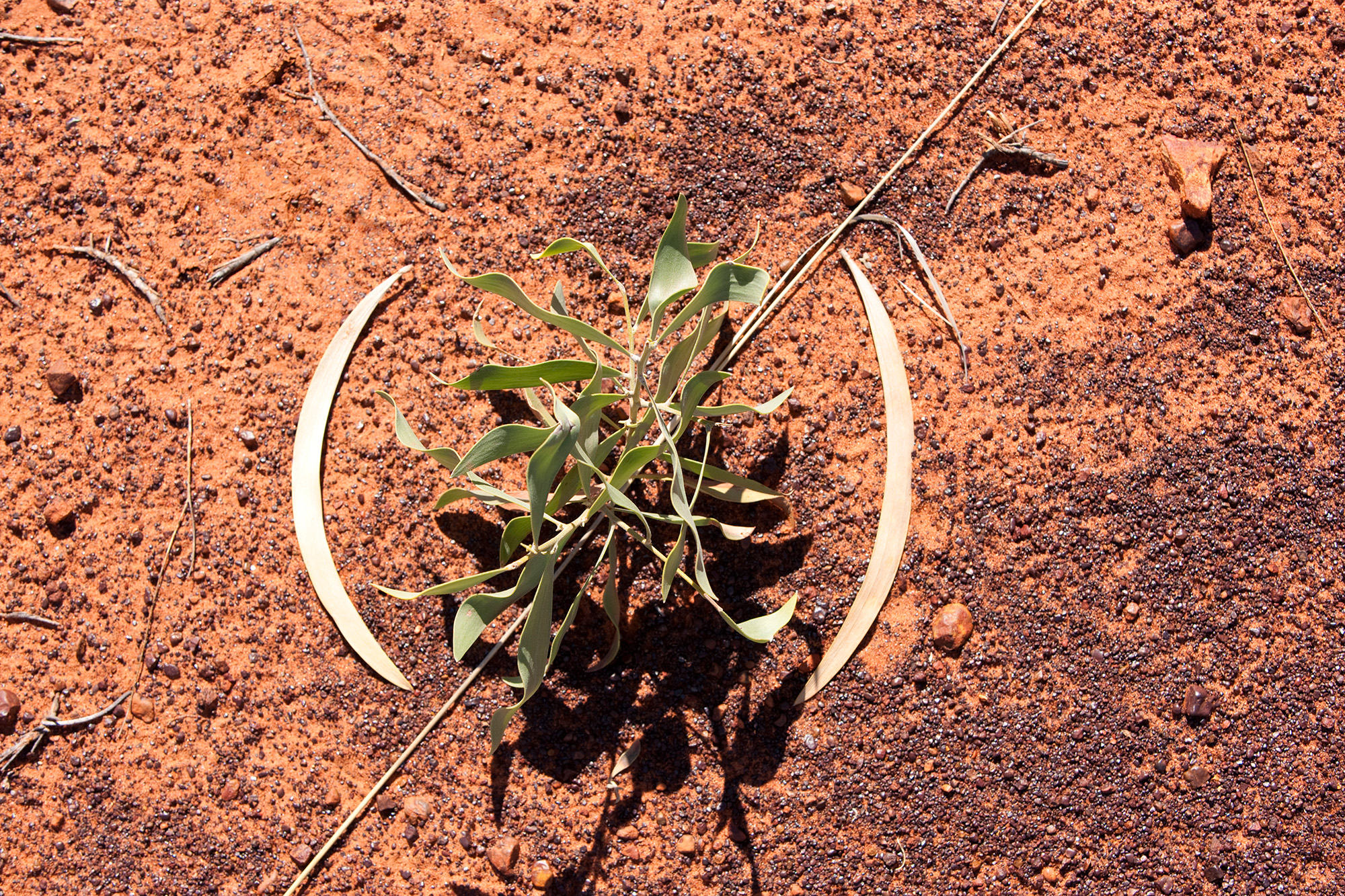
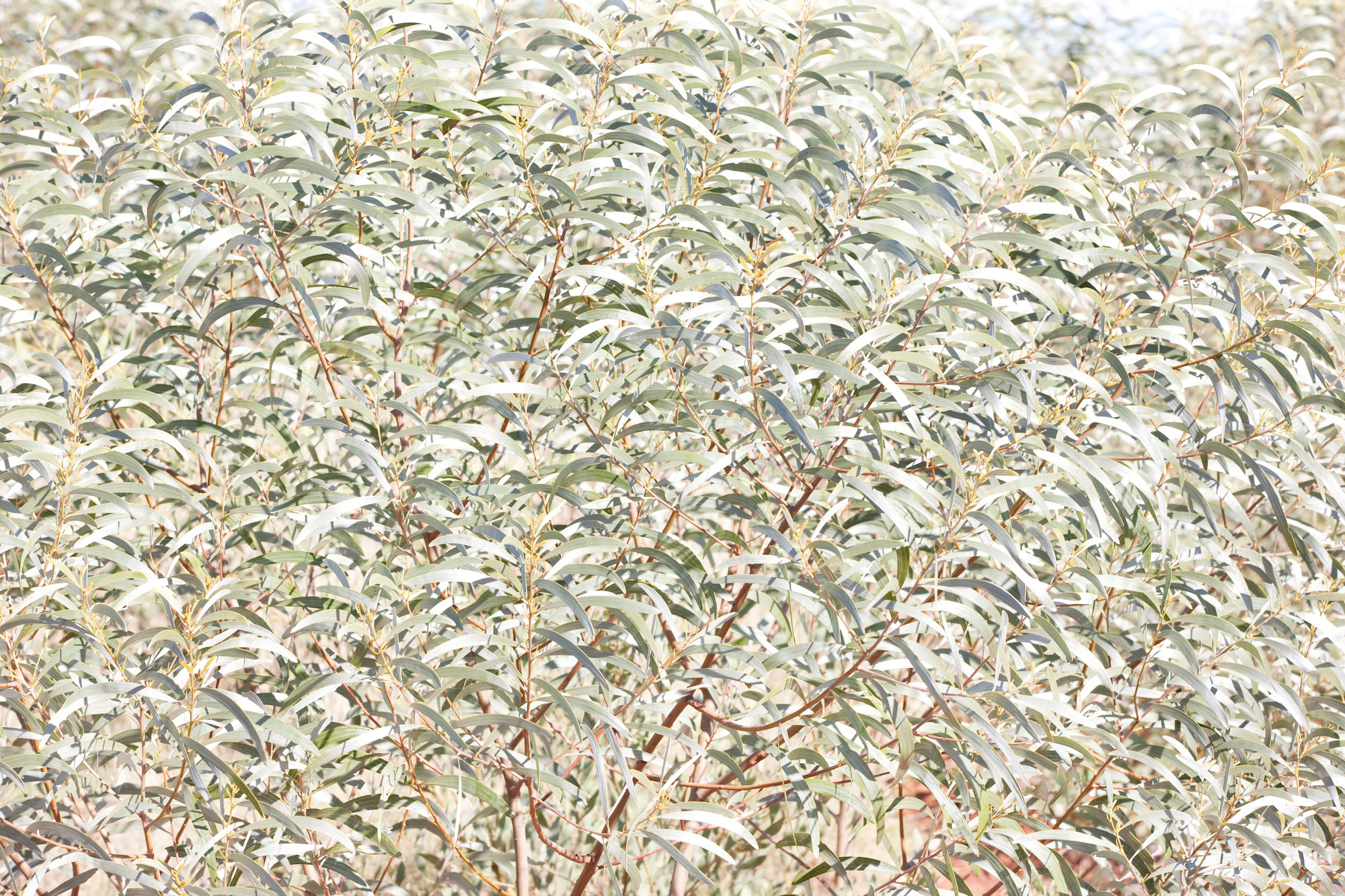
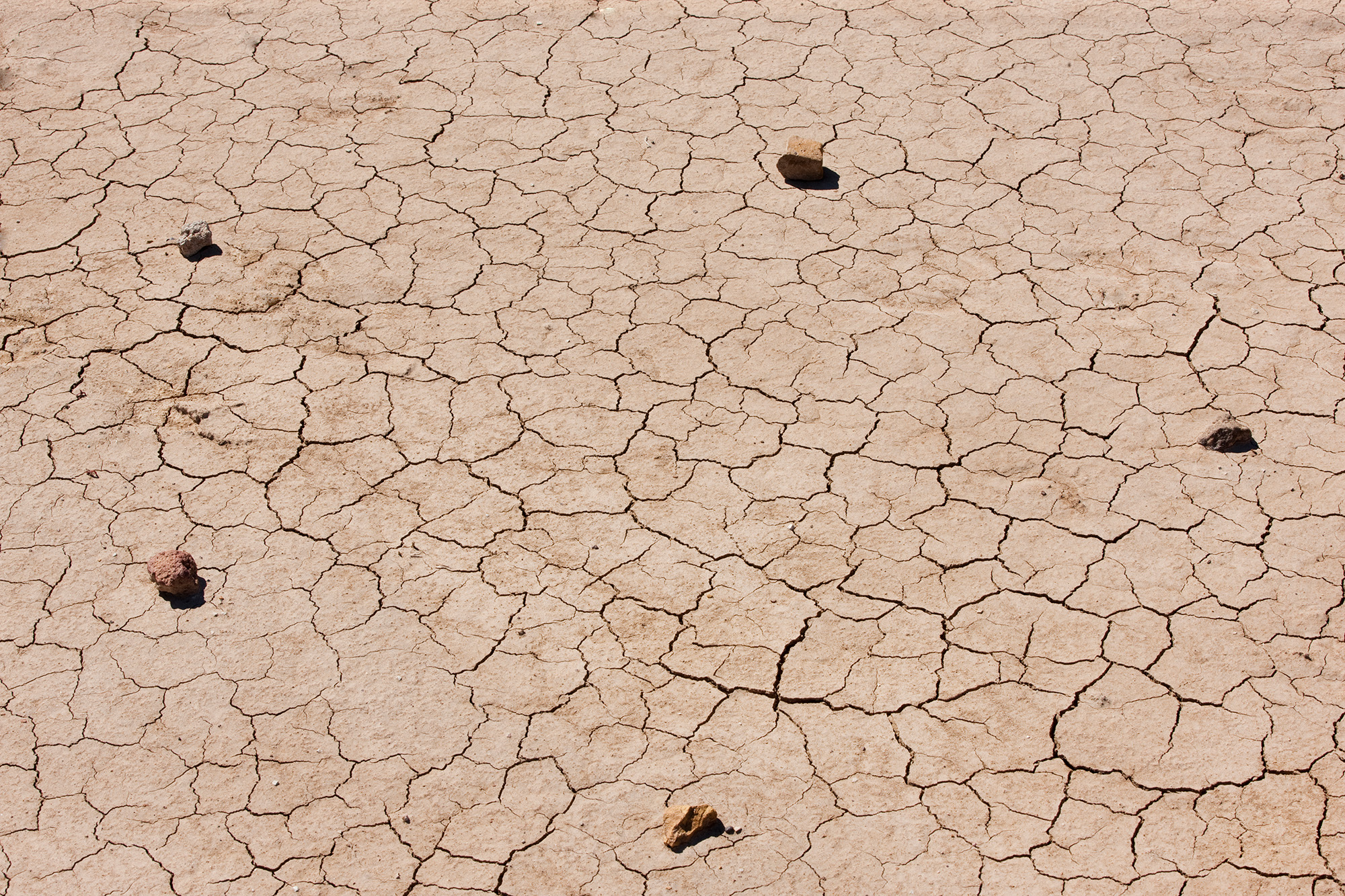
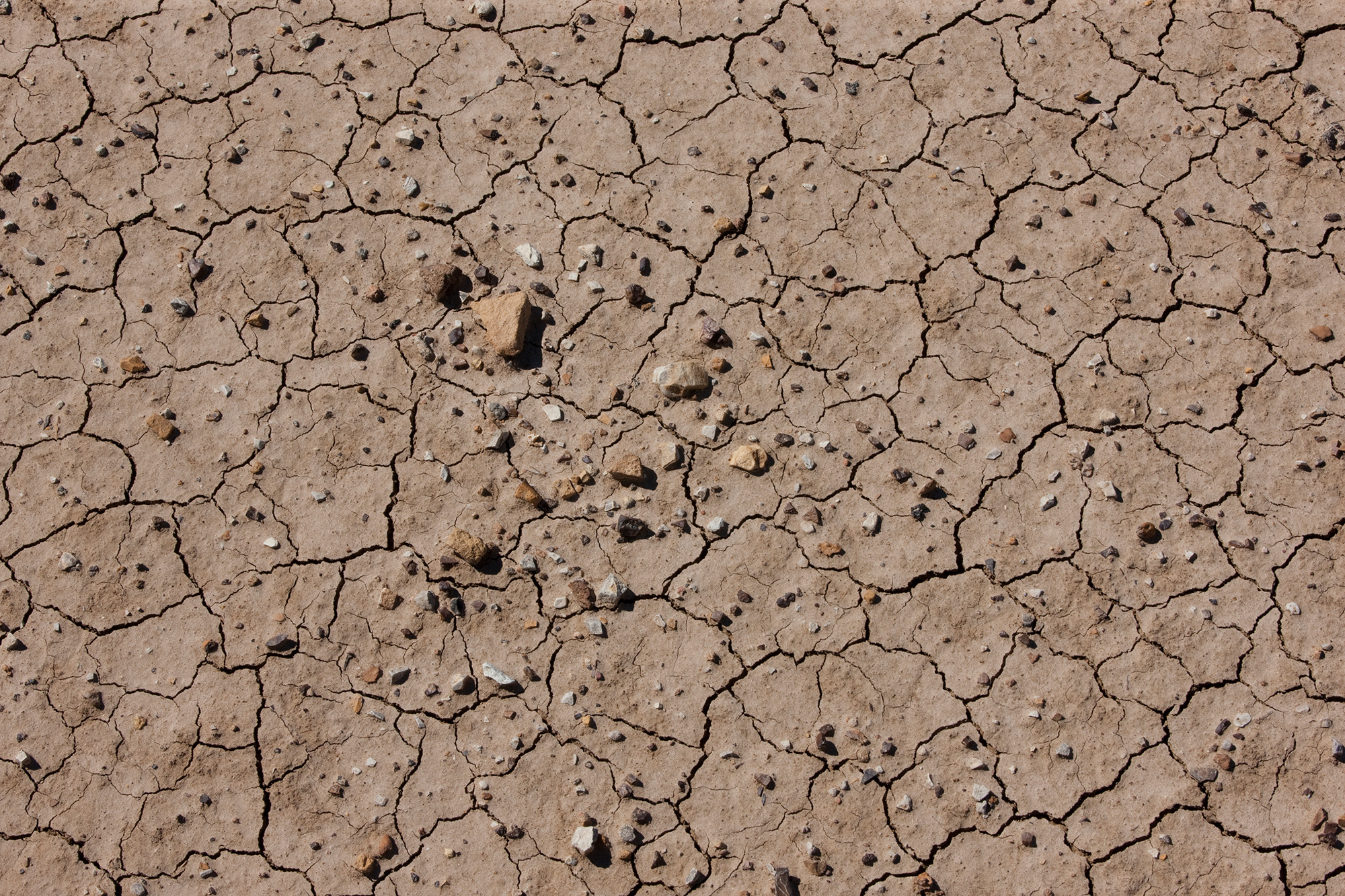
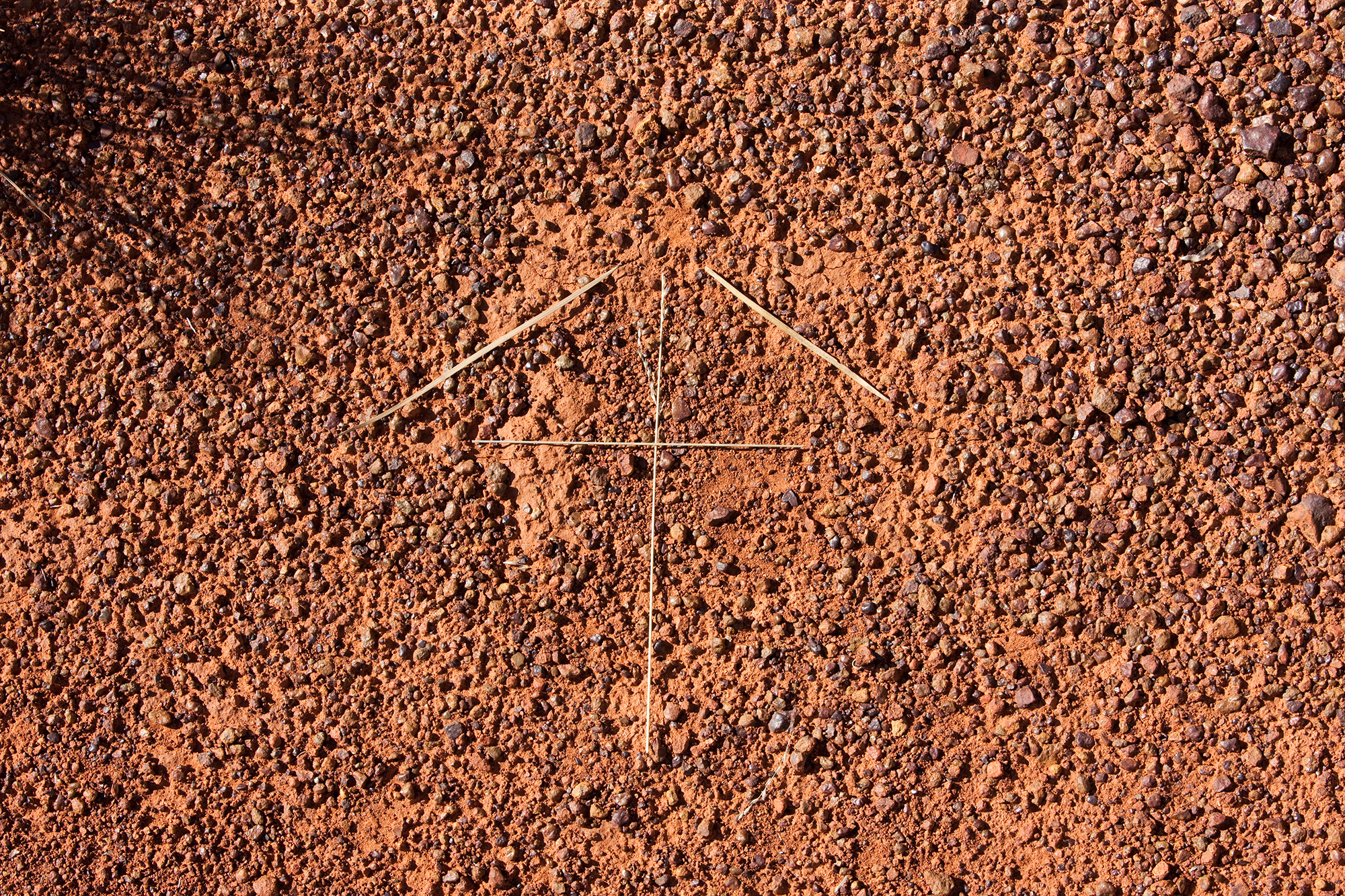
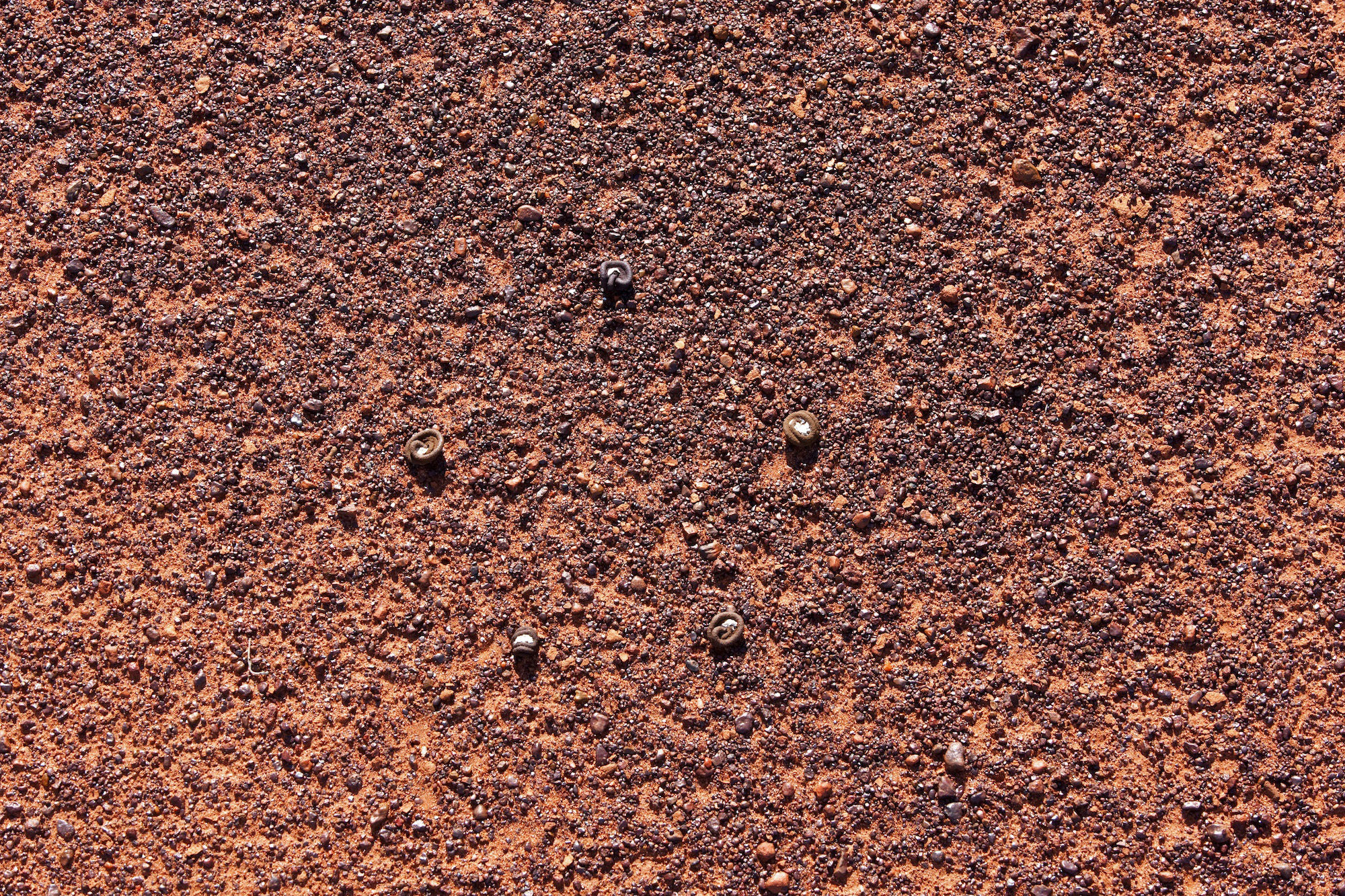
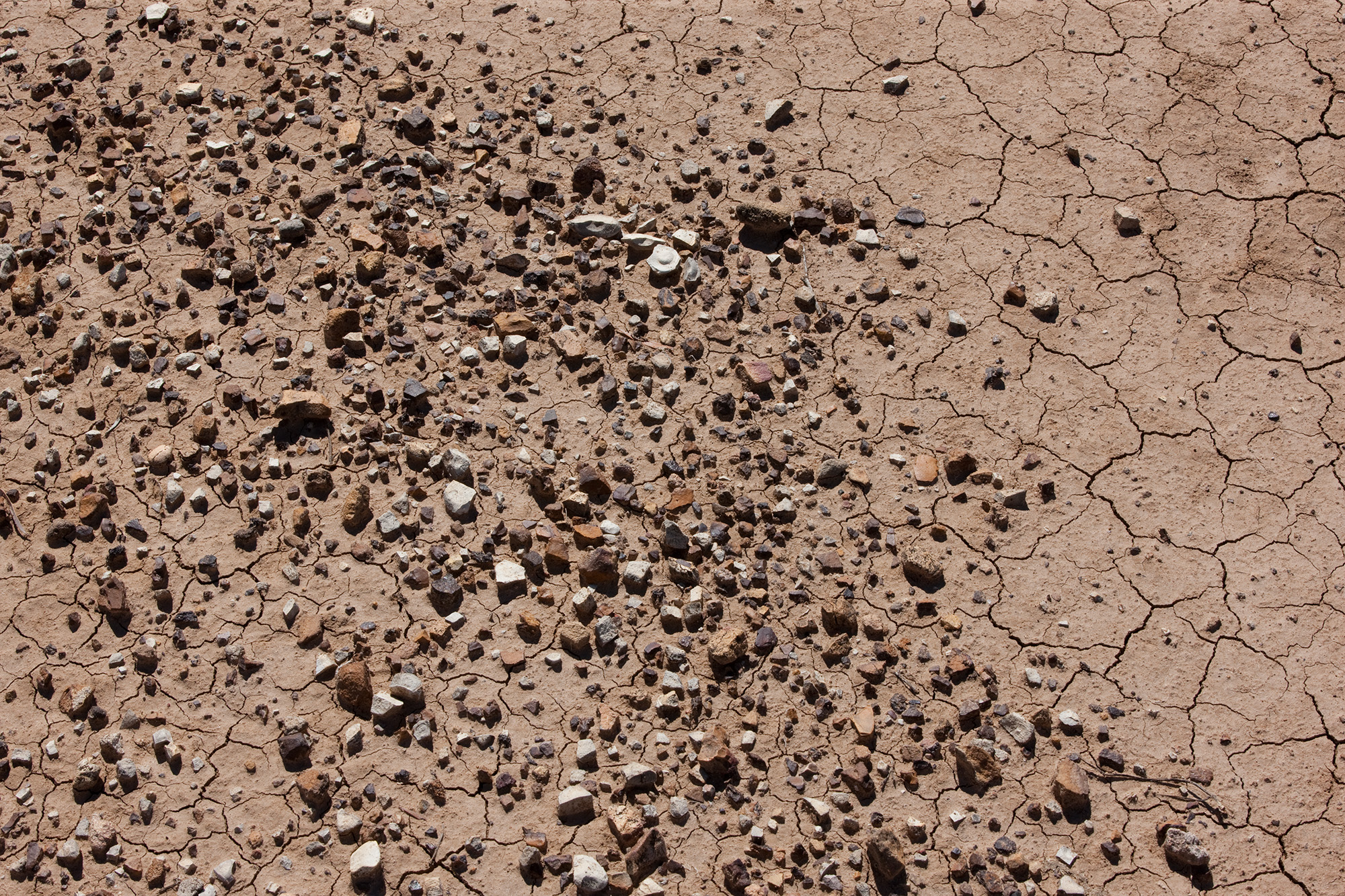
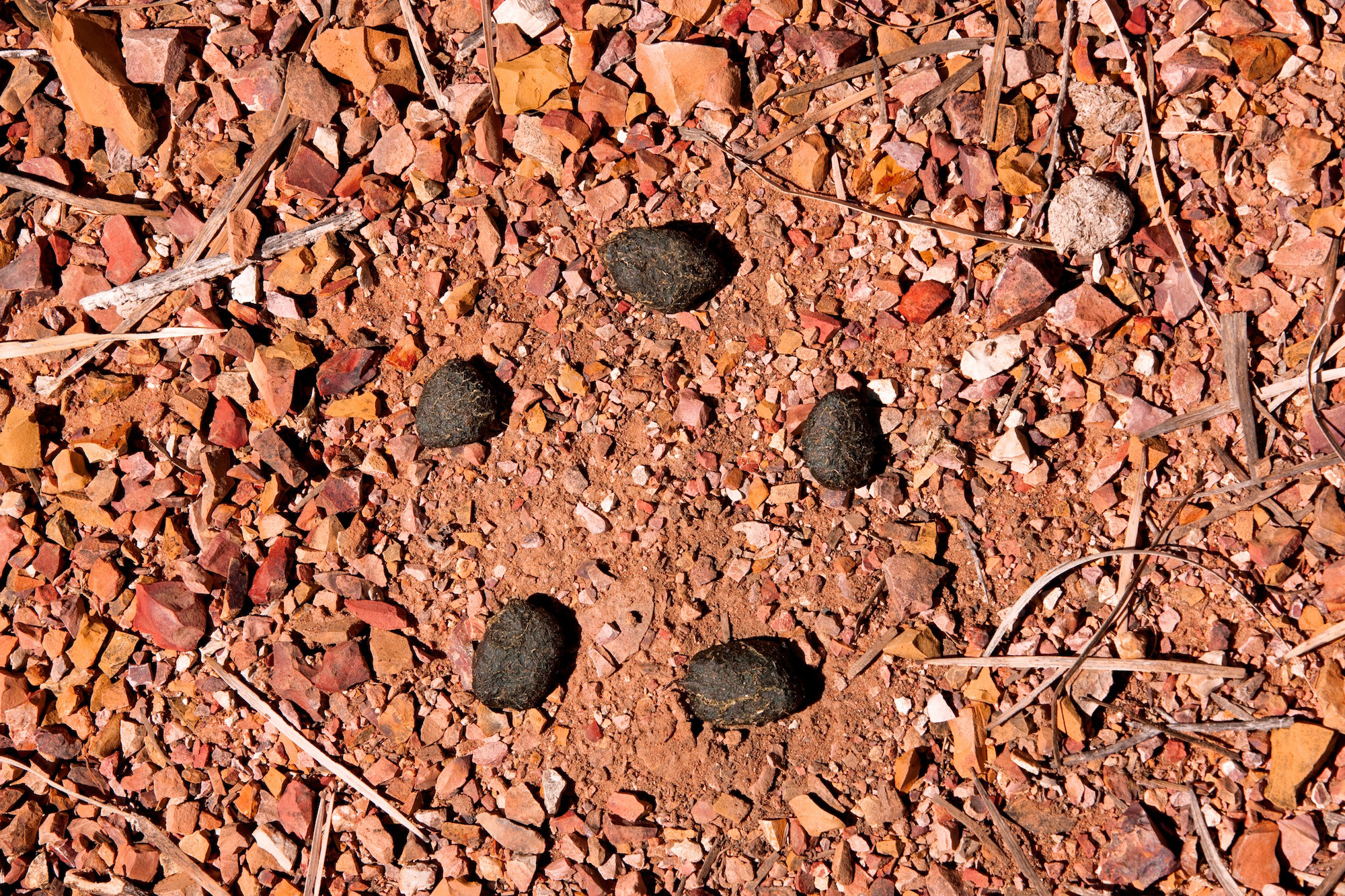
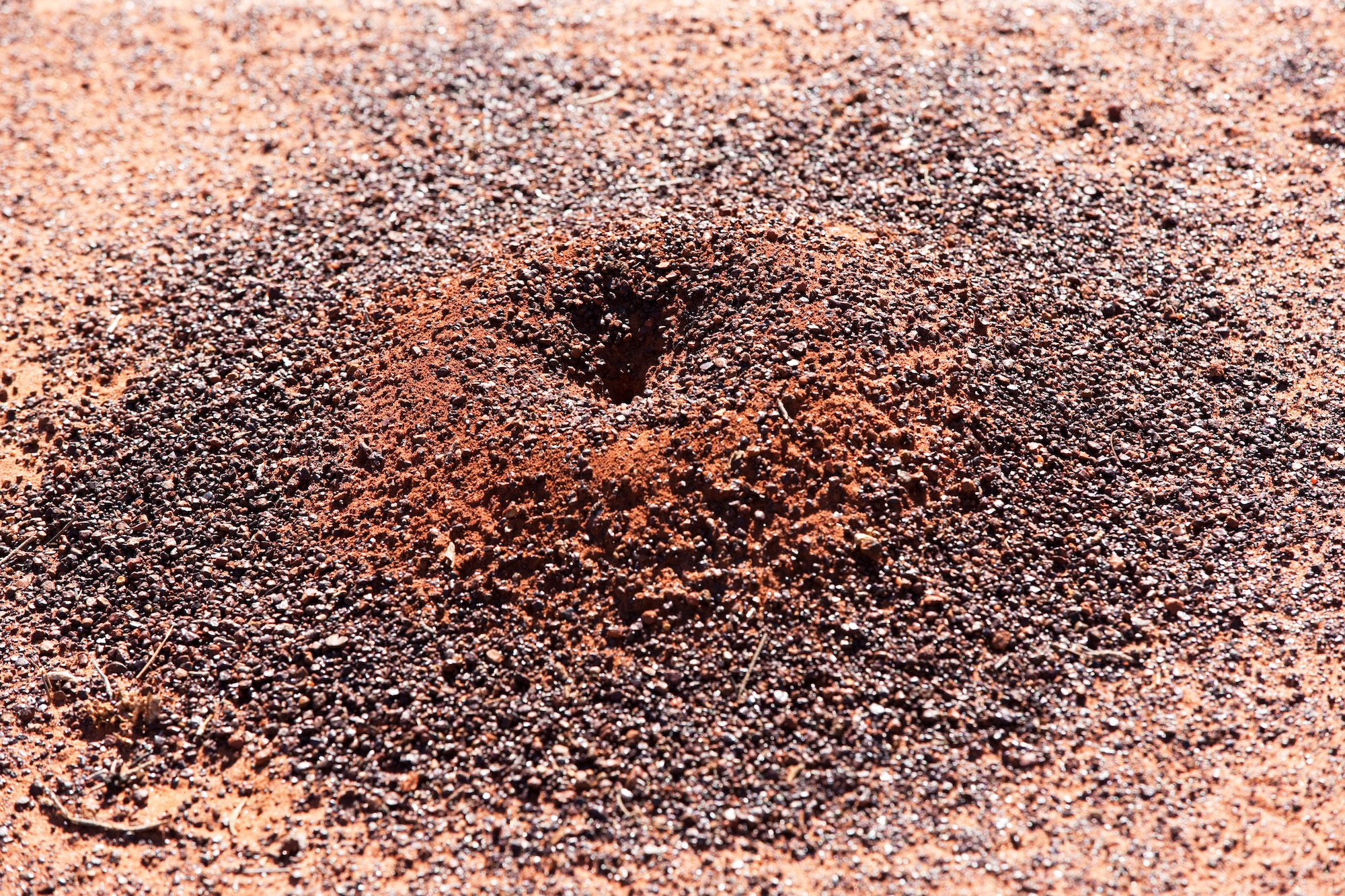
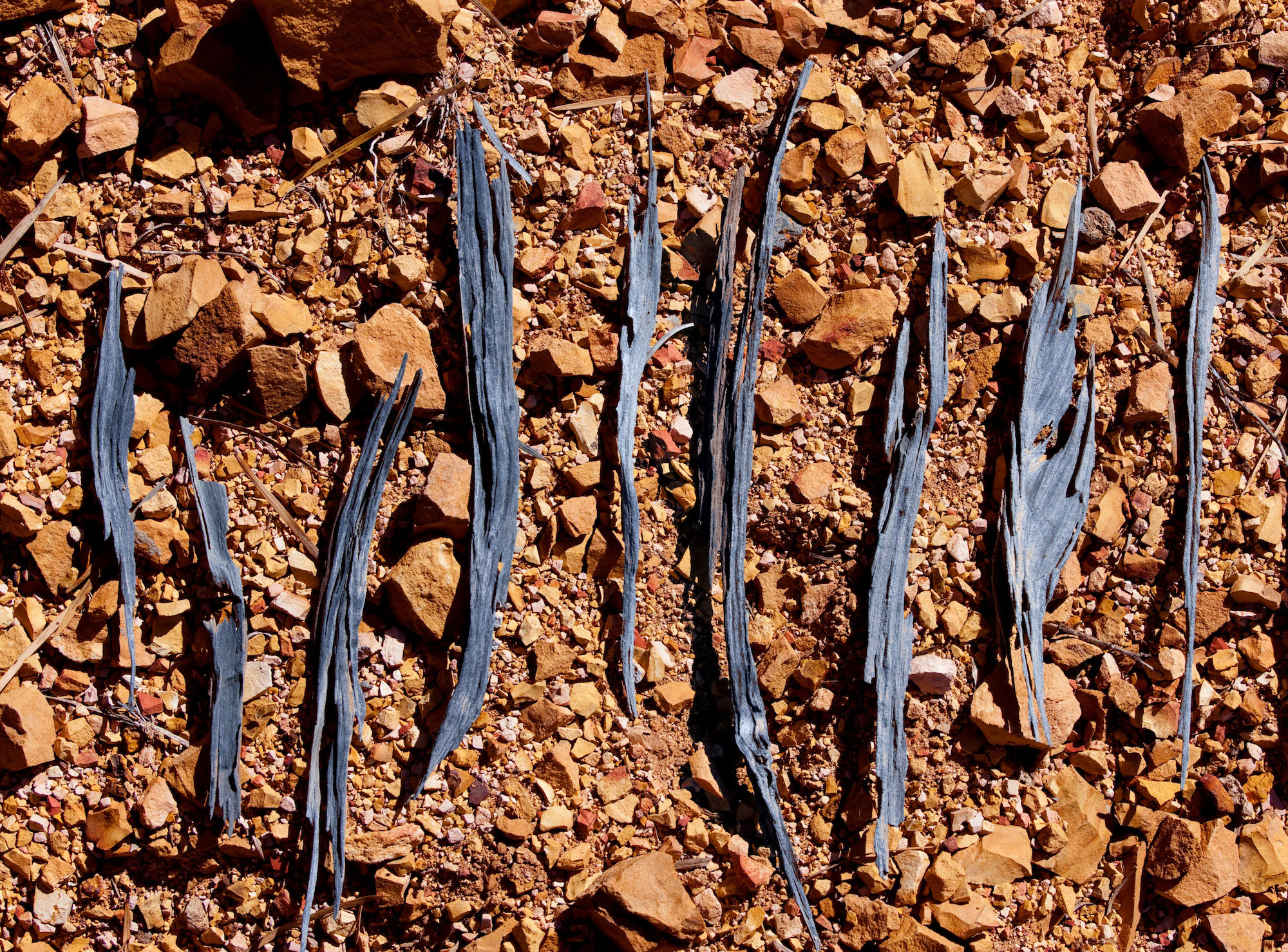
Mercantile Cairo, 2022
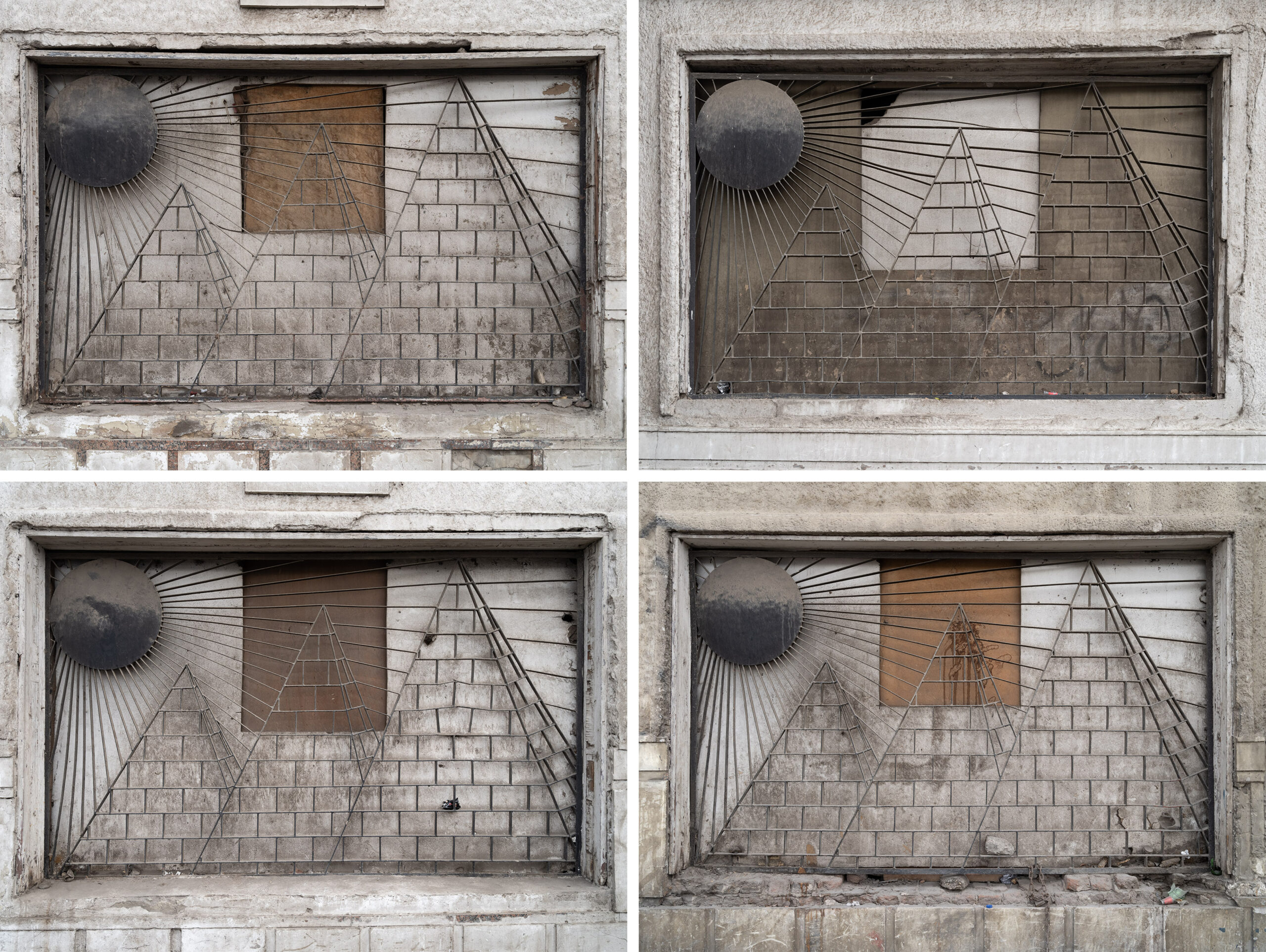
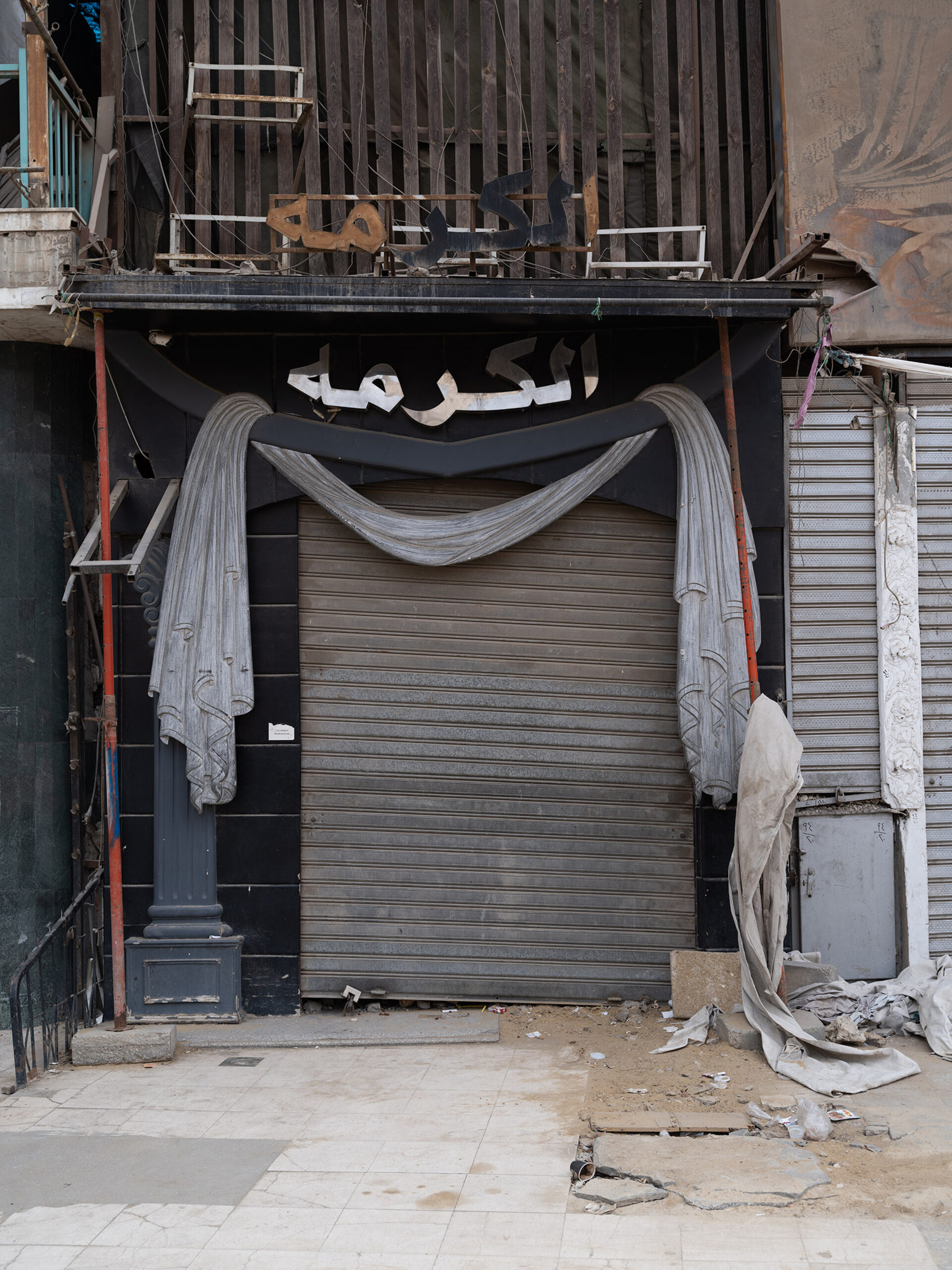
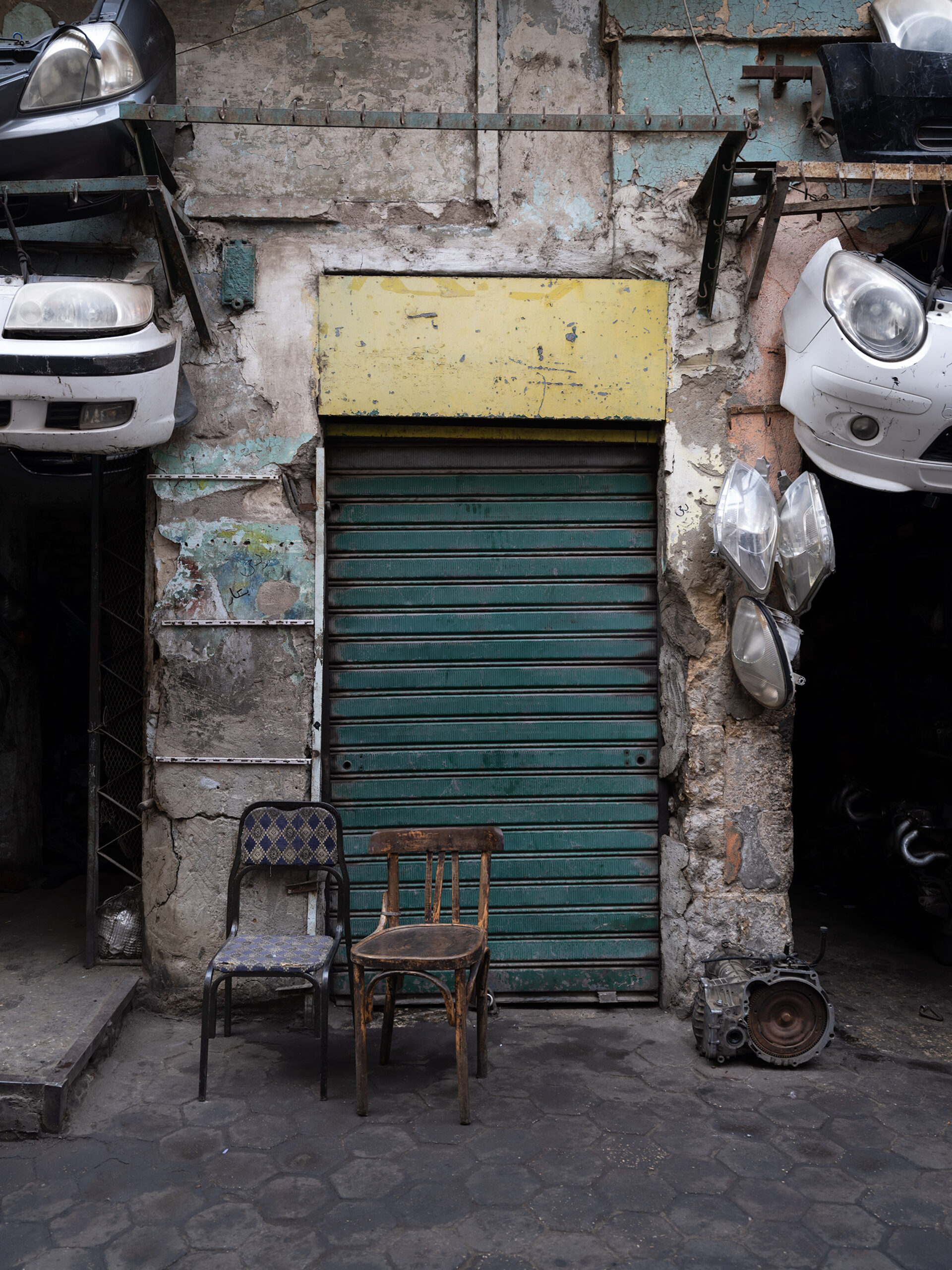
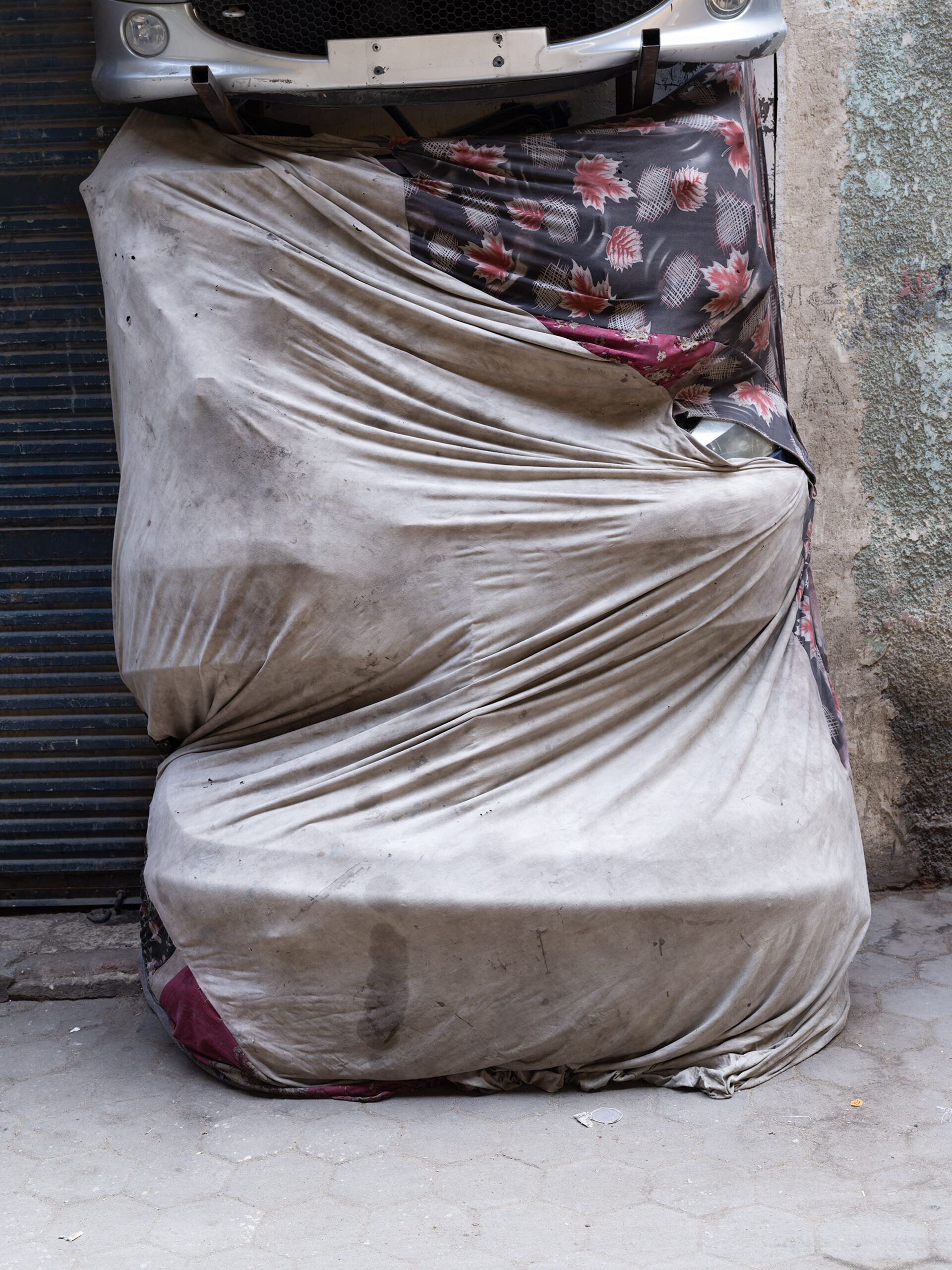
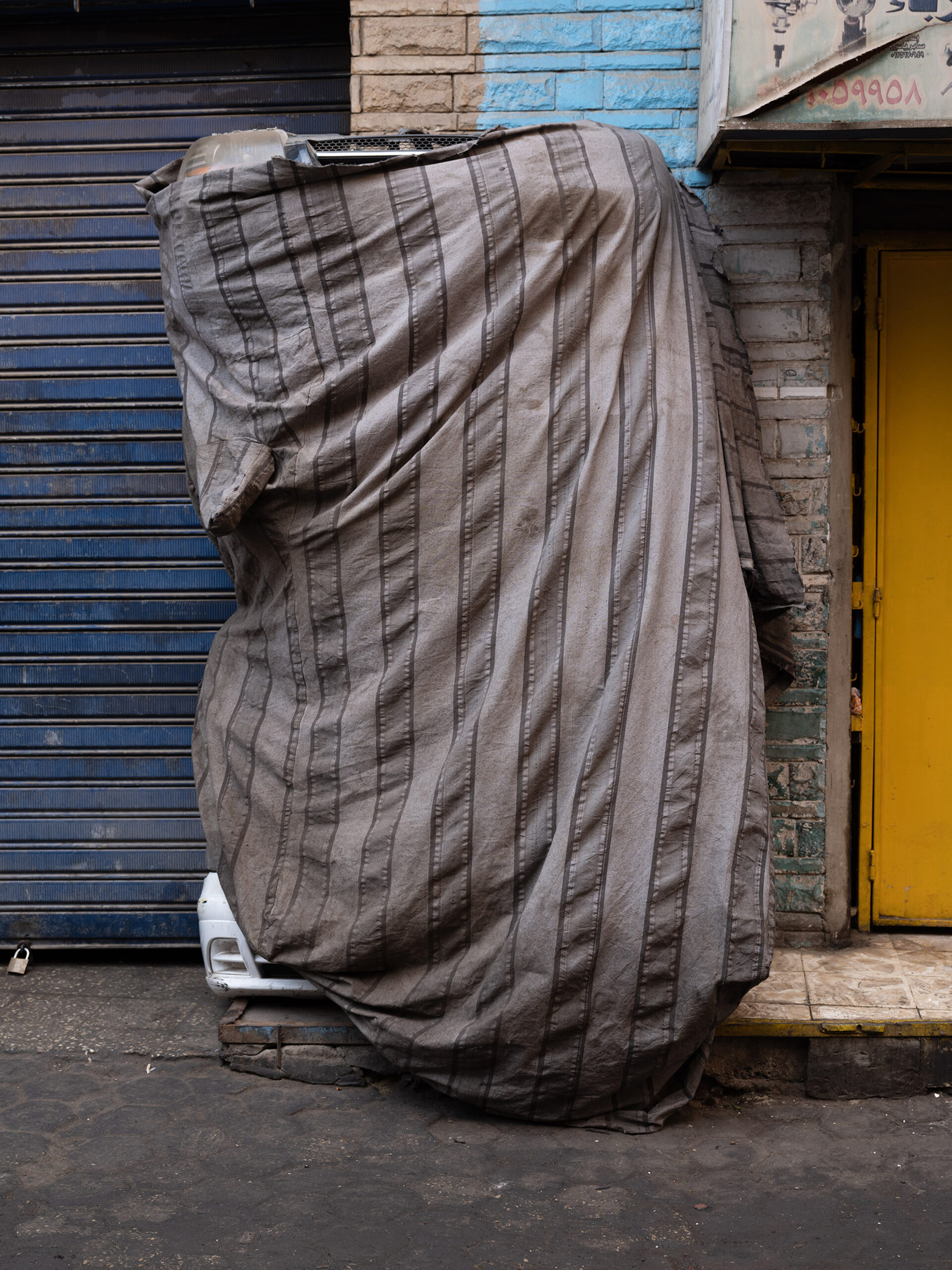
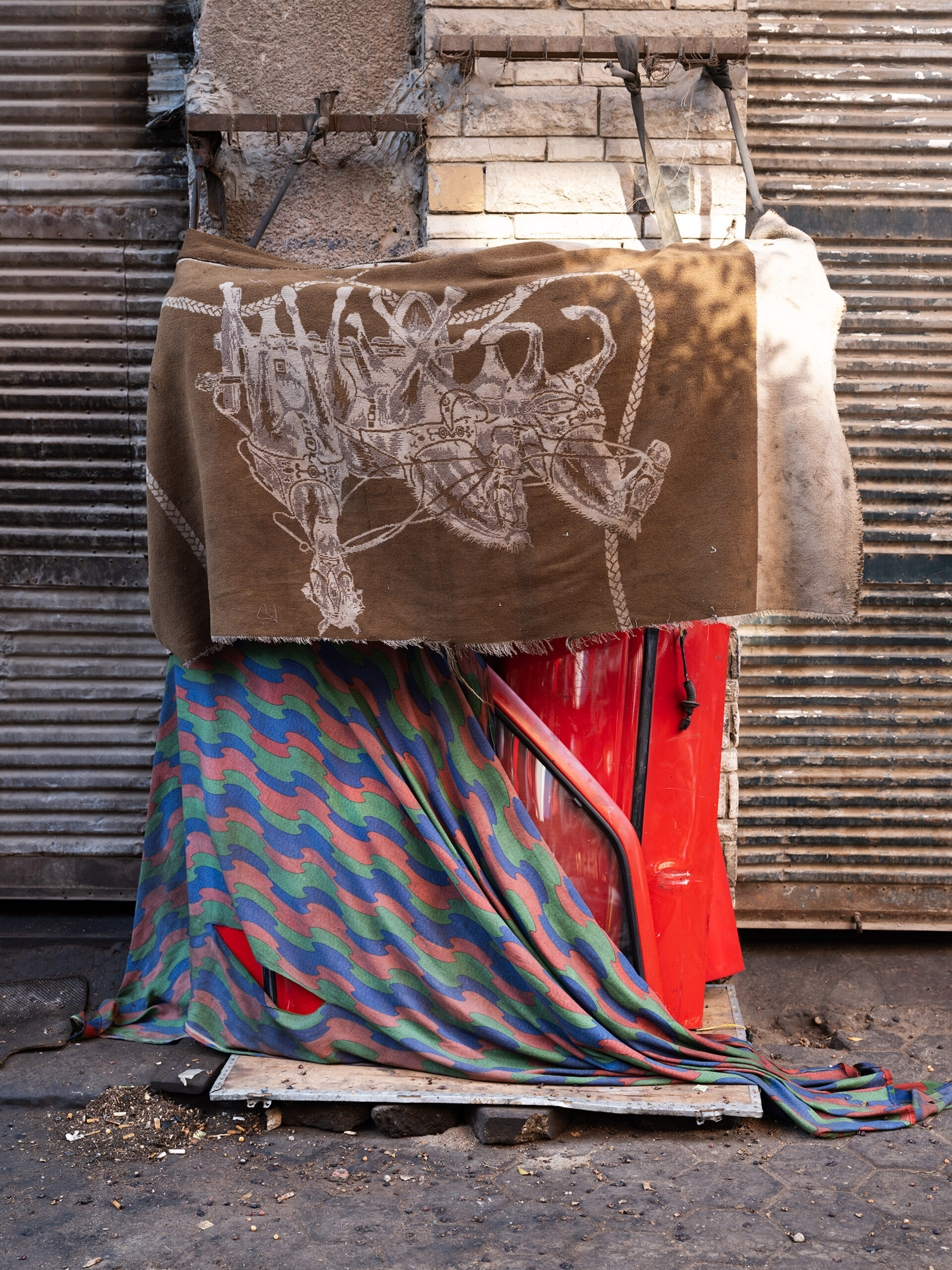
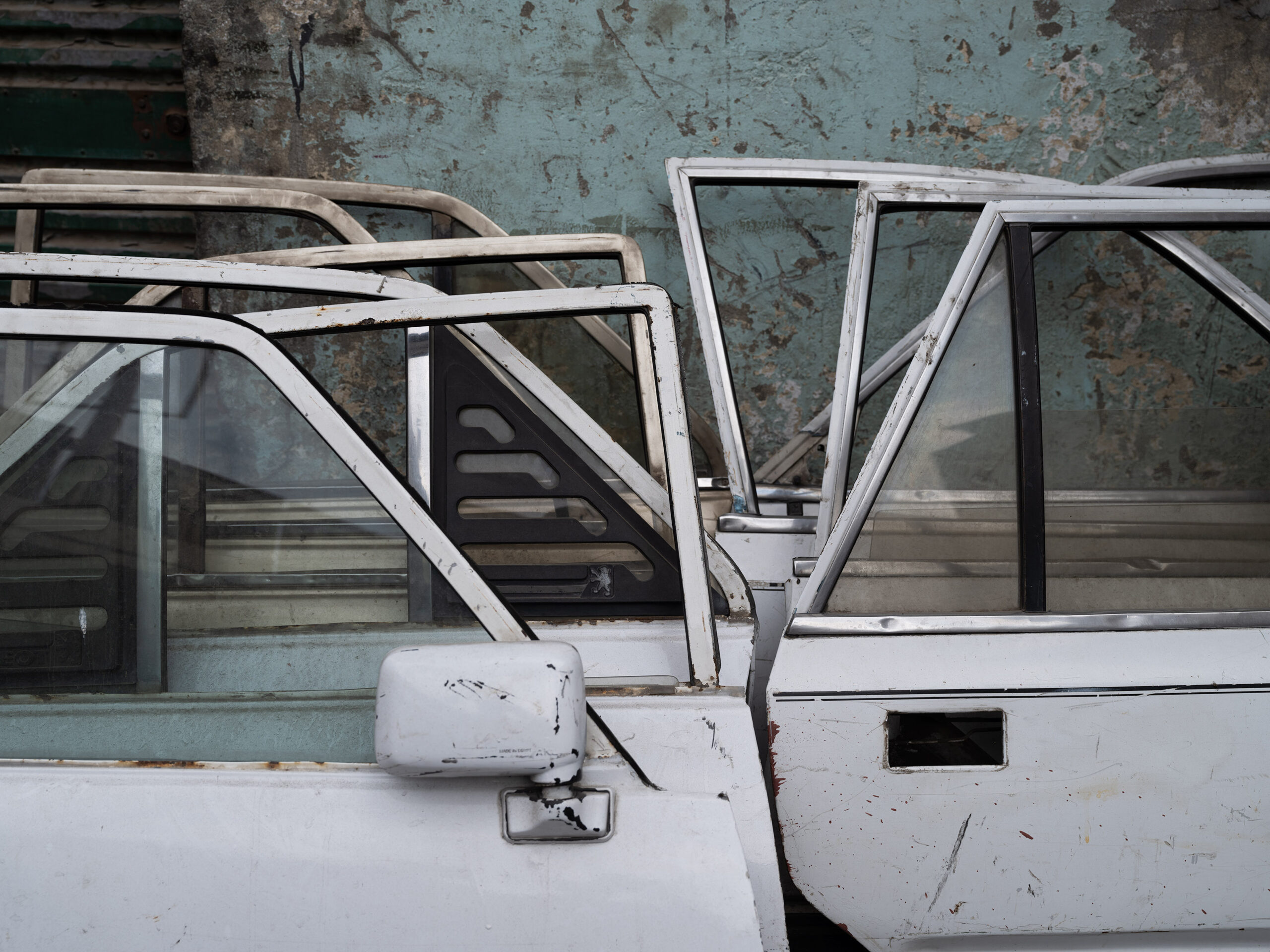
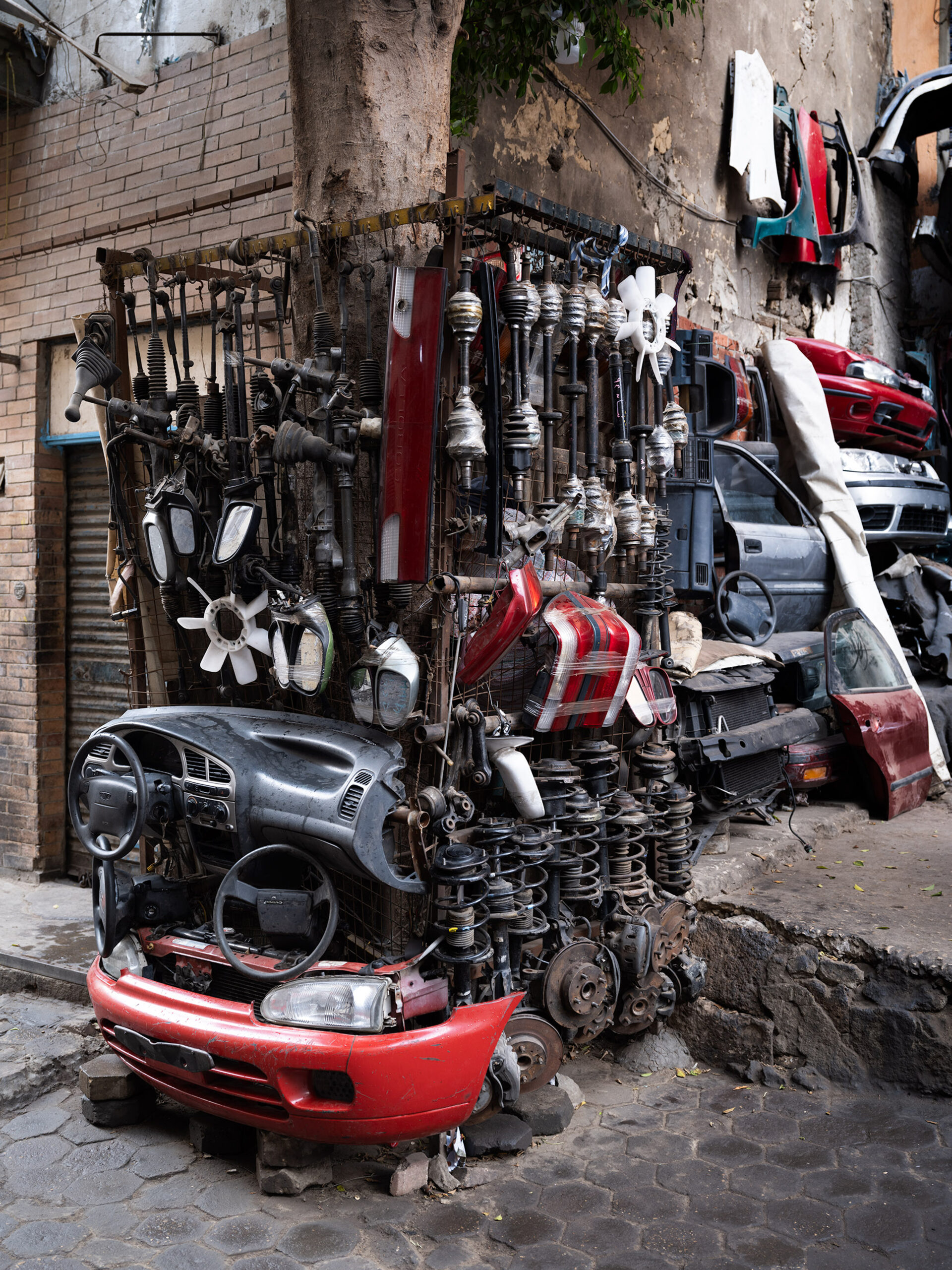
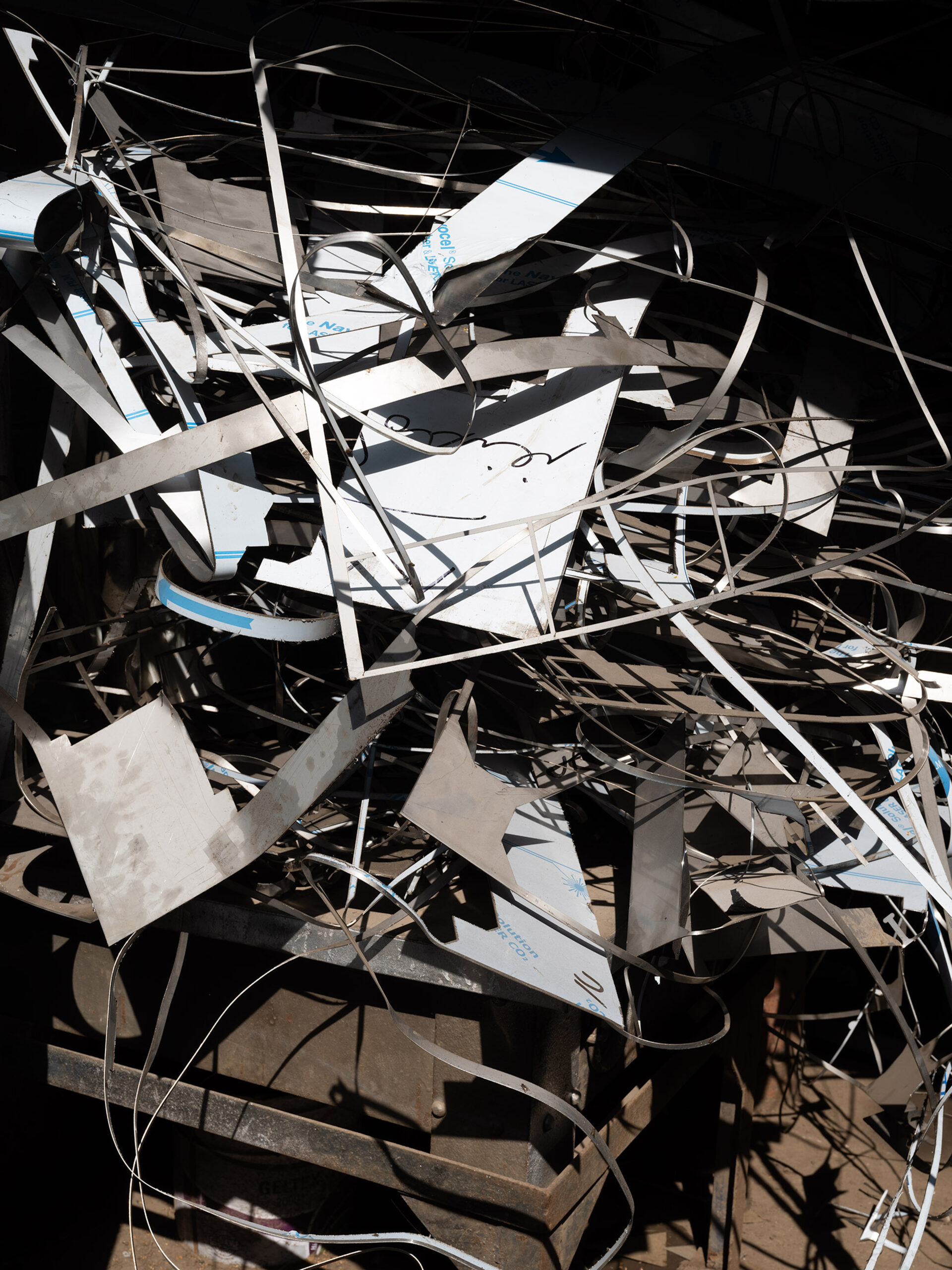
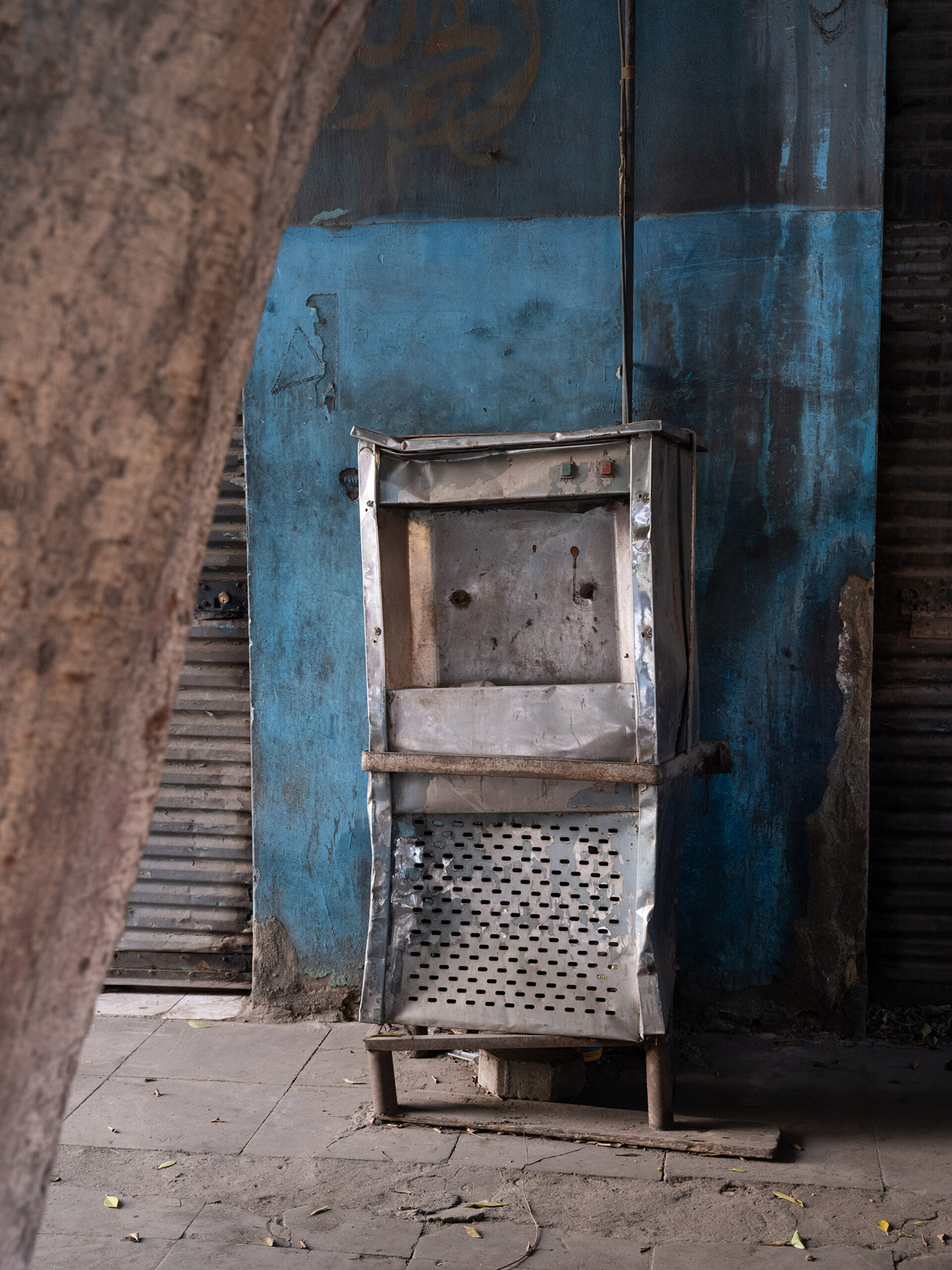
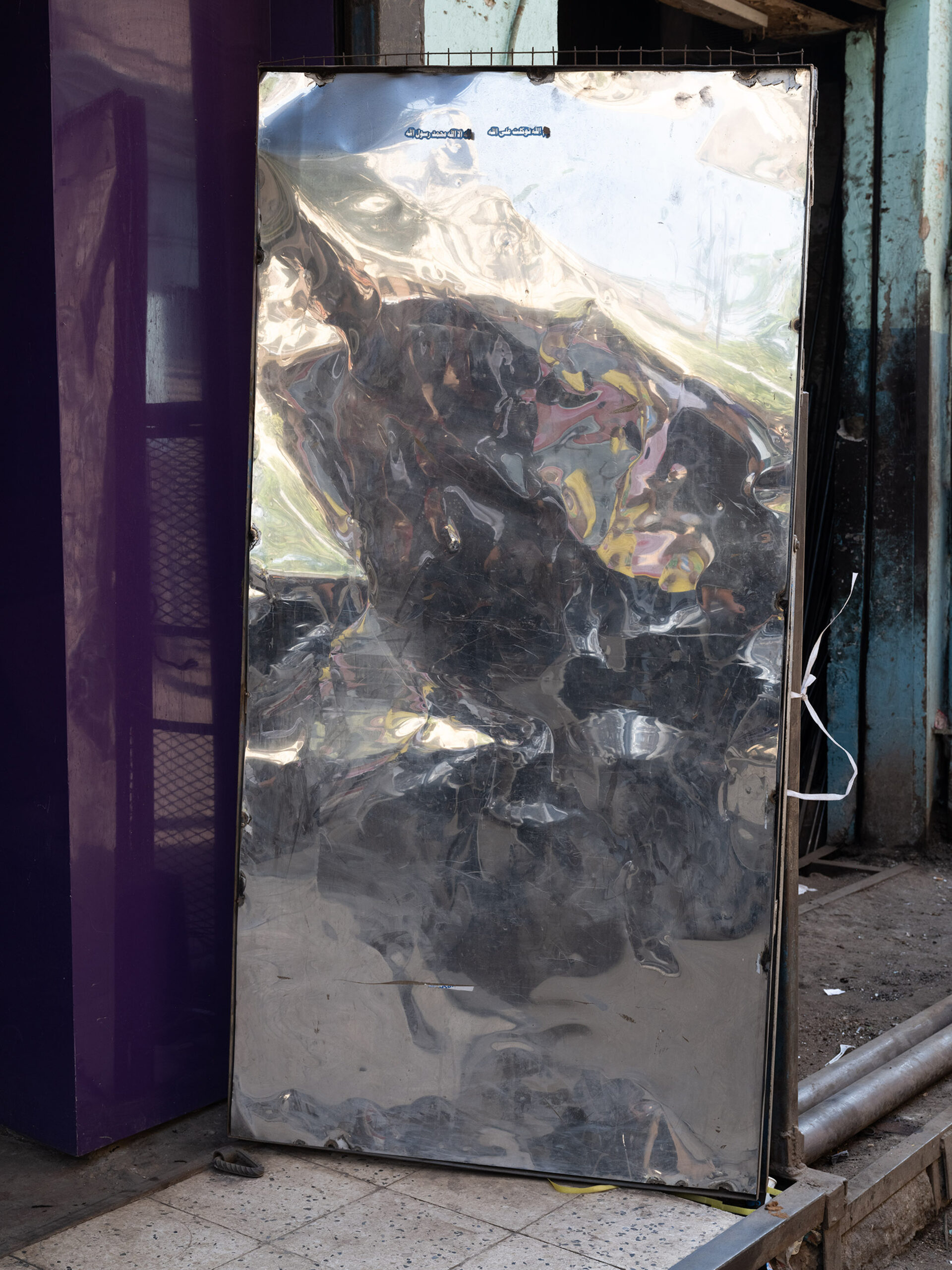
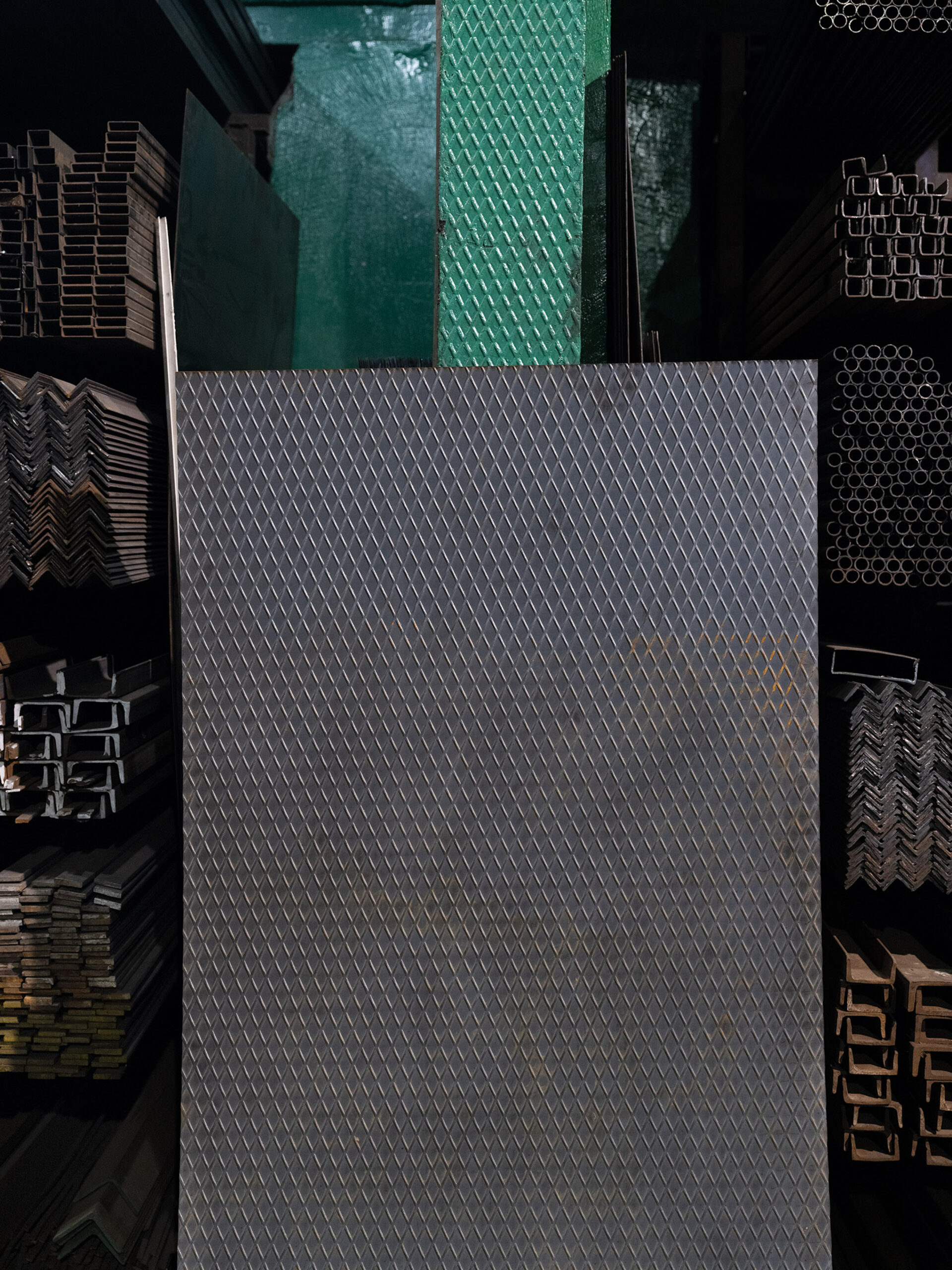
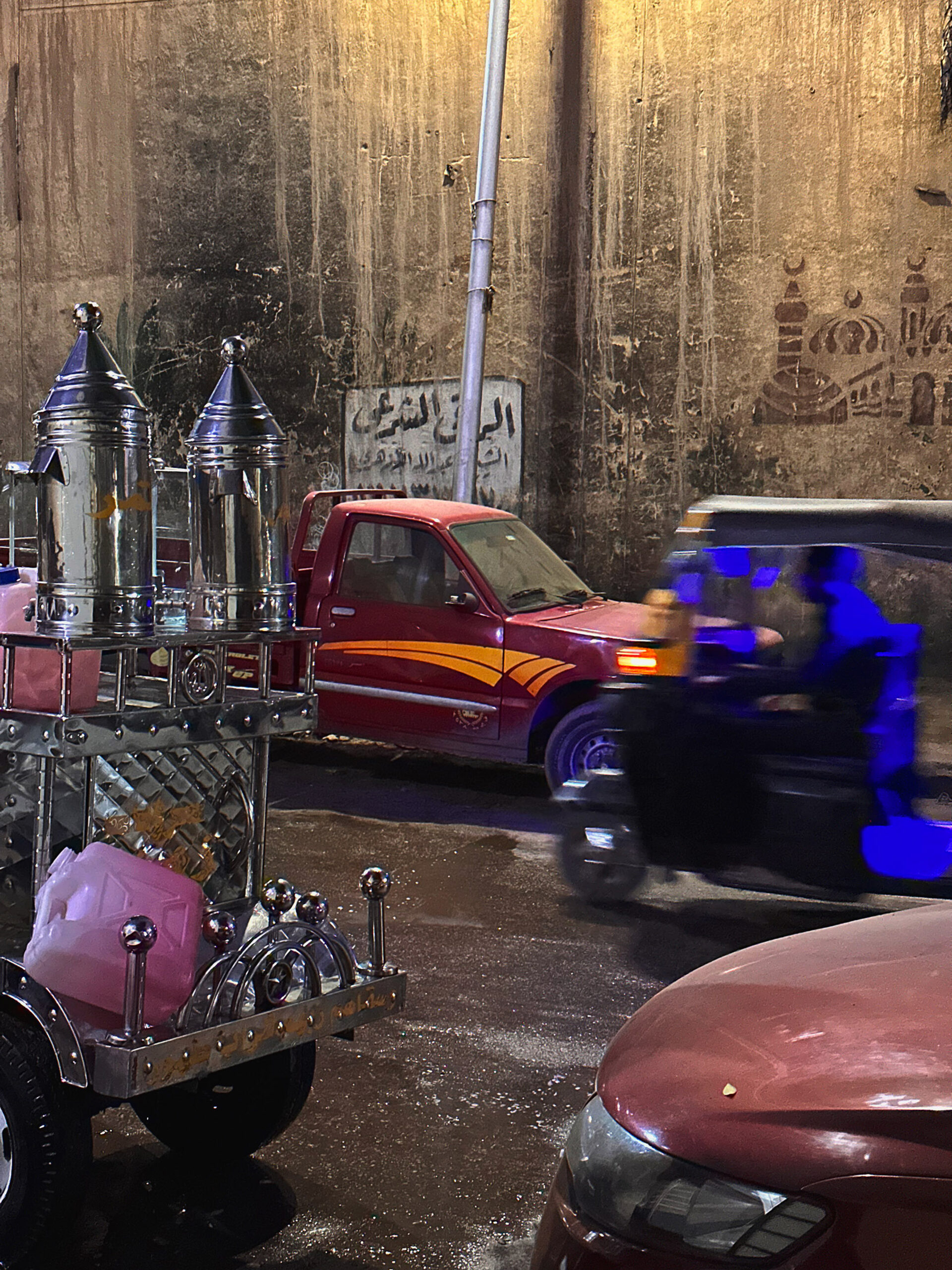
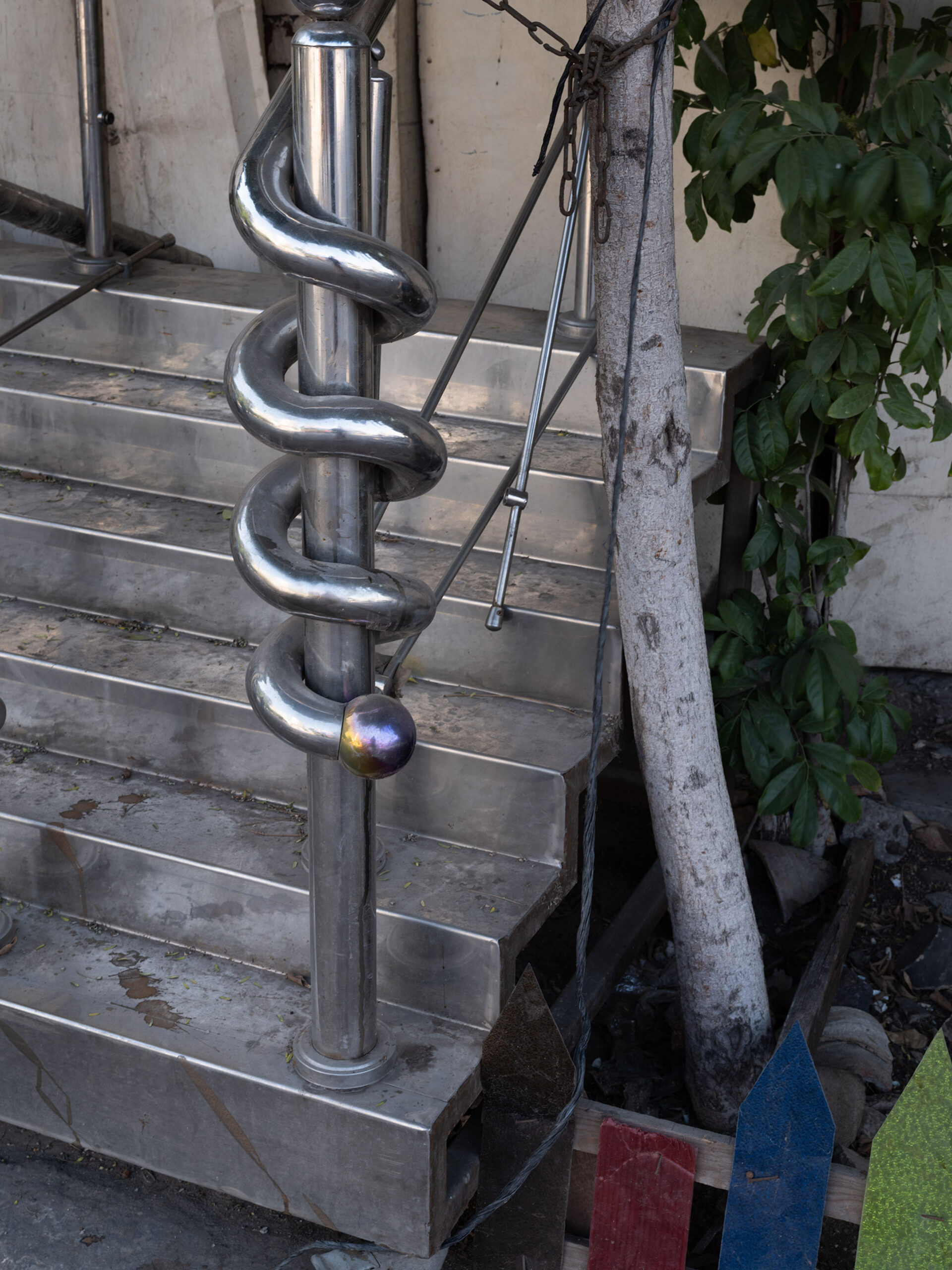
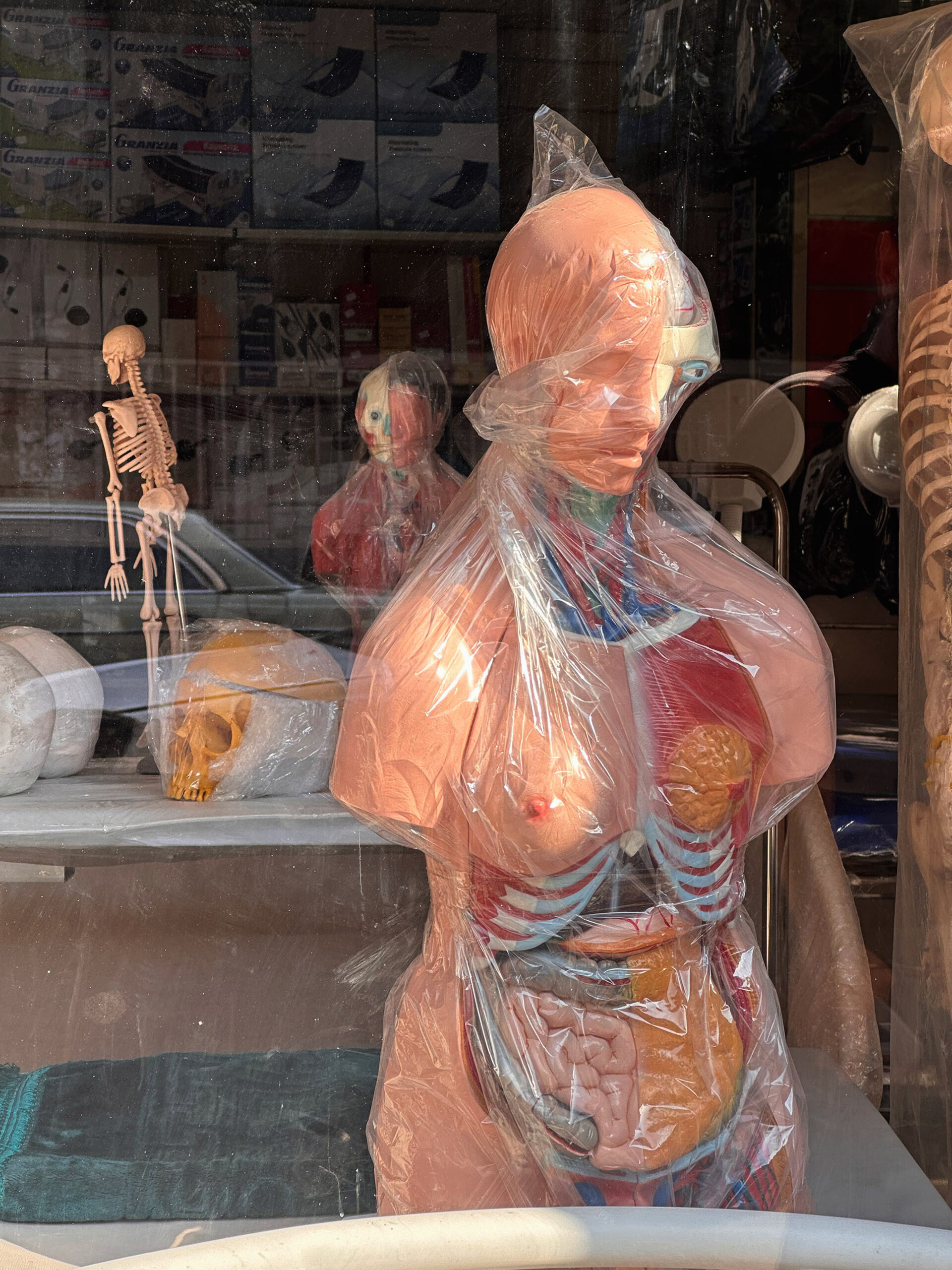
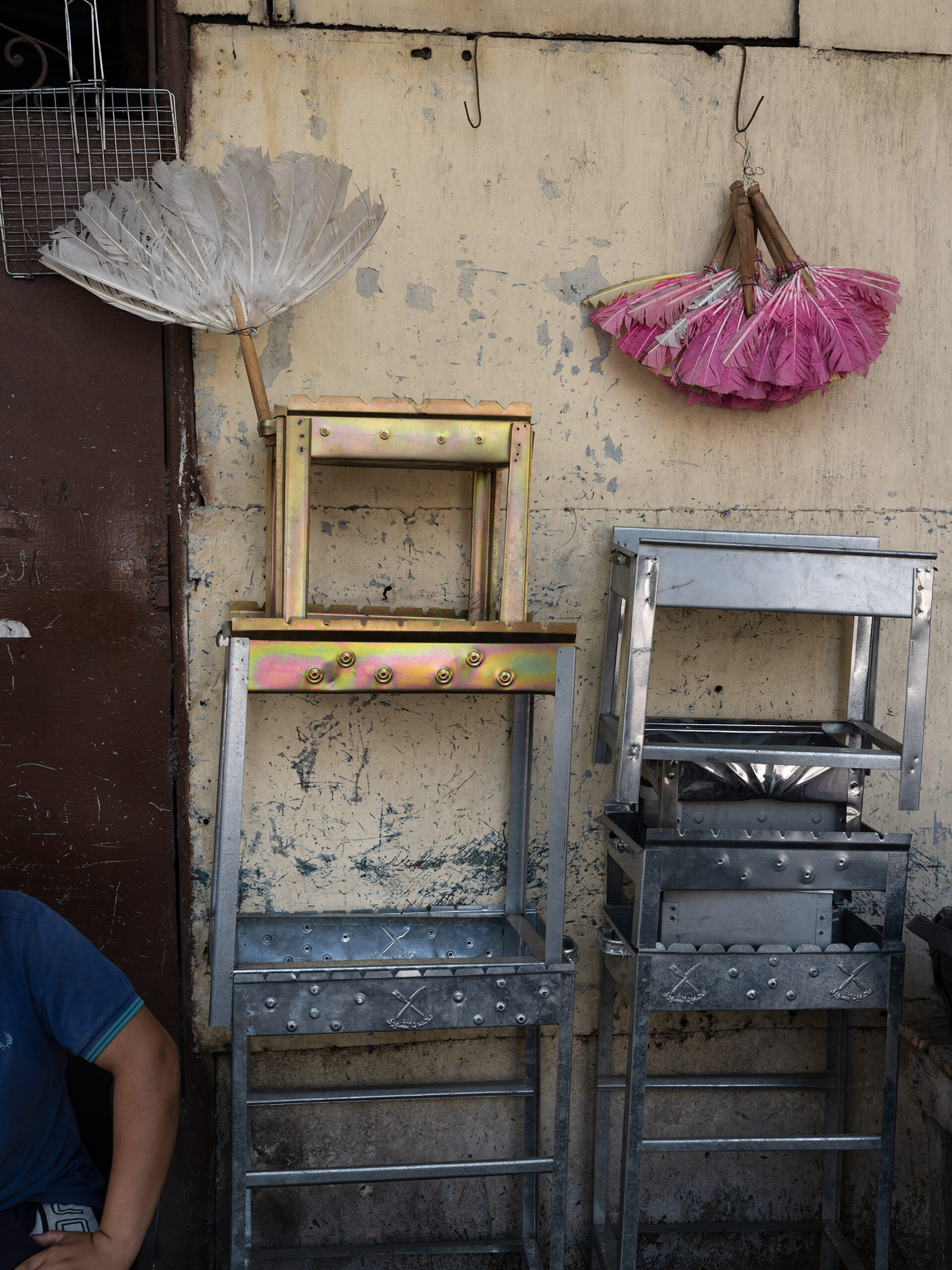
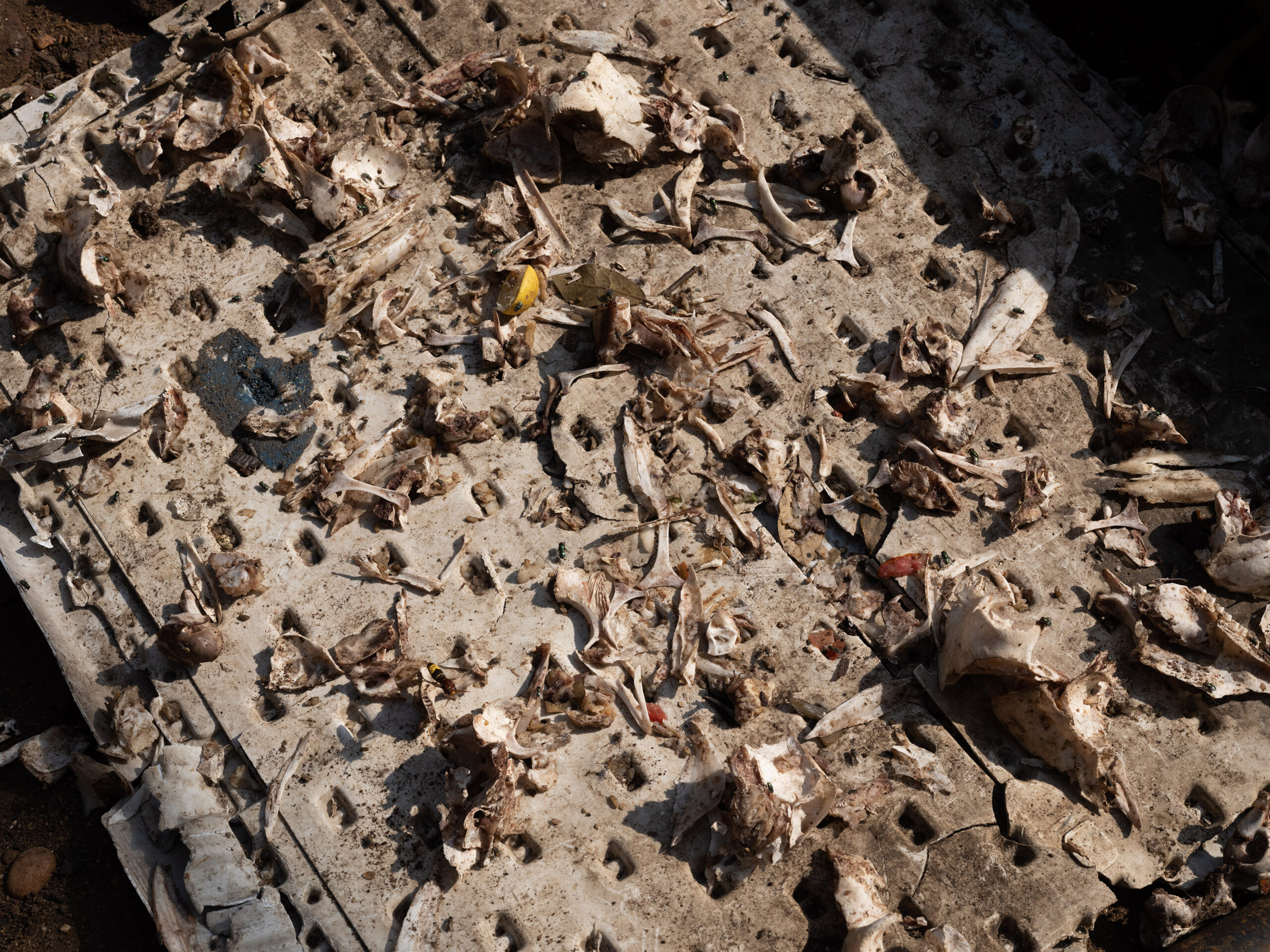
In Cairo’s backstreets the city constantly repurposes its ancient architecture to ever-changing technology. The same shops that have sold camel saddles for hundreds of years, remain alongside those selling dismembered automobile parts. The car junkyards one usually finds in open lots on the edge of town do not appear to exist in Cairo. So its ancient shop fronts are repurposed for the display of cannibalized car parts, arranged by model, type and vintage – and hung on the storefront walls, occasionally wrapped in old rugs or bed sheets for protection against the ever-present pollution. Medical supply houses similarly display their faux human body parts like a butchers’ shop; as do the metal fabricators present their product in its anodized glory for the benefit of would-be buyers and the junkyard dogs that remain alive and well in ancient Egypt.
– Graham Howe
Church and State, 2022 - 2023
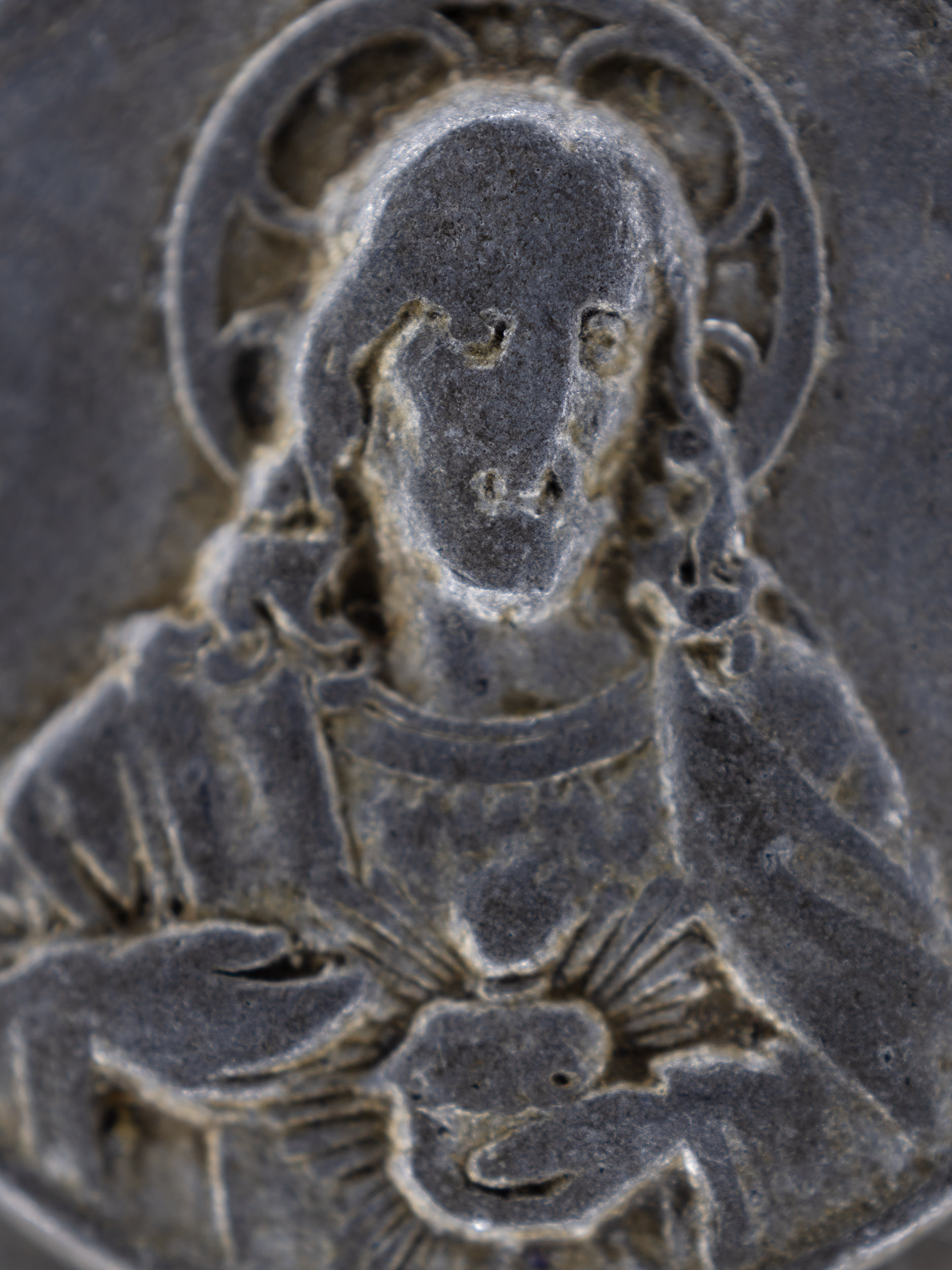
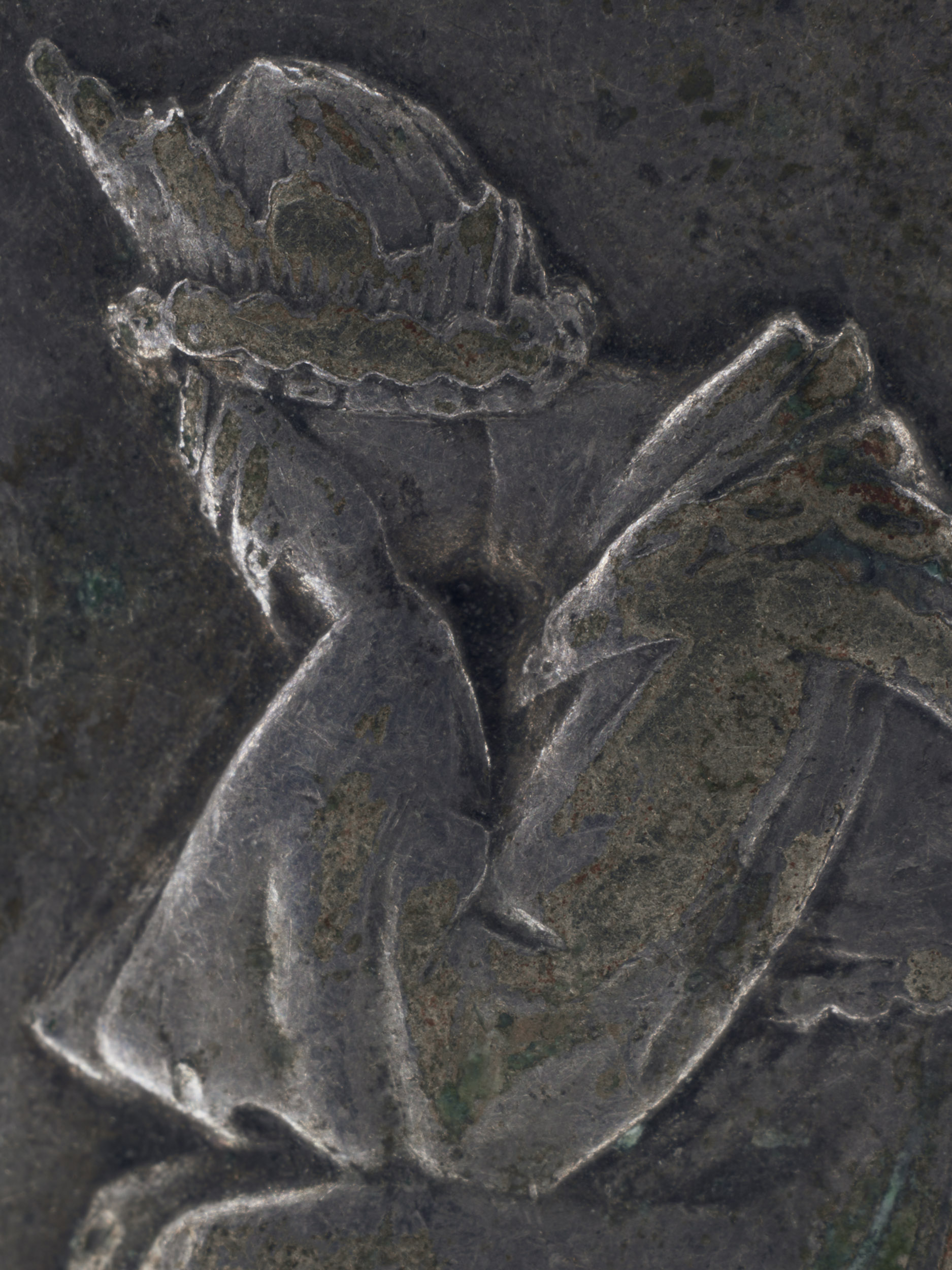
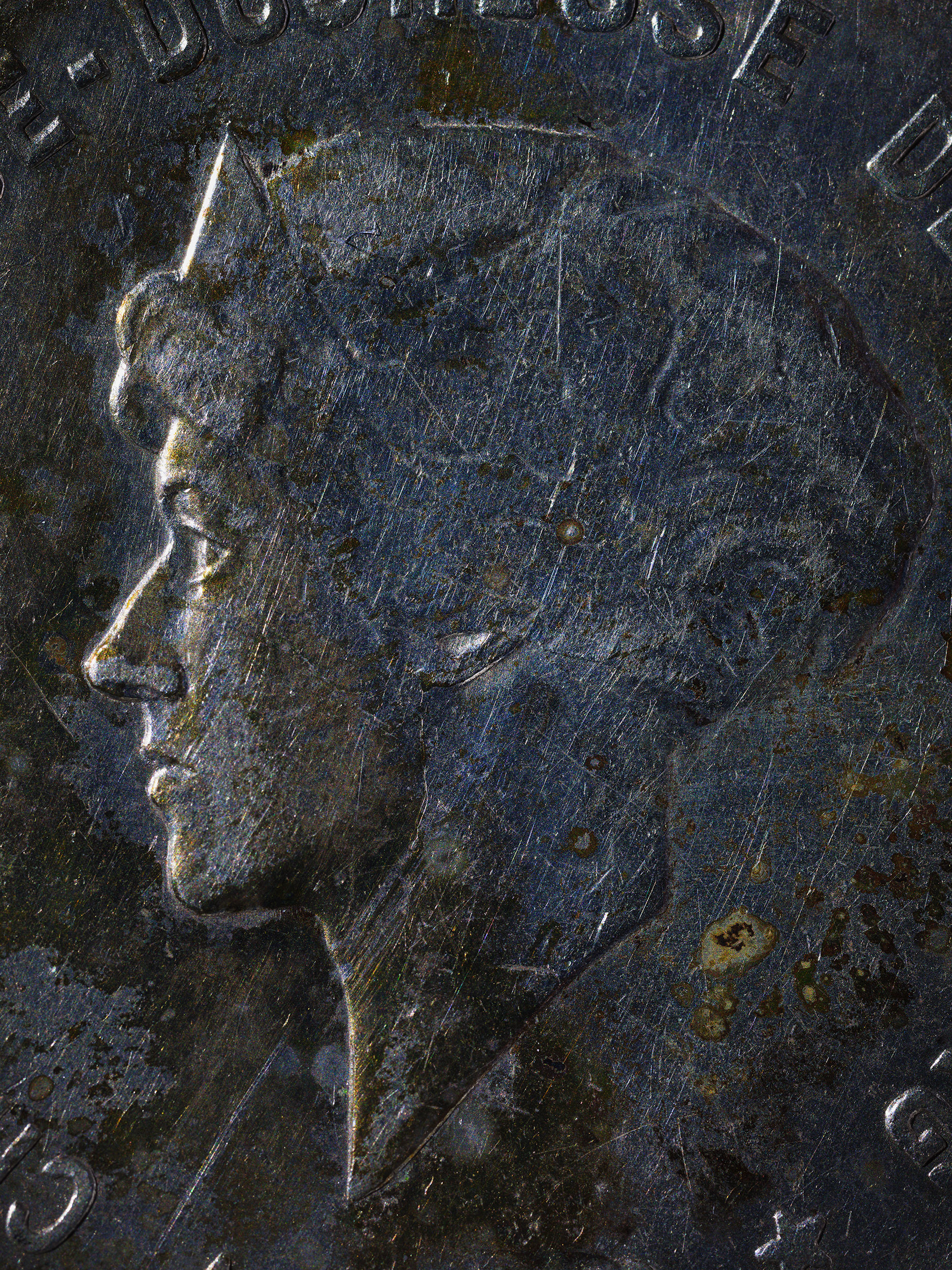
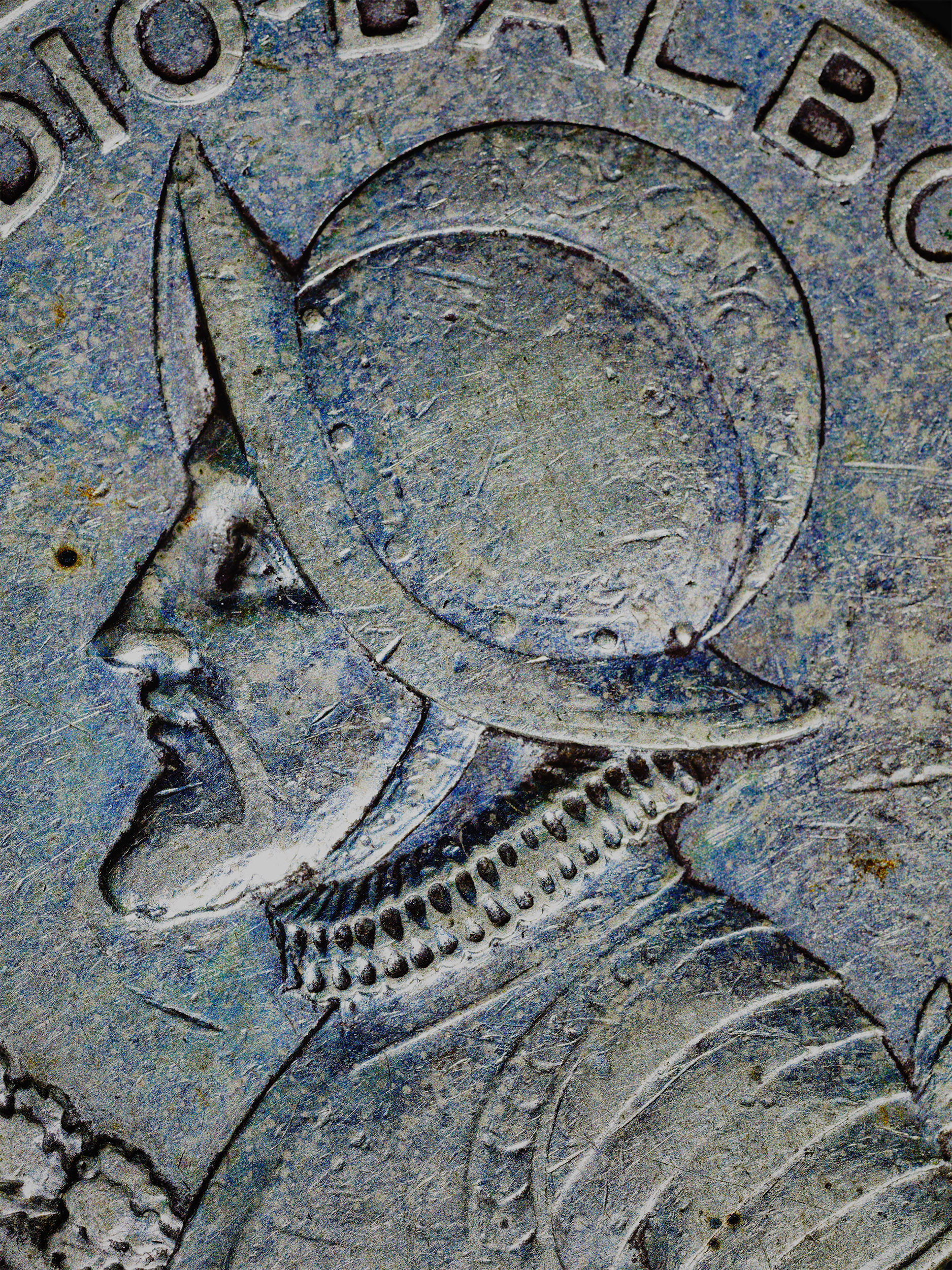
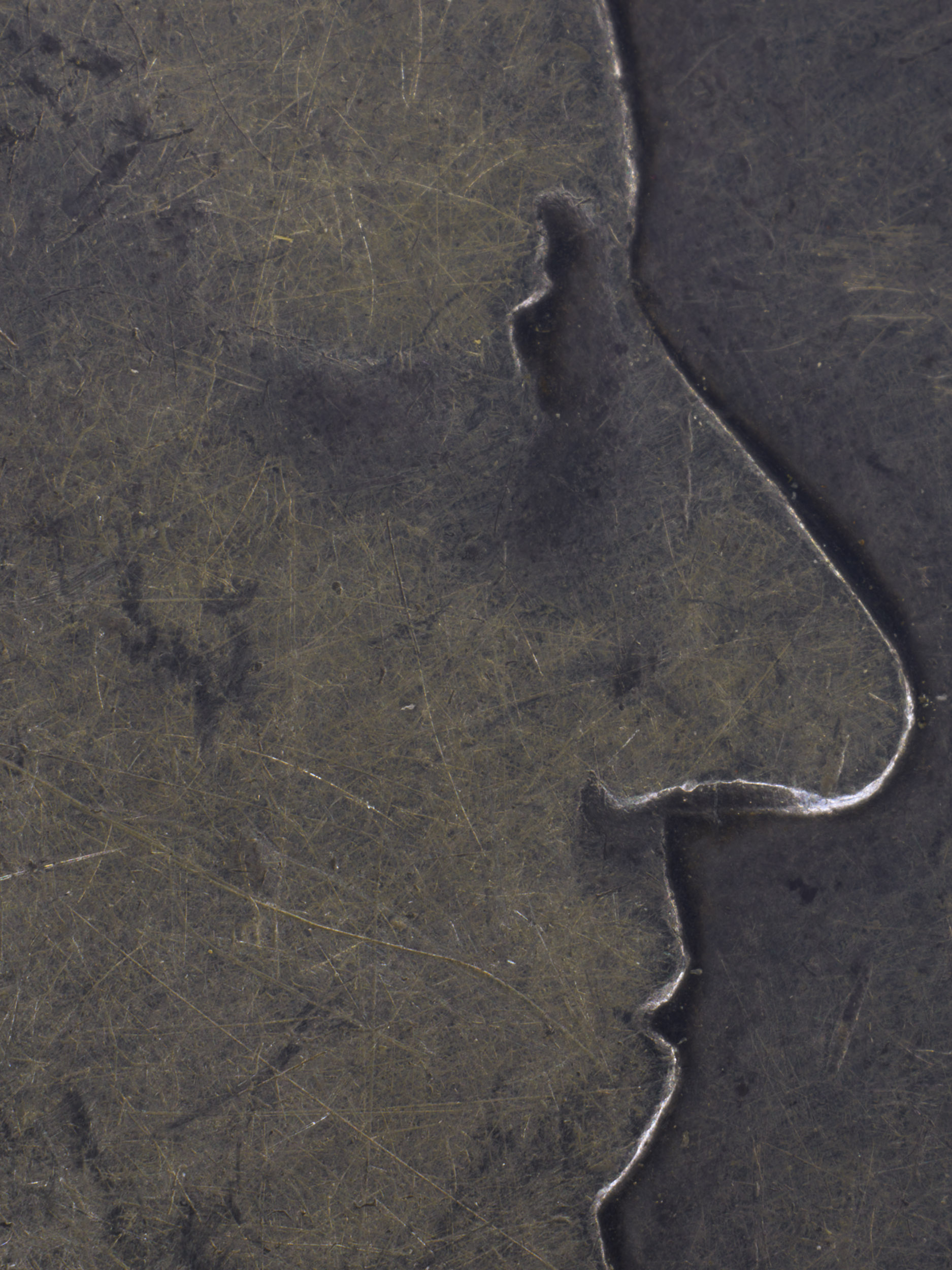
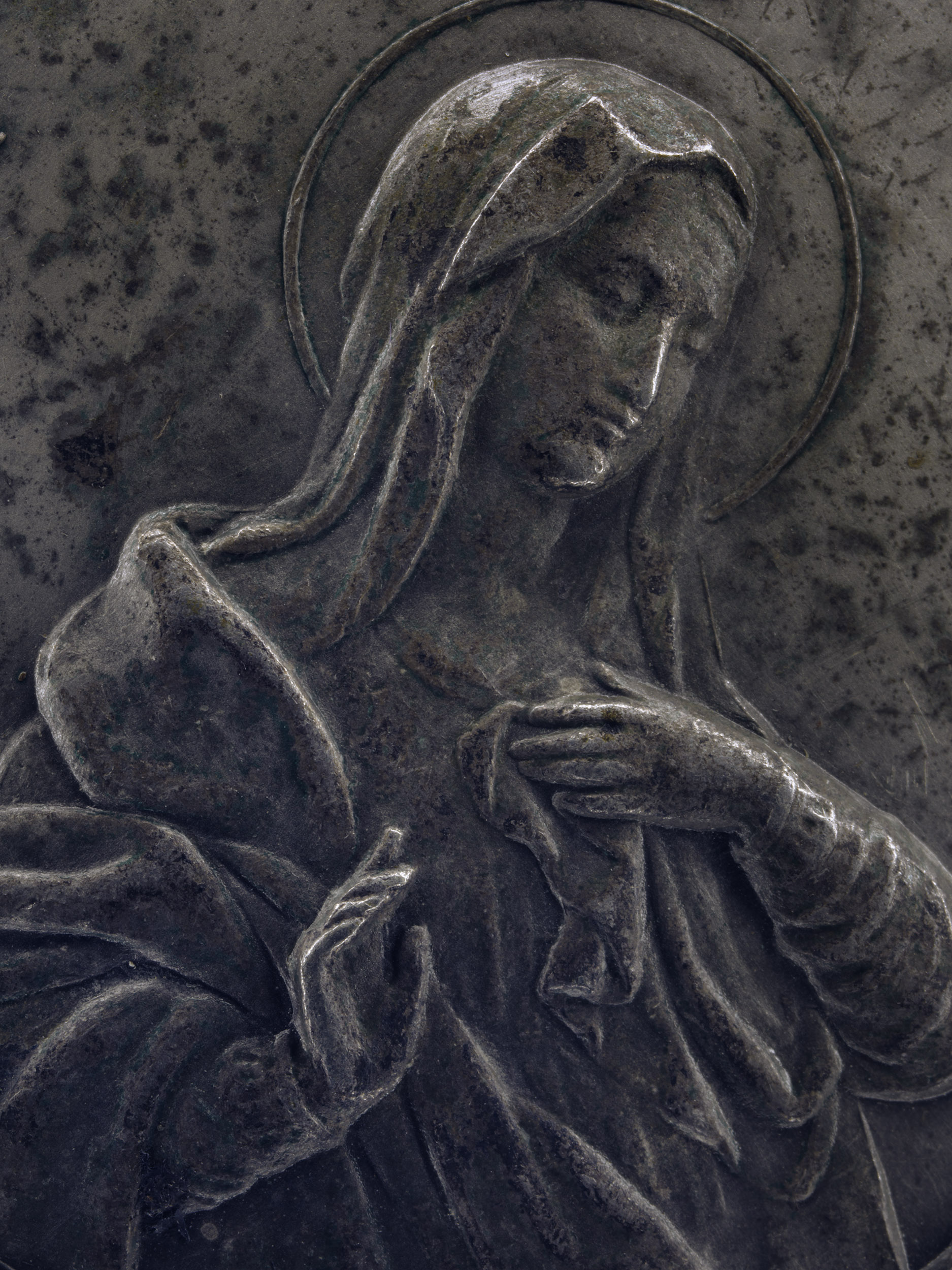
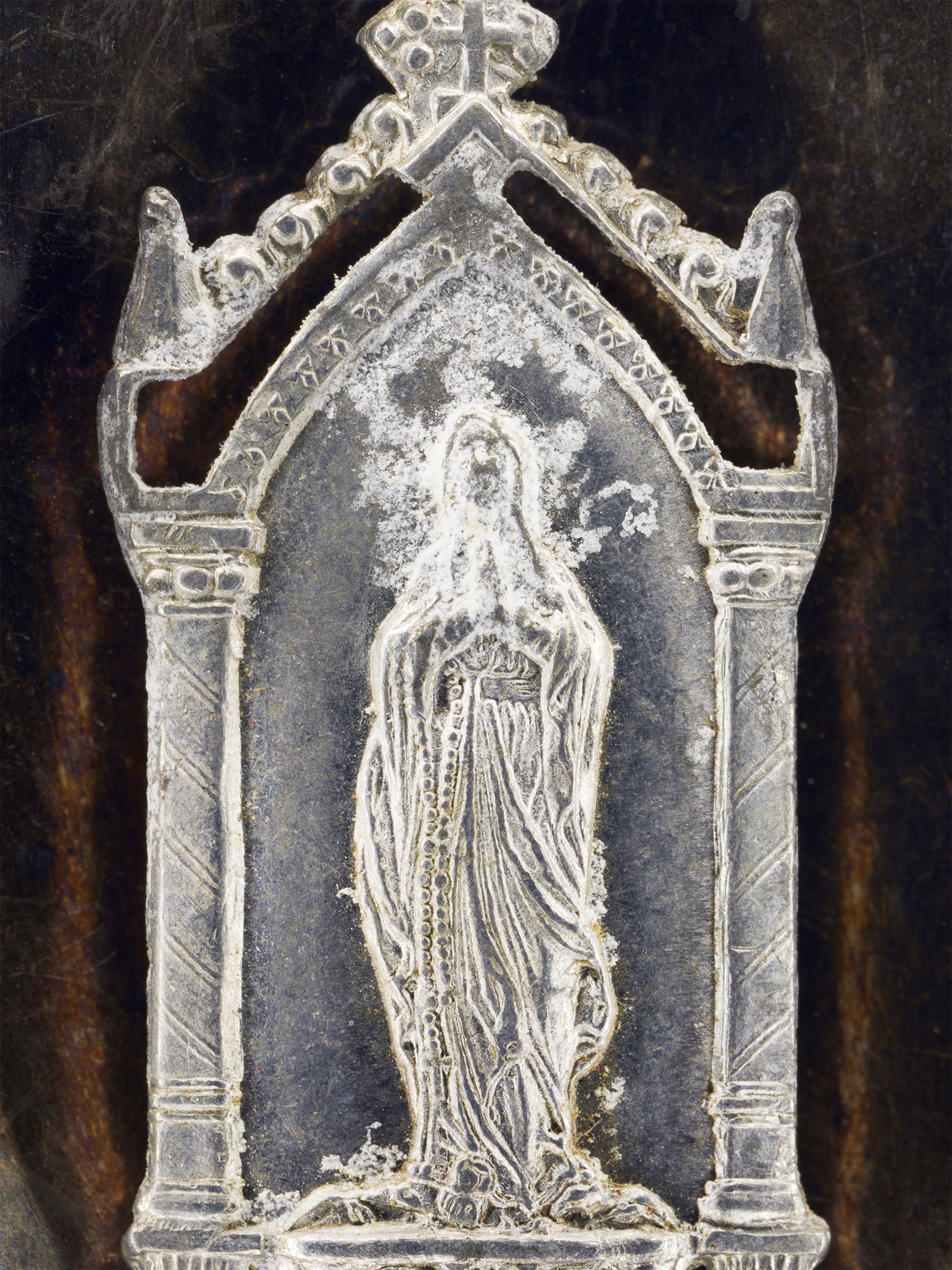
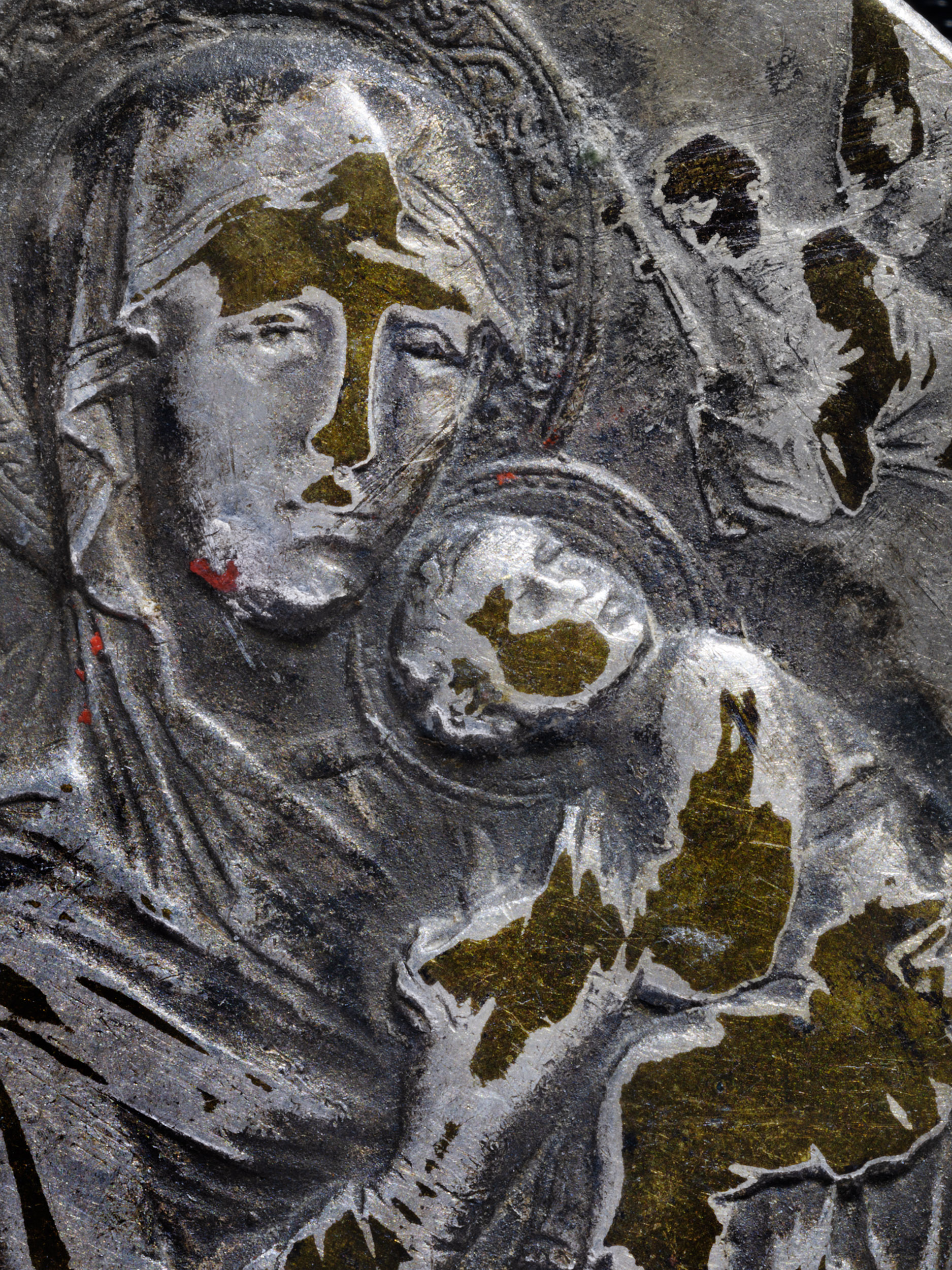
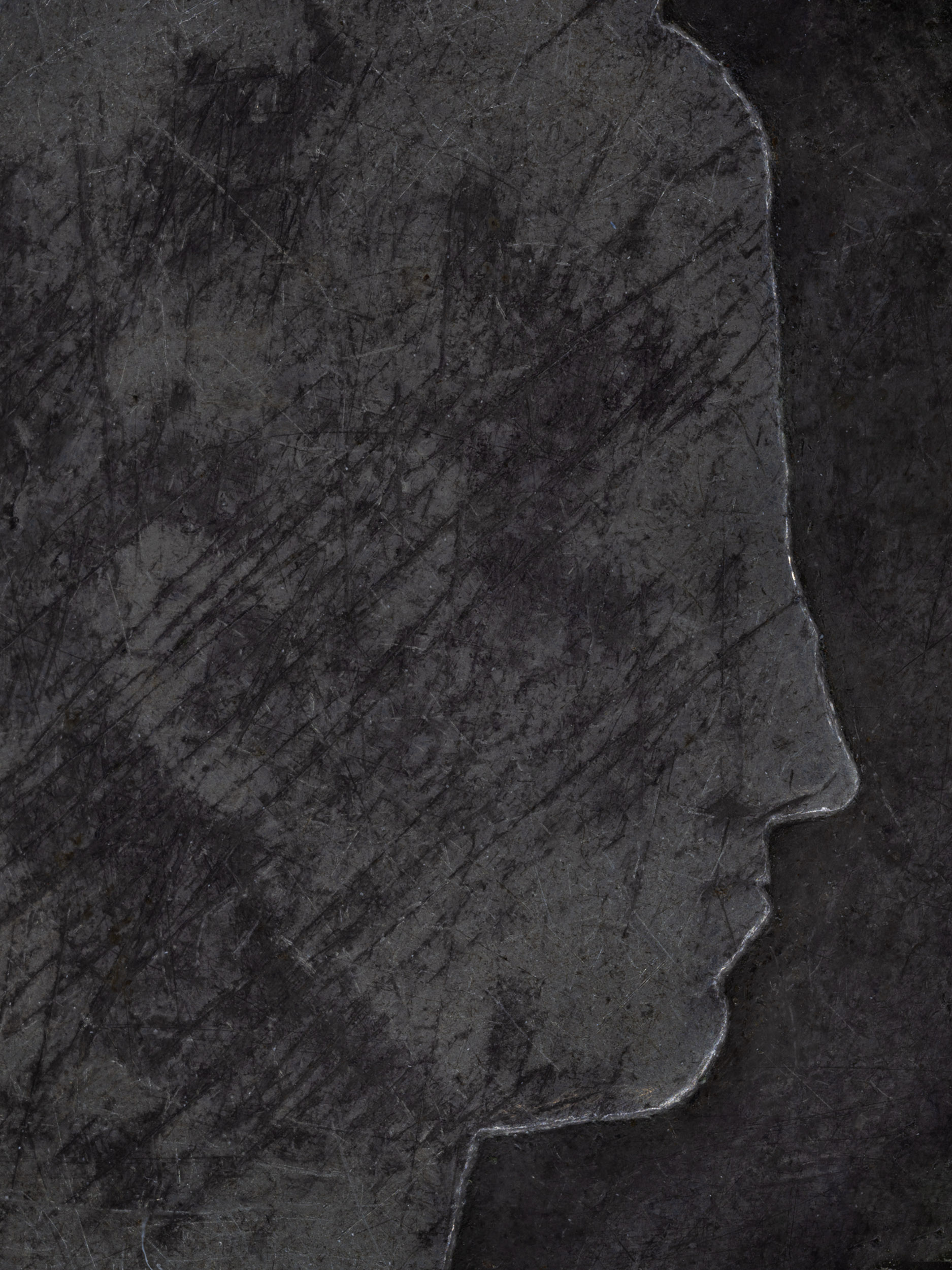
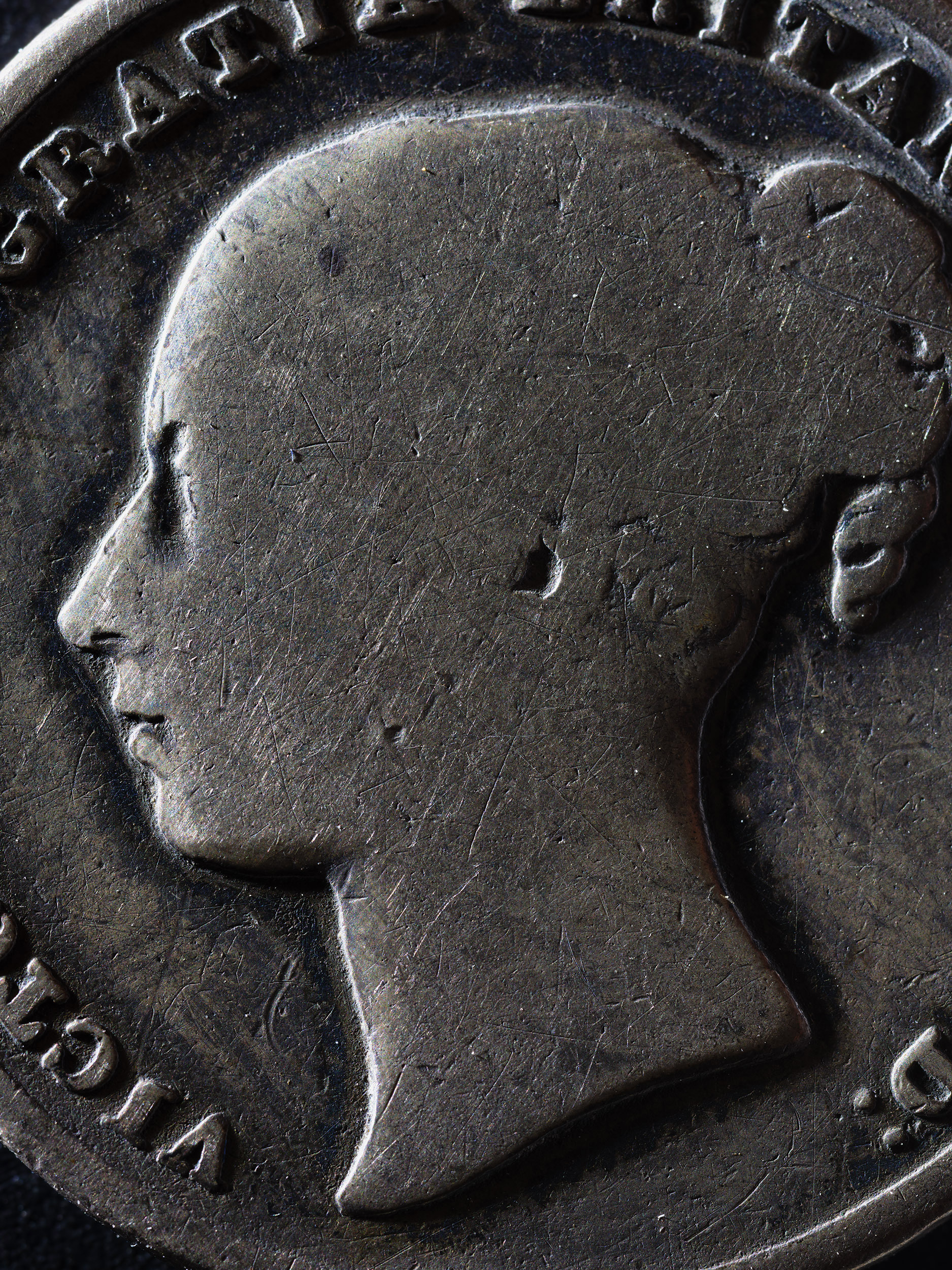
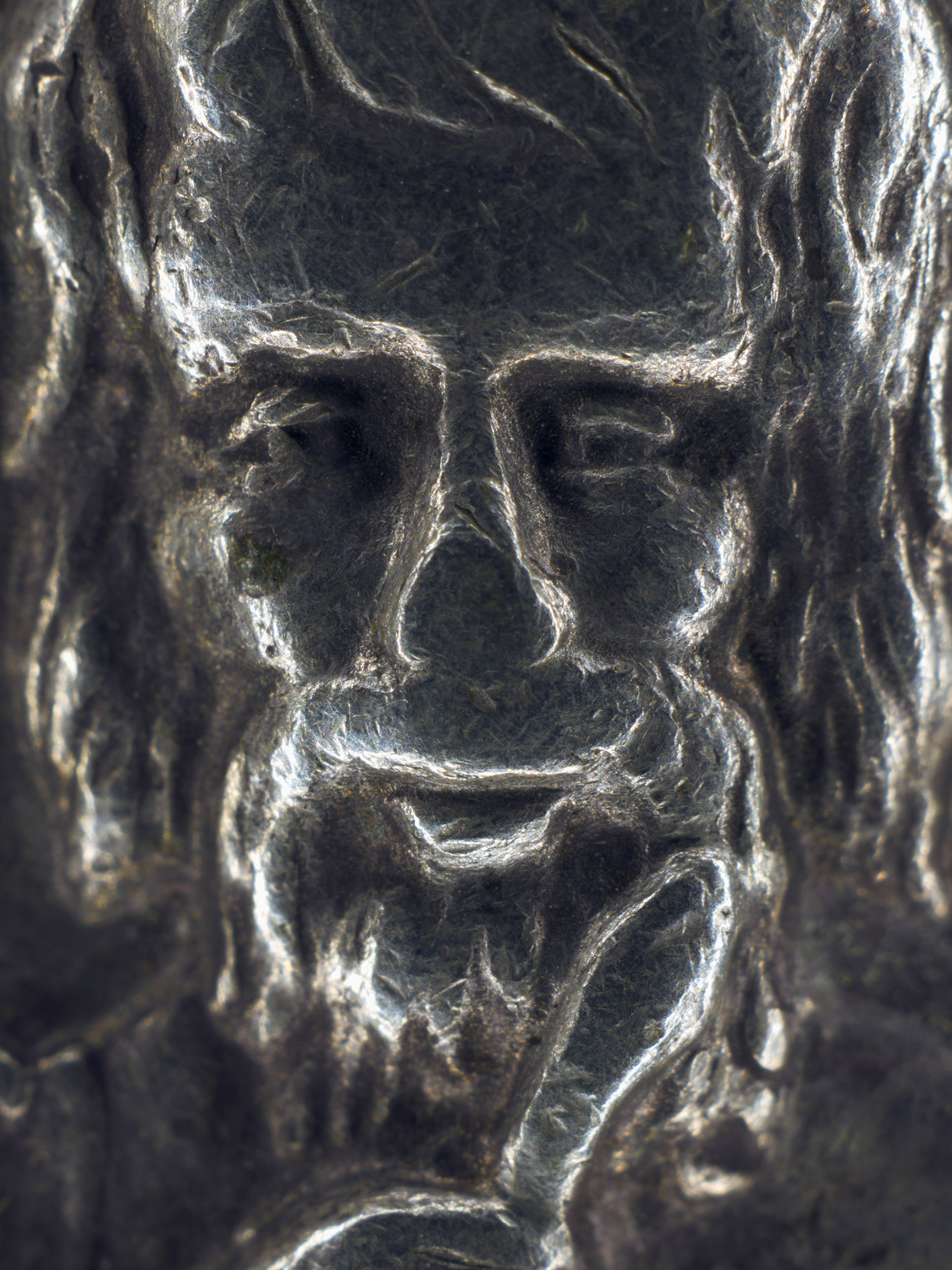
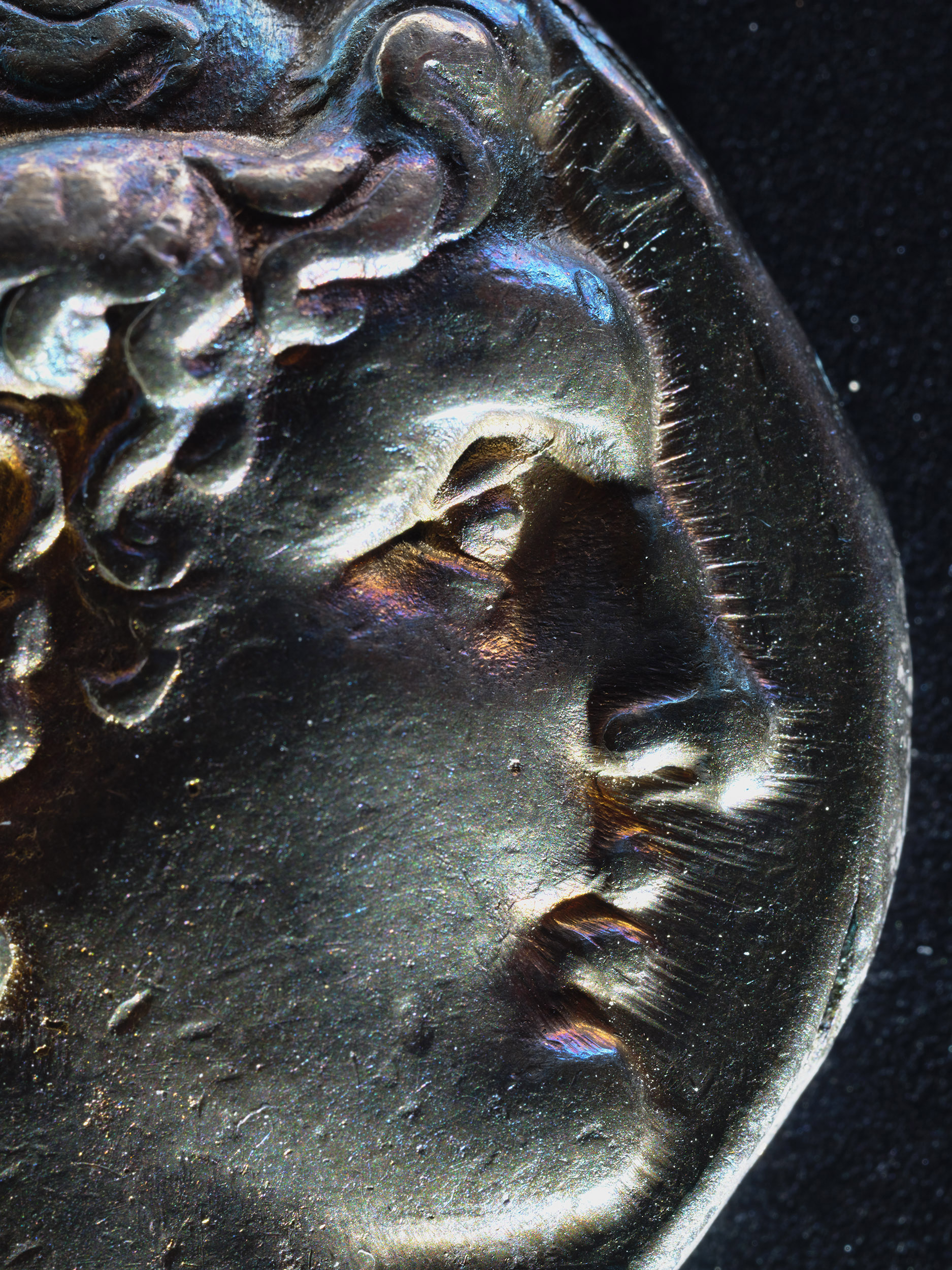
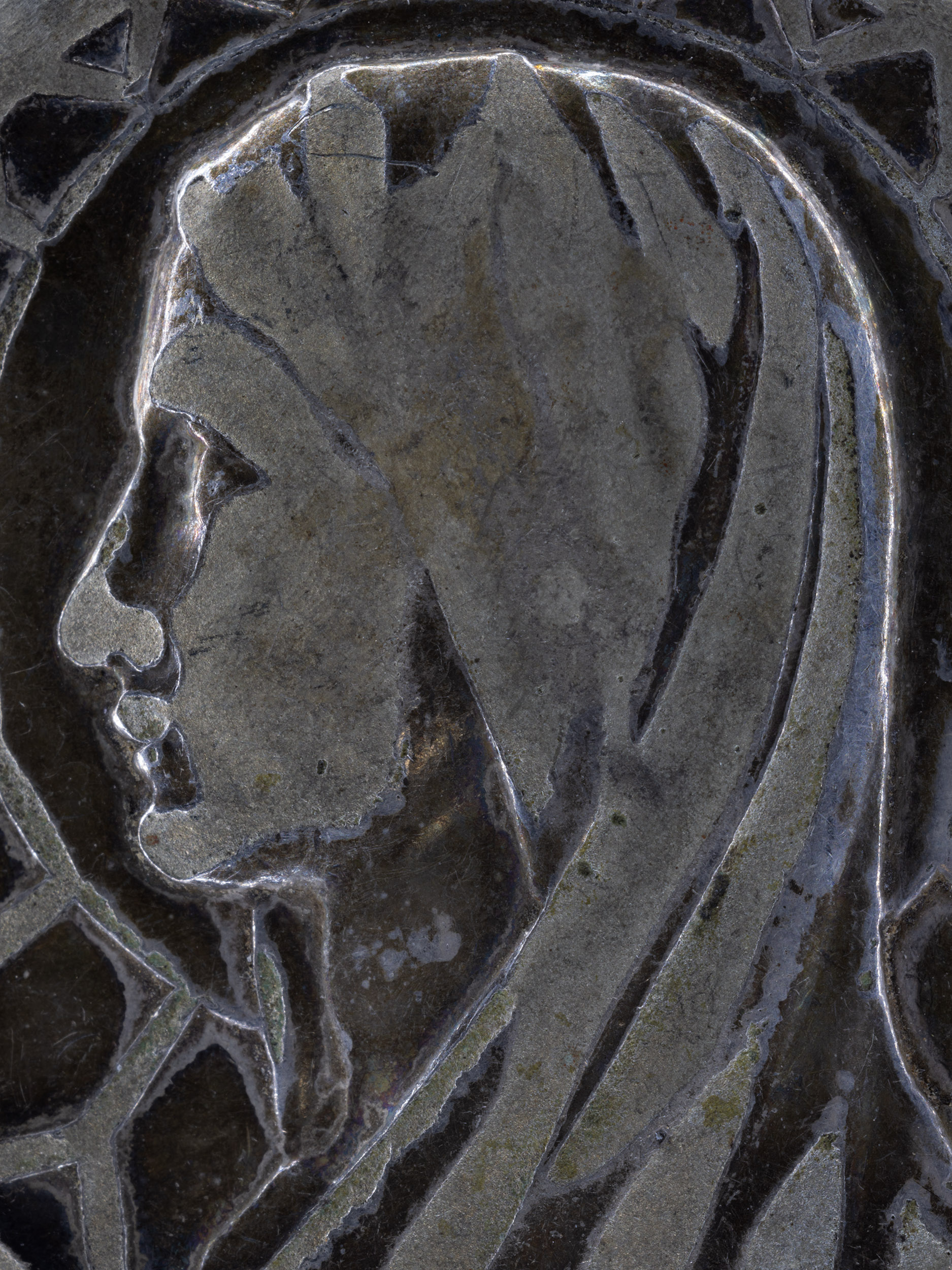
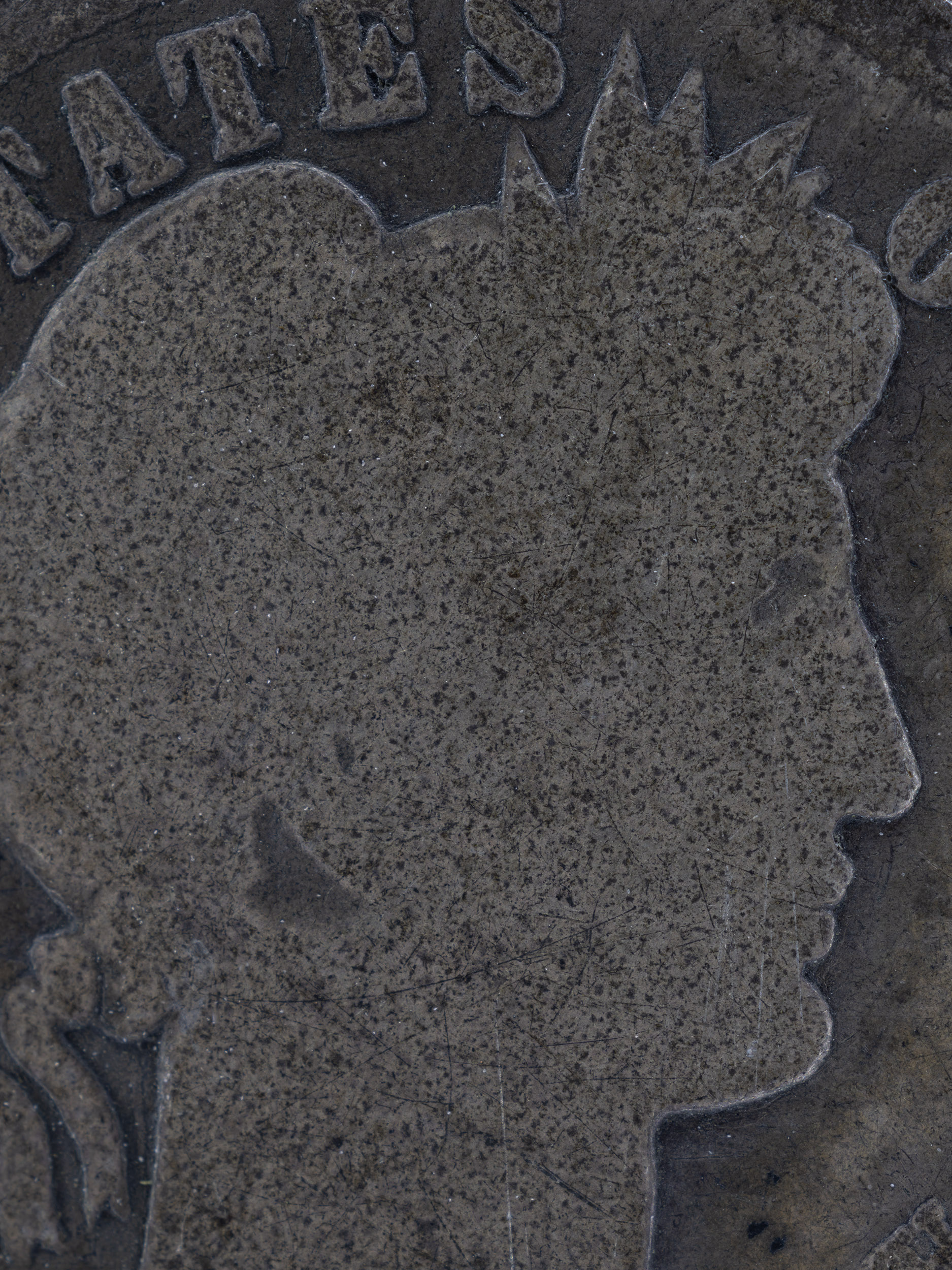
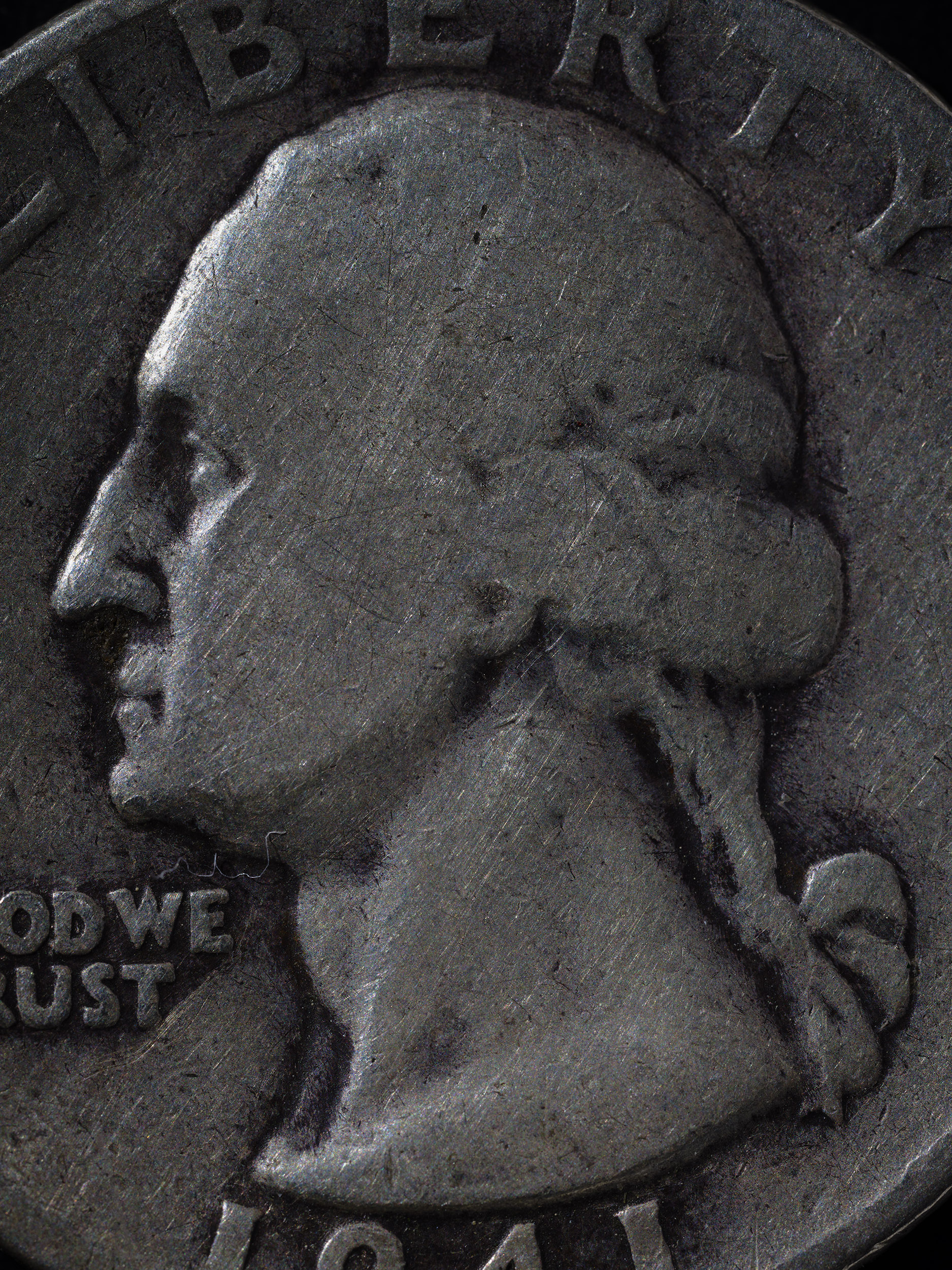
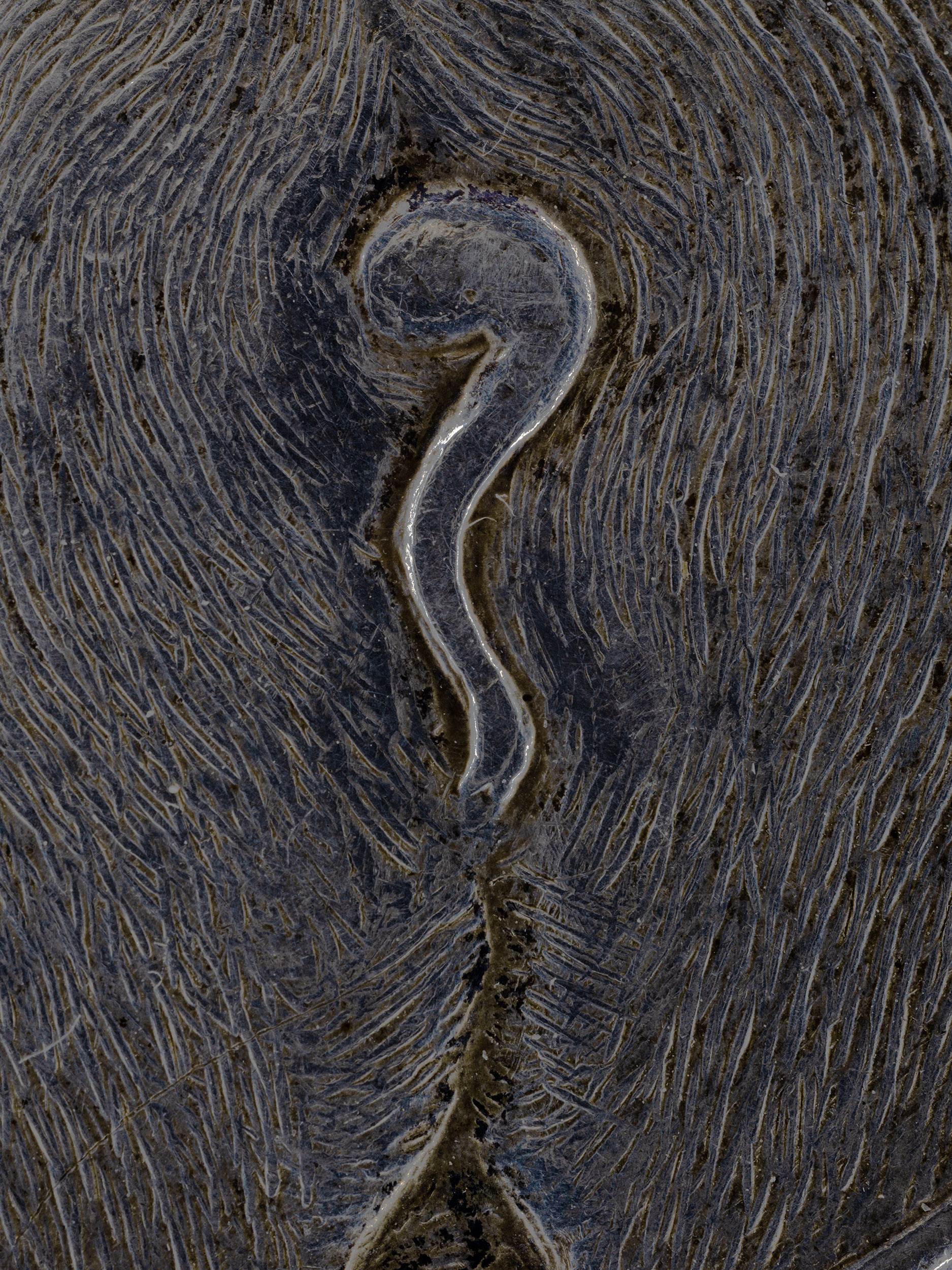
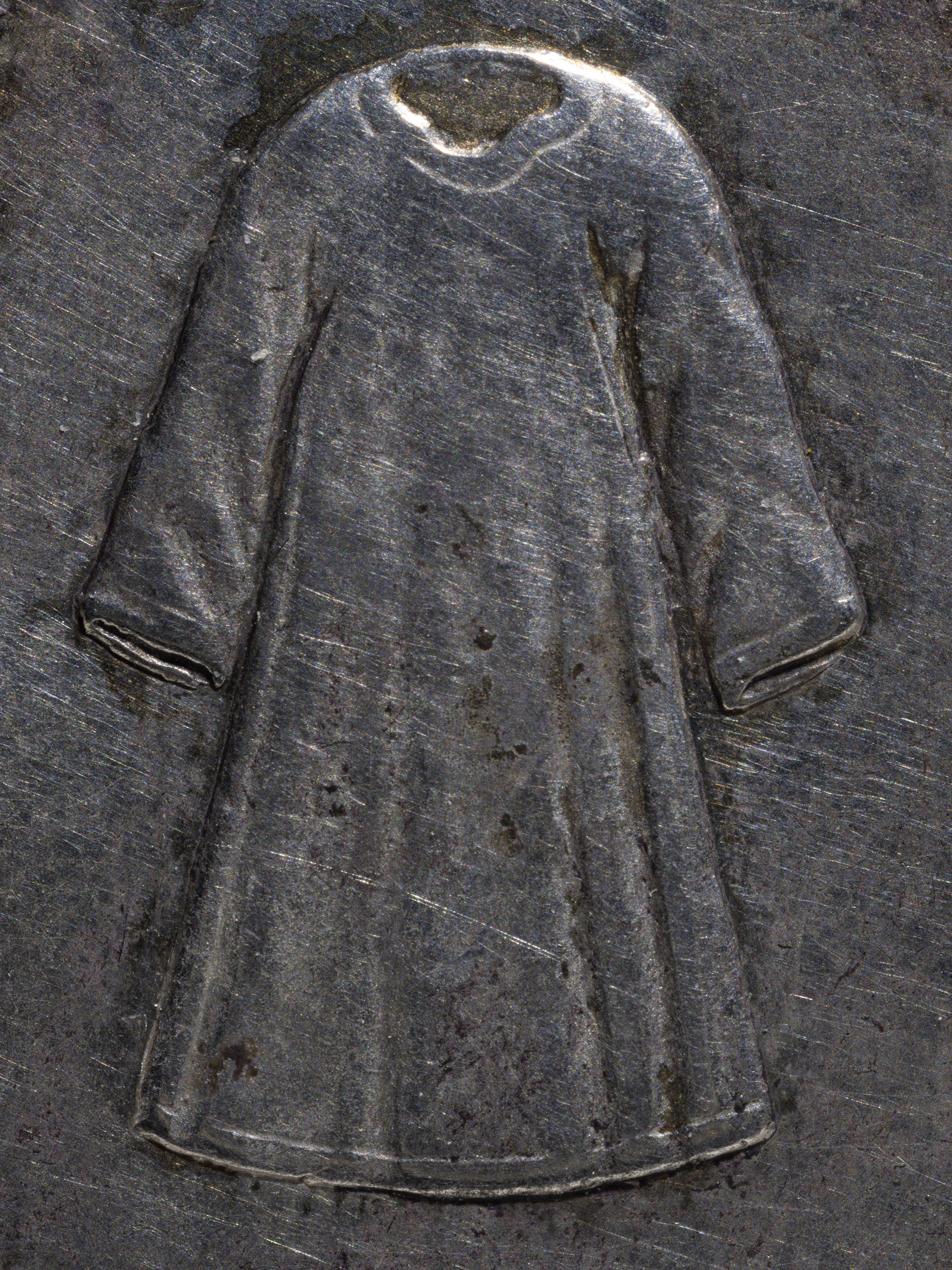
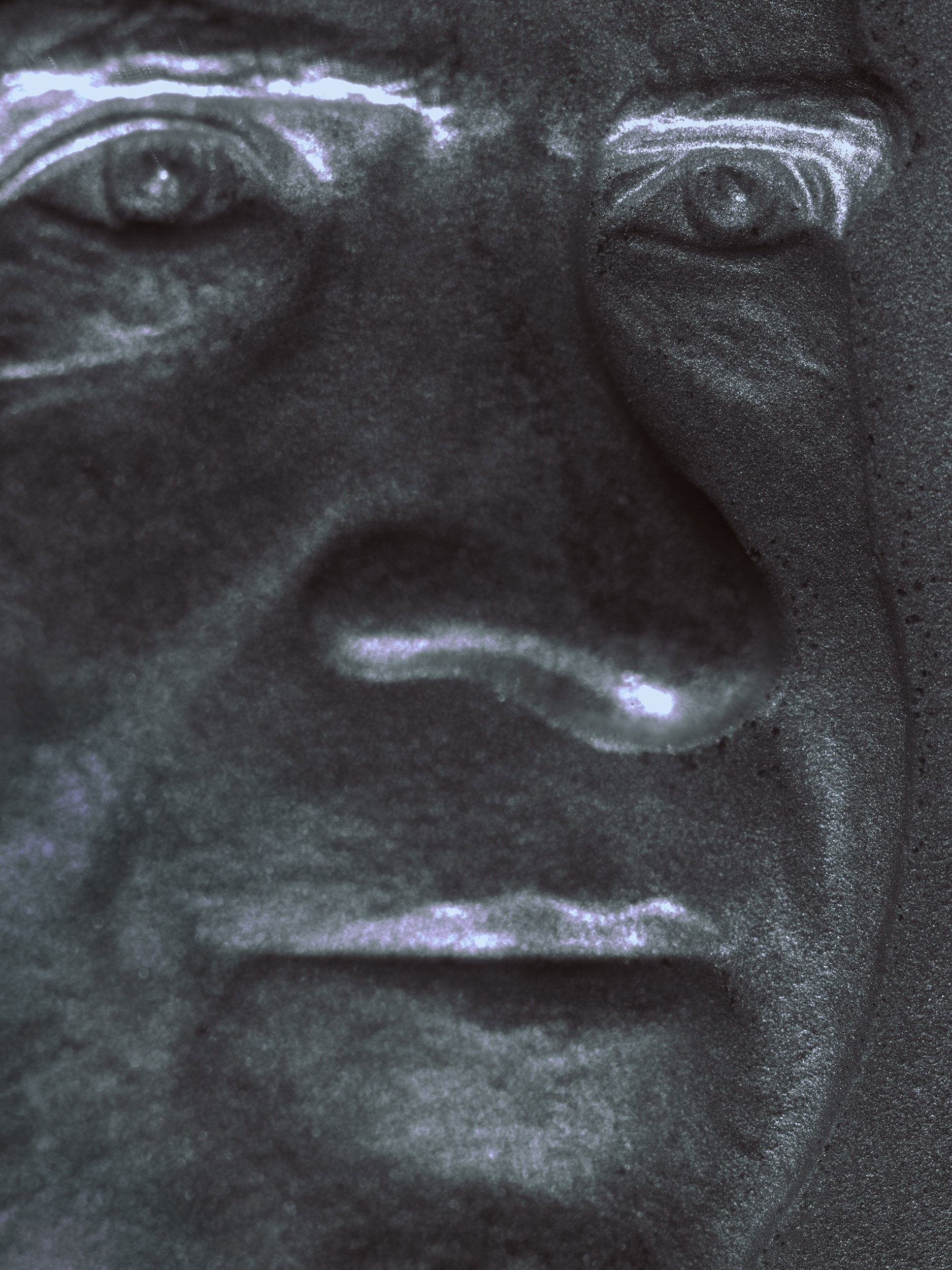
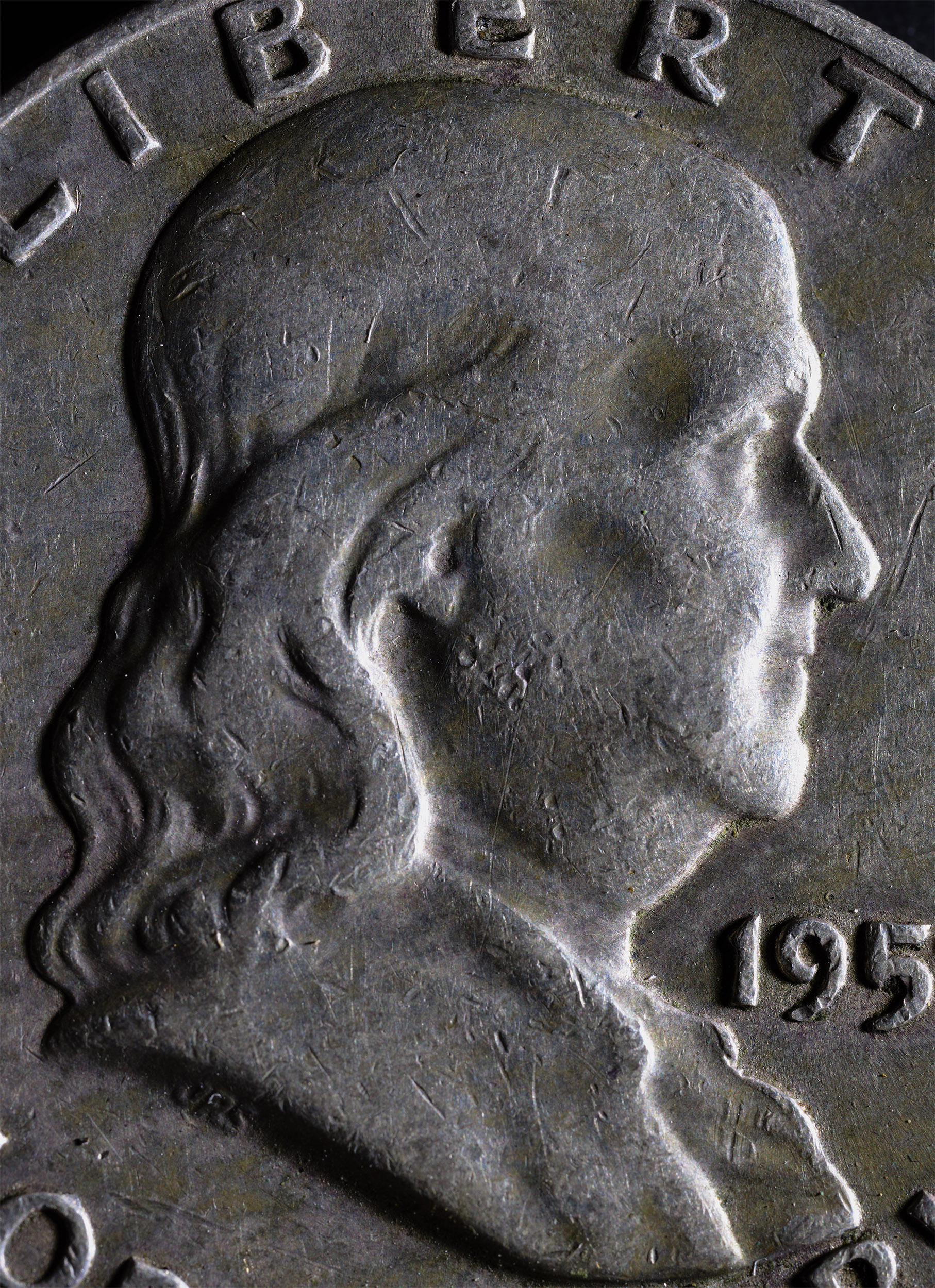
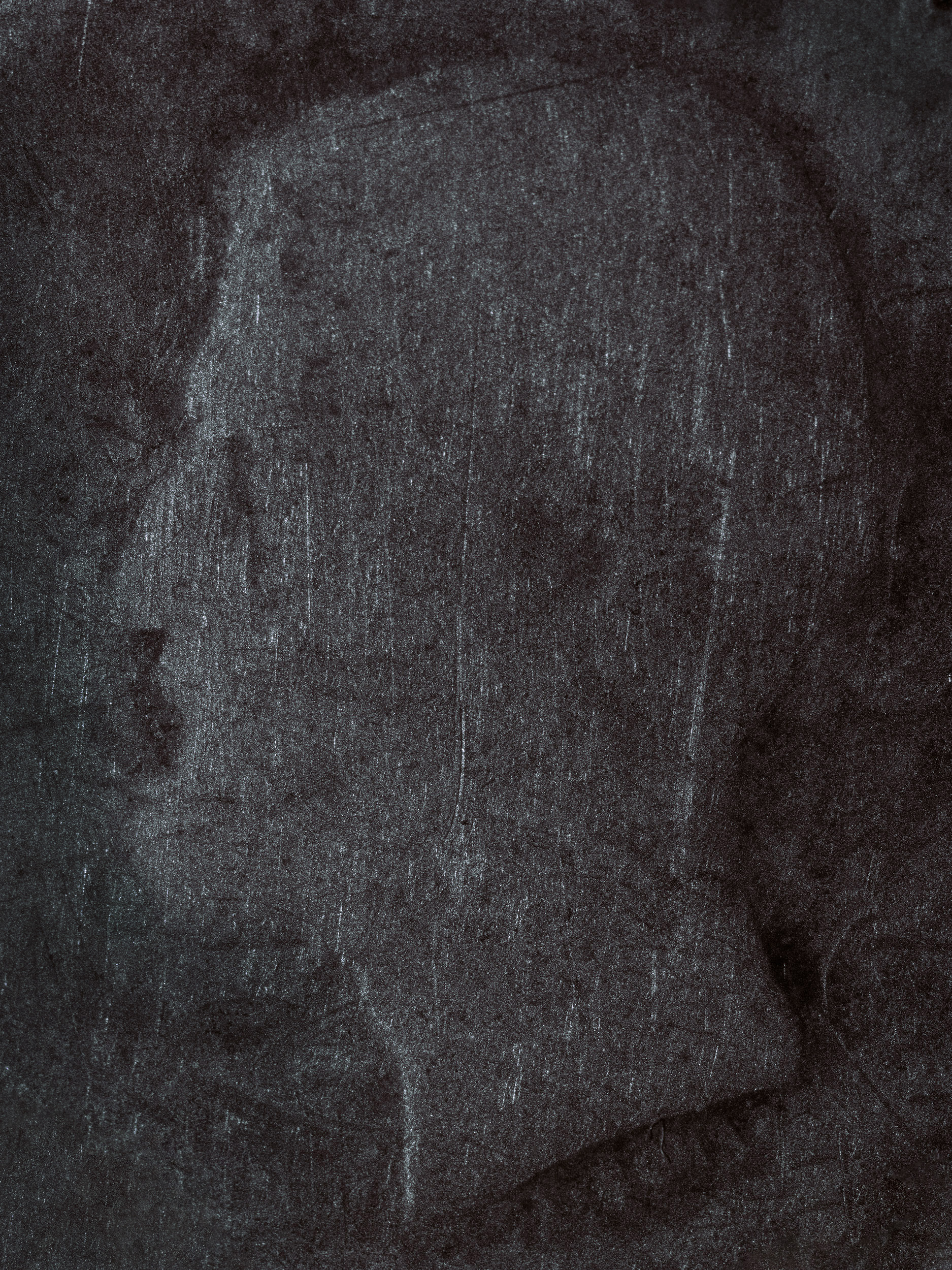
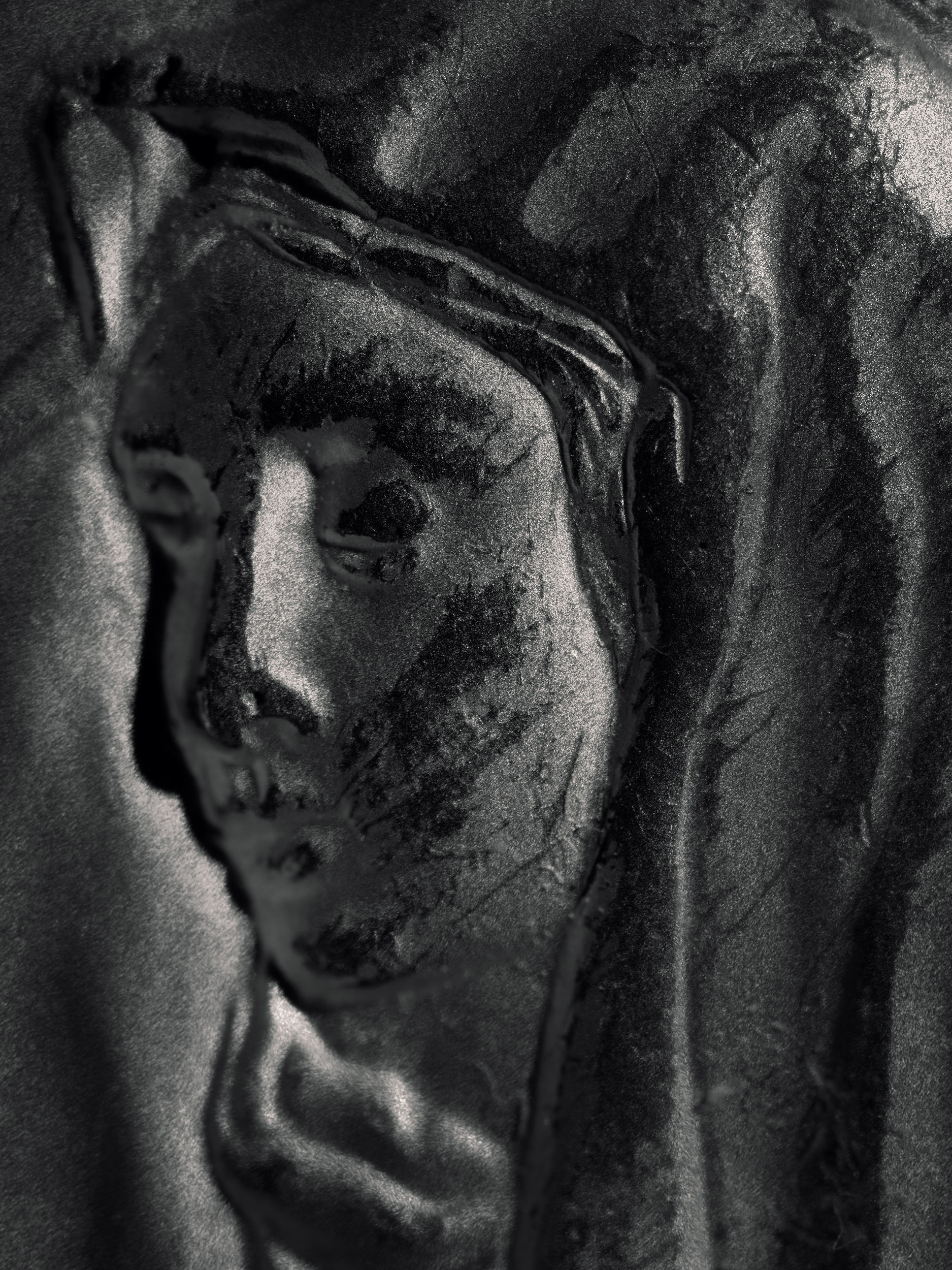
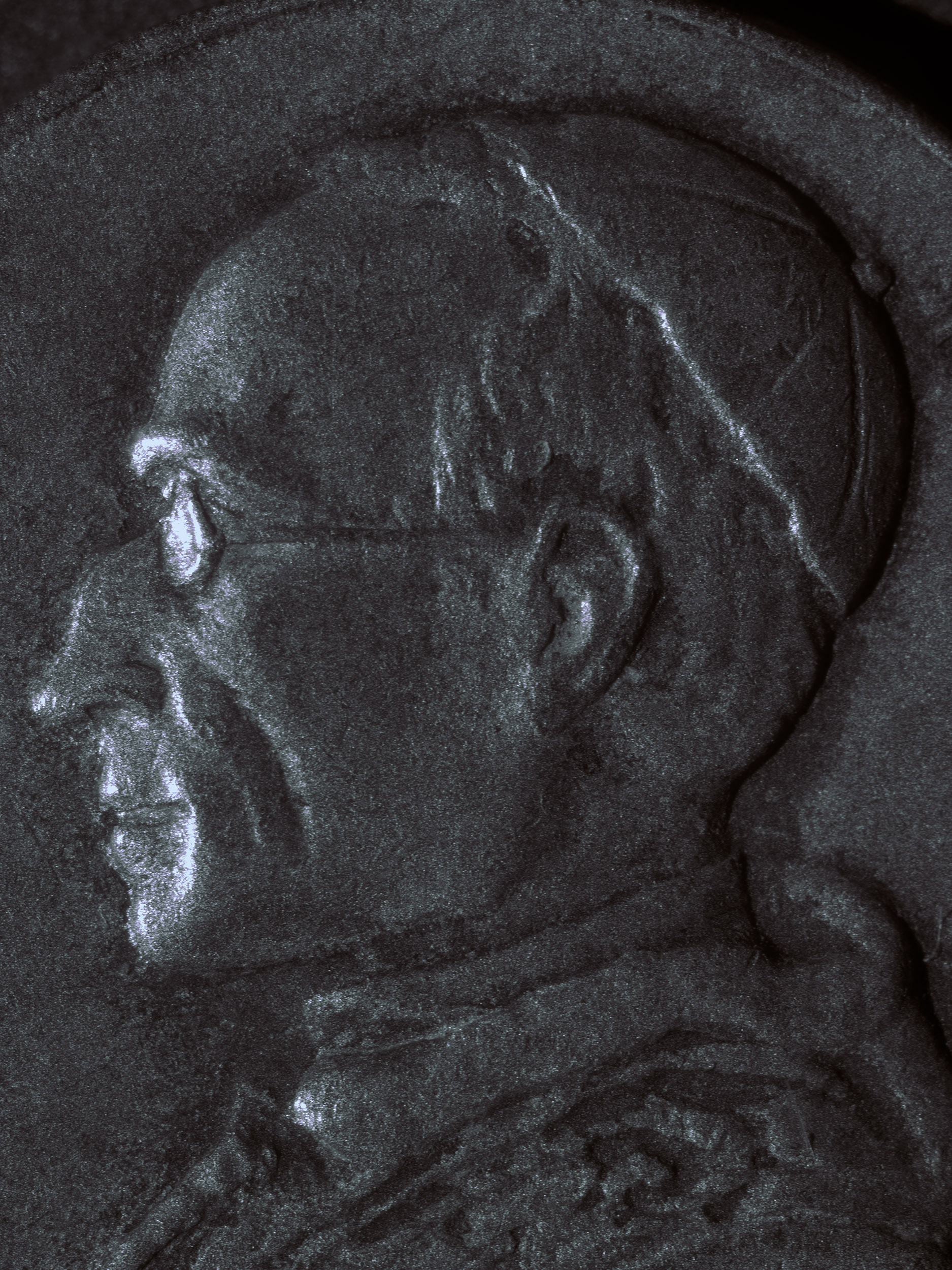
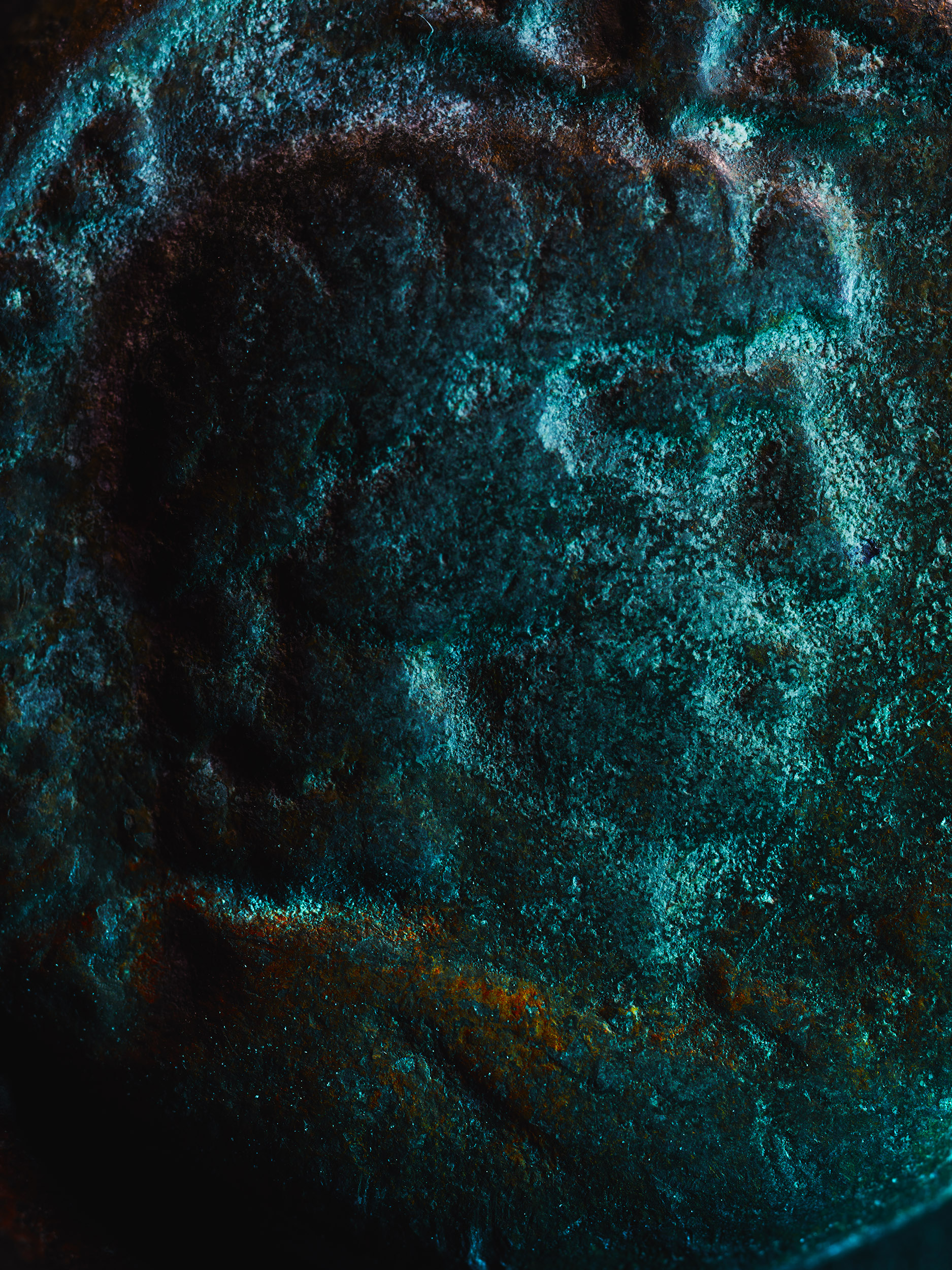
Those in power would have us believe that the iconic faces of certain celebrated humankind are immortalized by minting their visage on coins and medallions.
As we know, upon close examination things are not always as they seem. Relative permanence gives way to the ghost in the metal. It is through the democratization of their use that reminds us of Marx and Engels statement: all that is solid melts into air, all that is holy is profaned, and man is at last compelled to face with sober senses his real conditions of life, and his relations with his kind.
– Graham Howe
